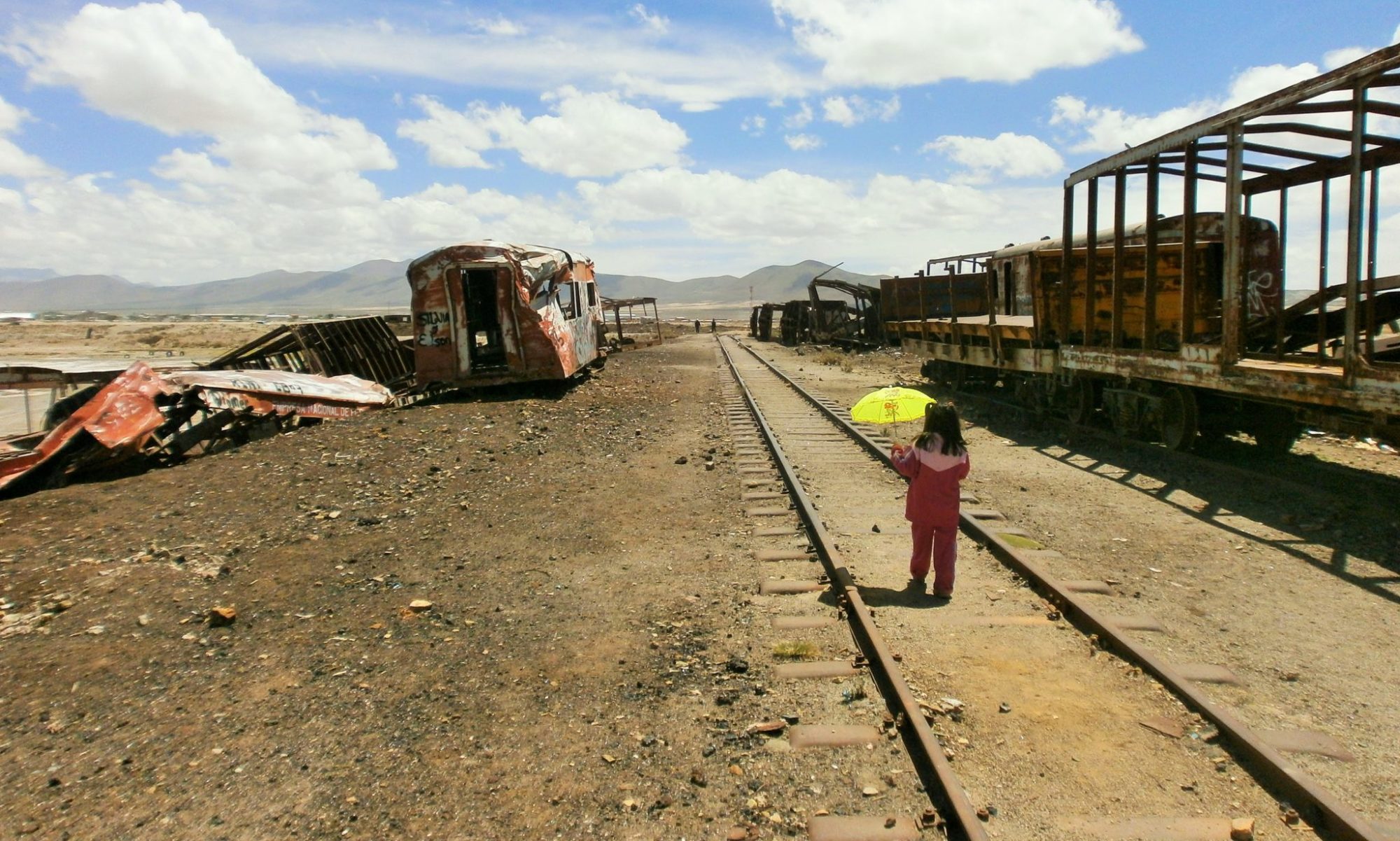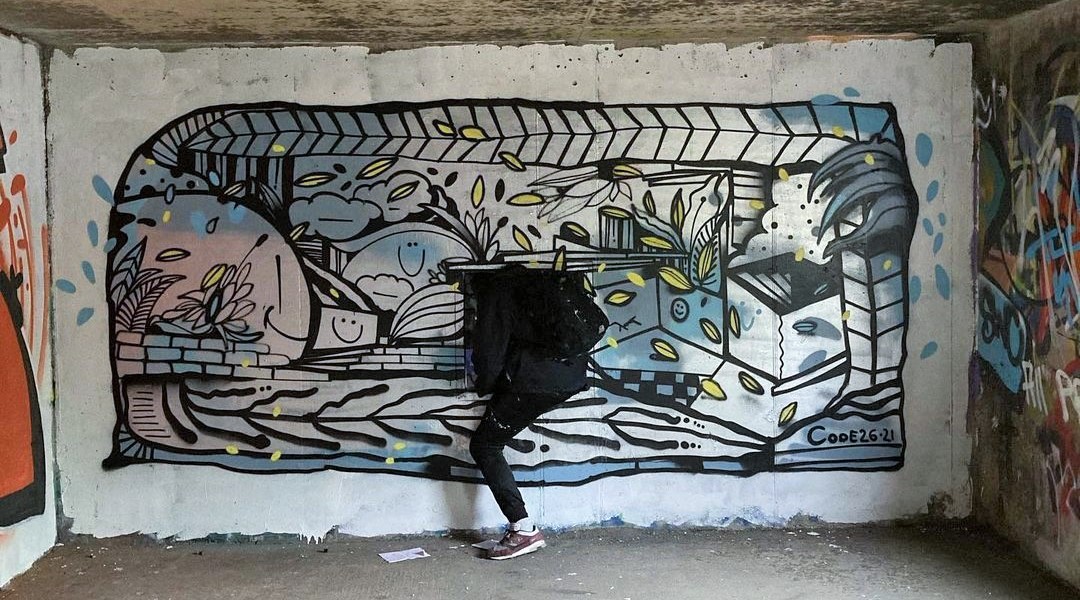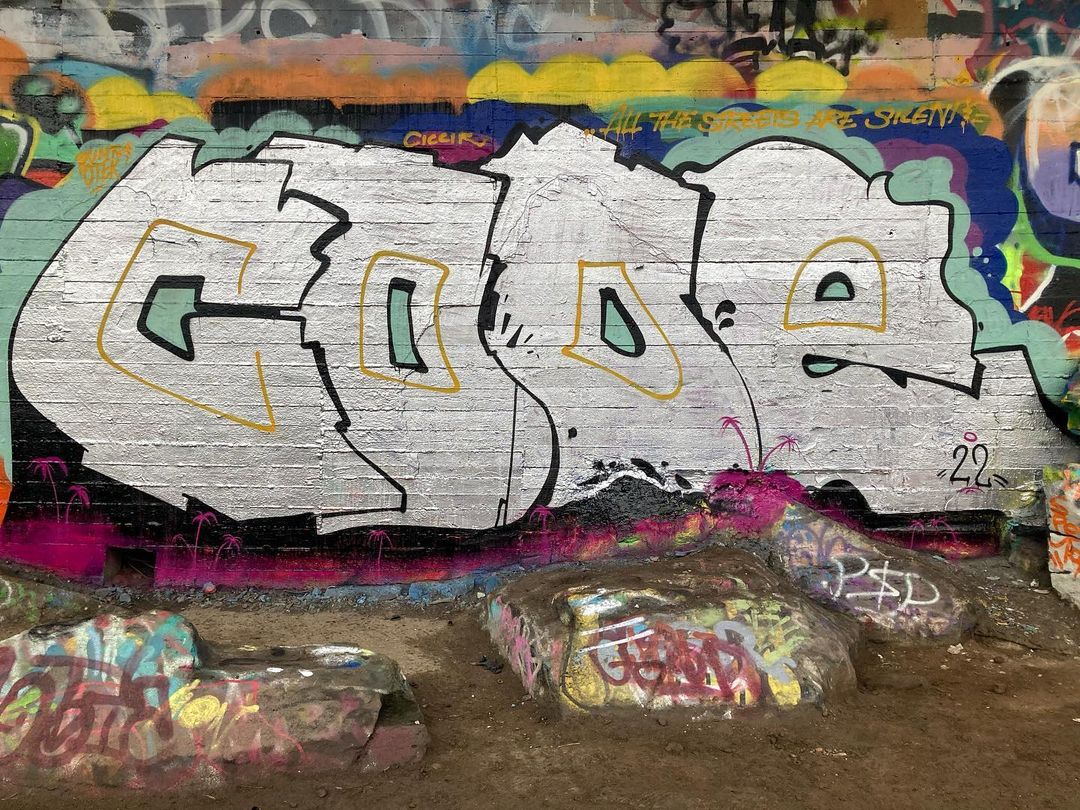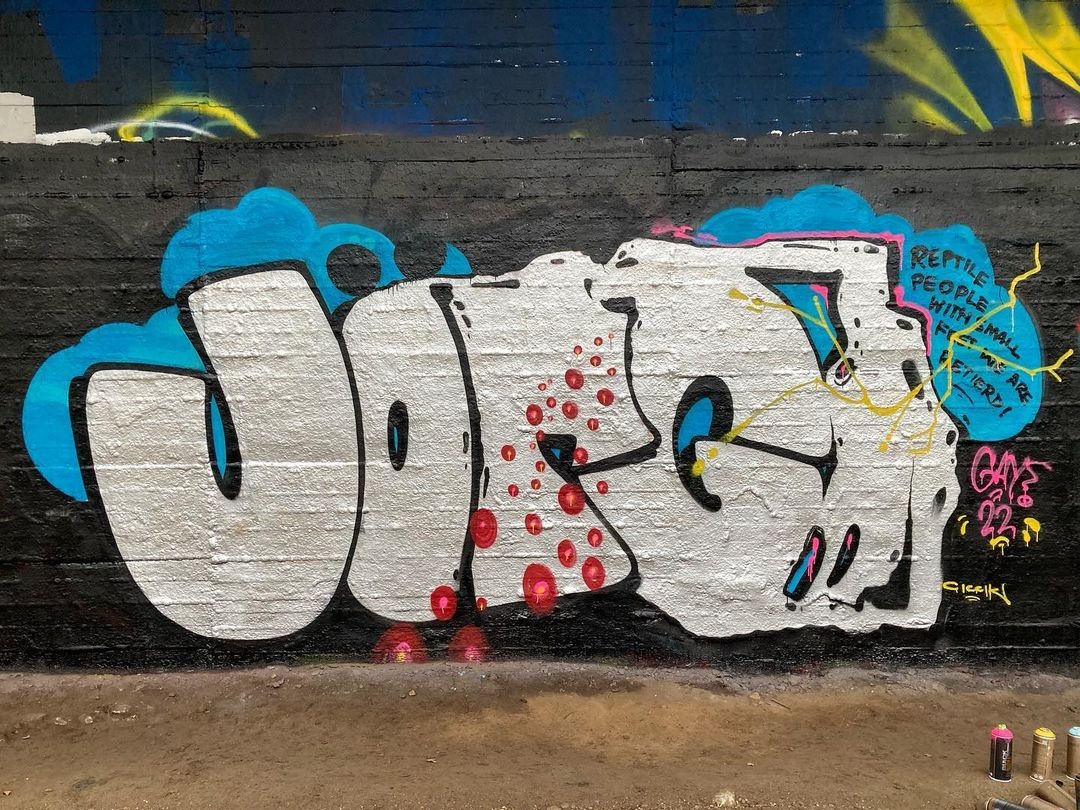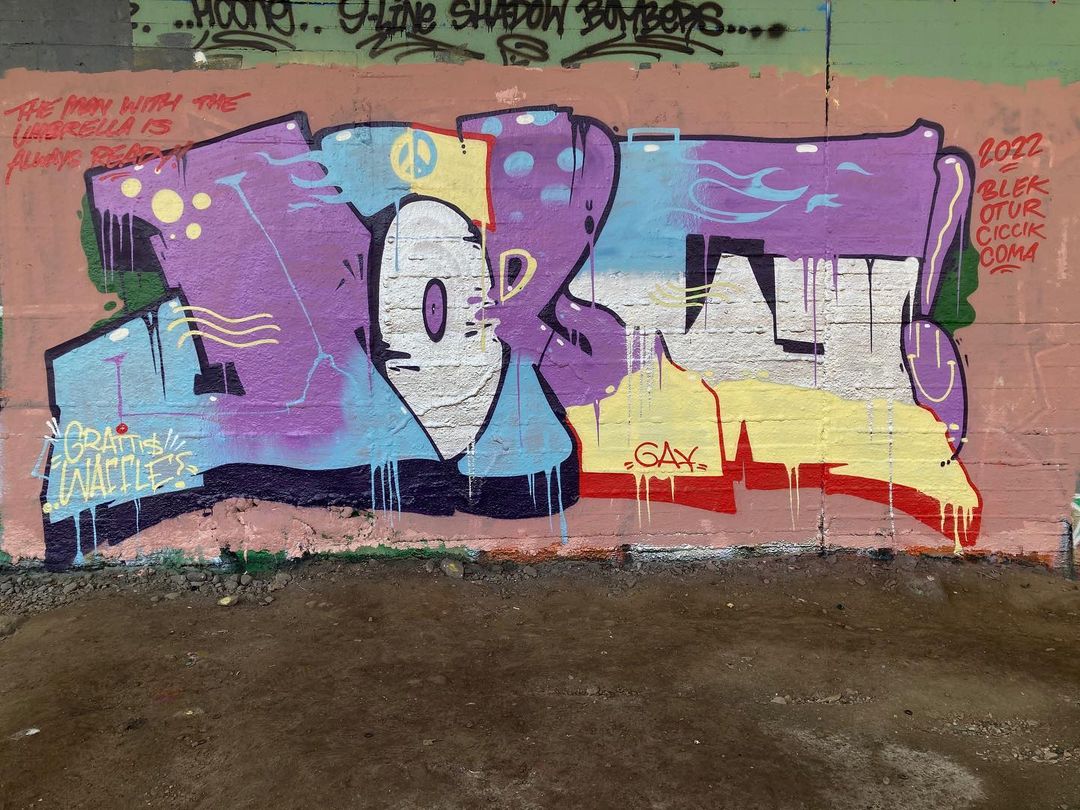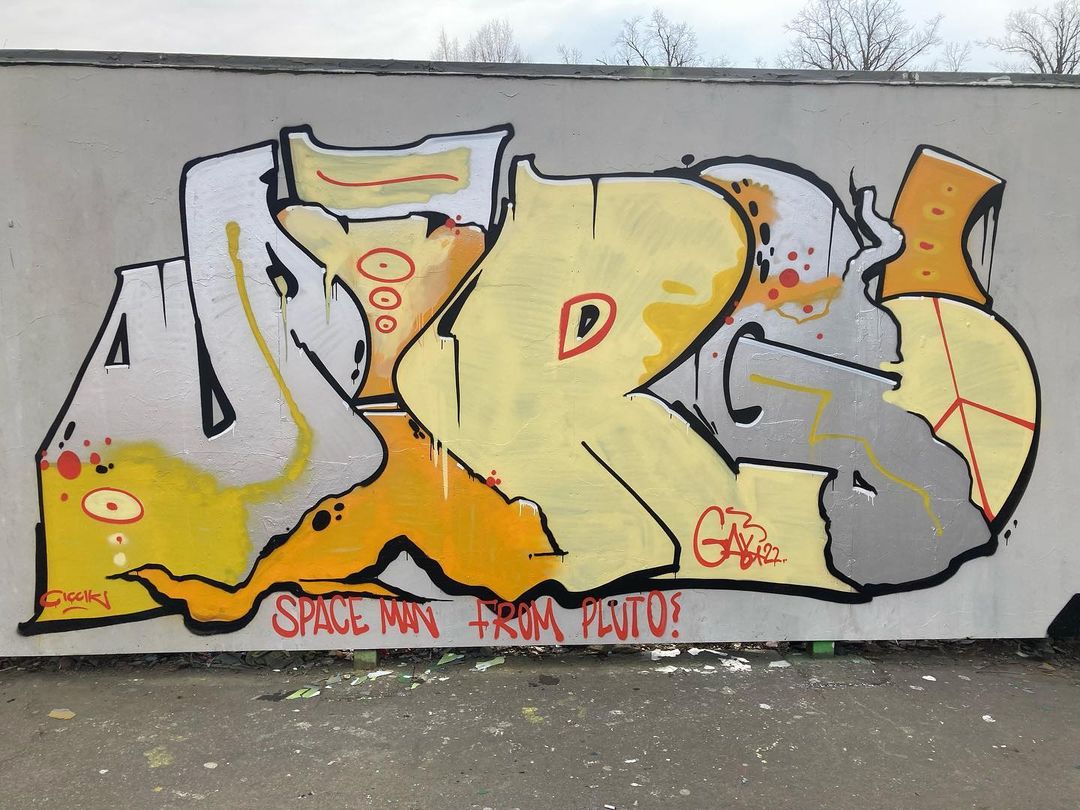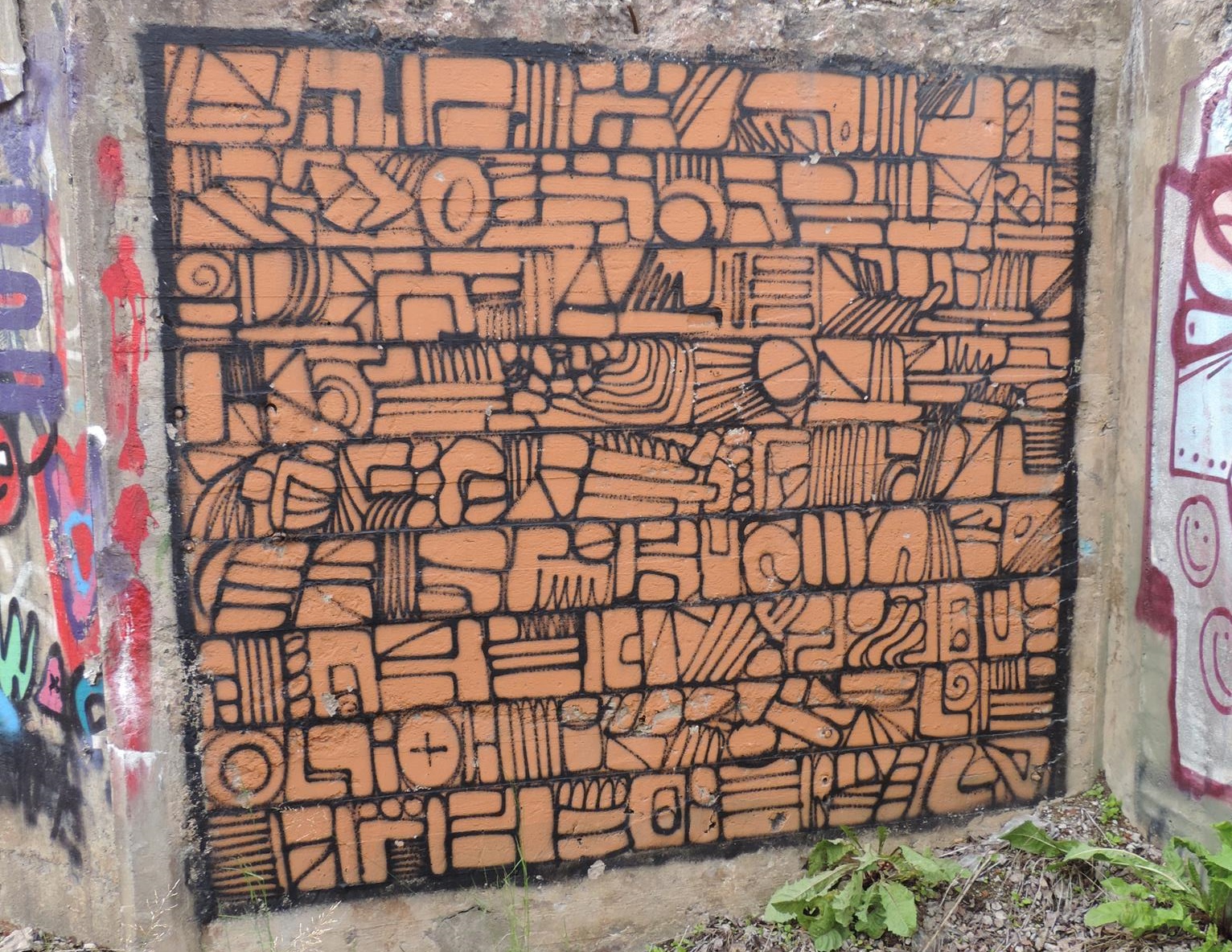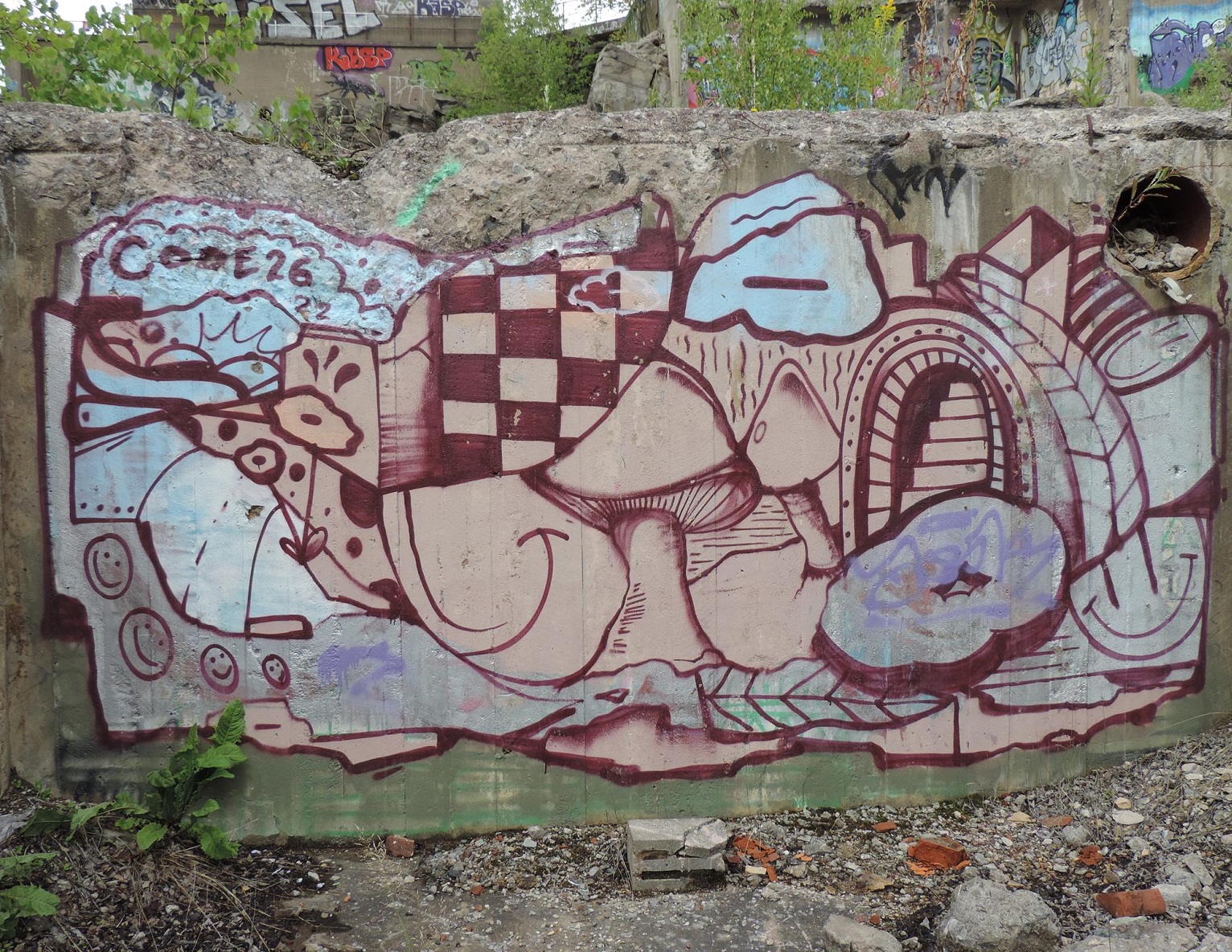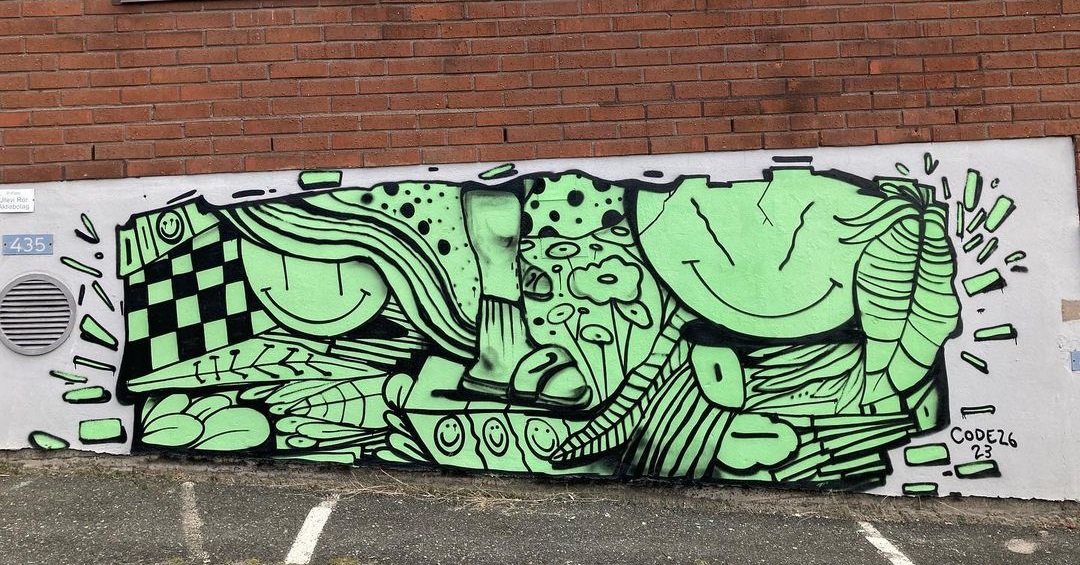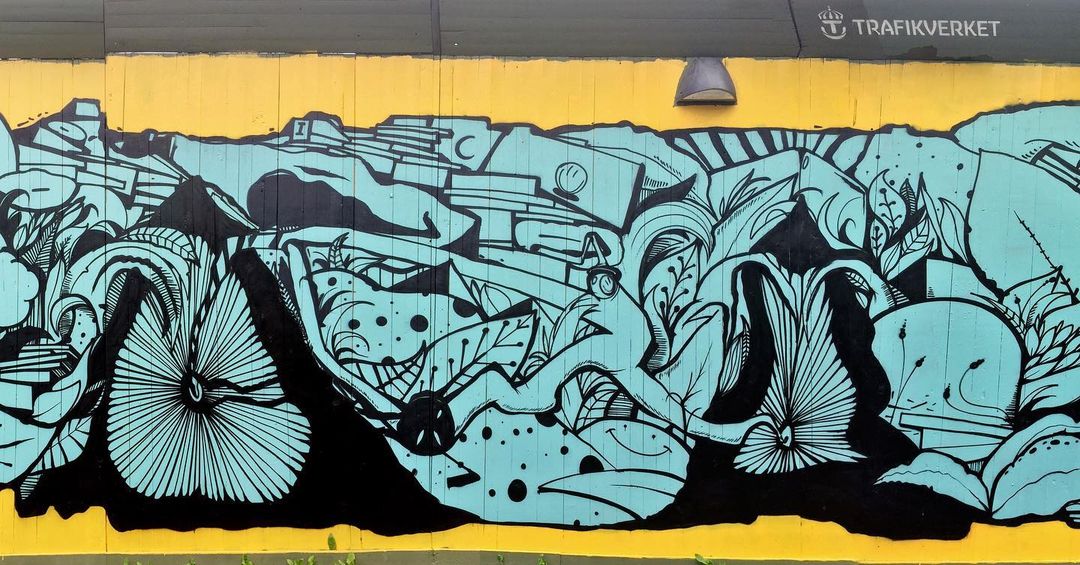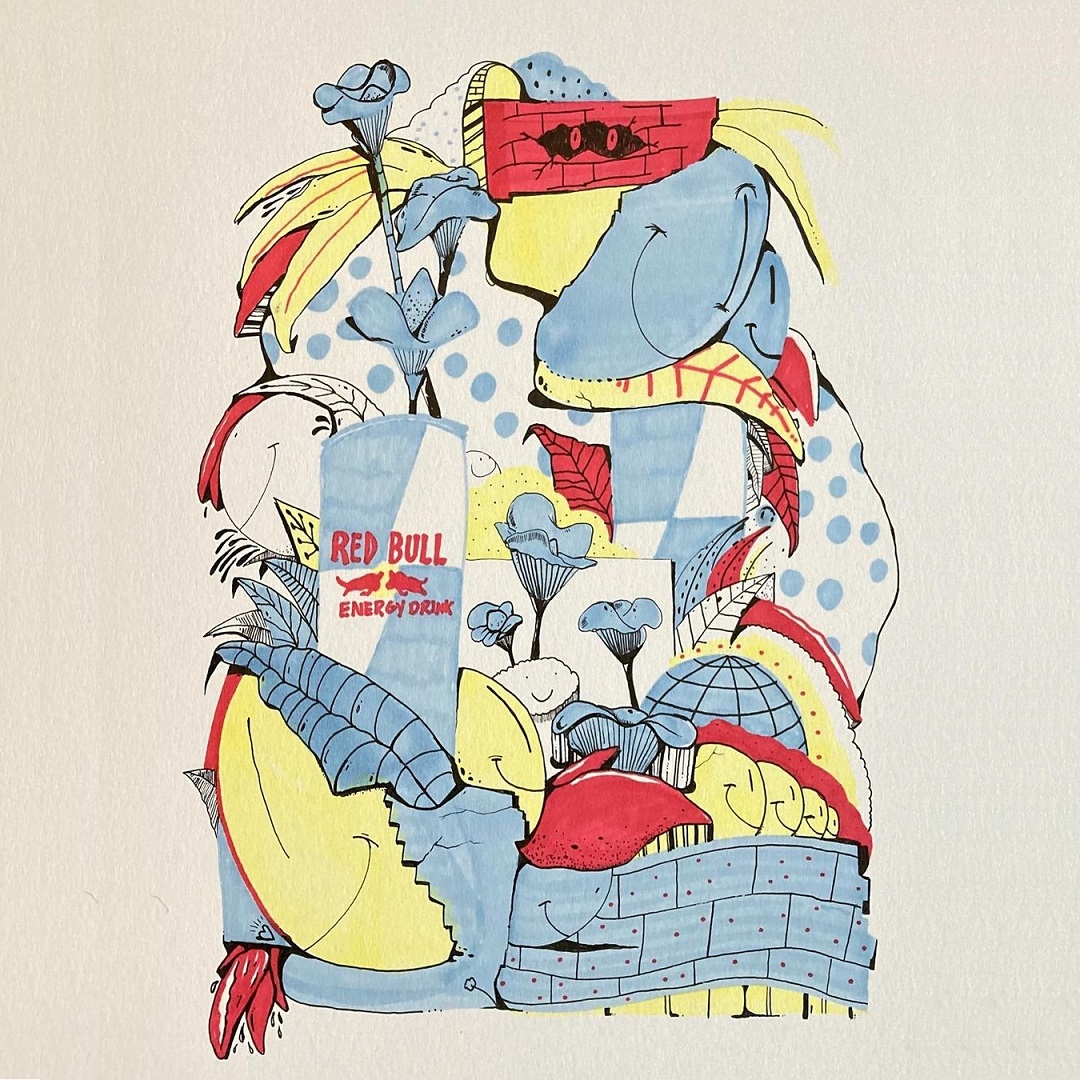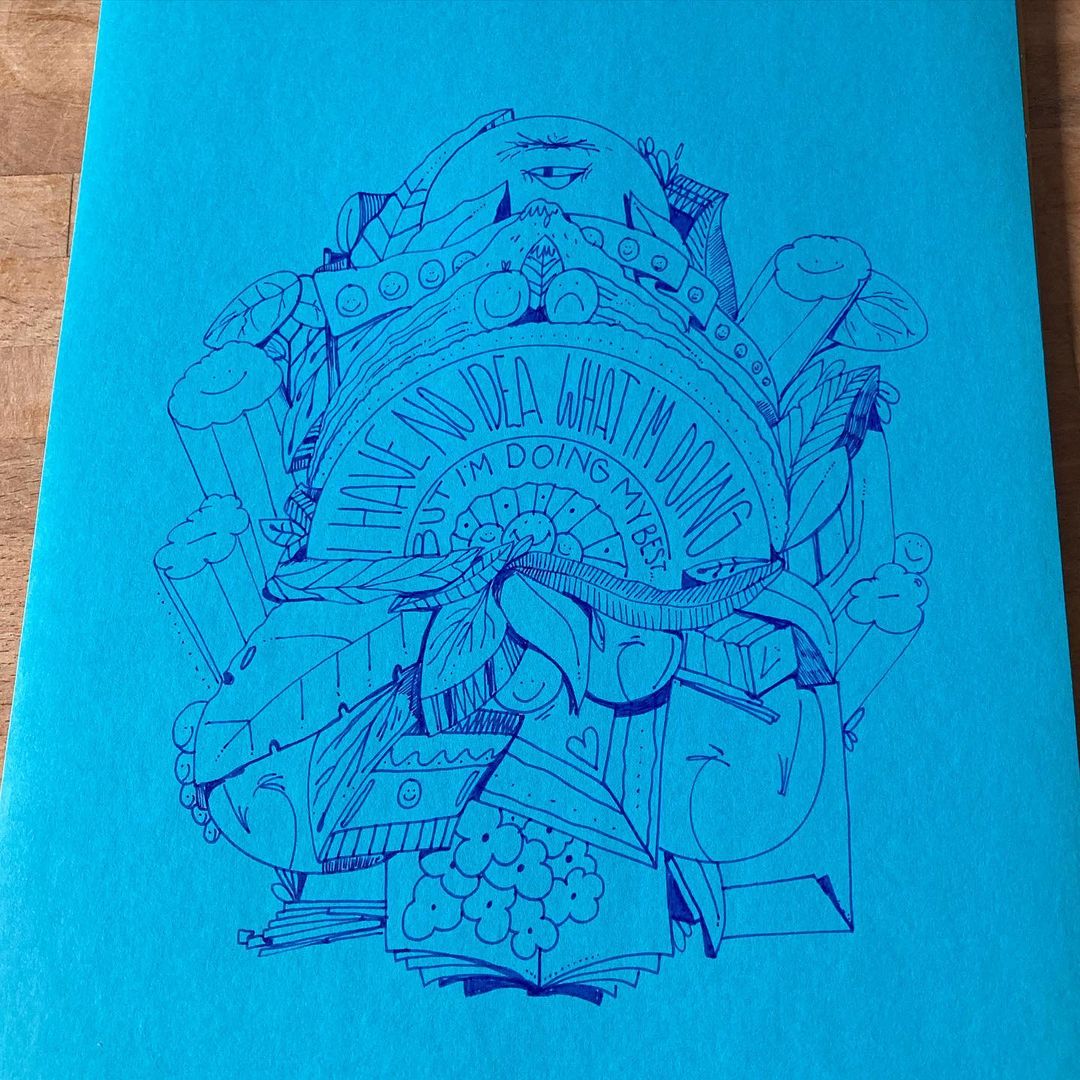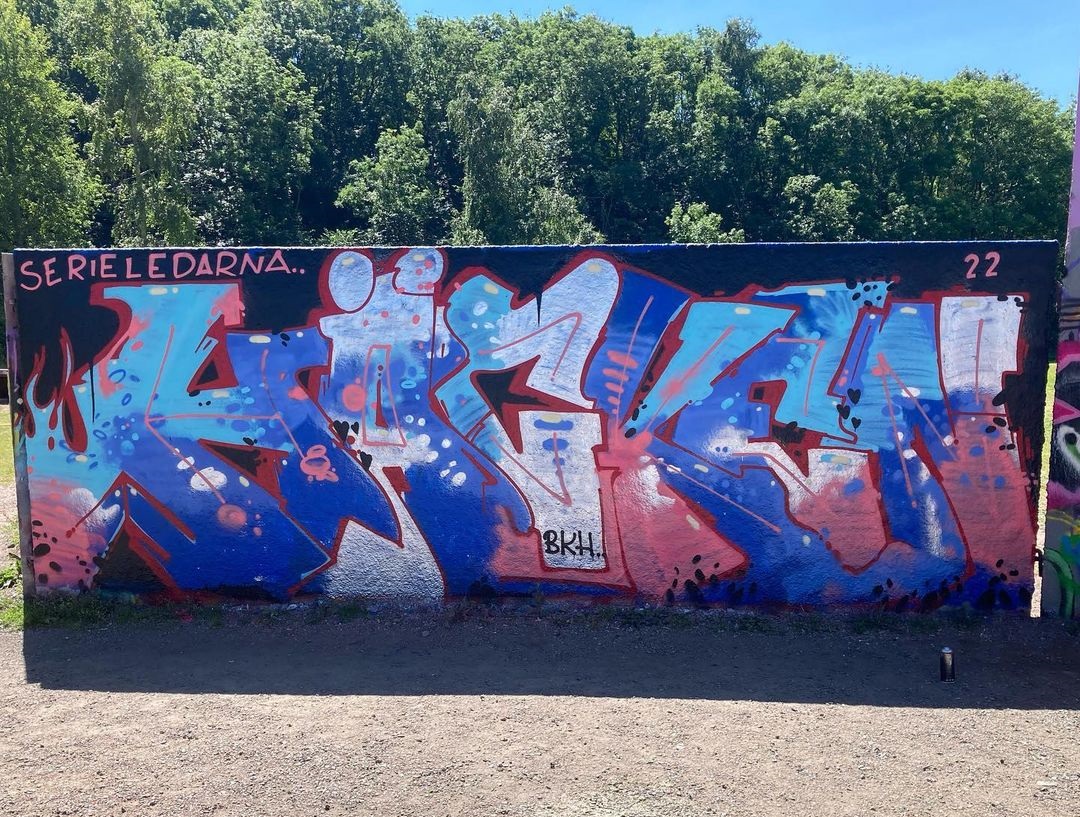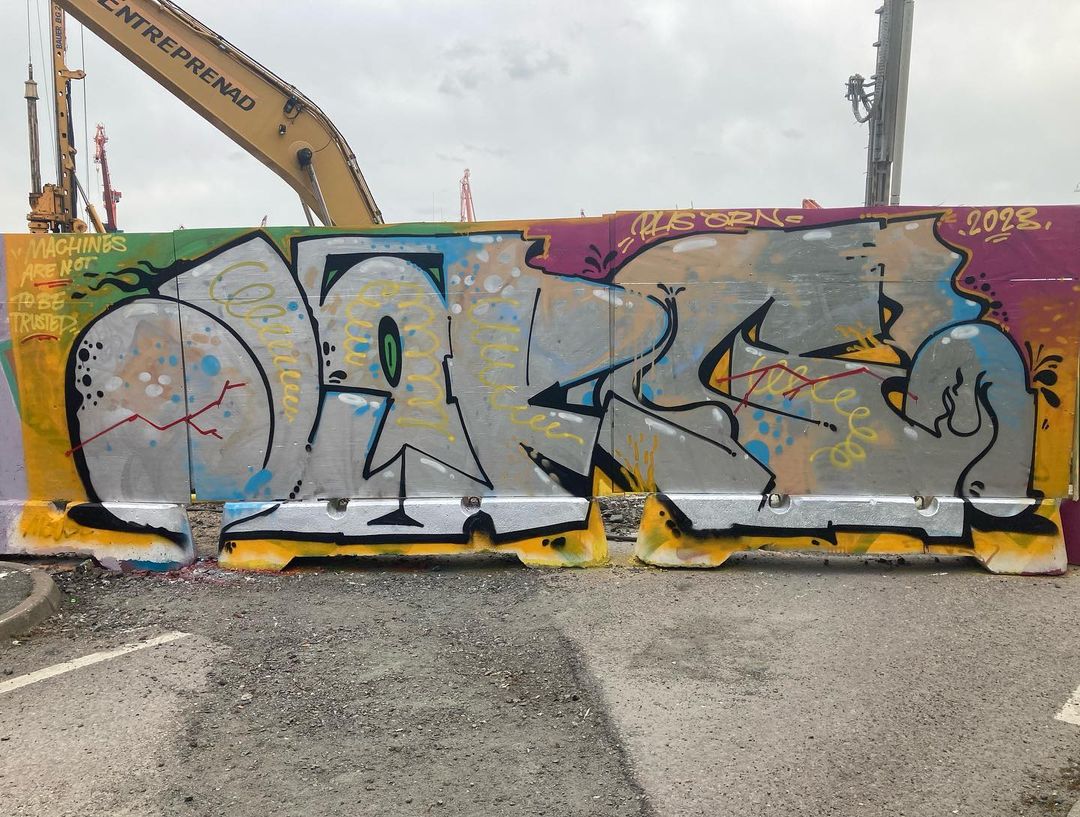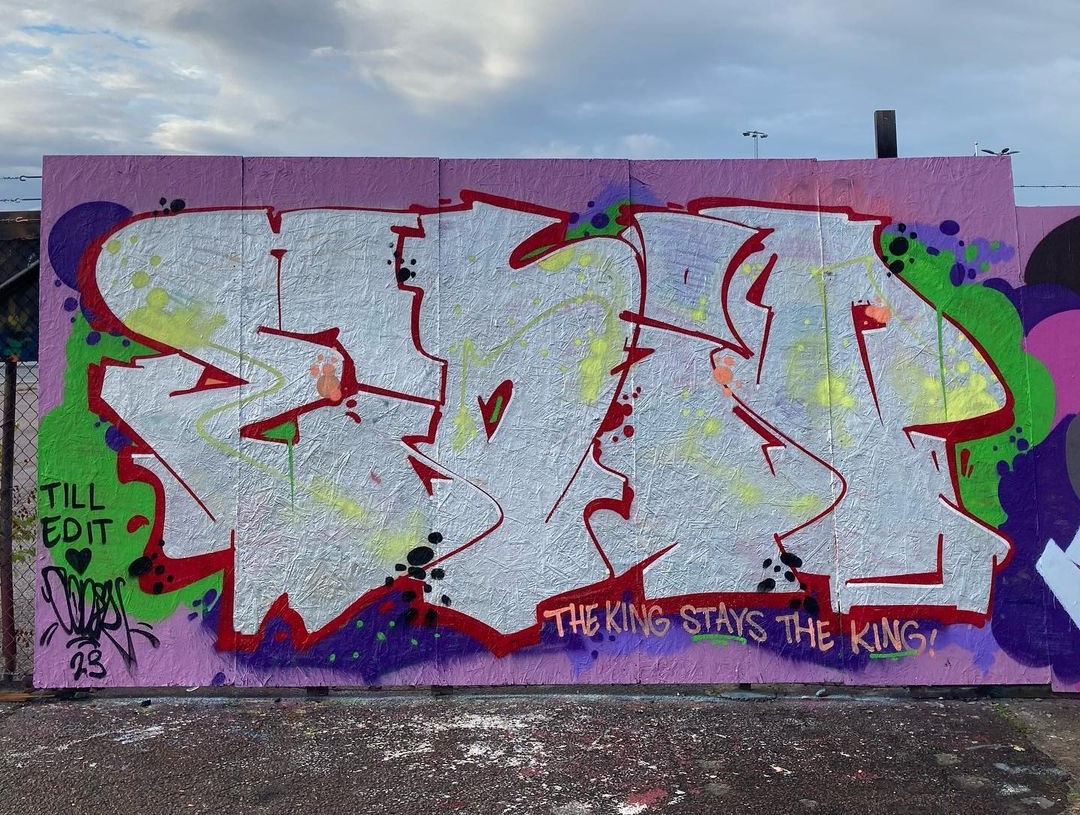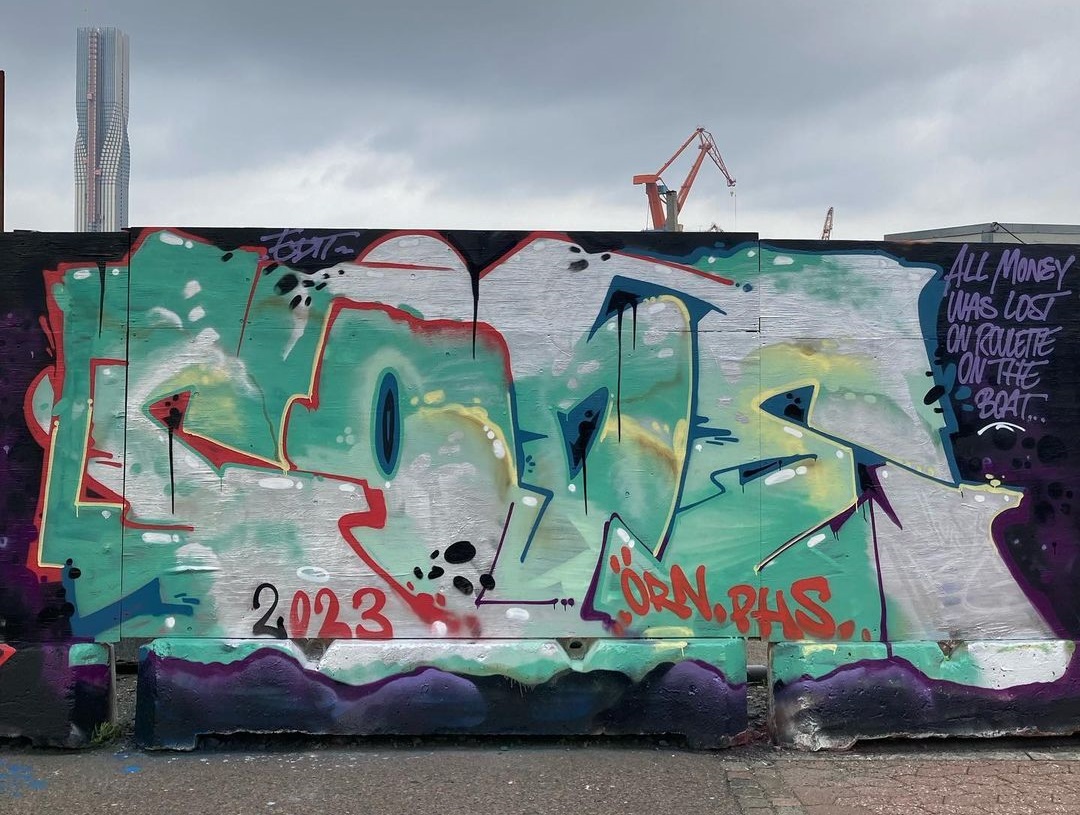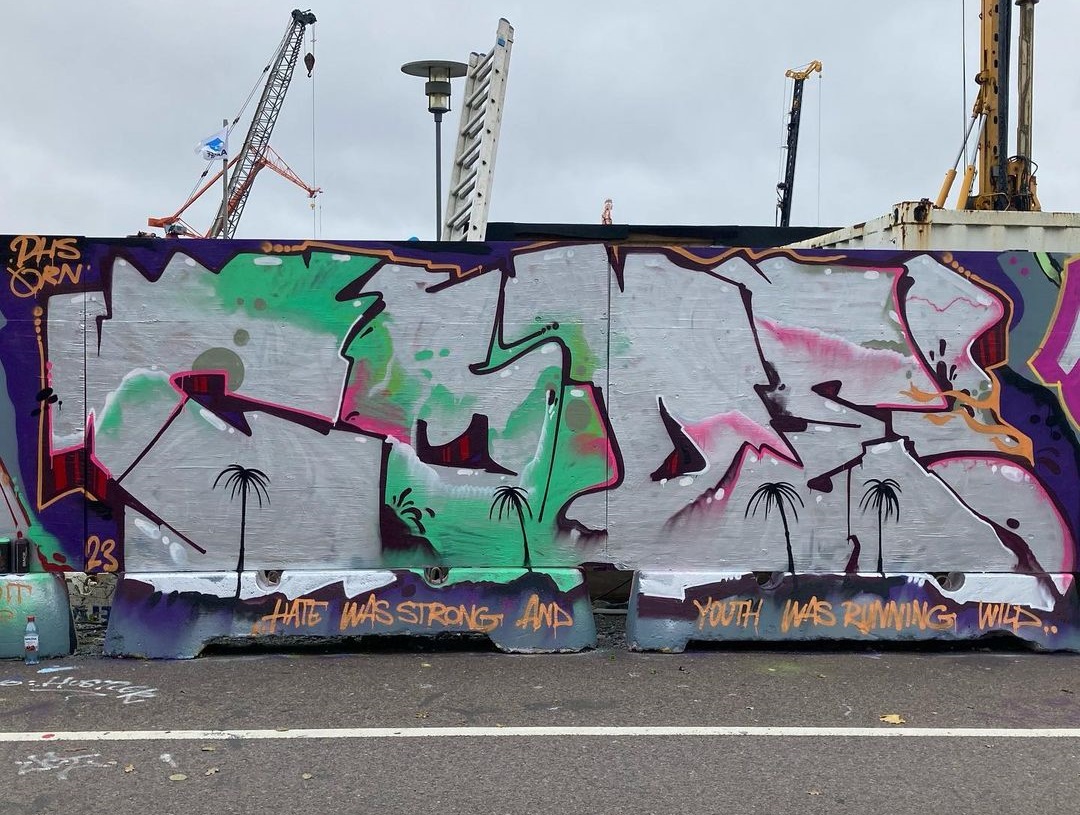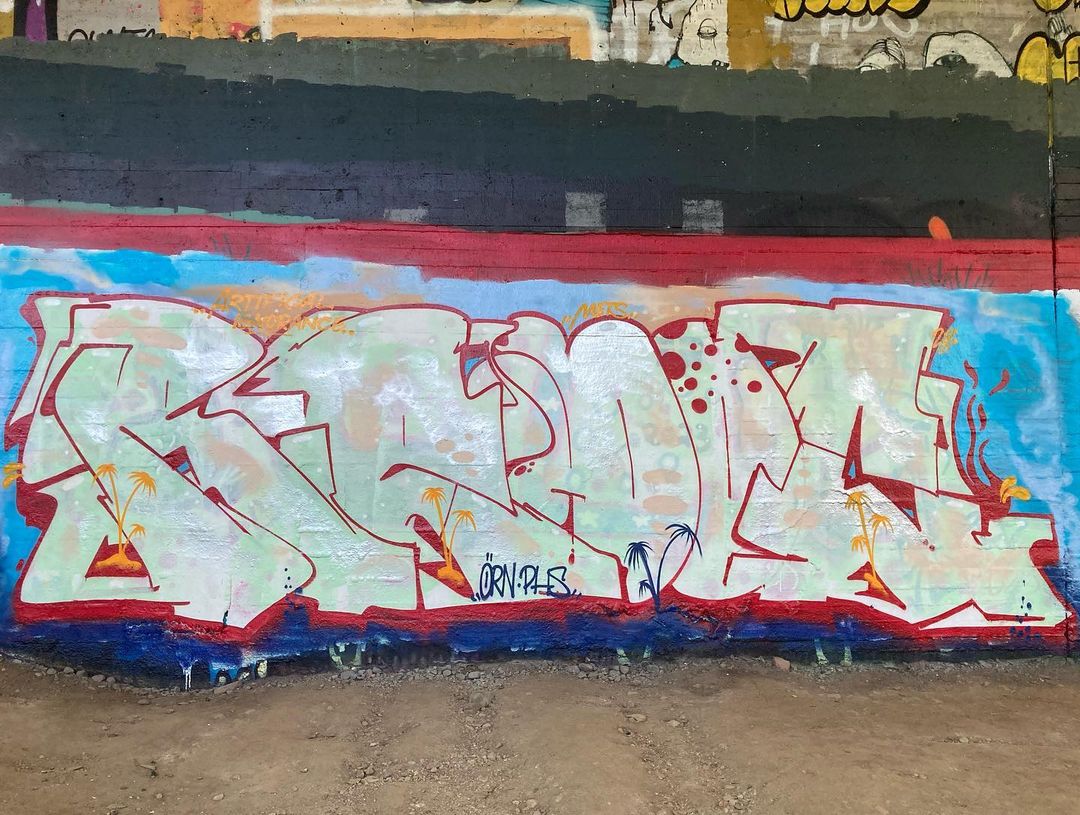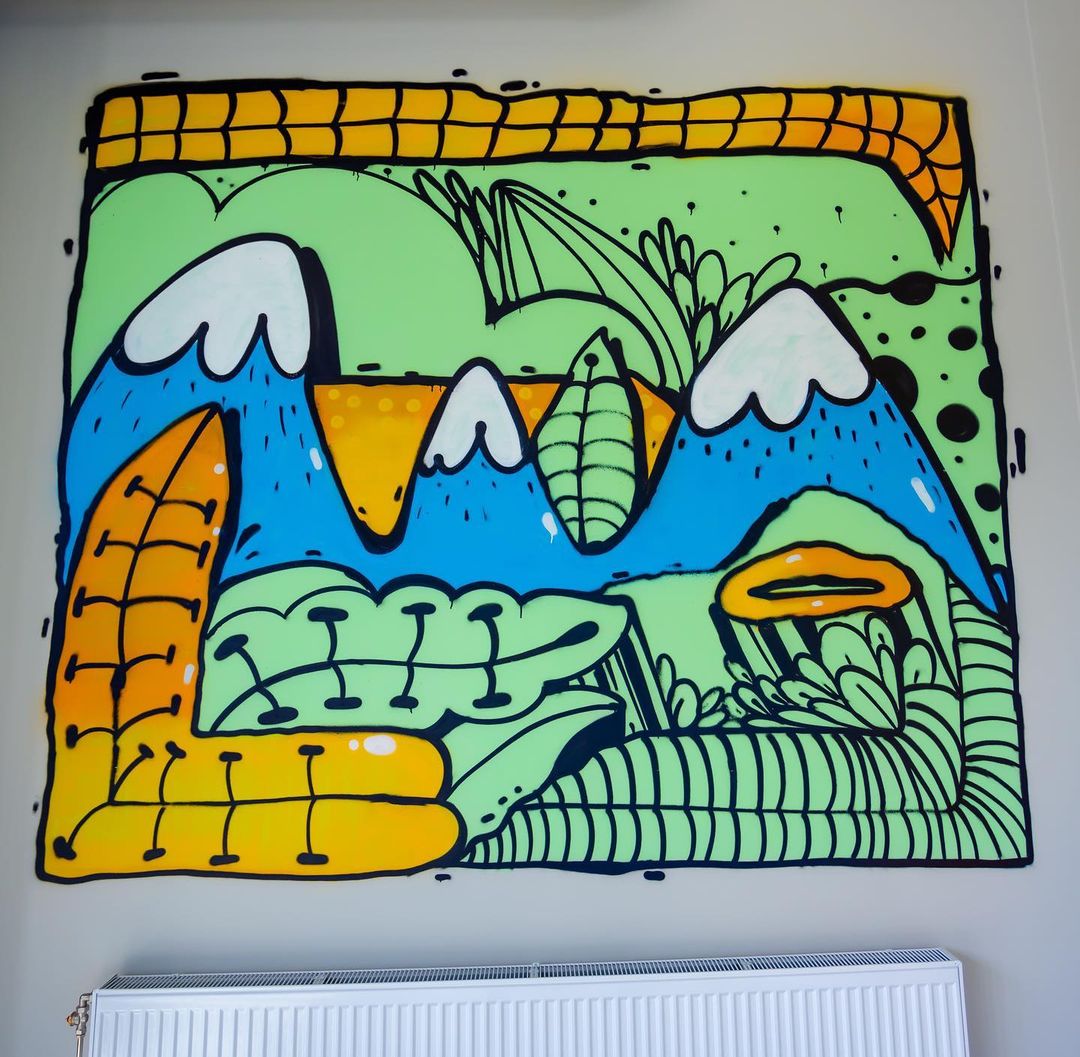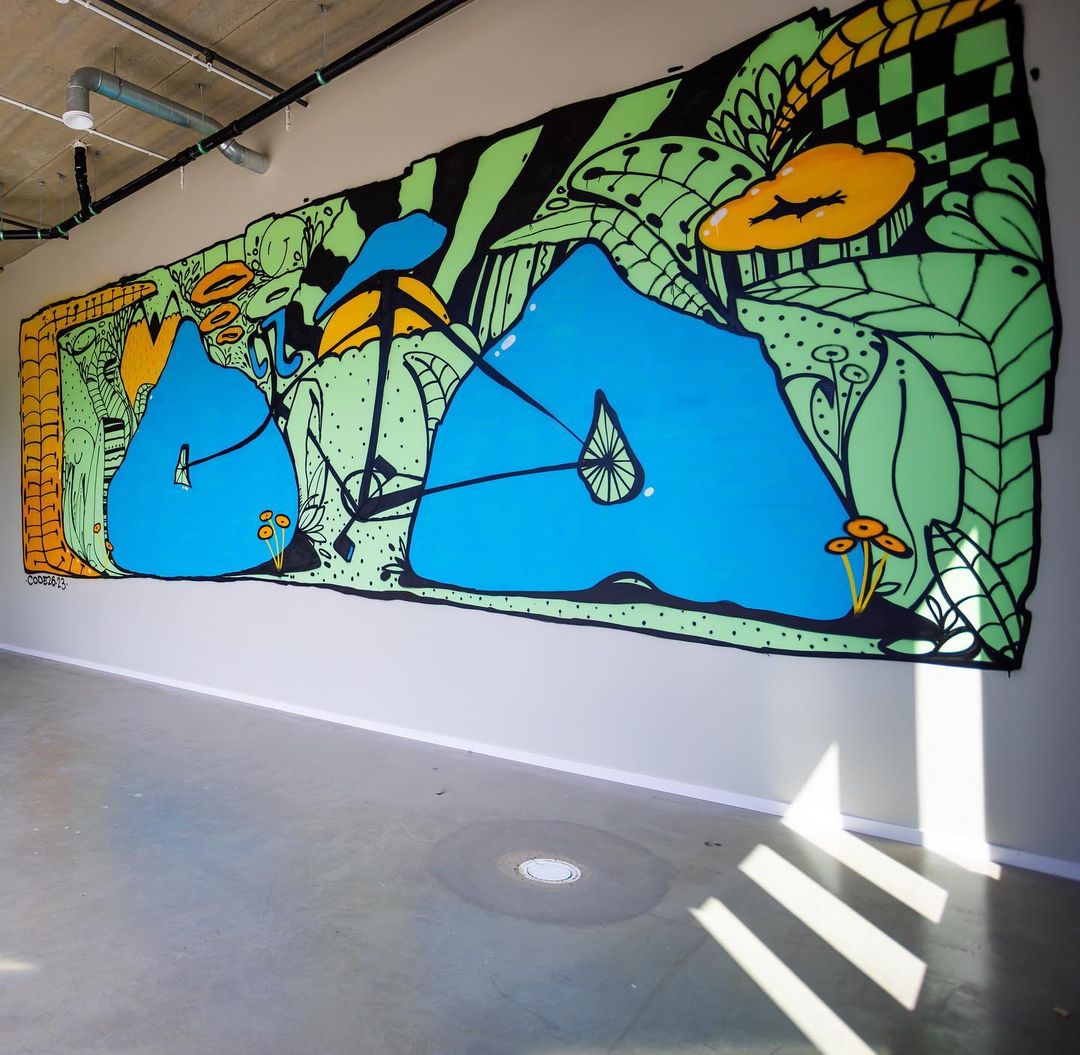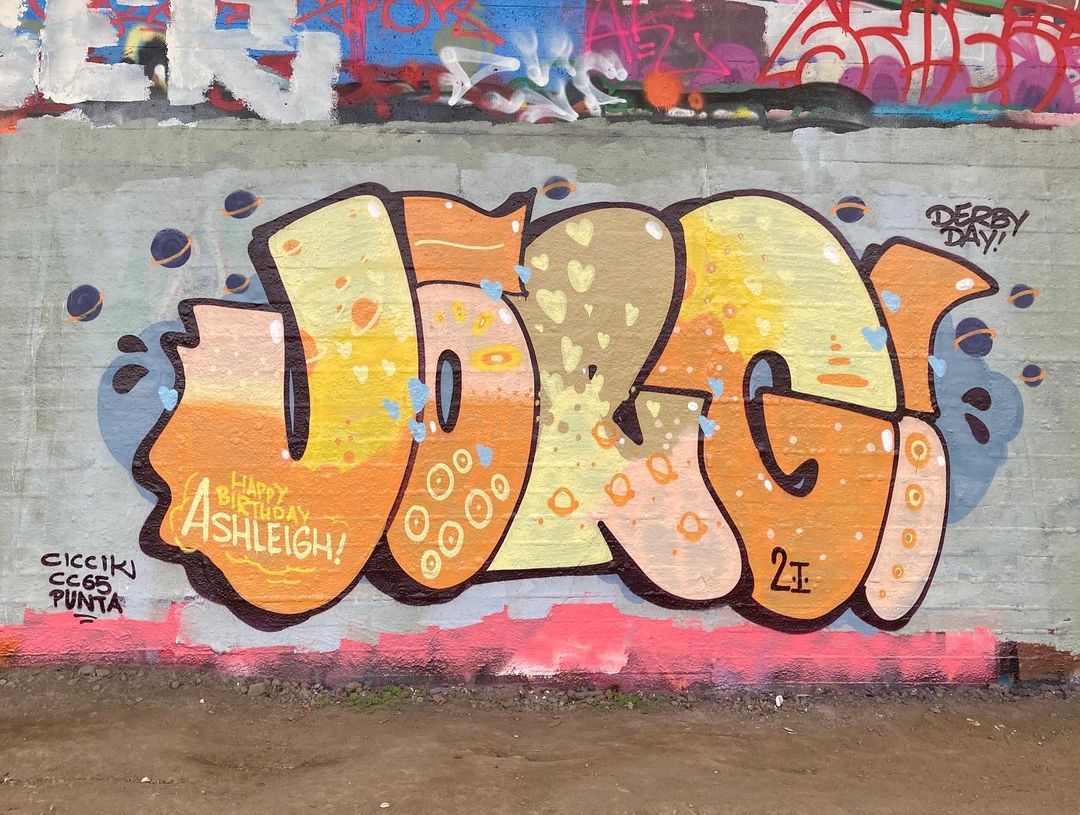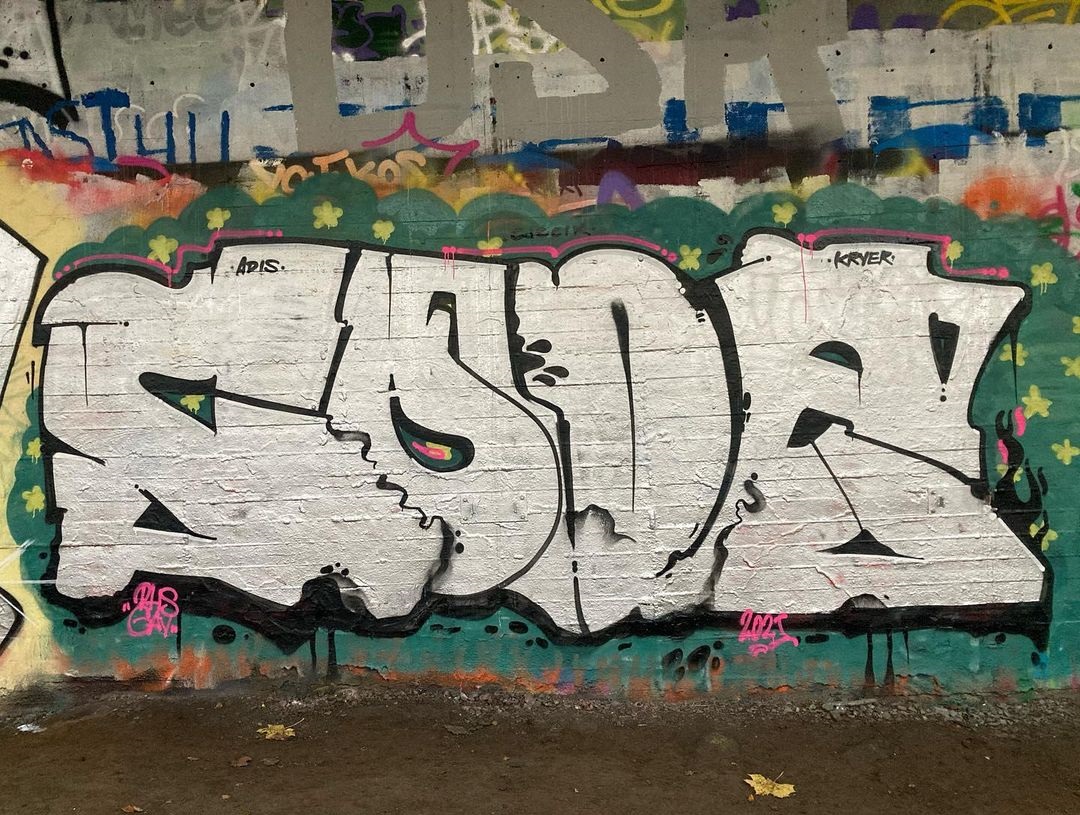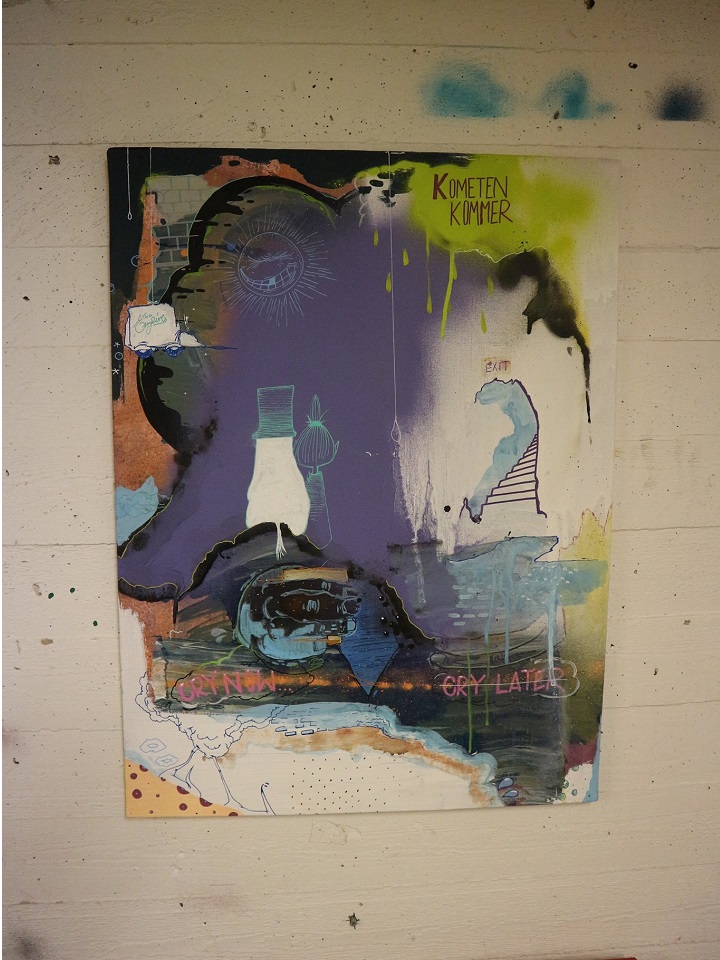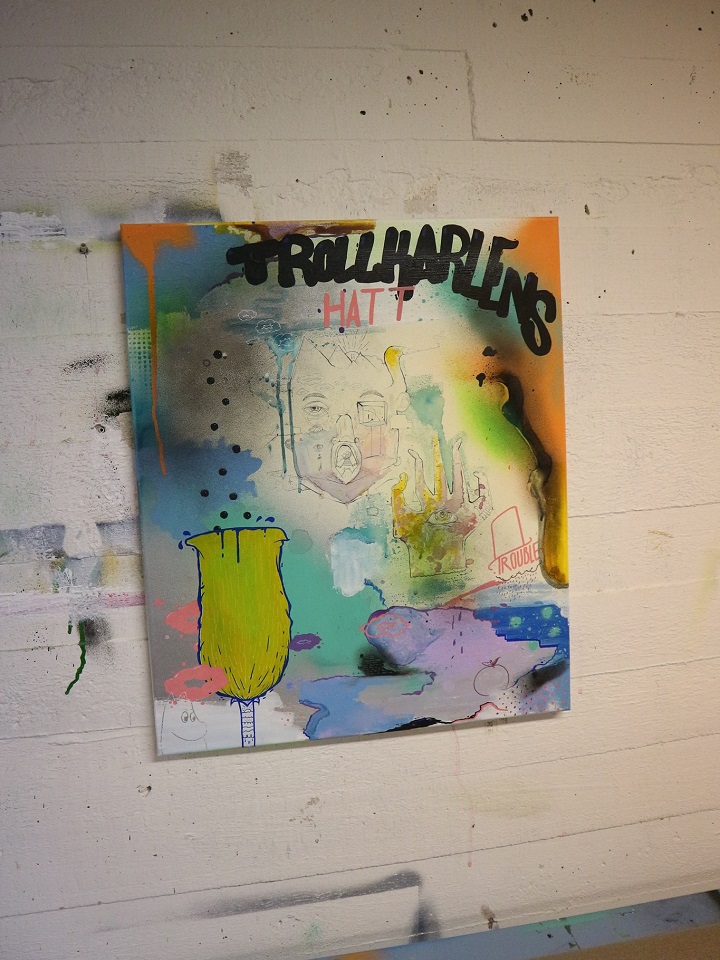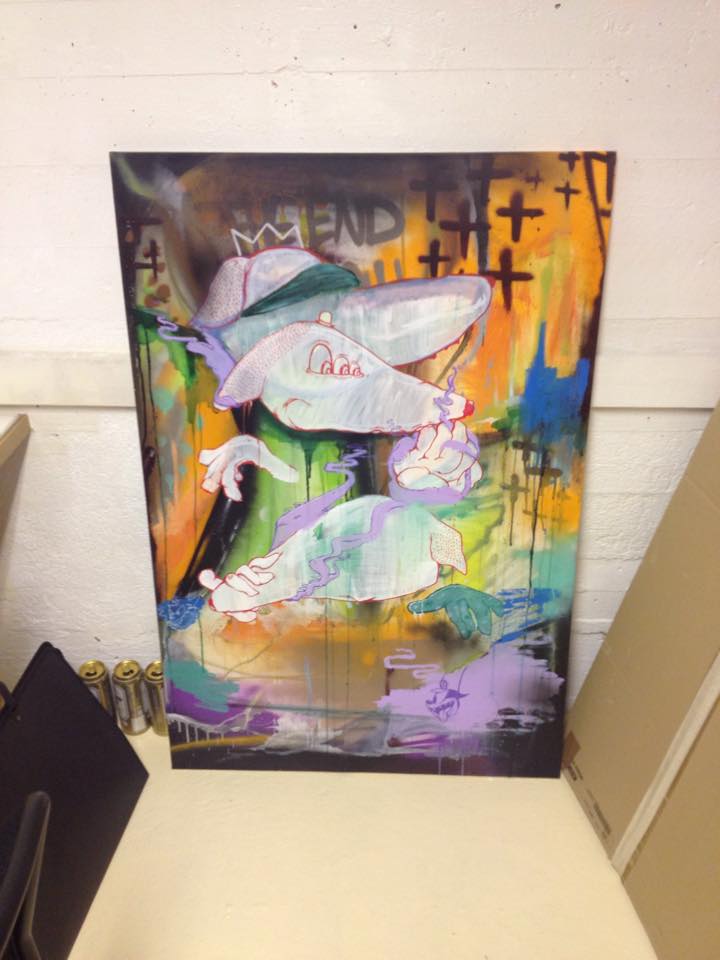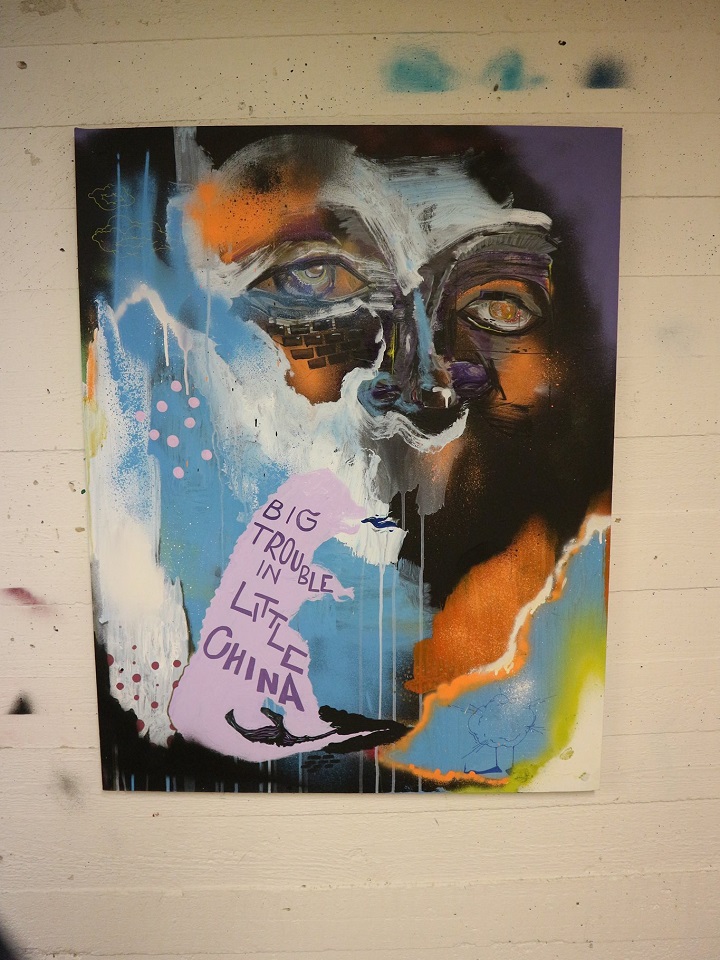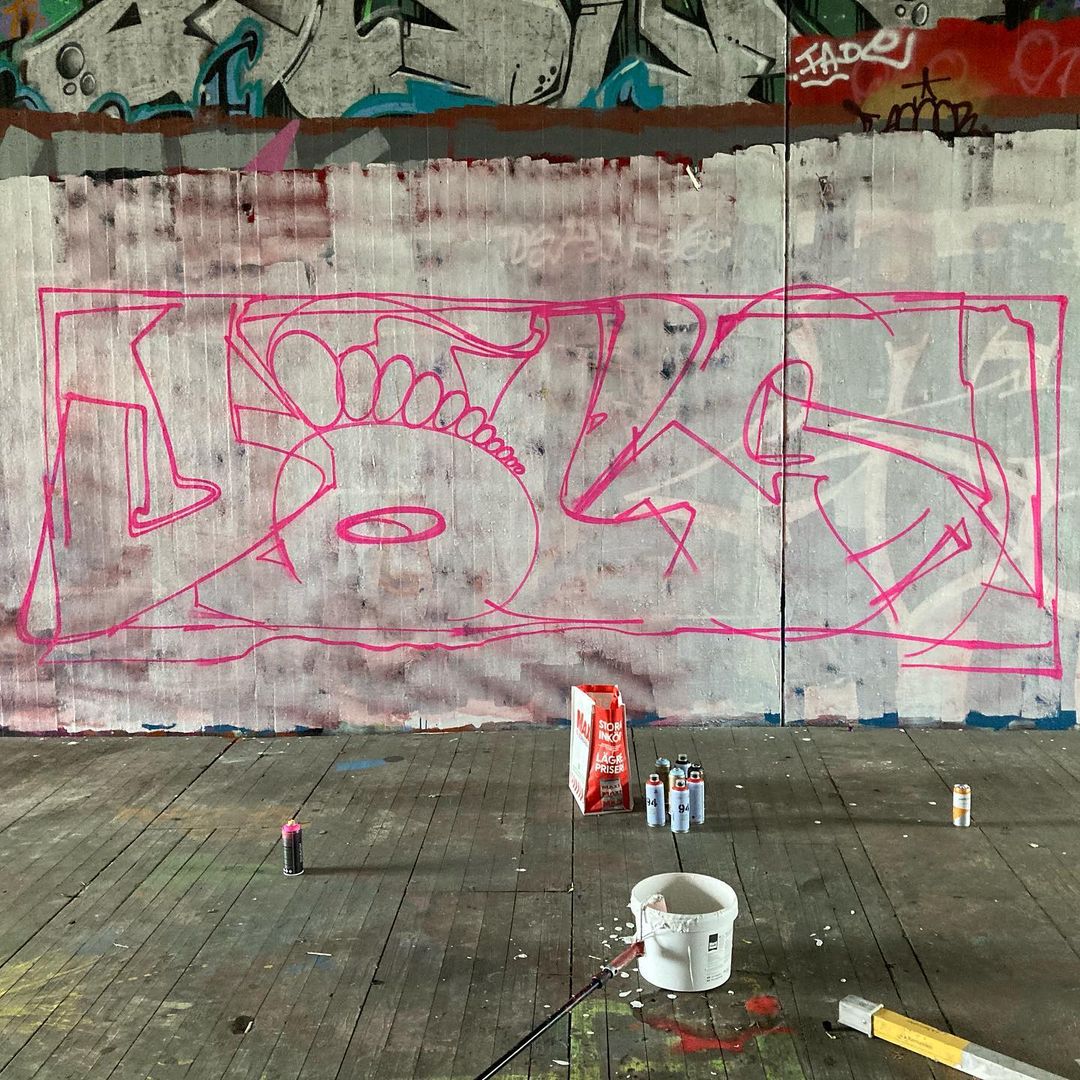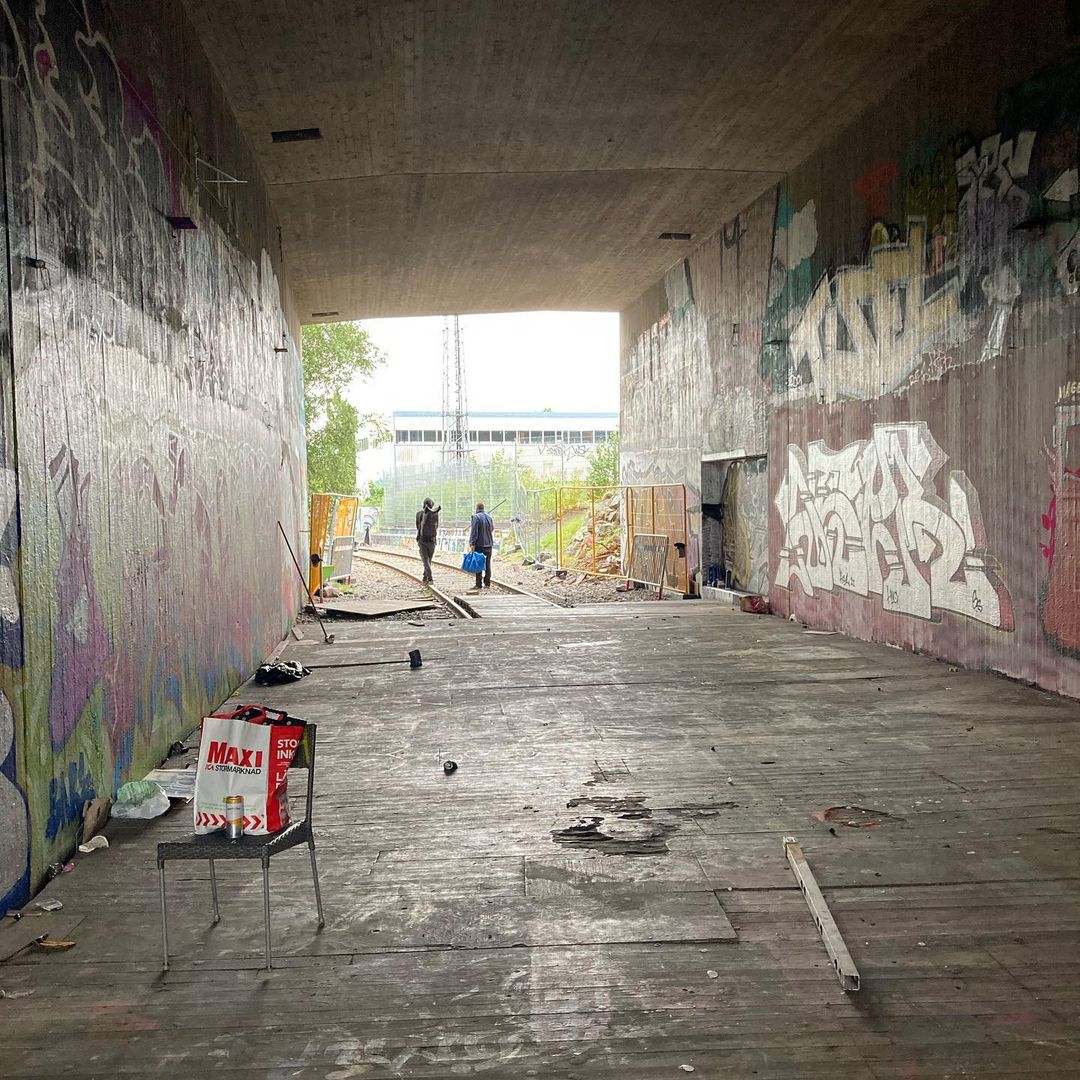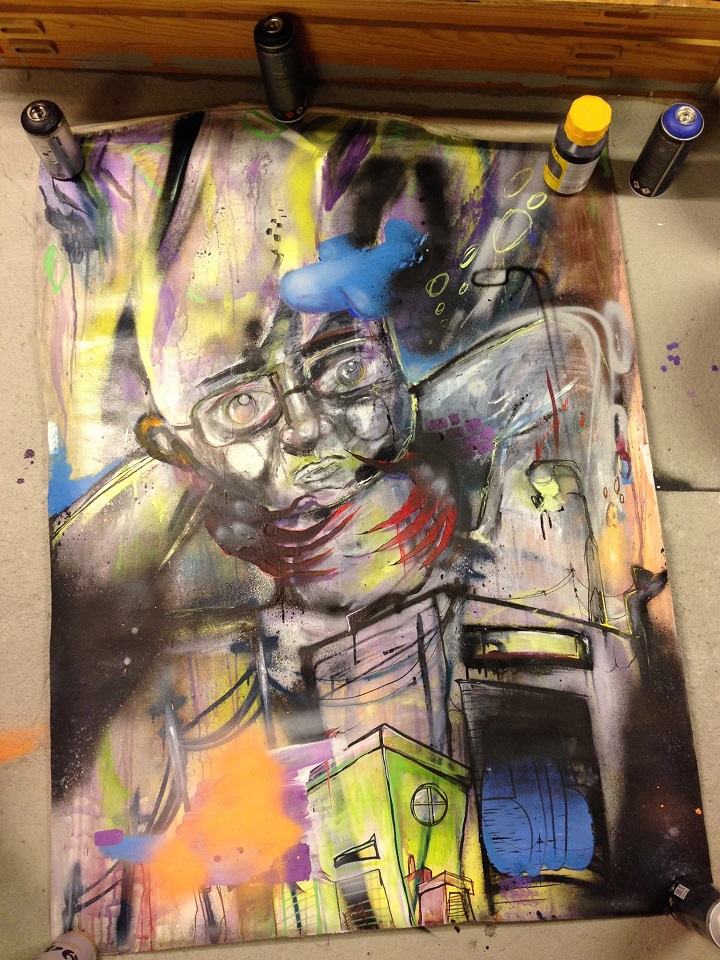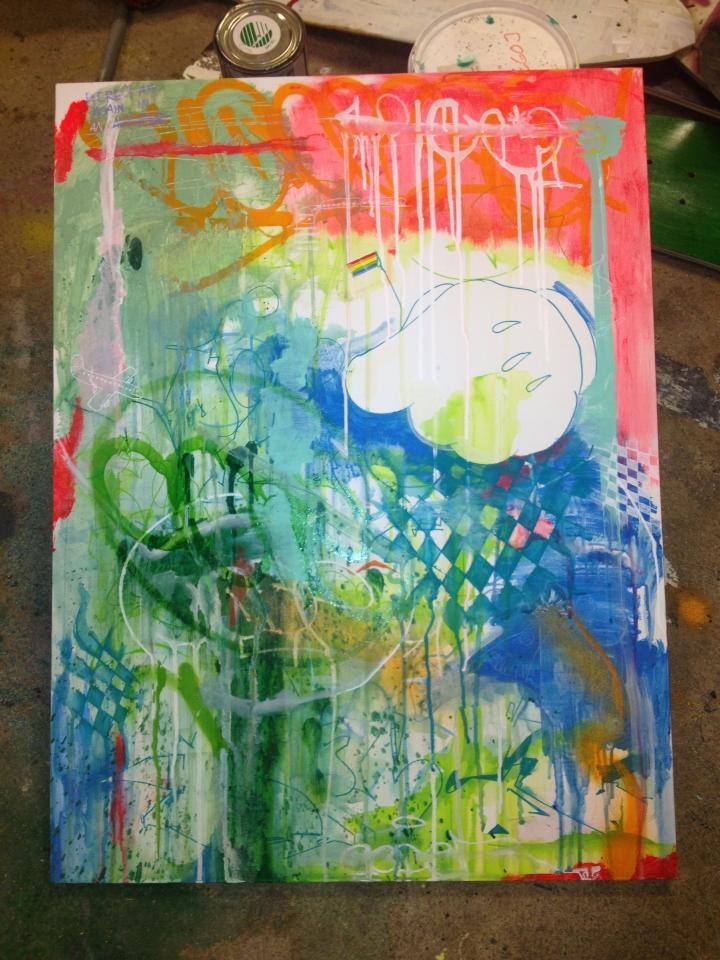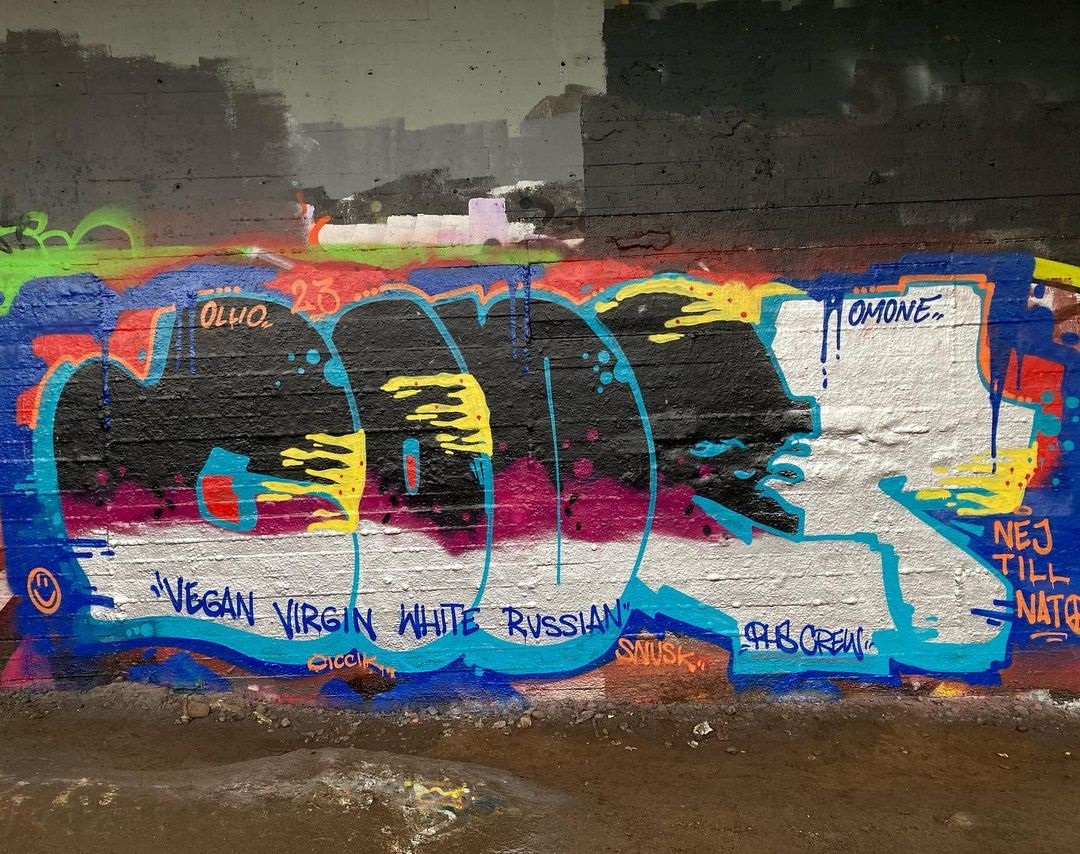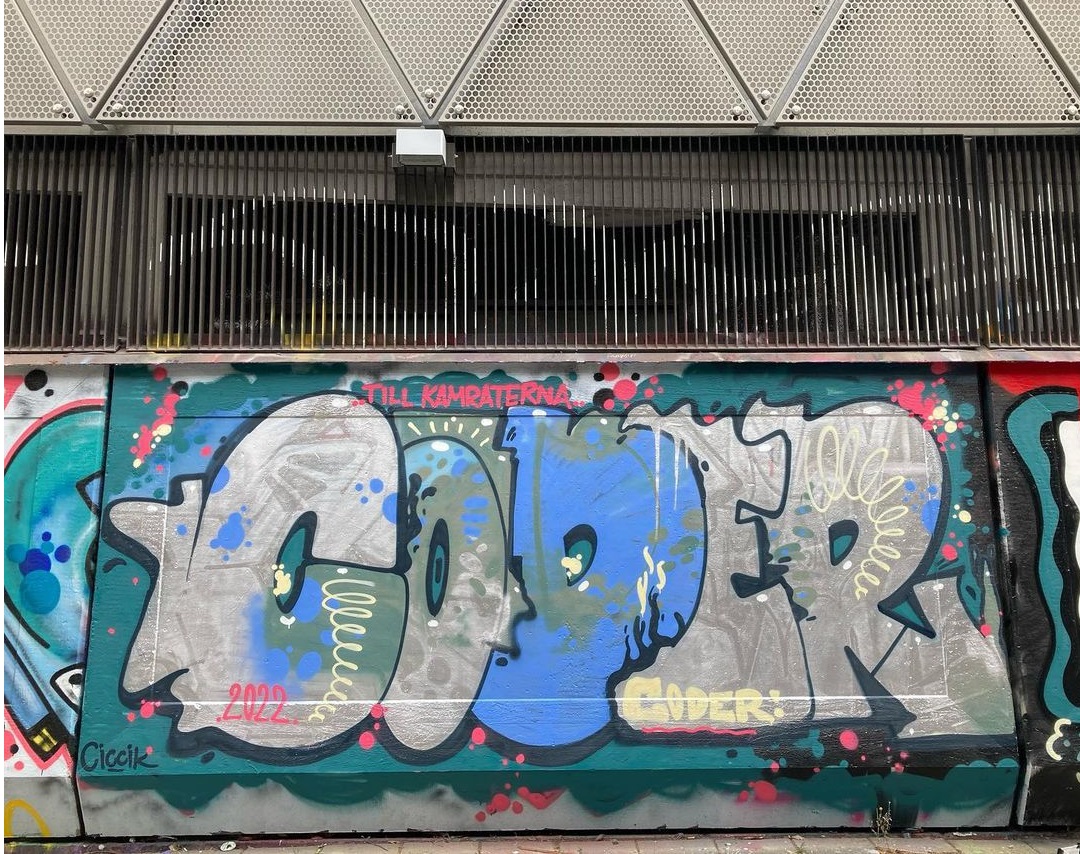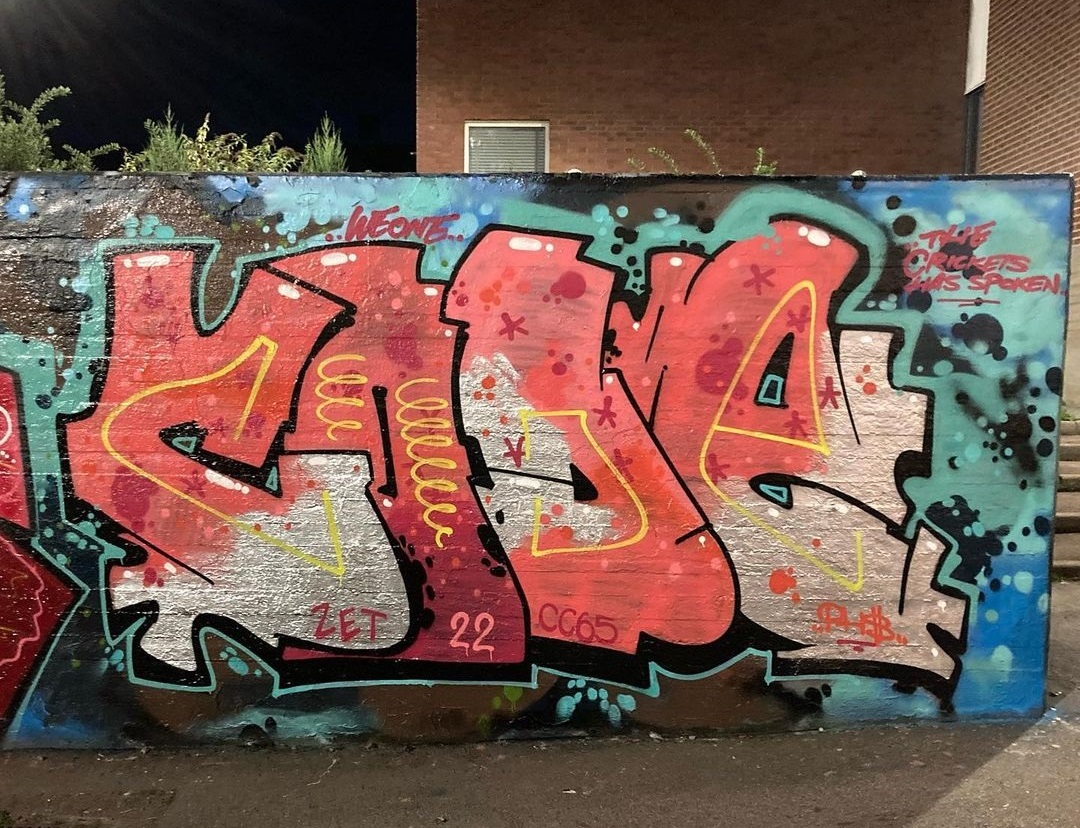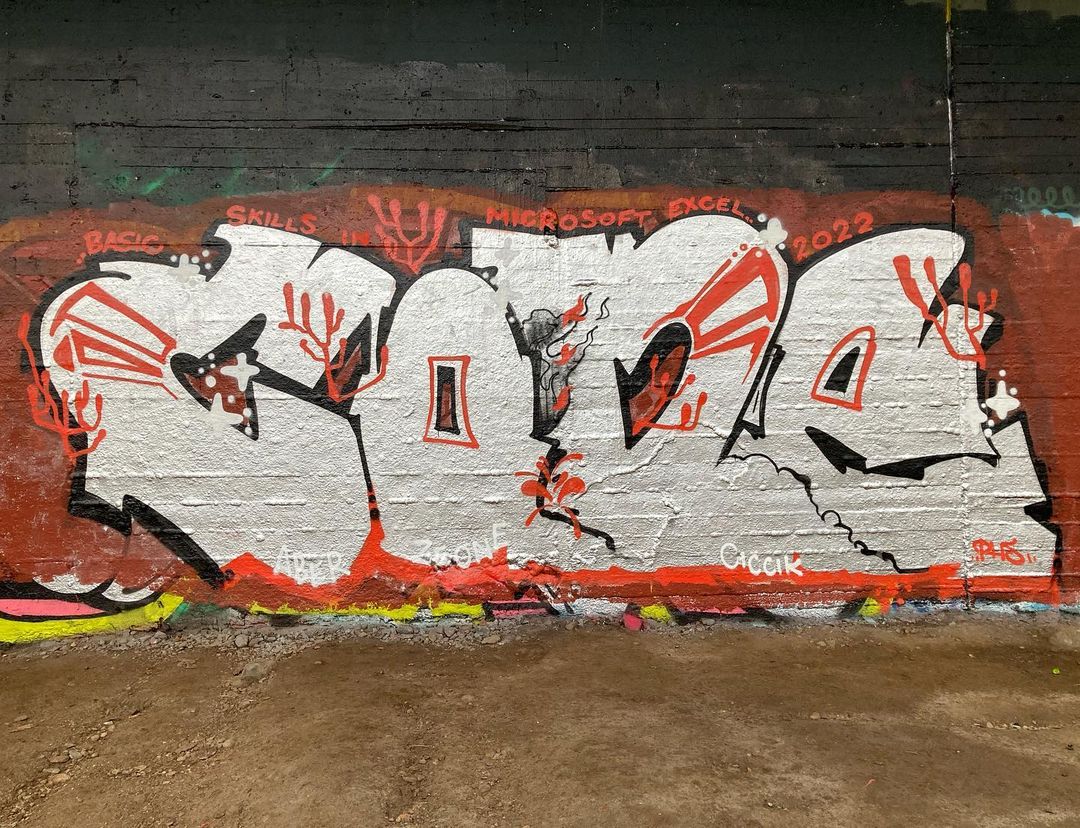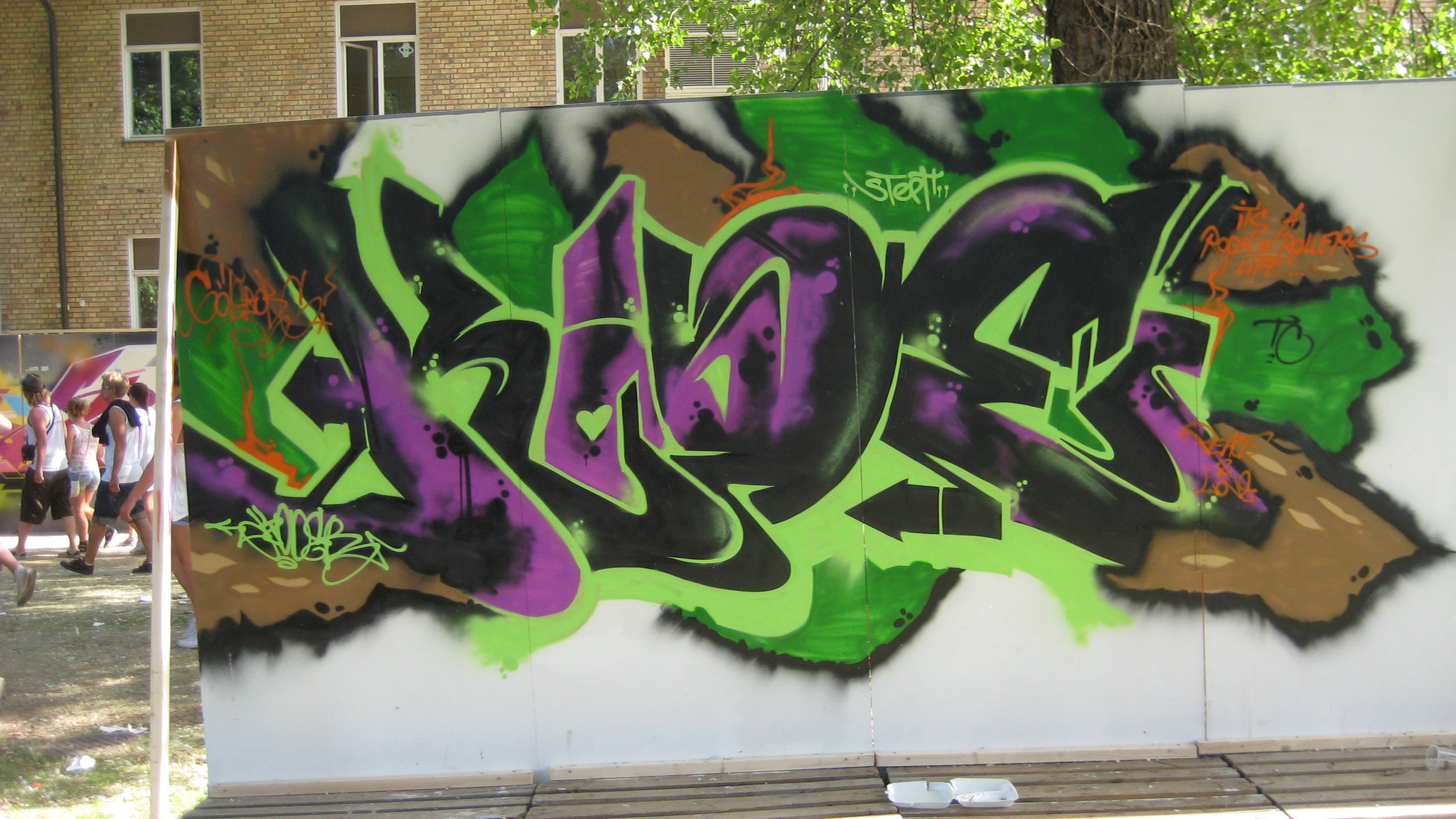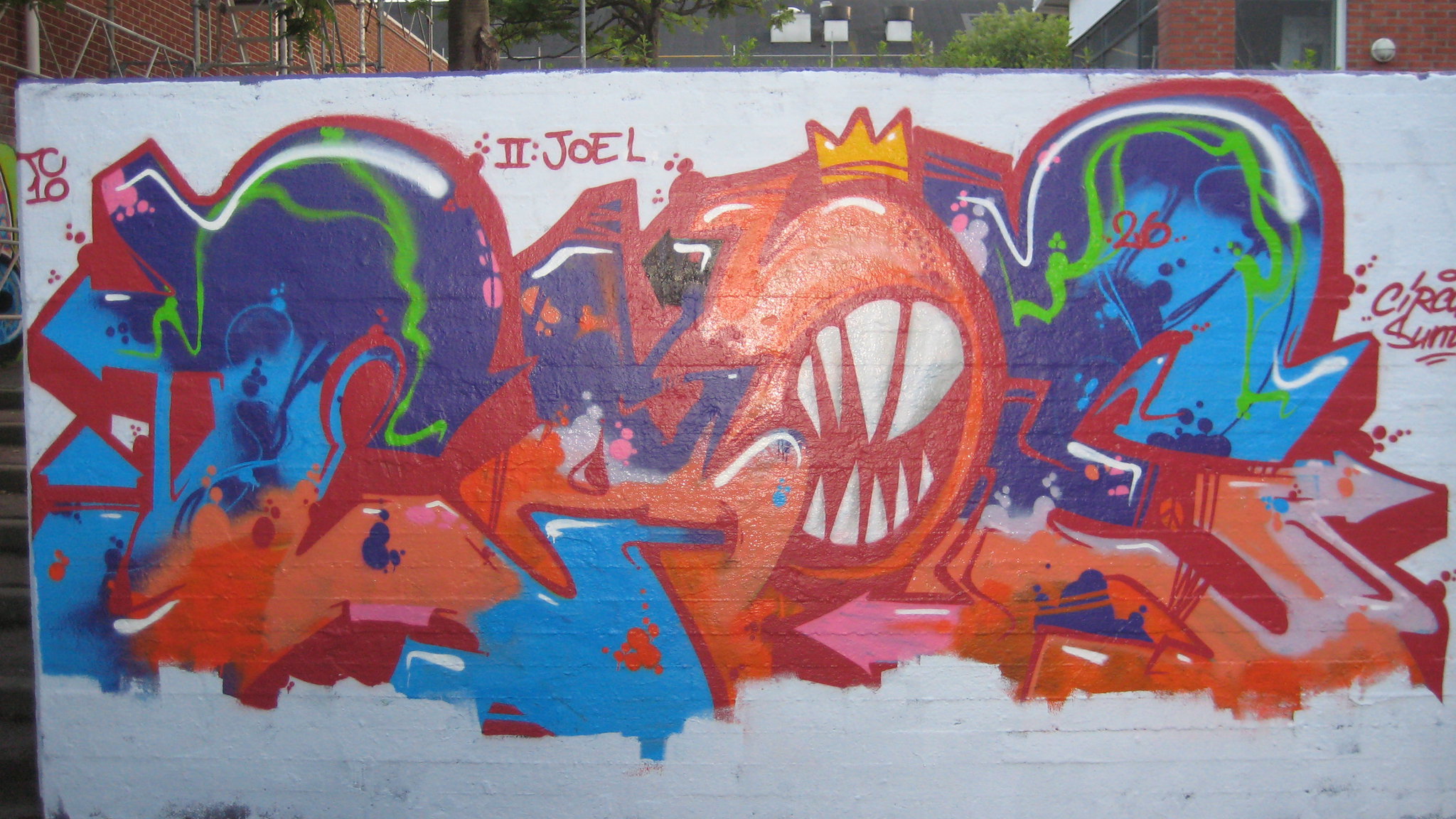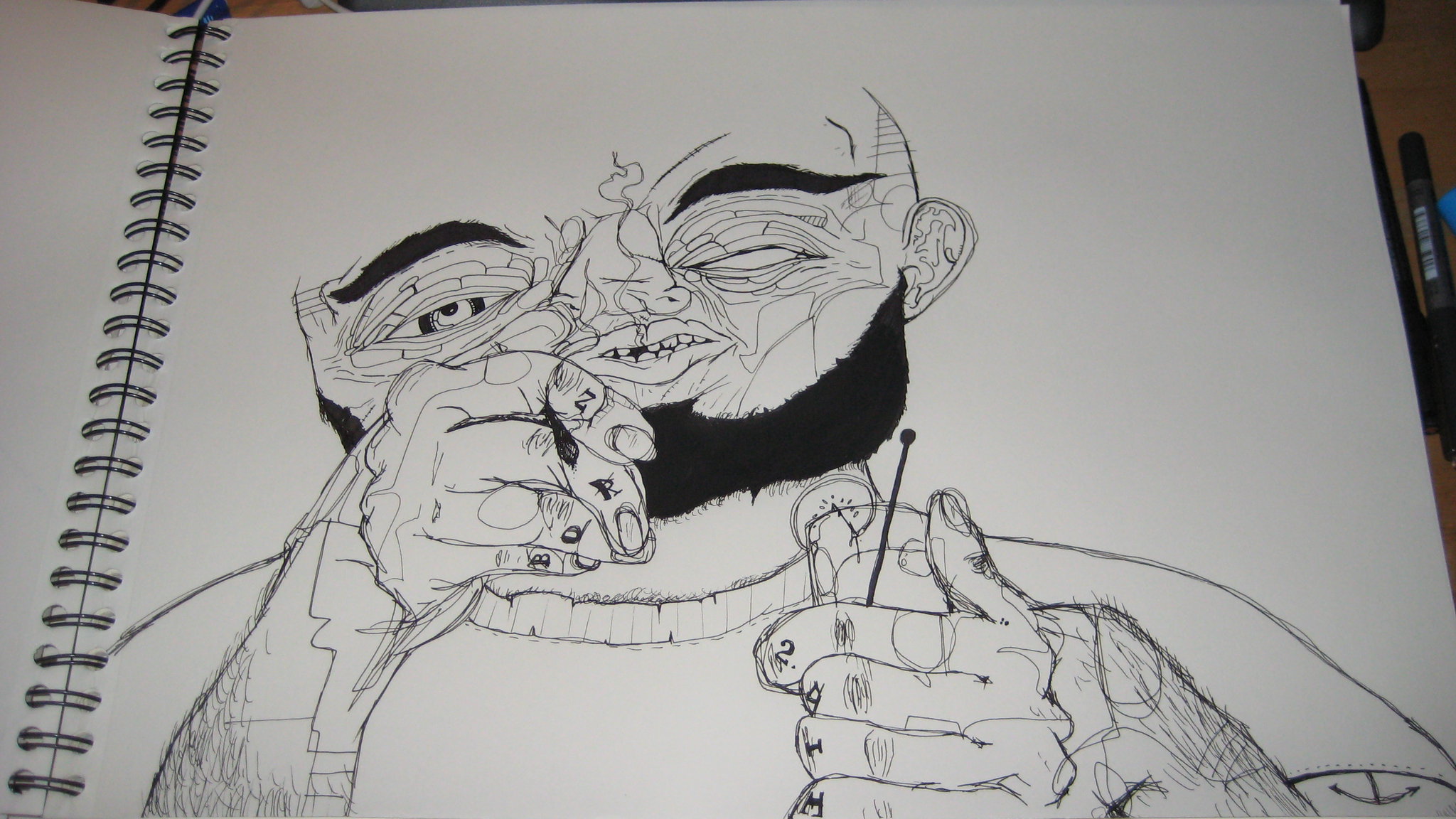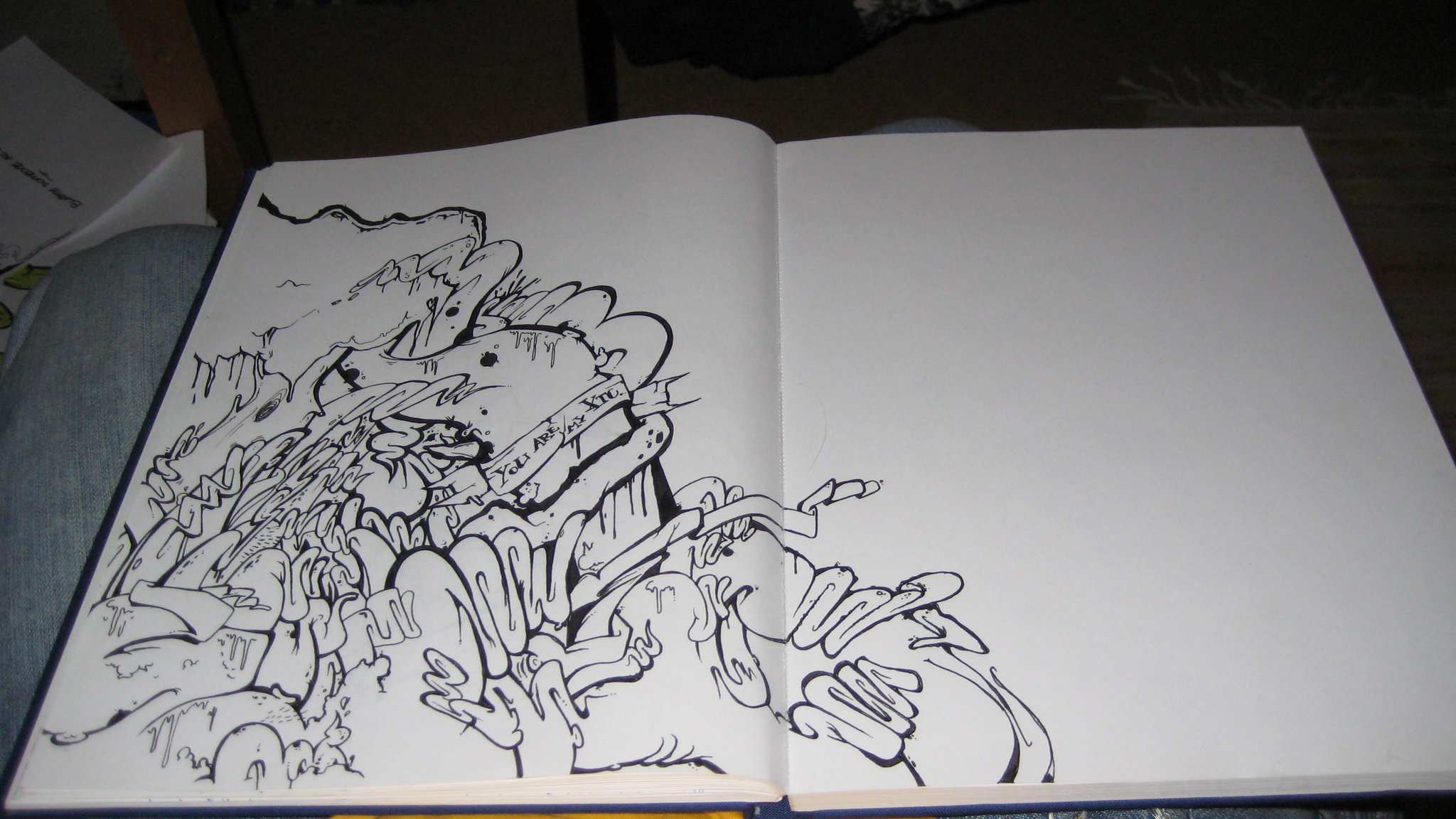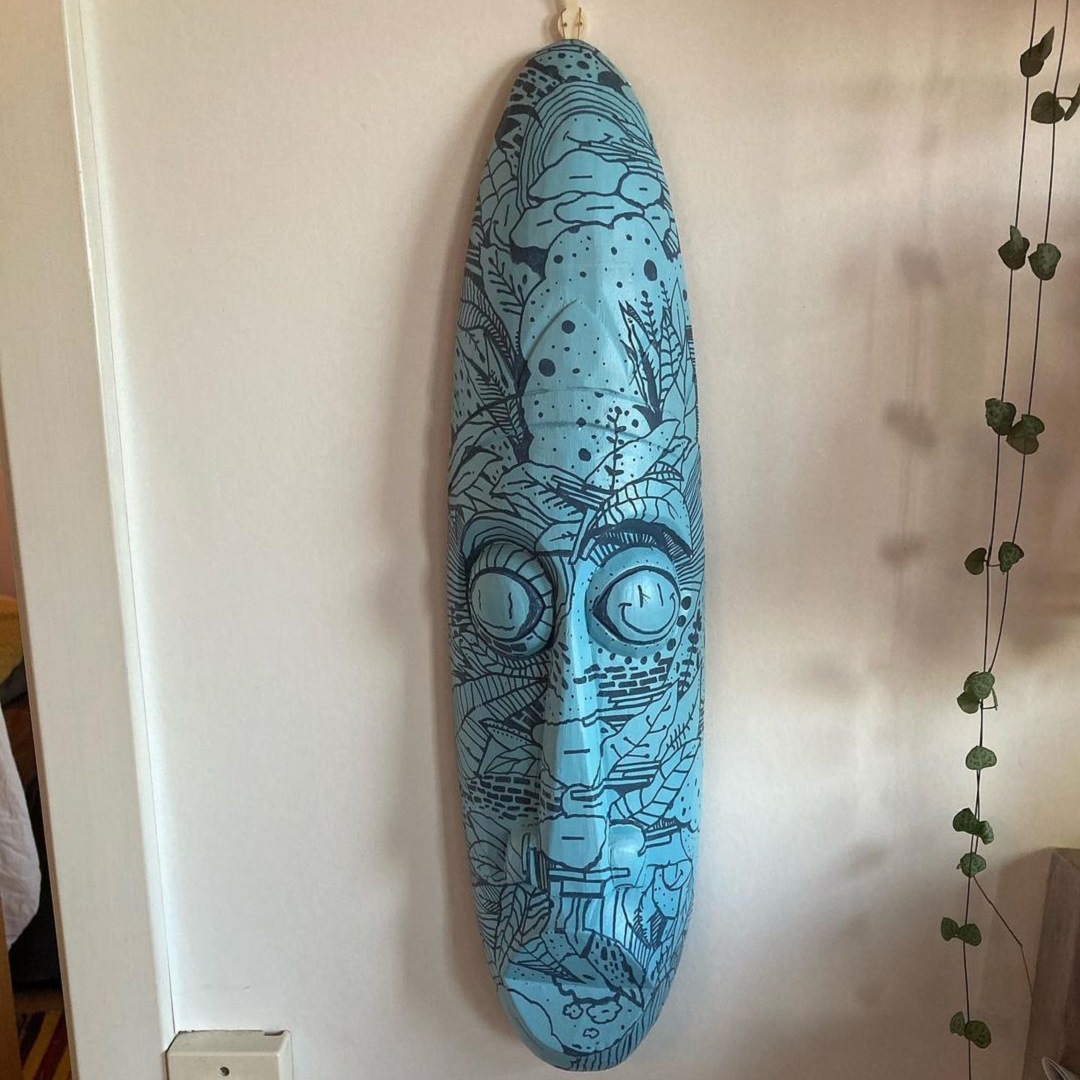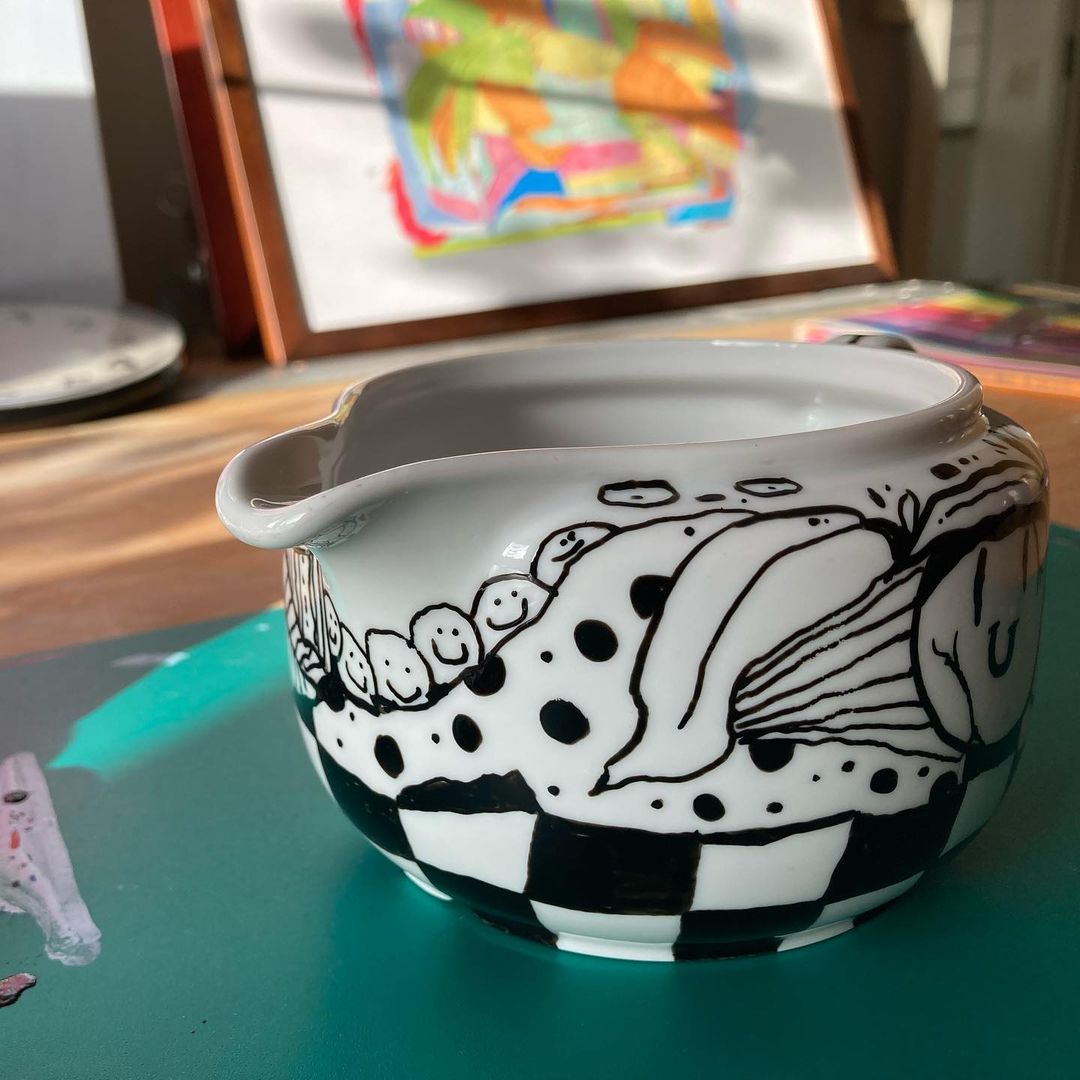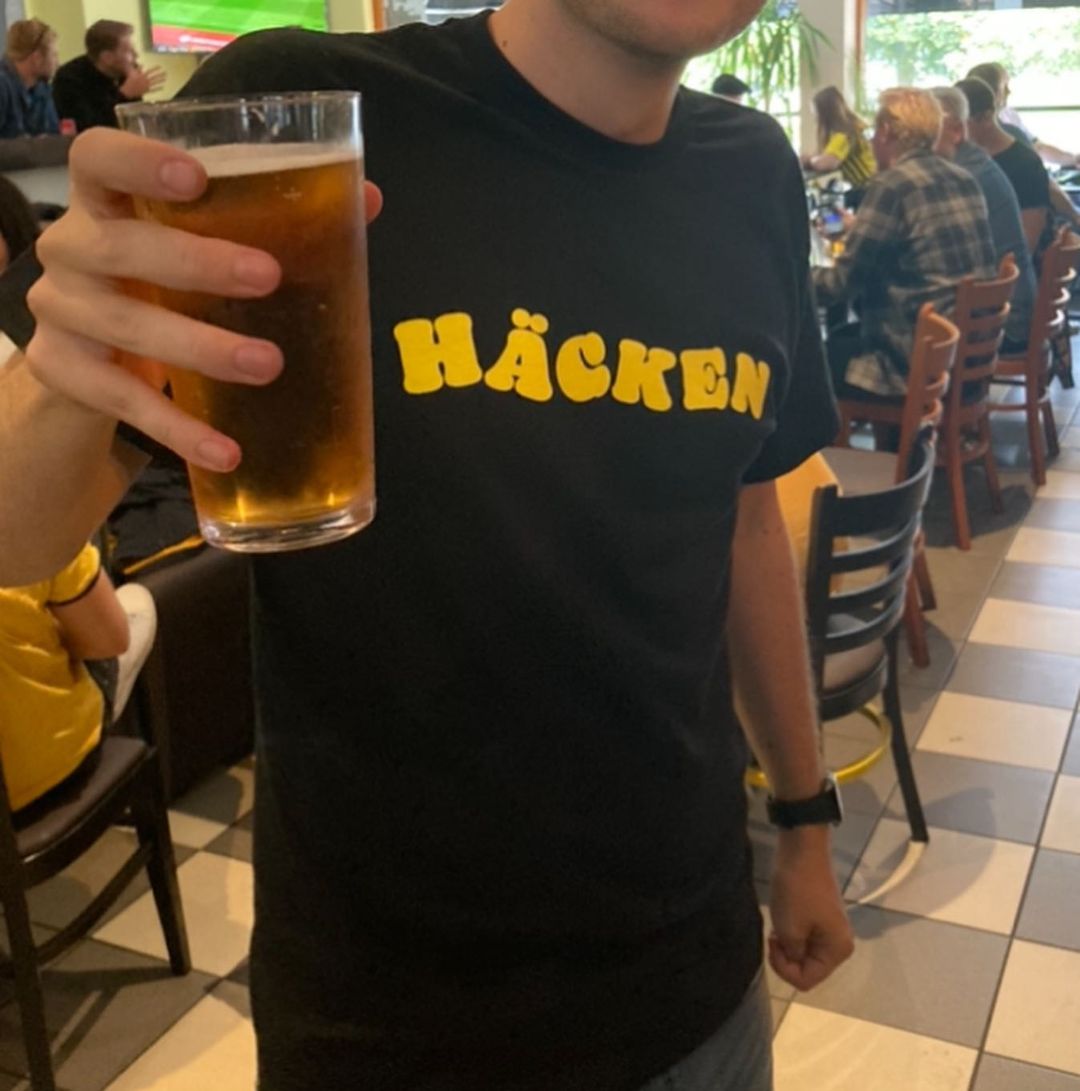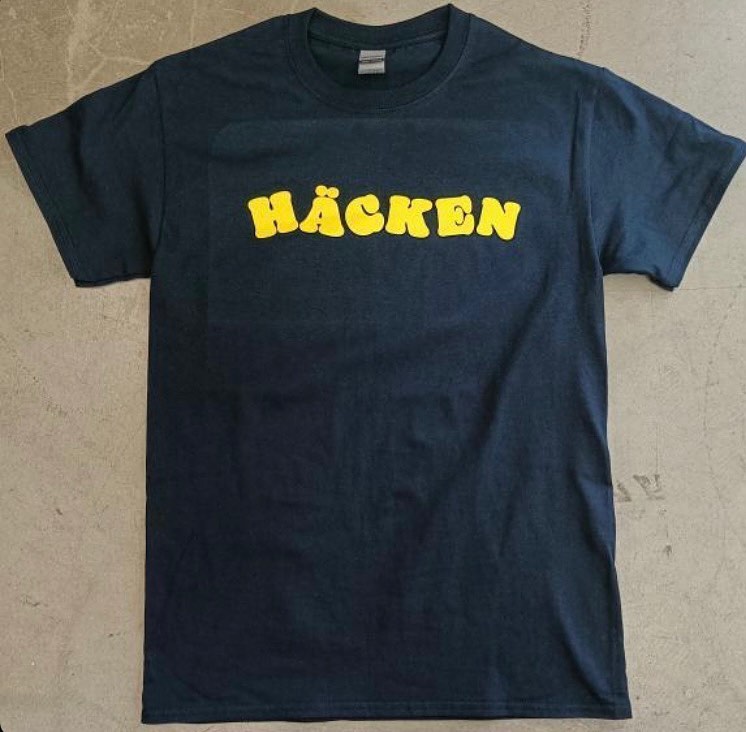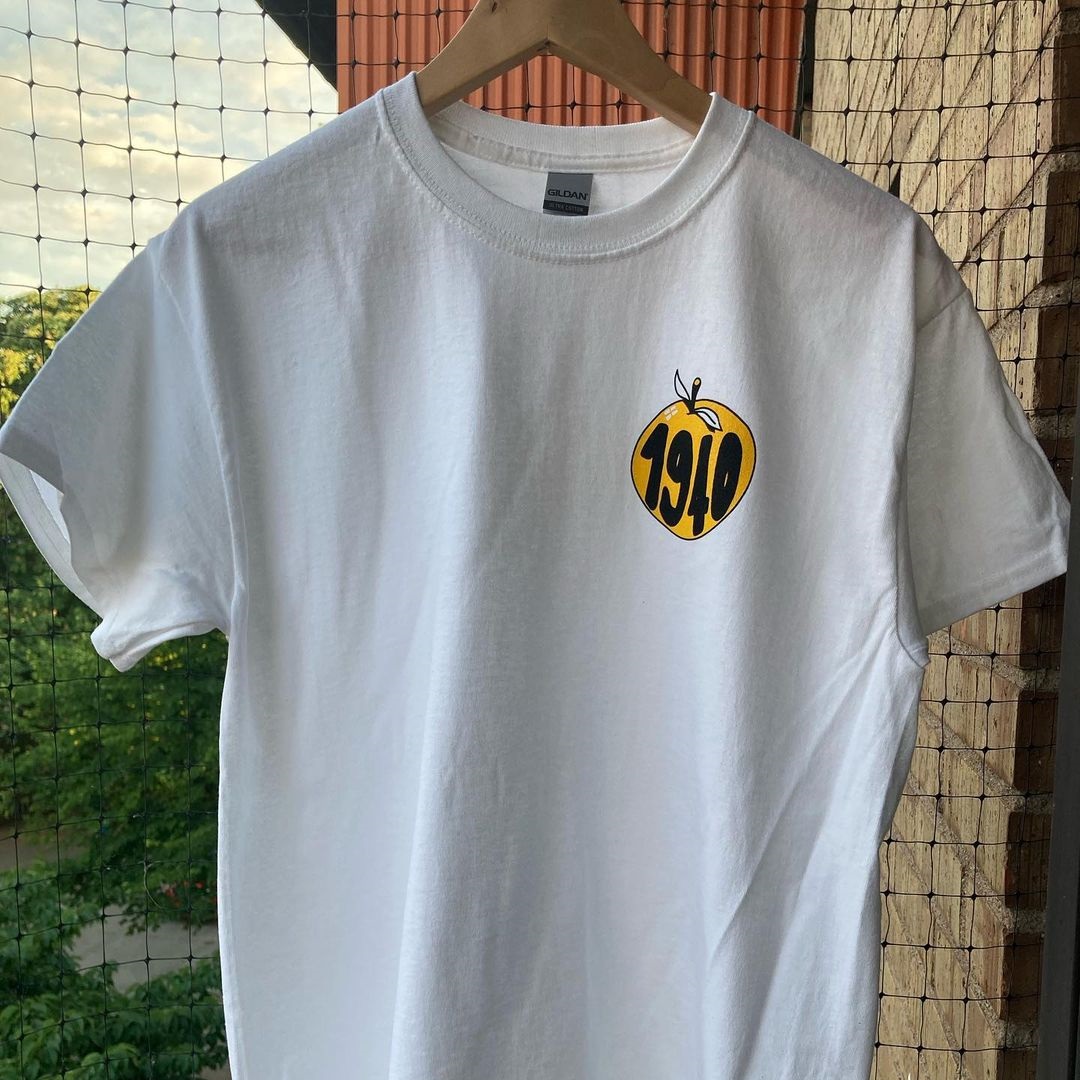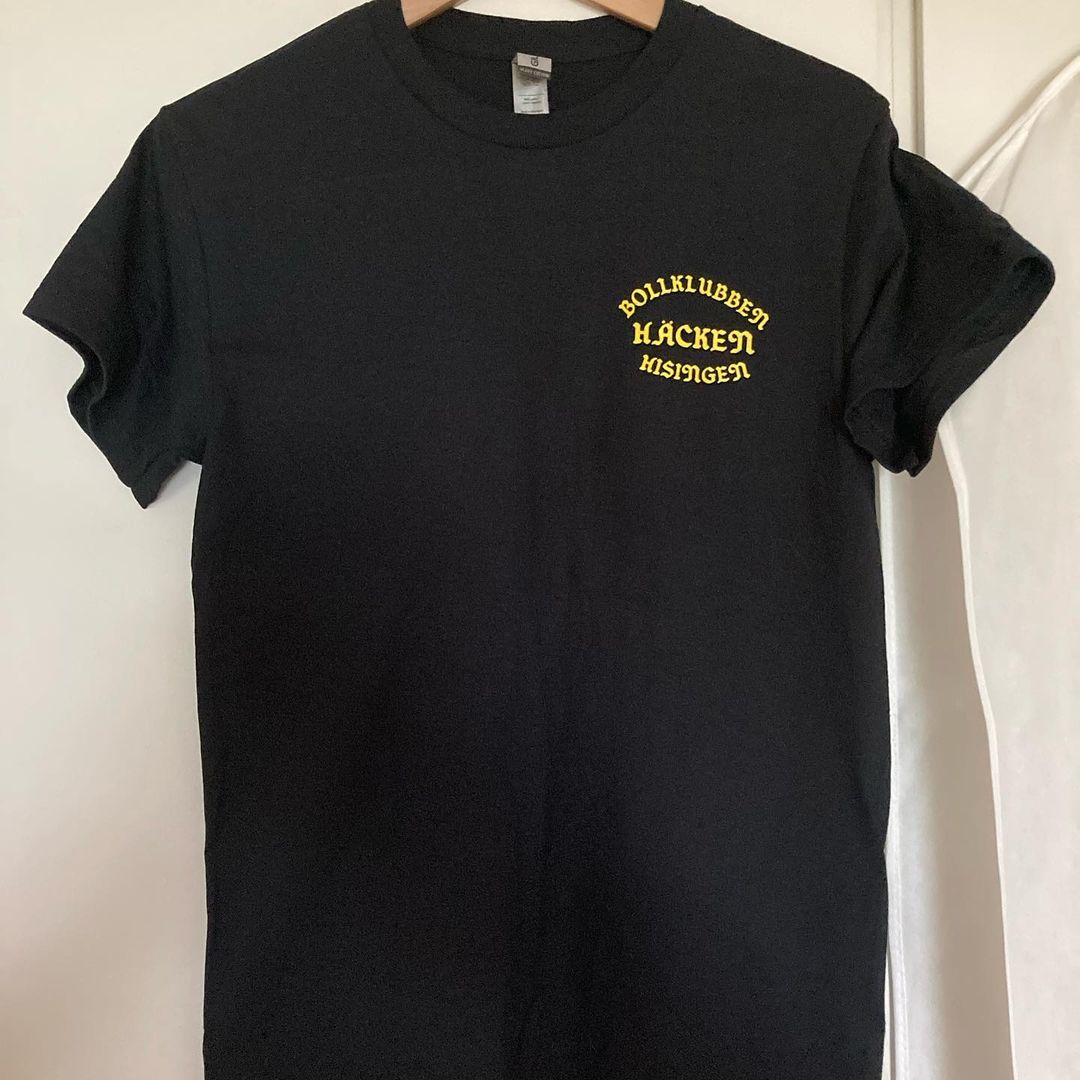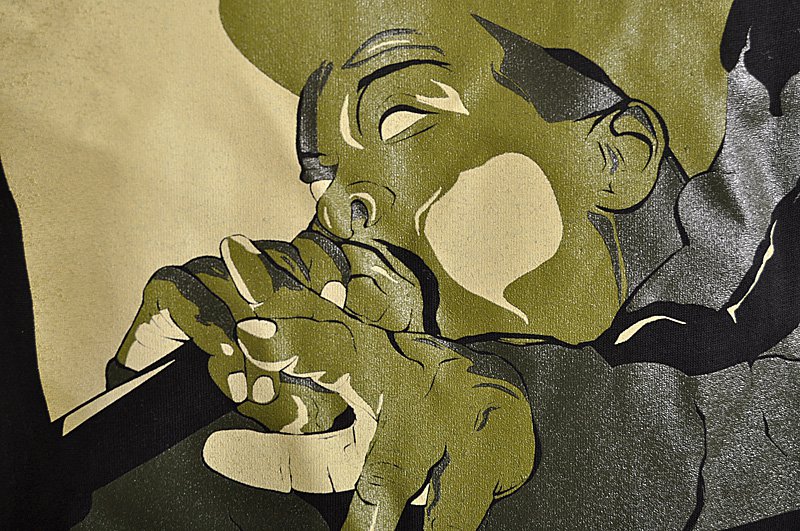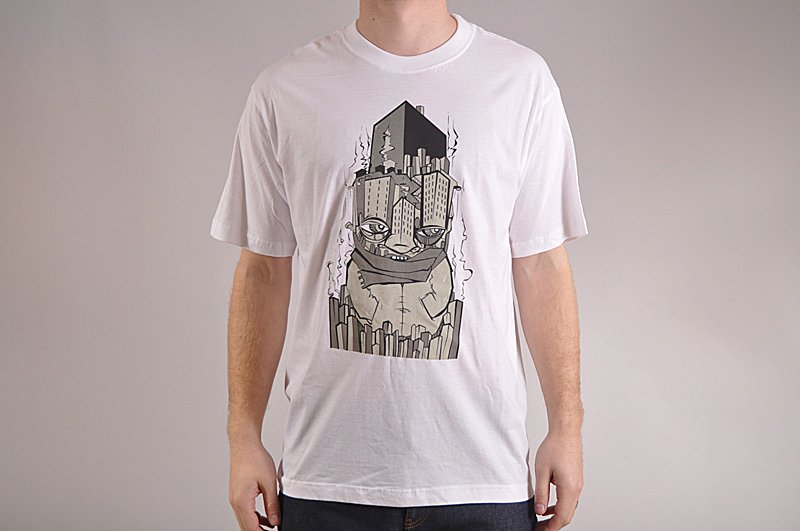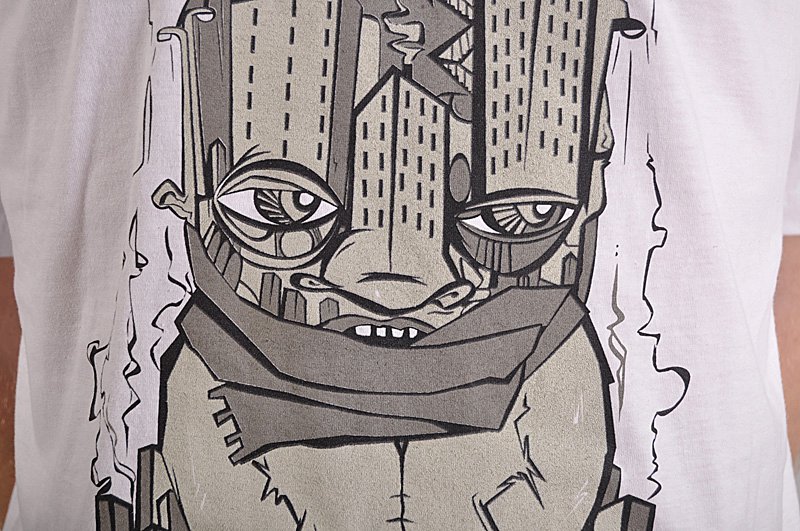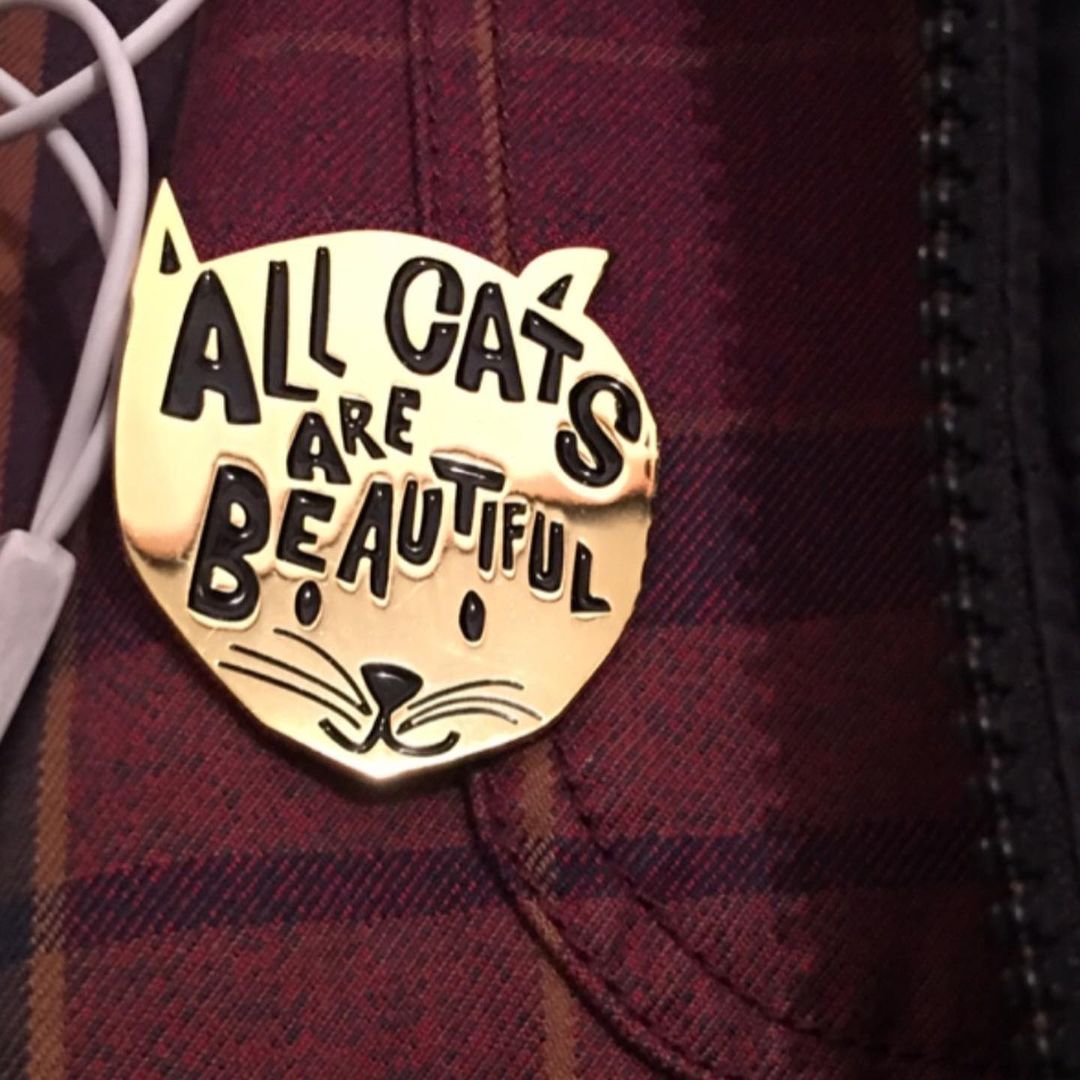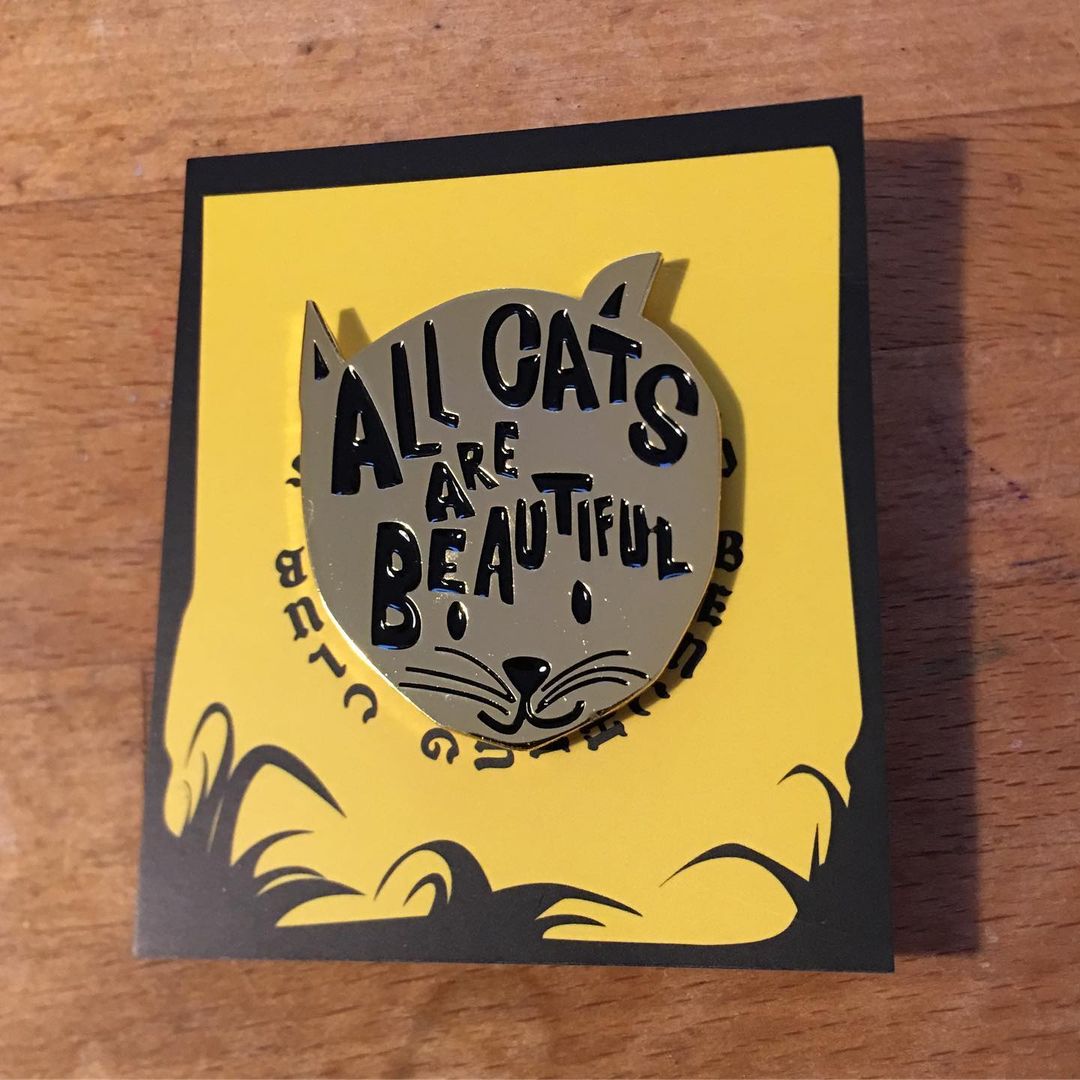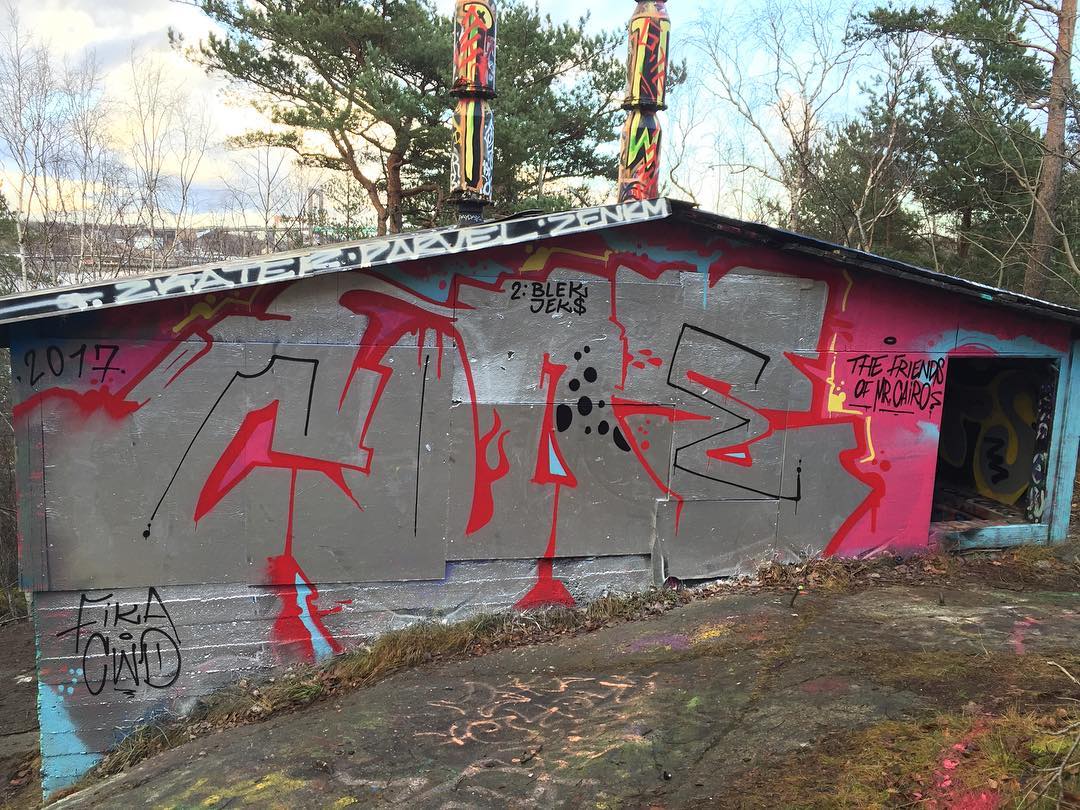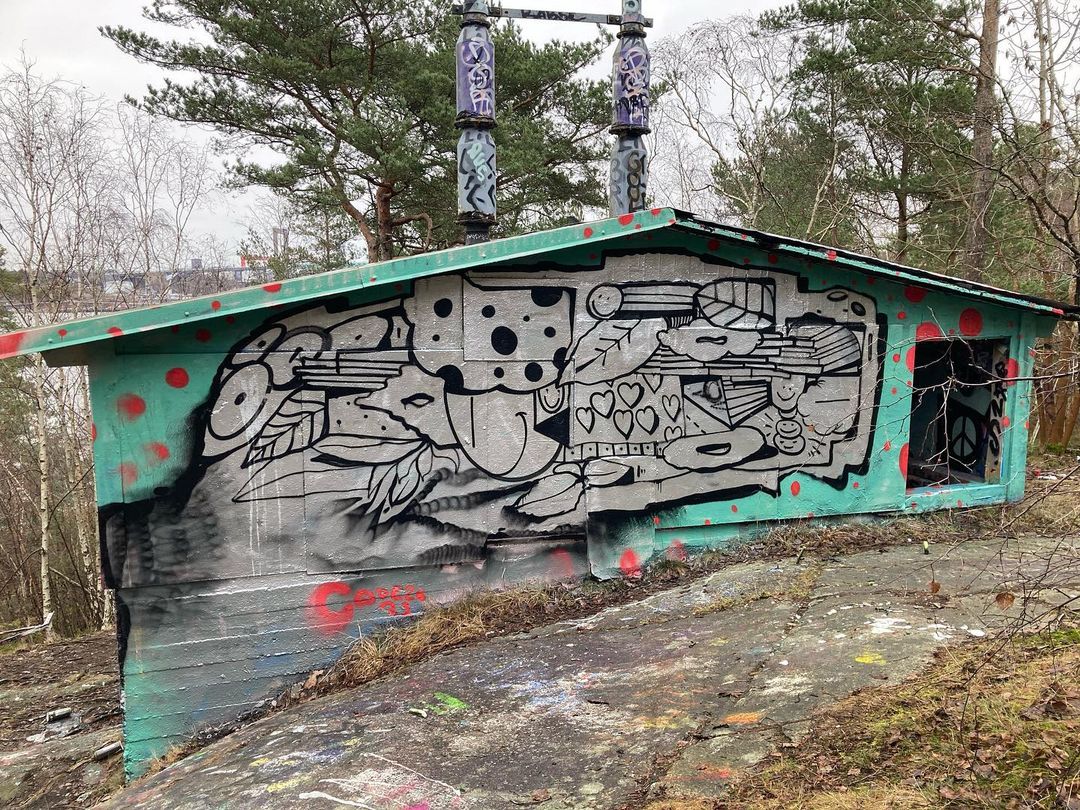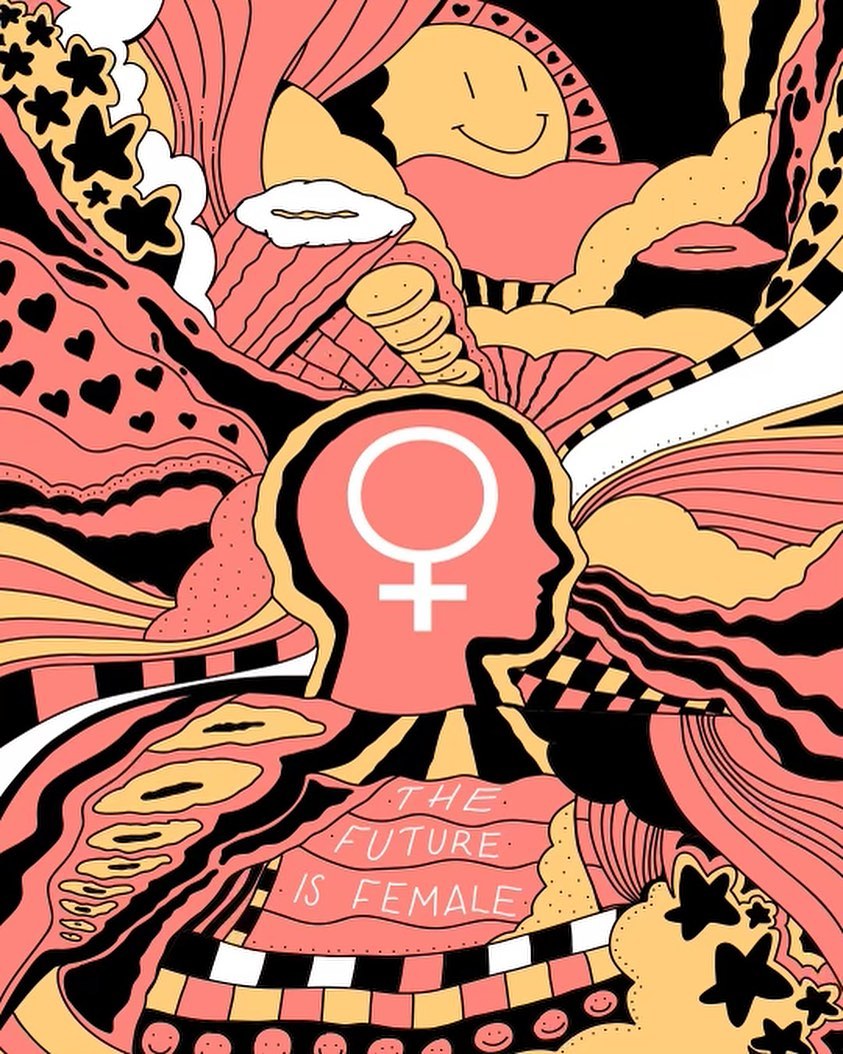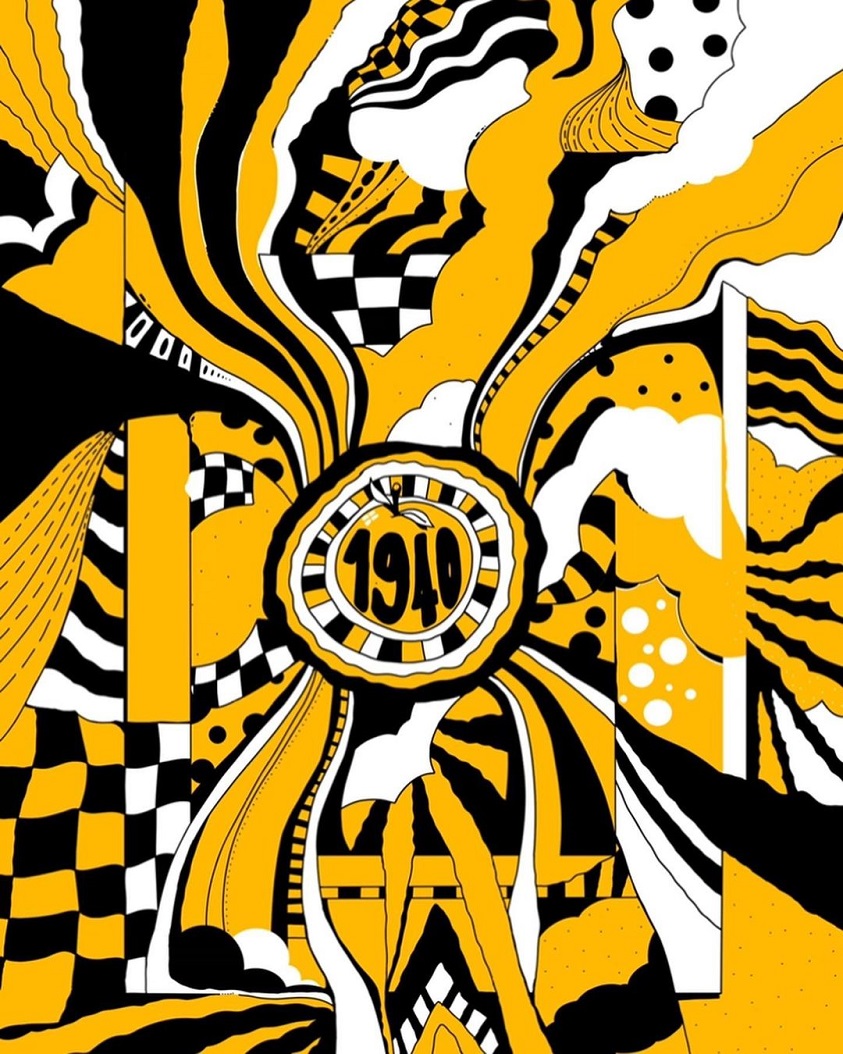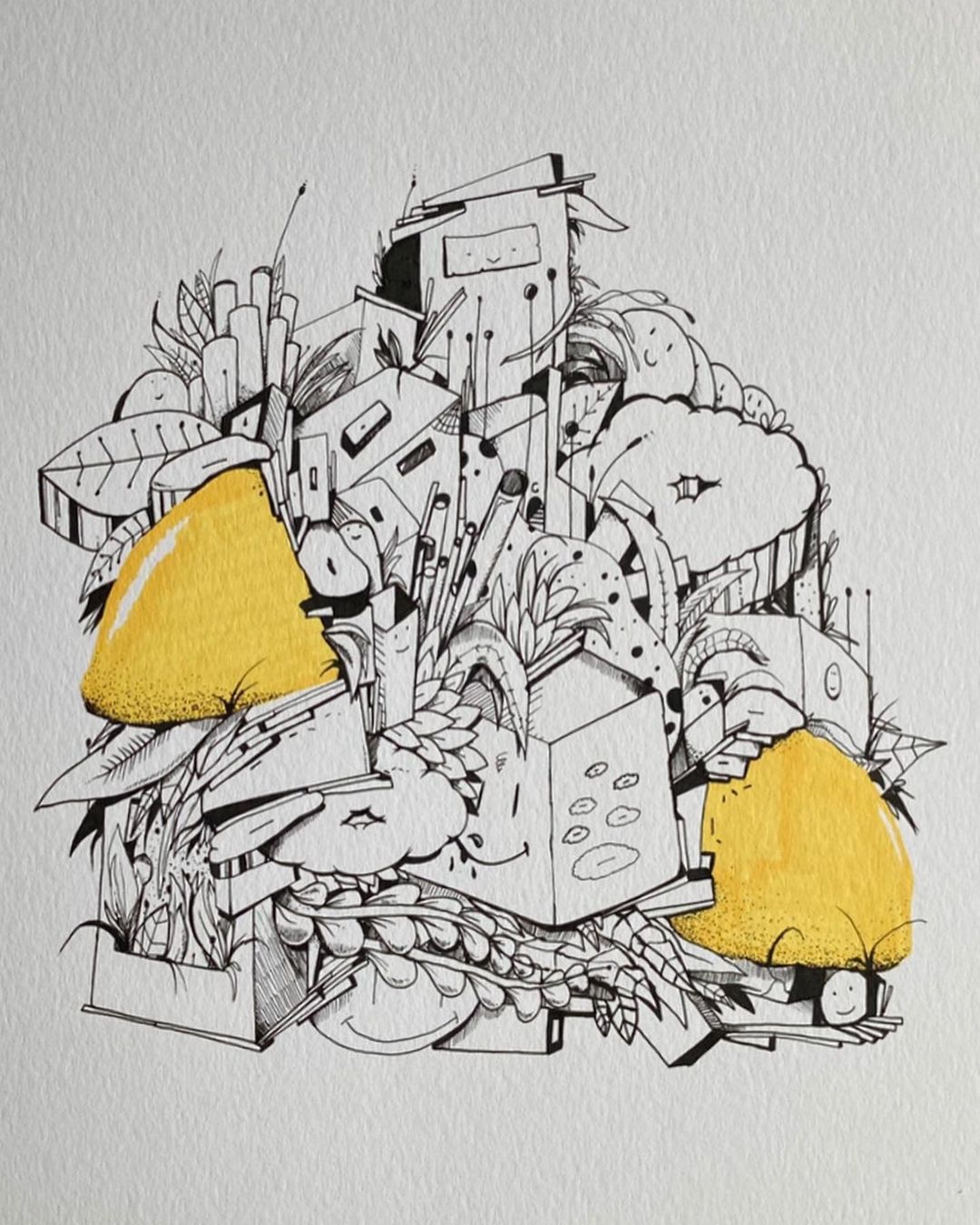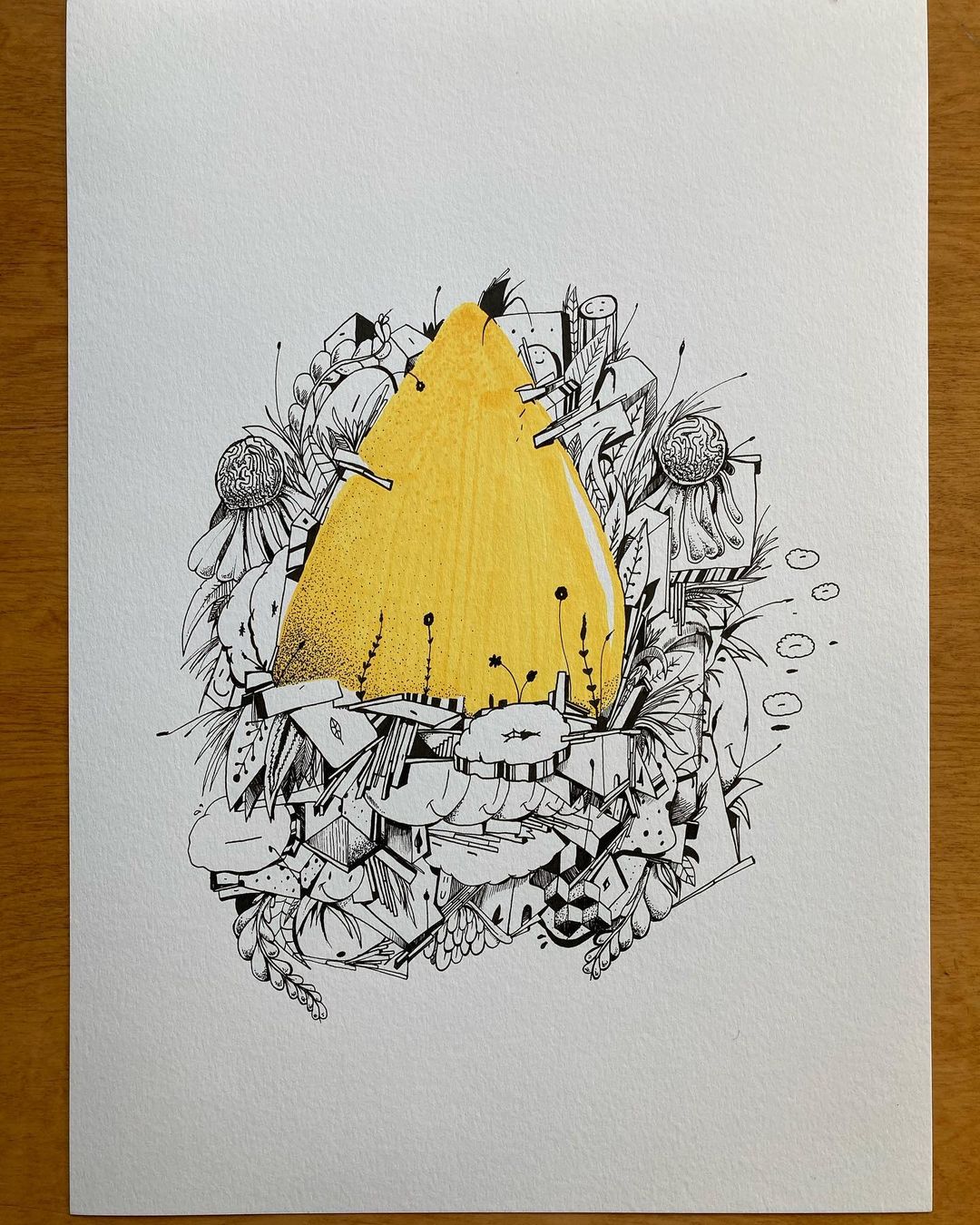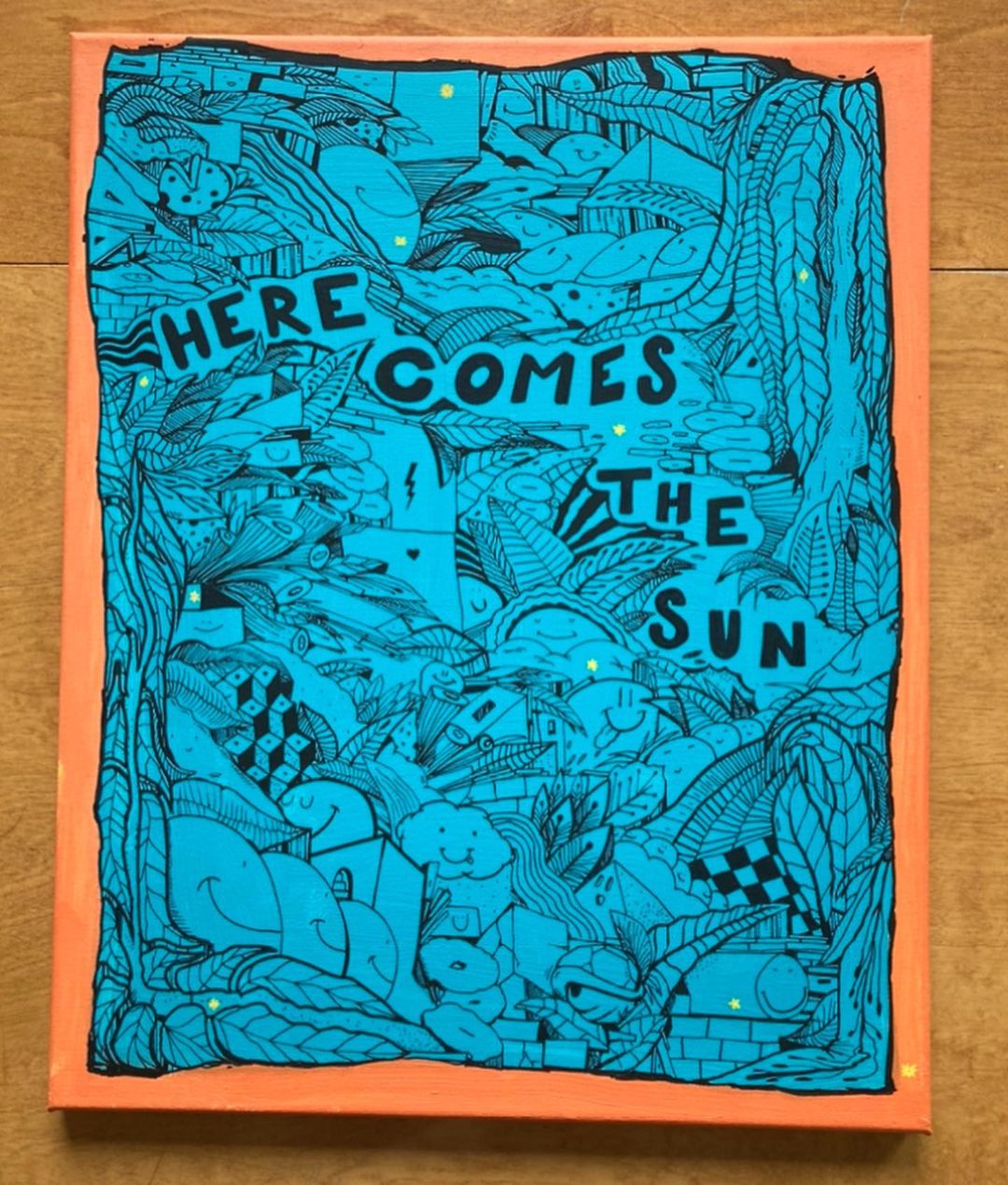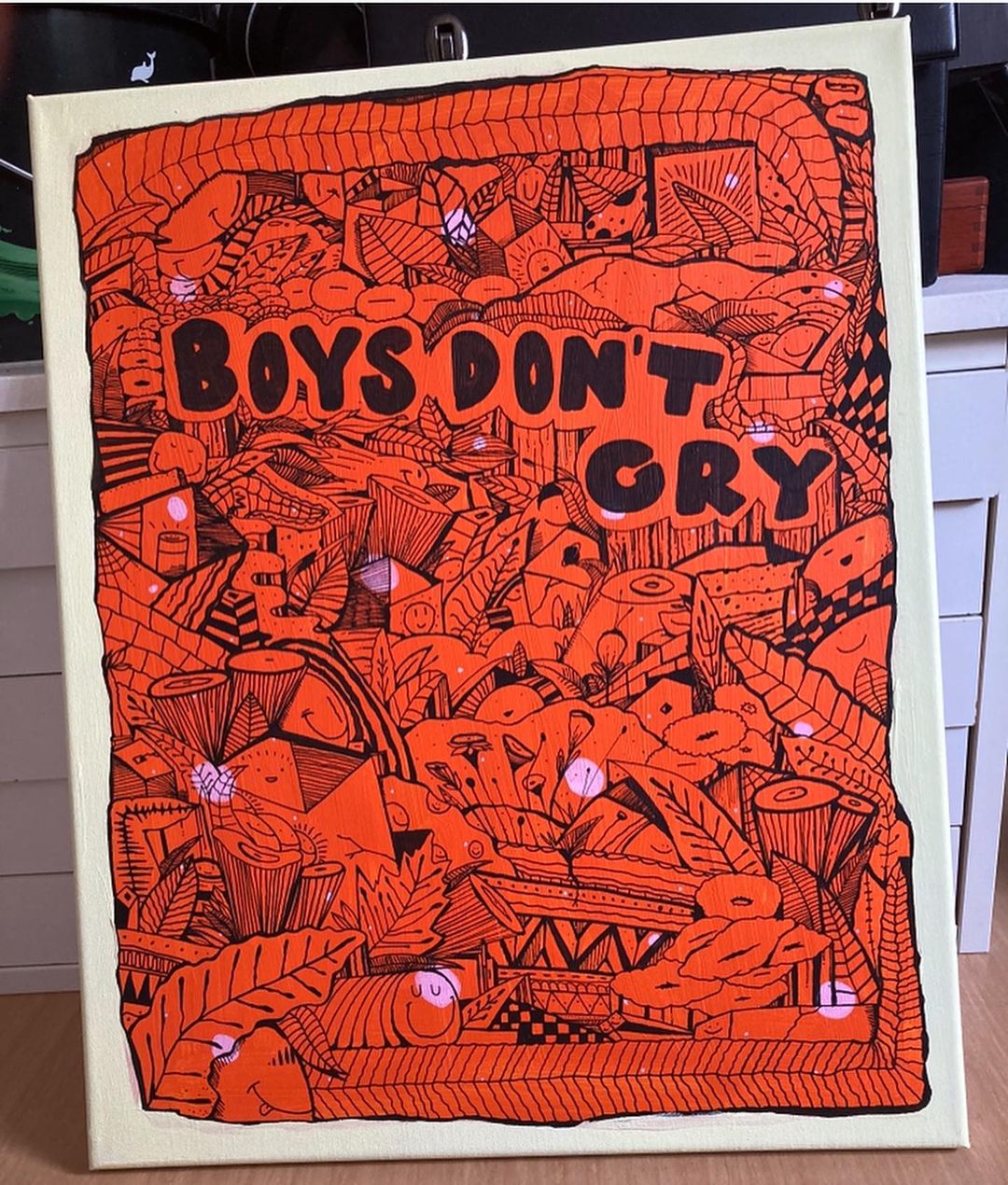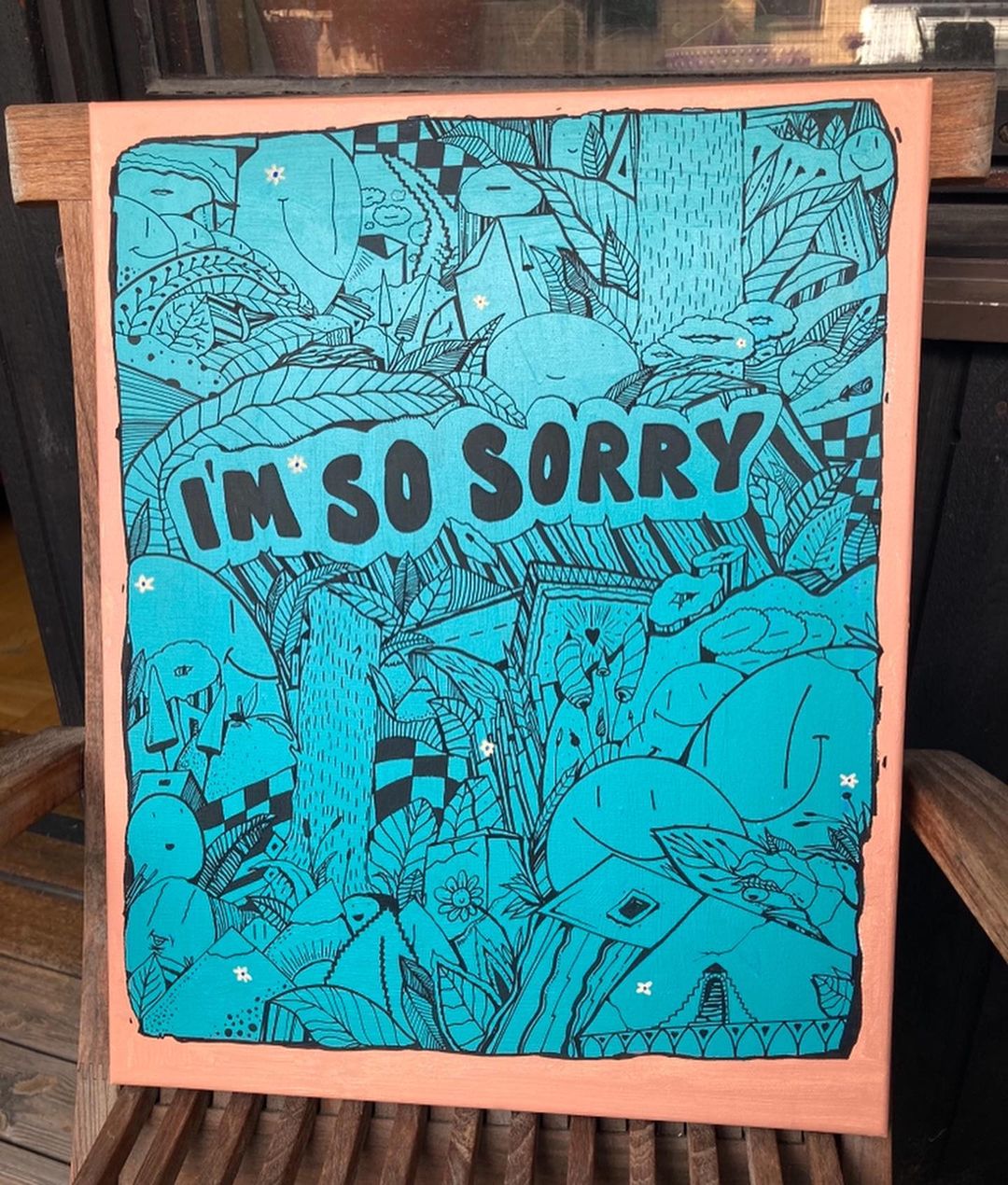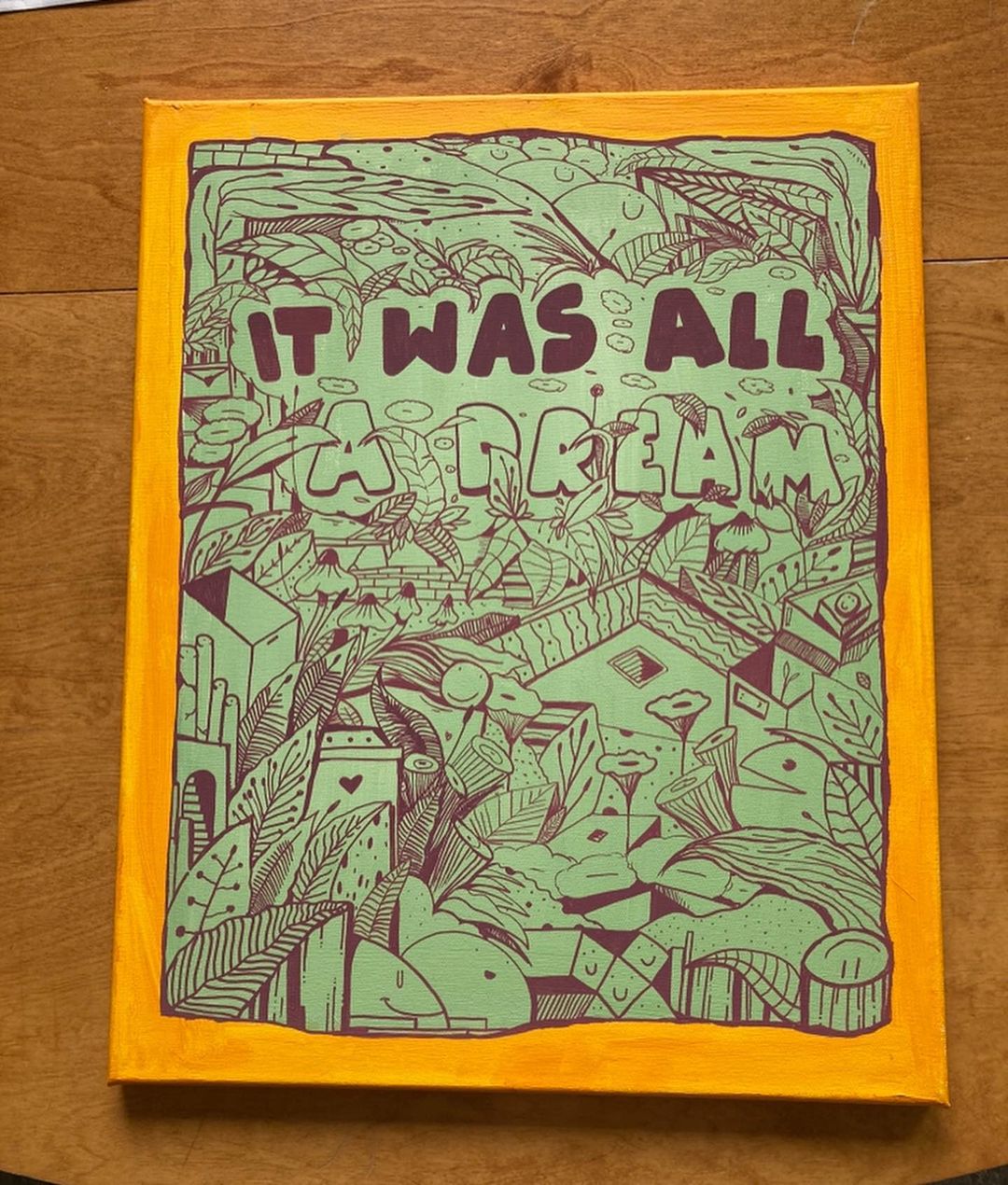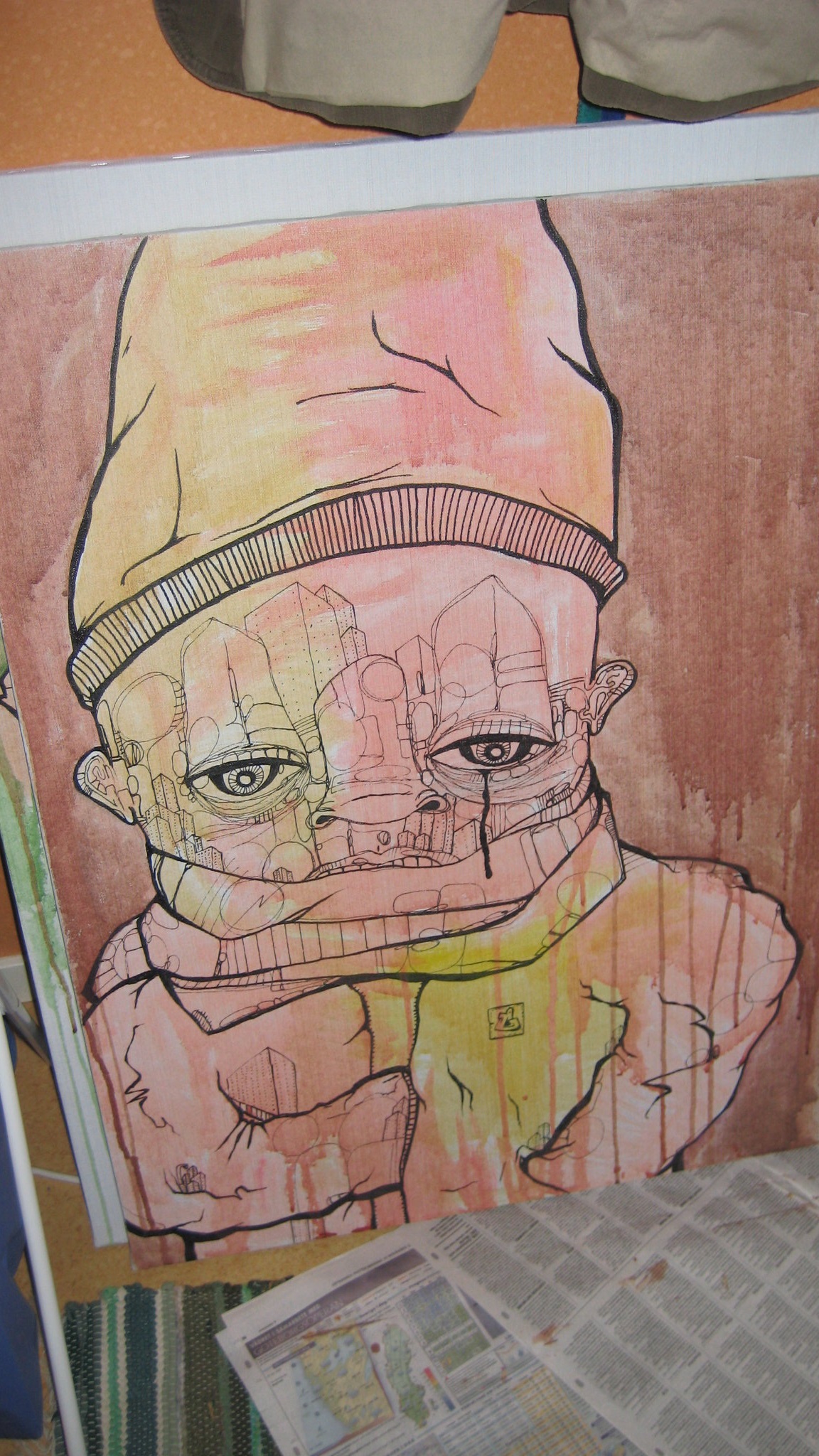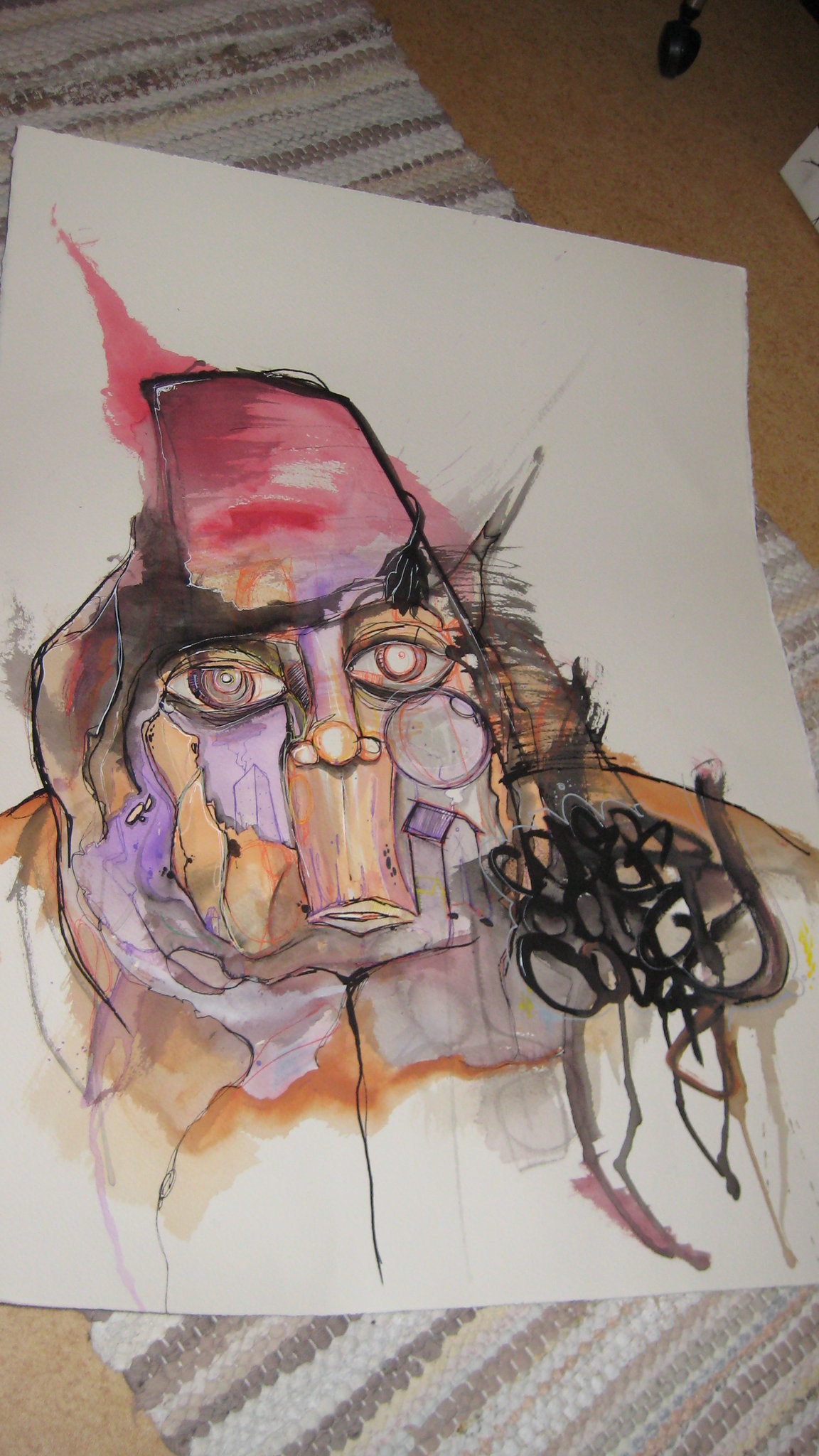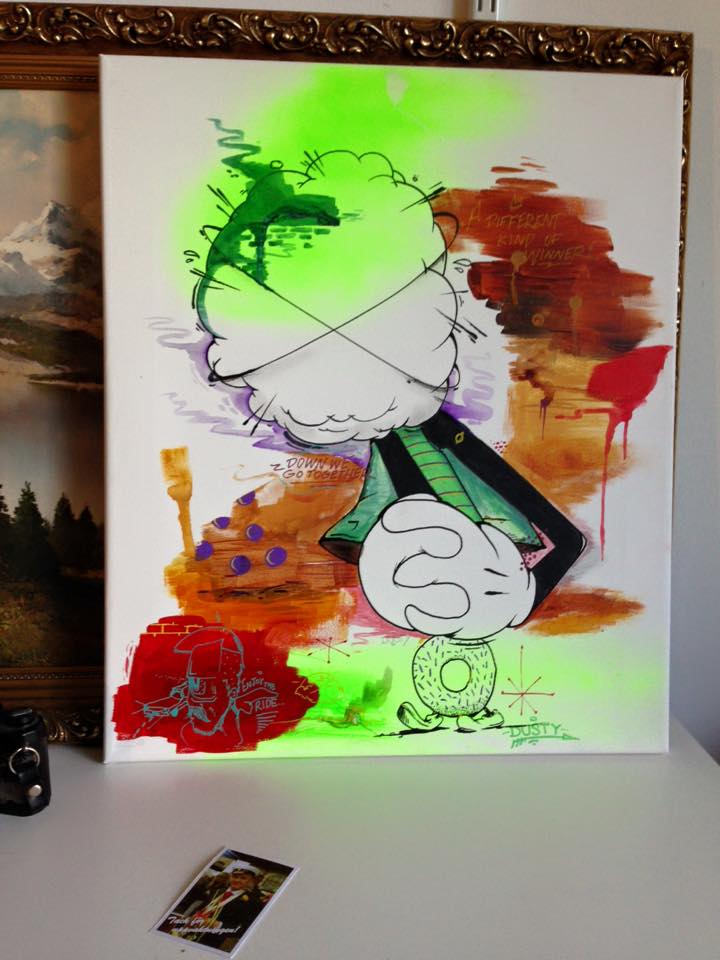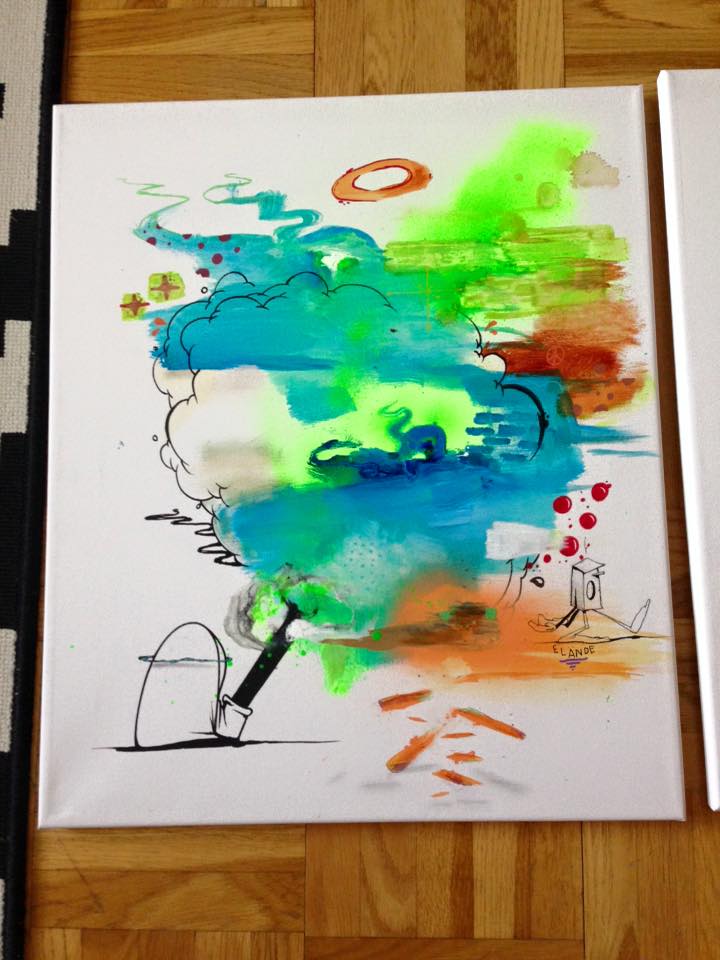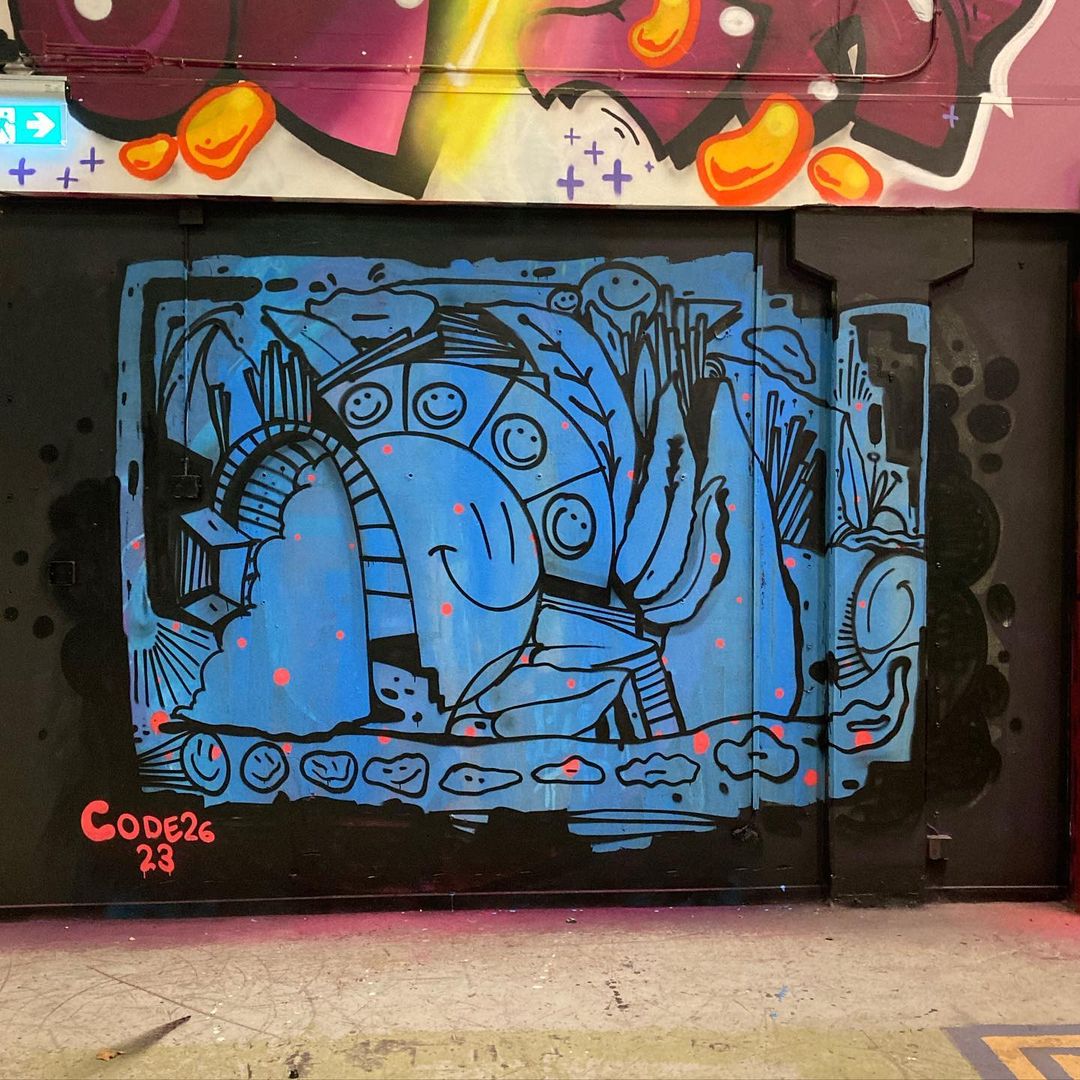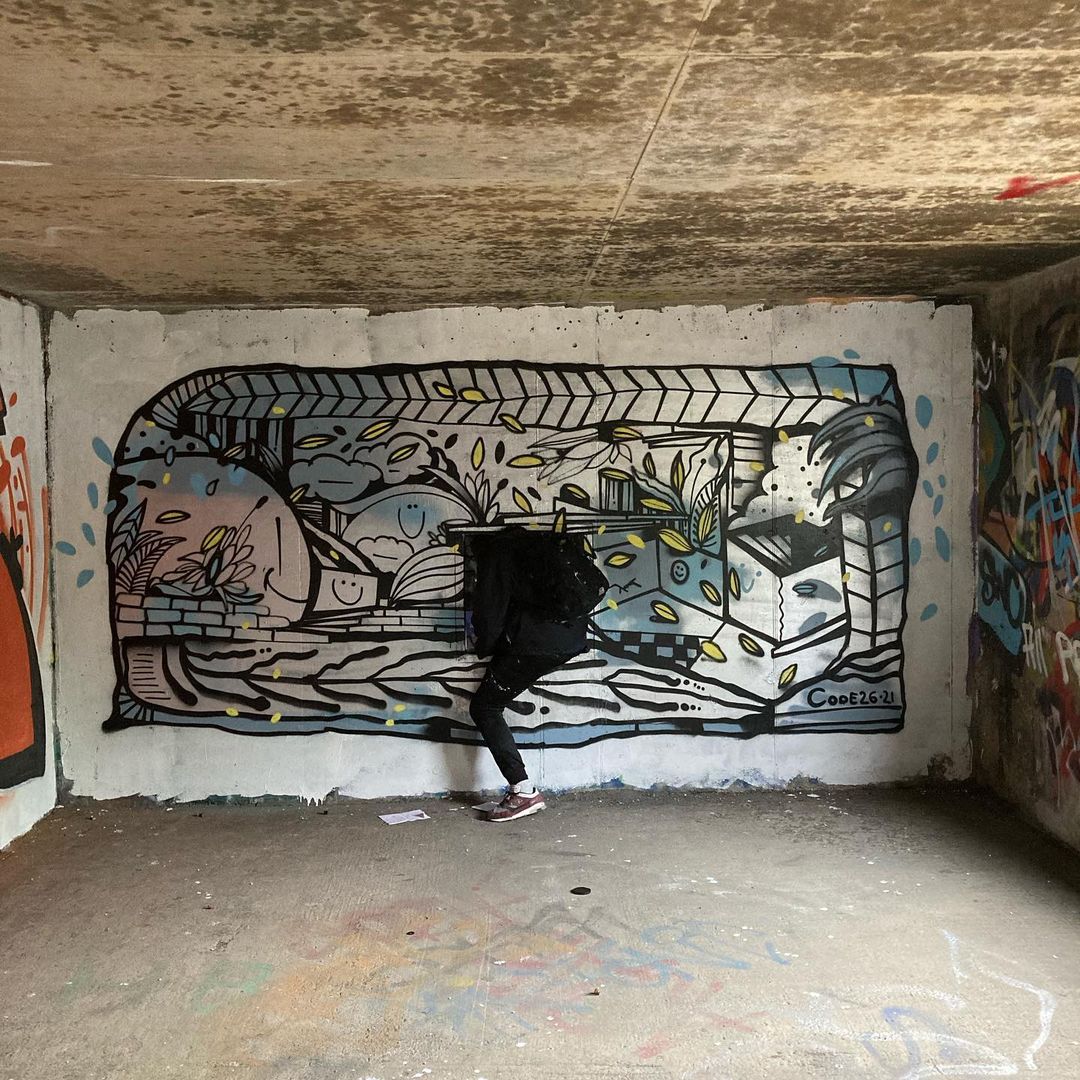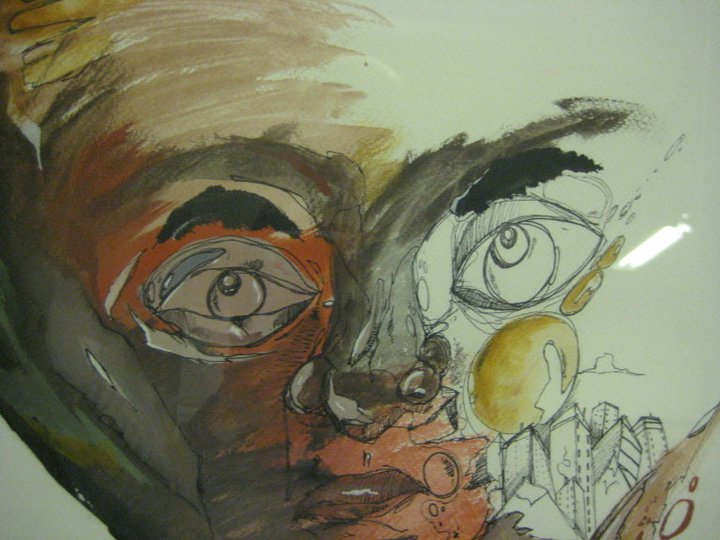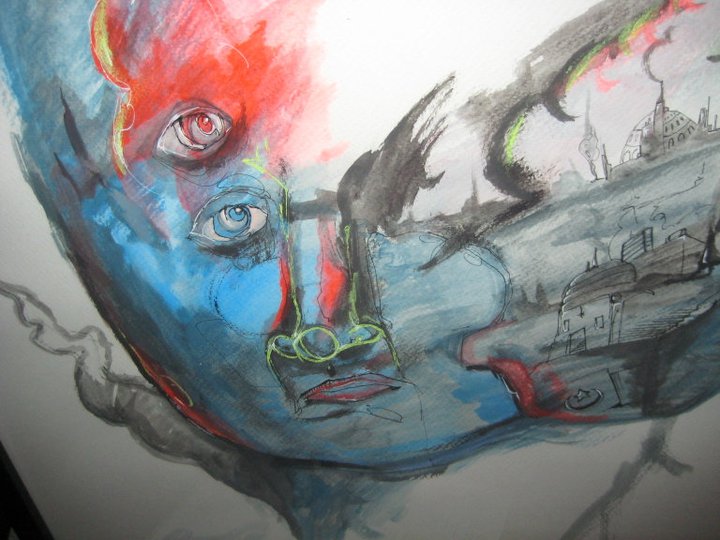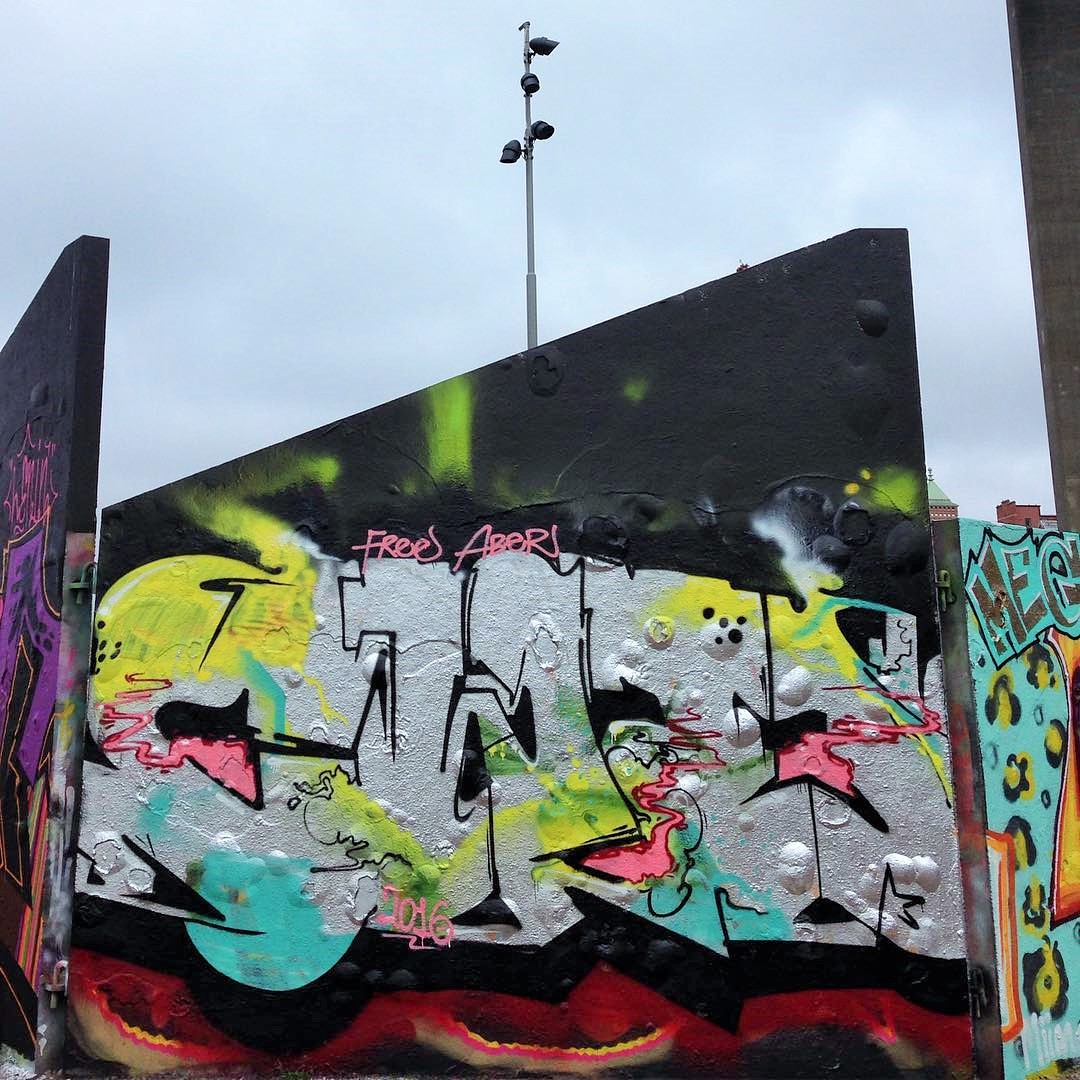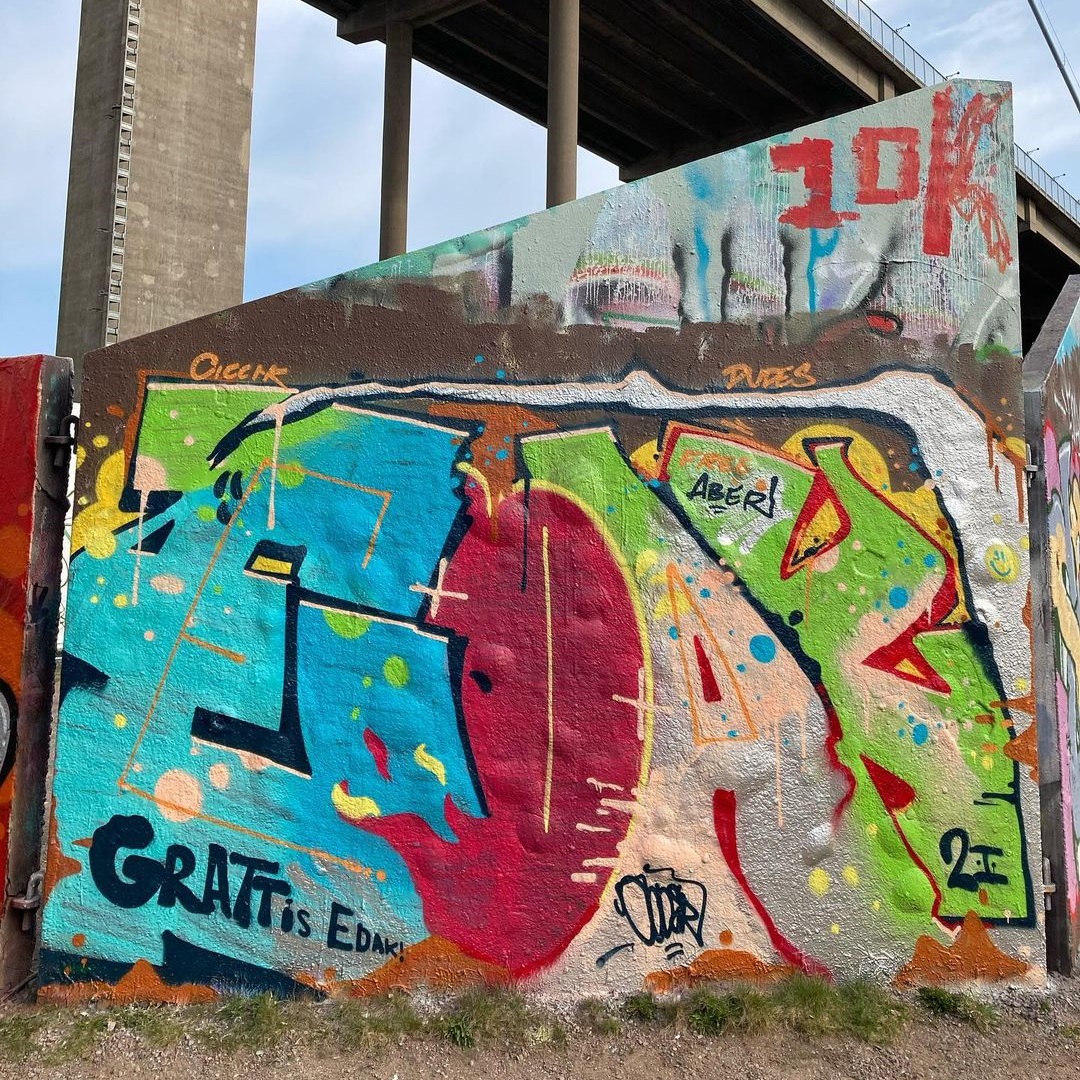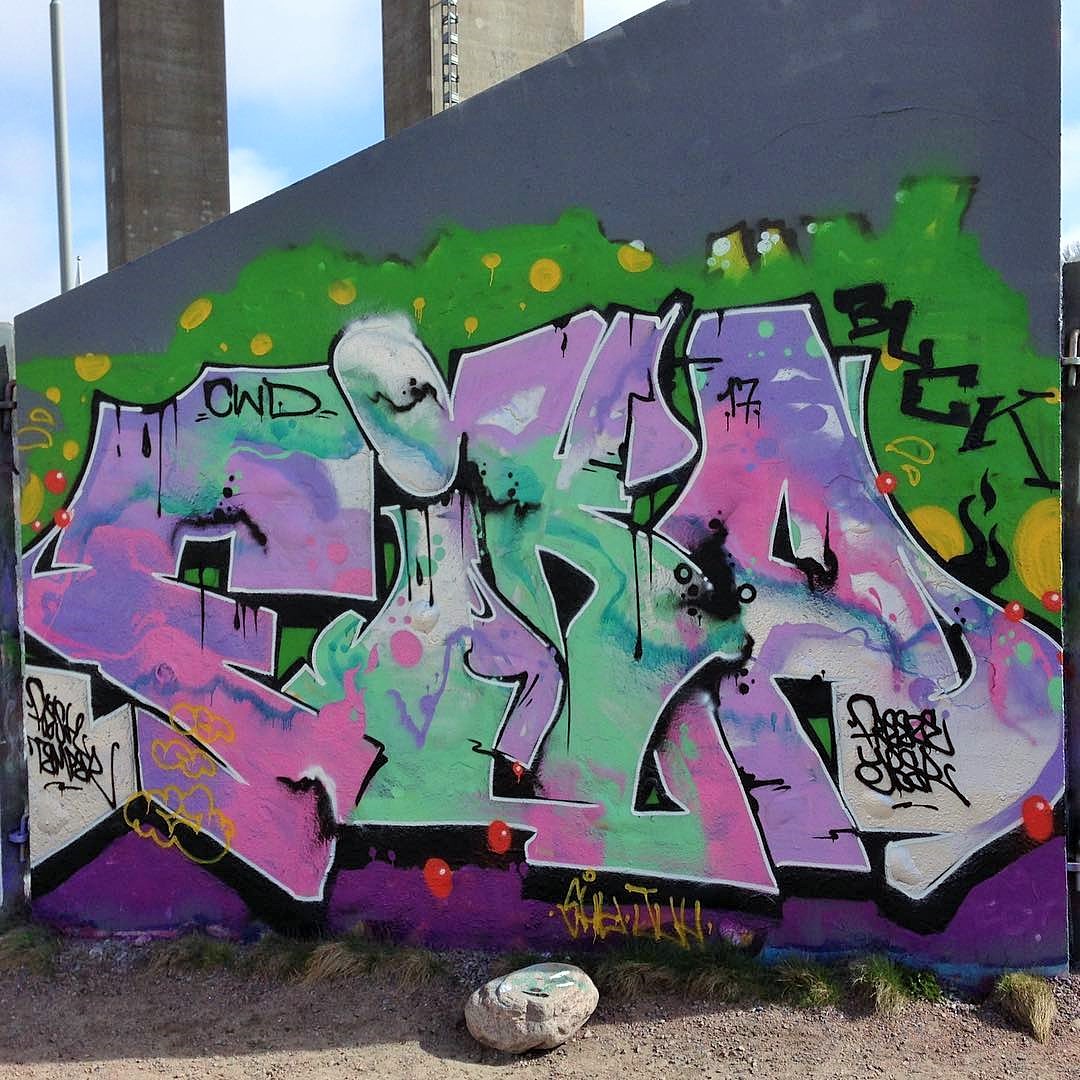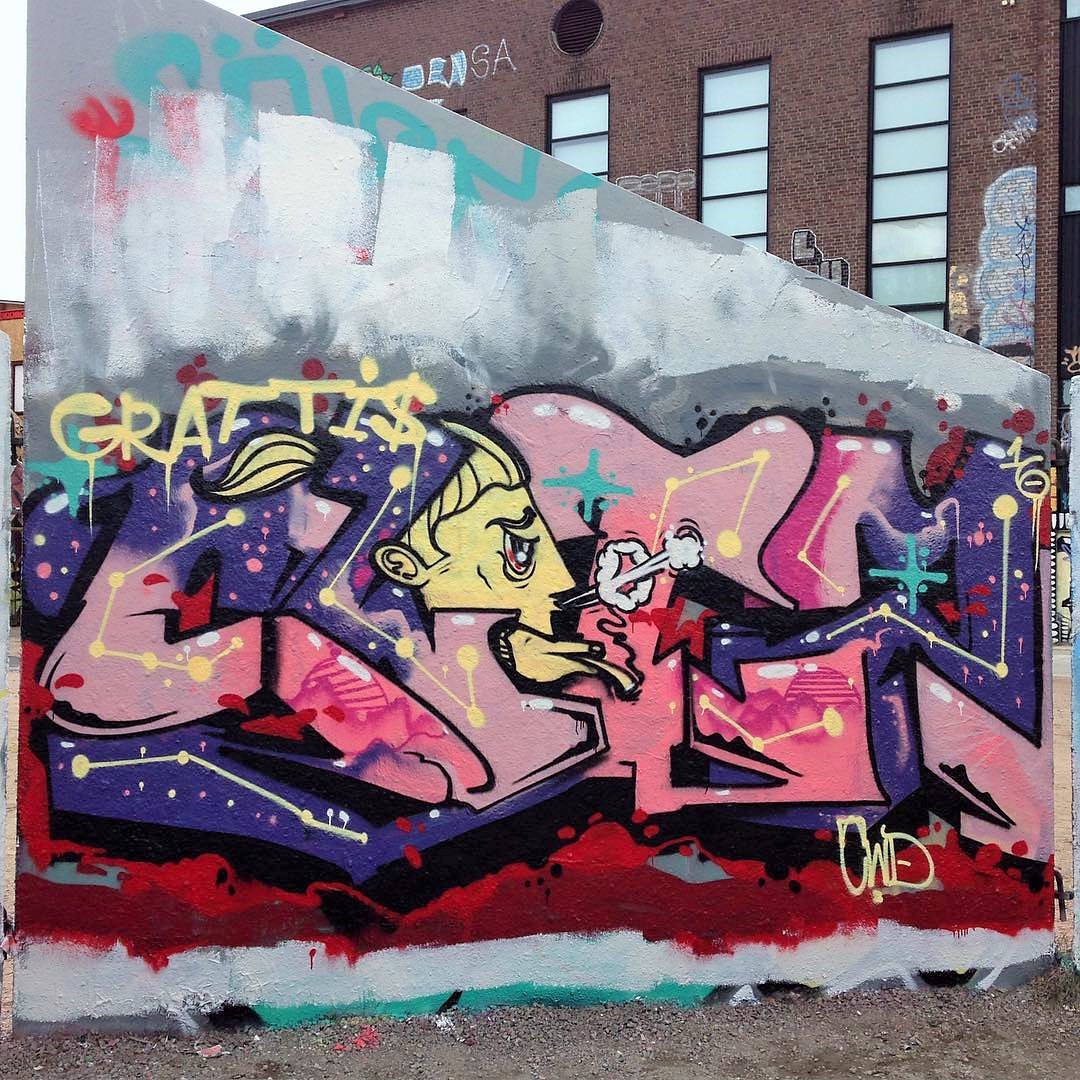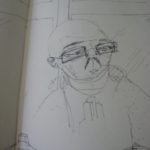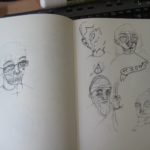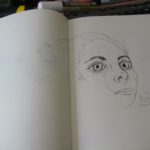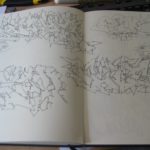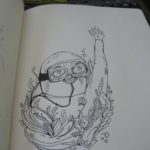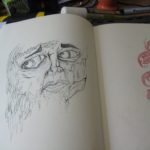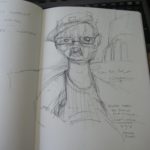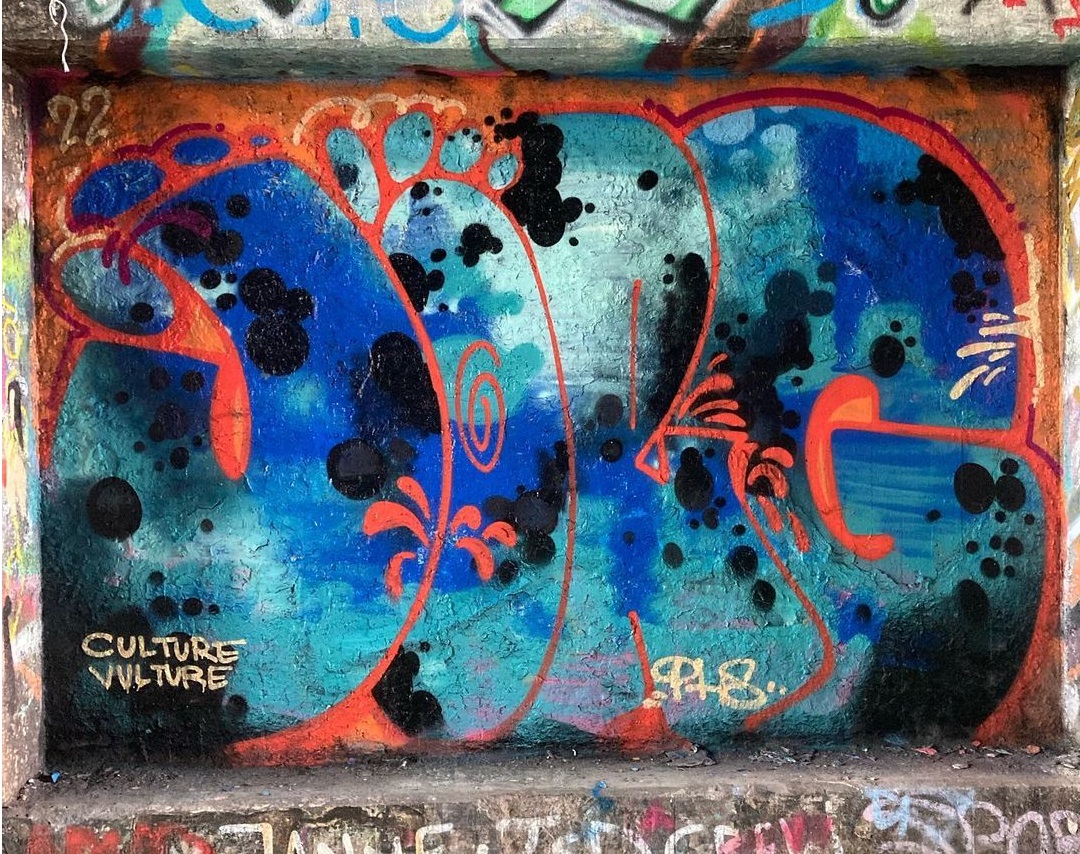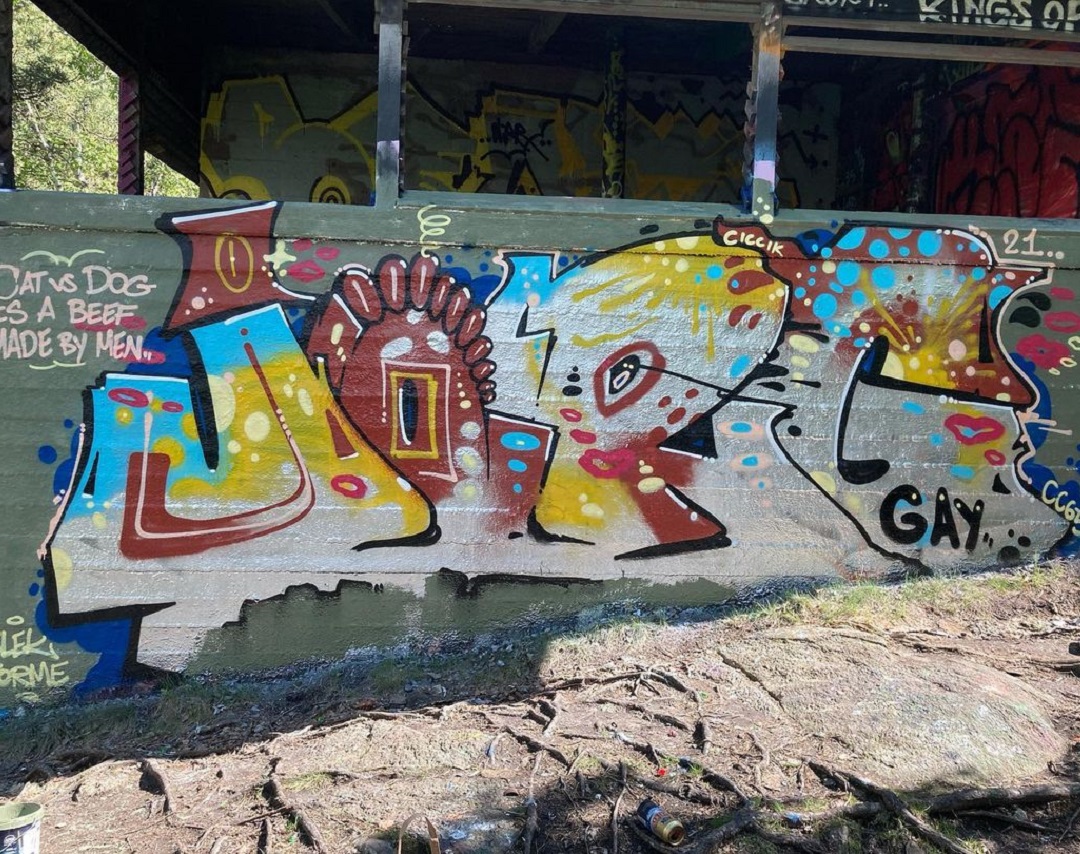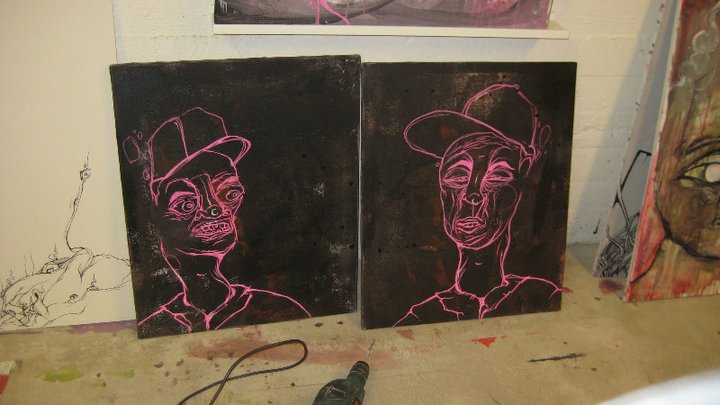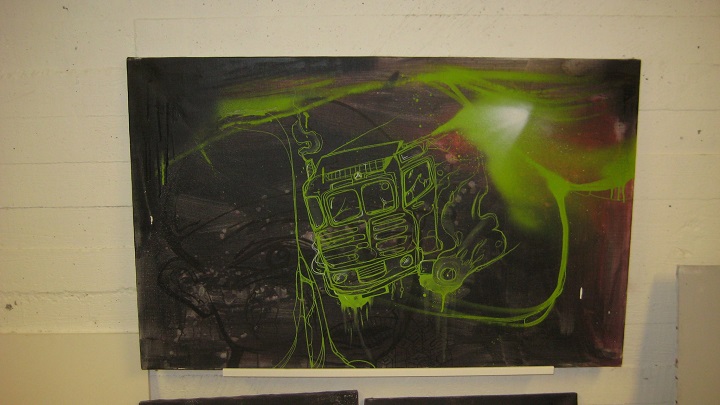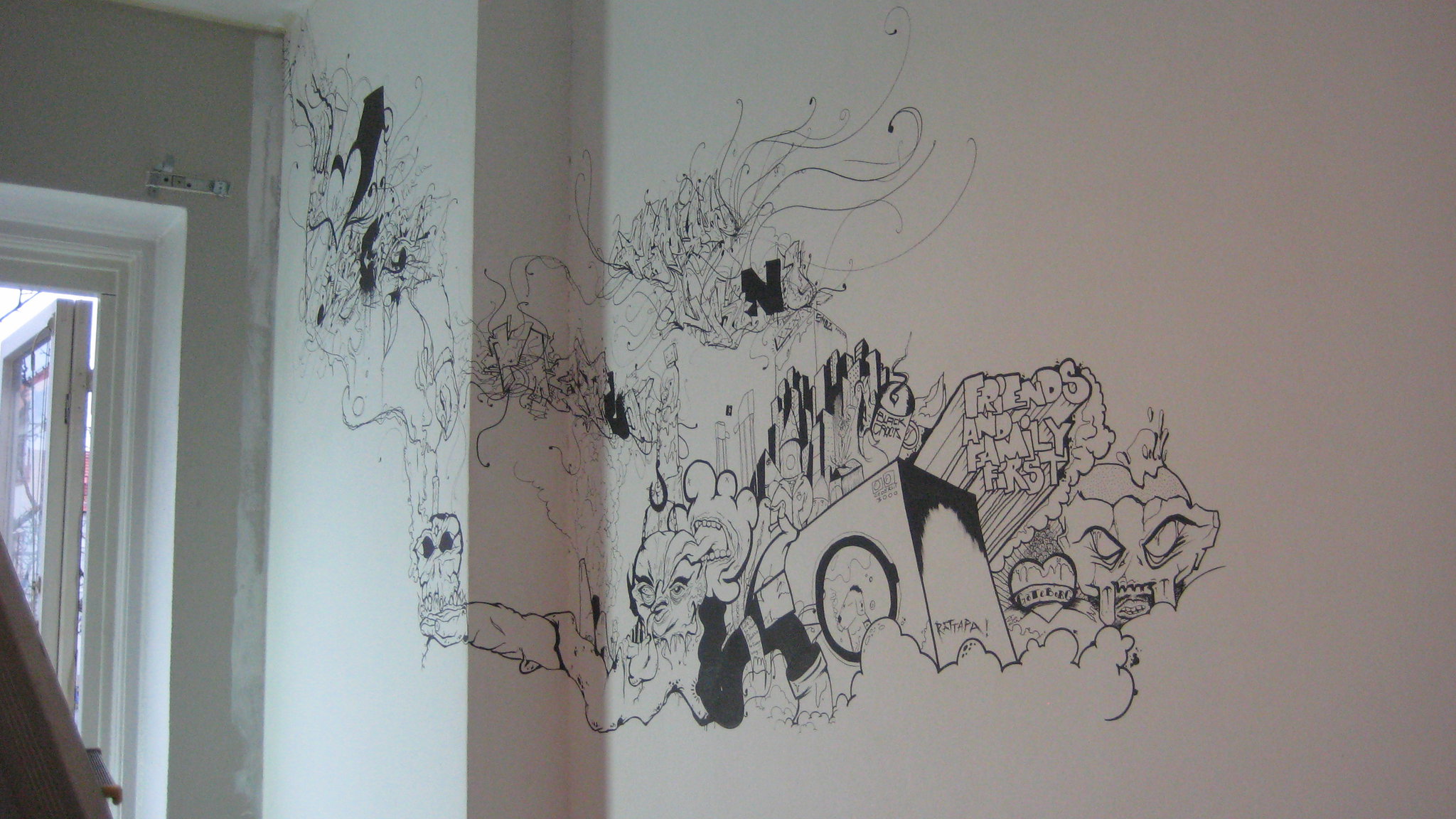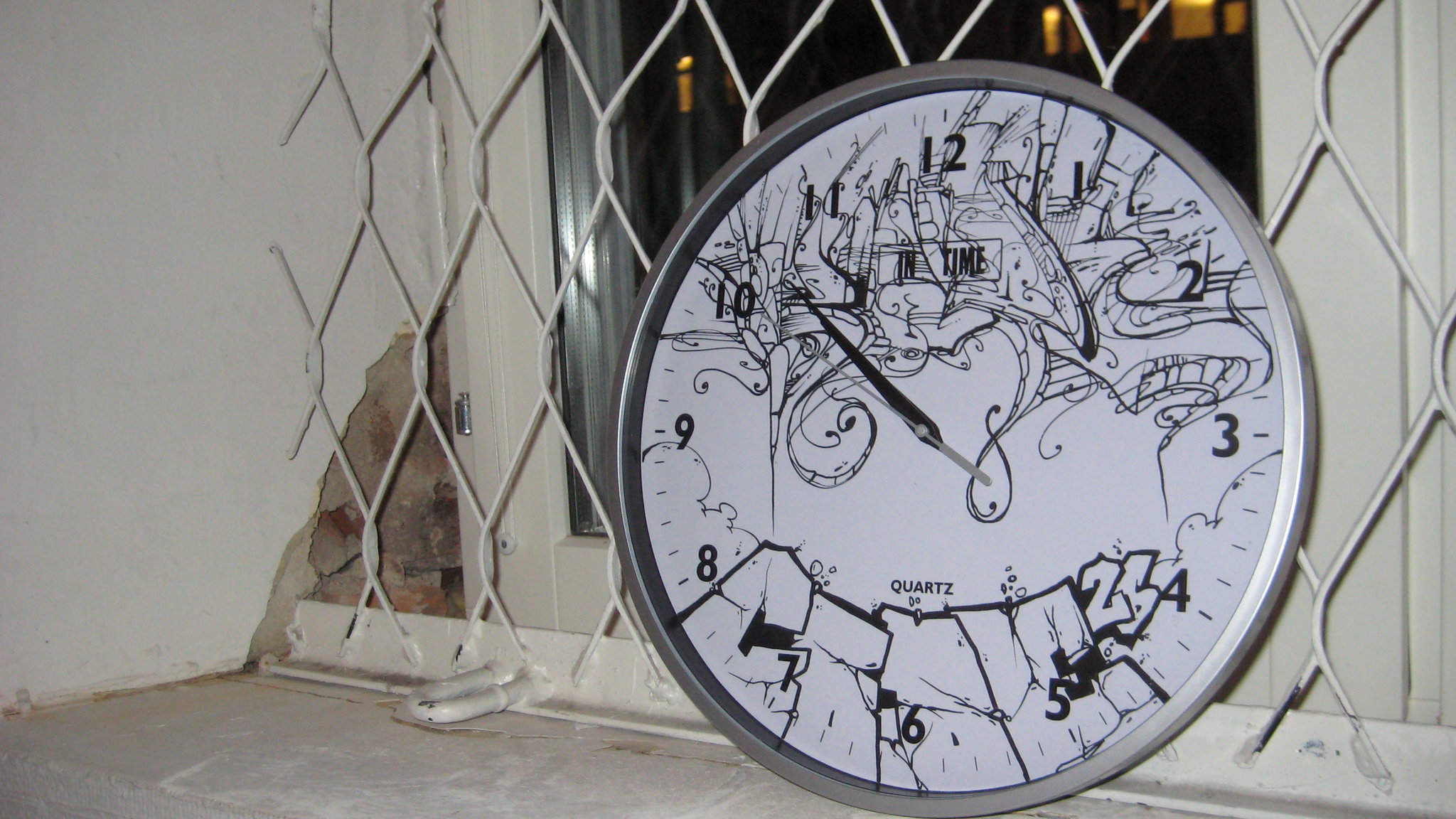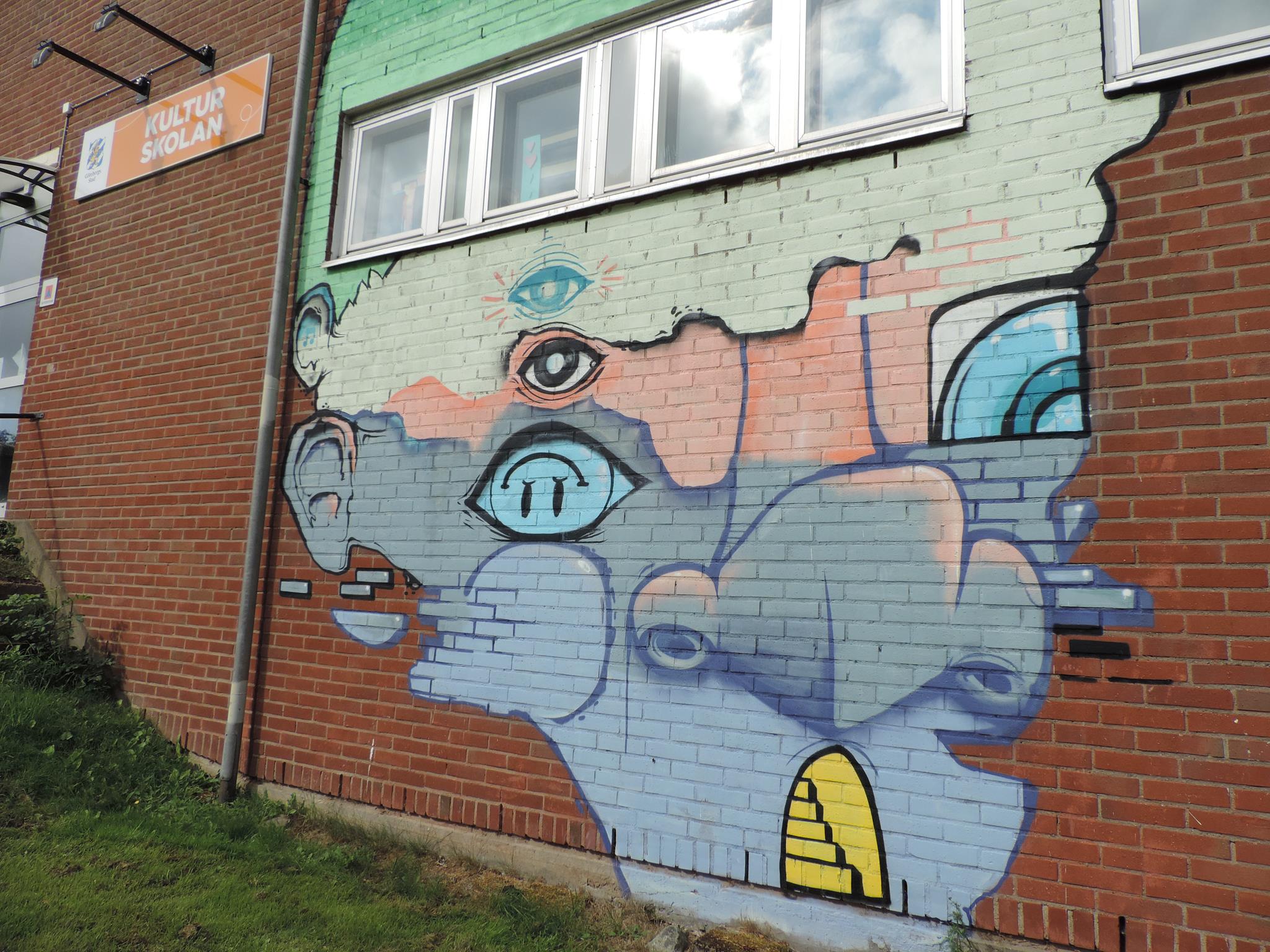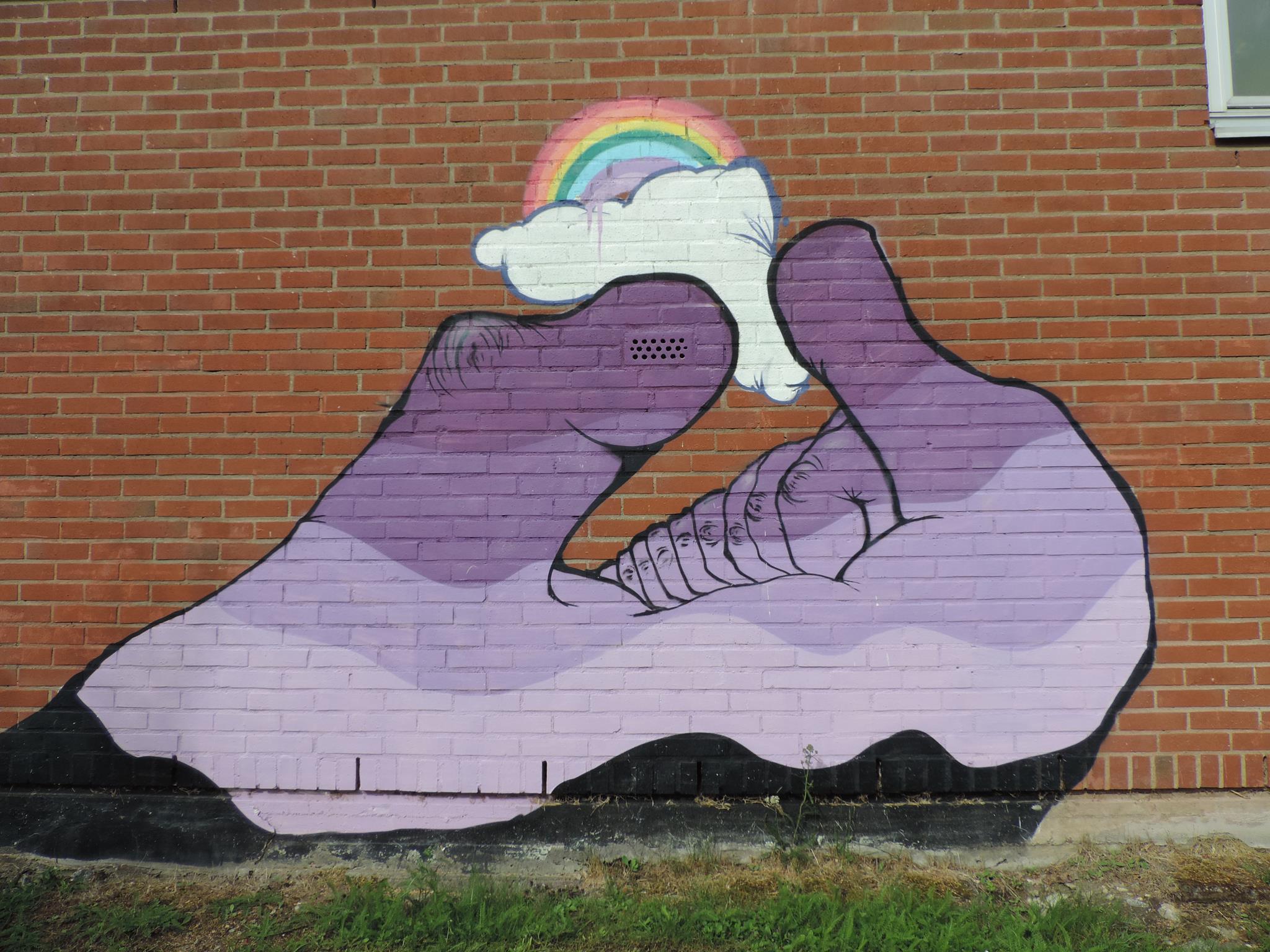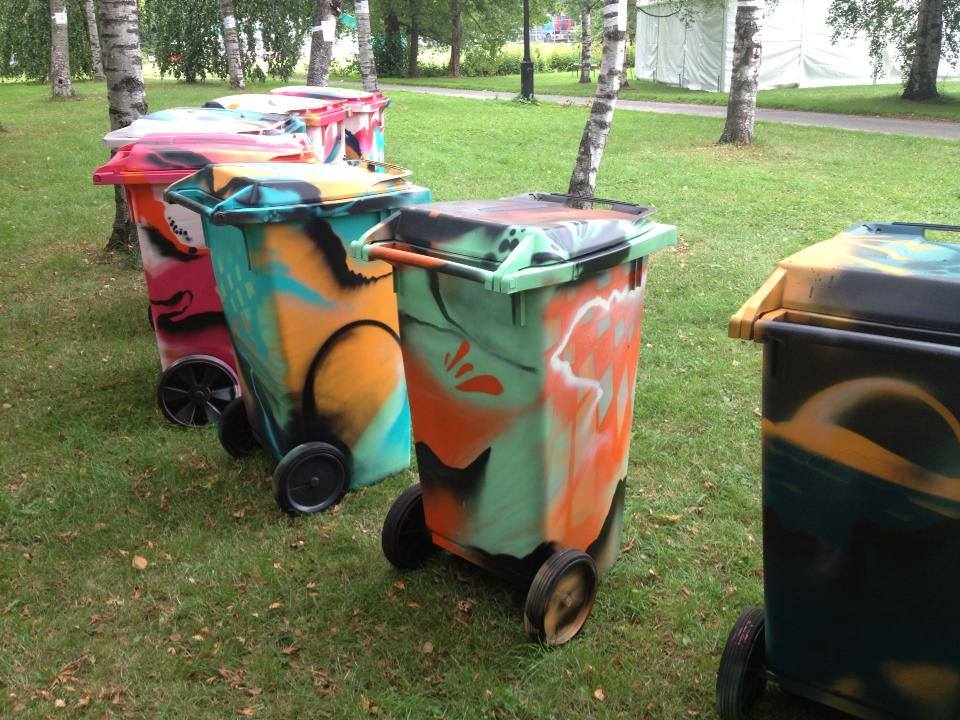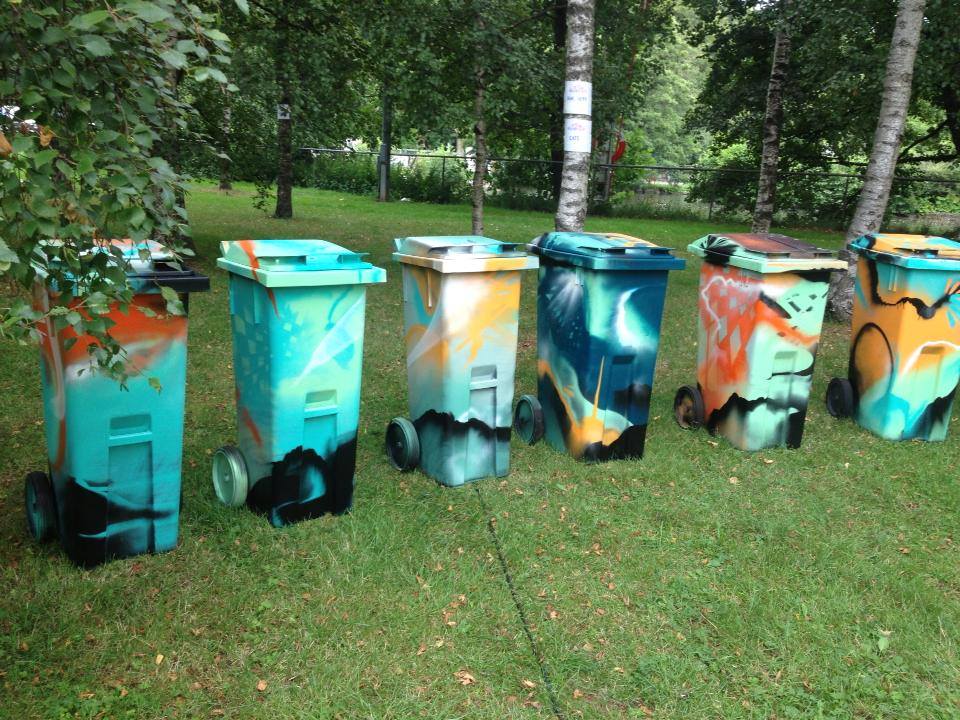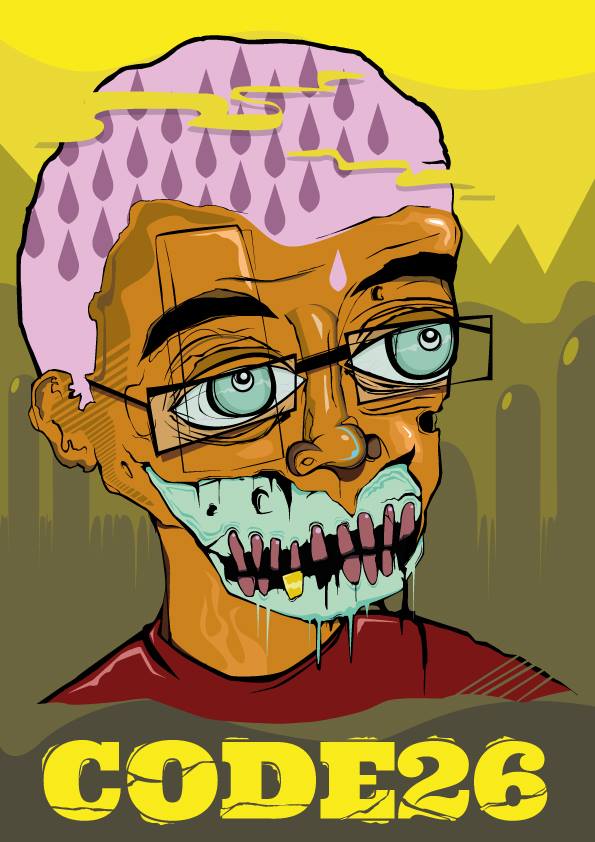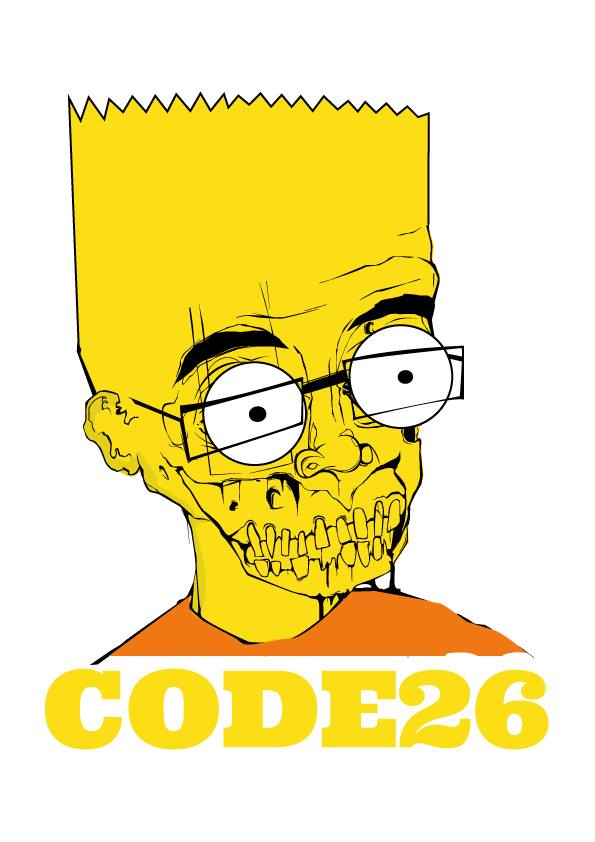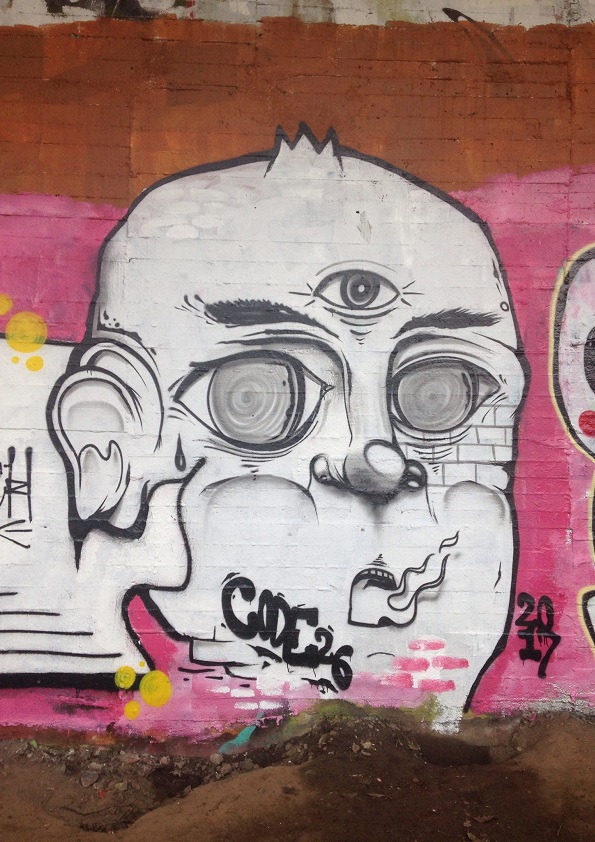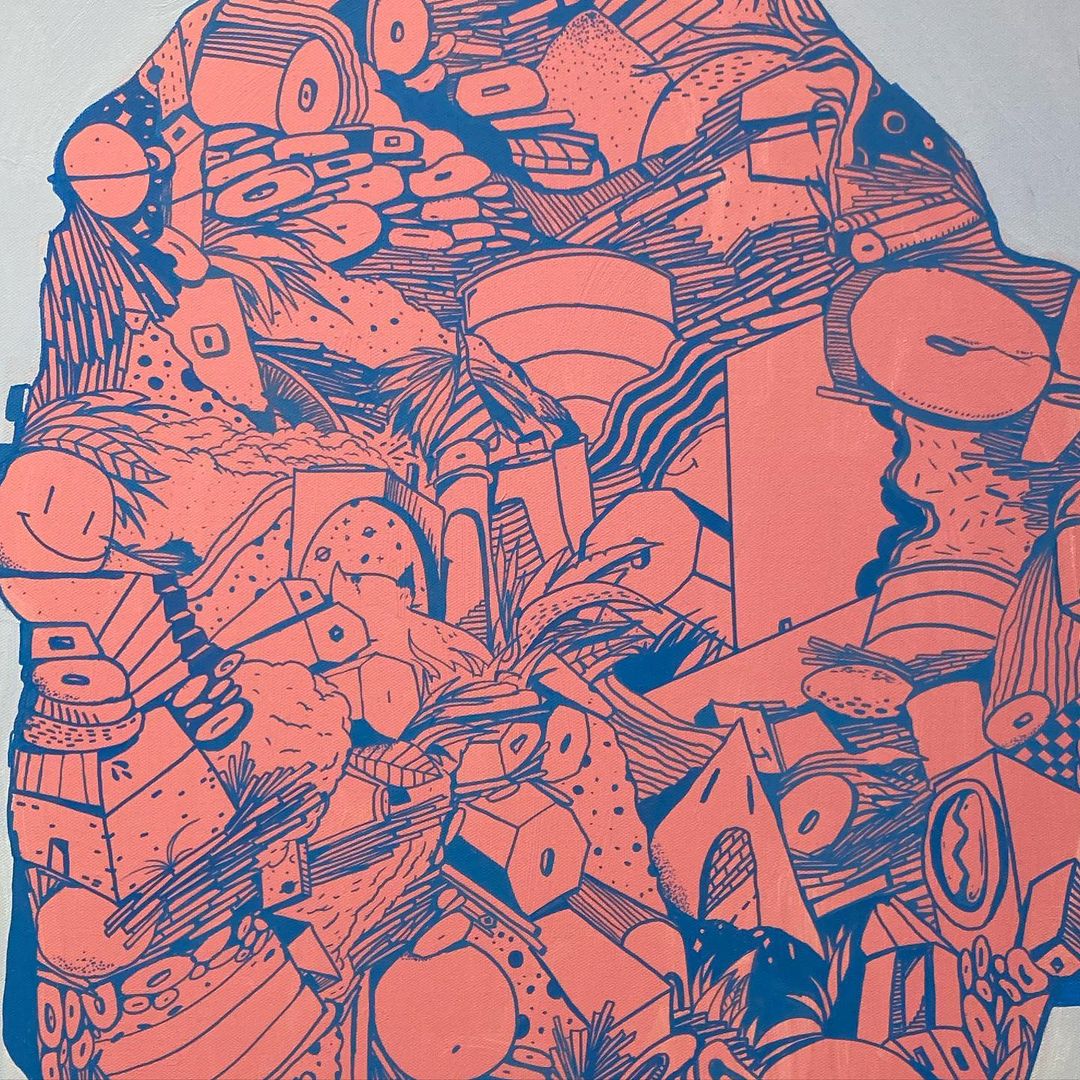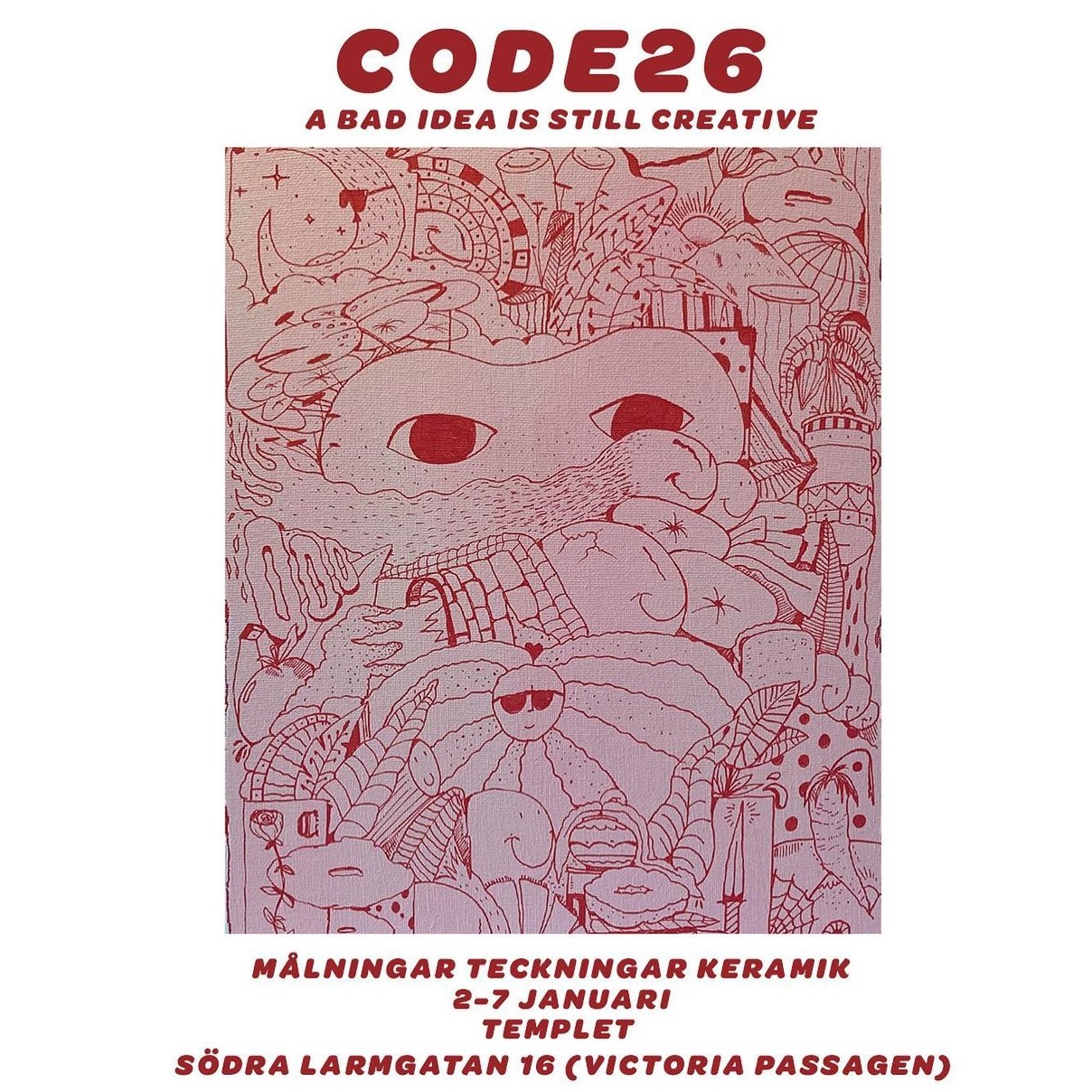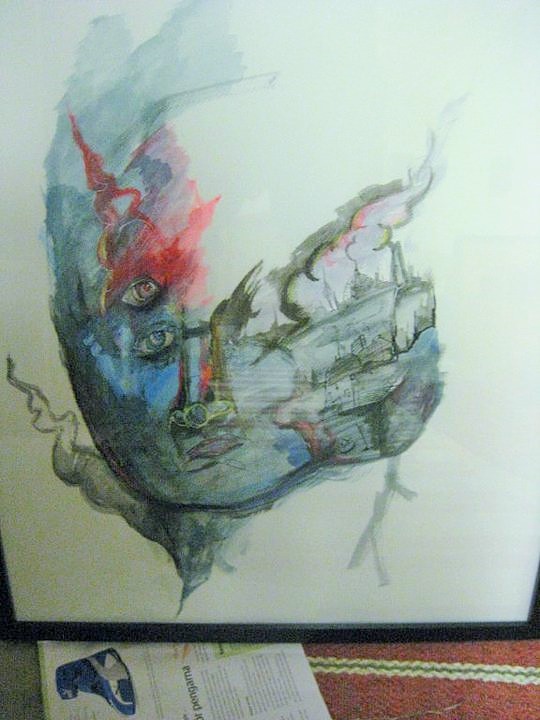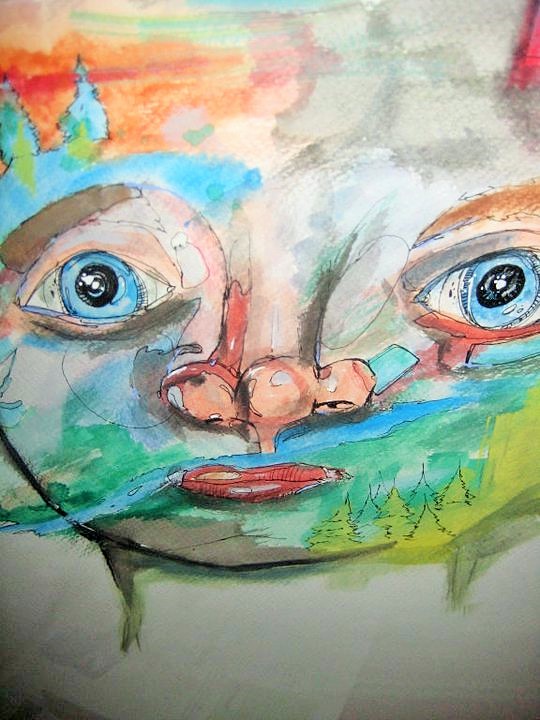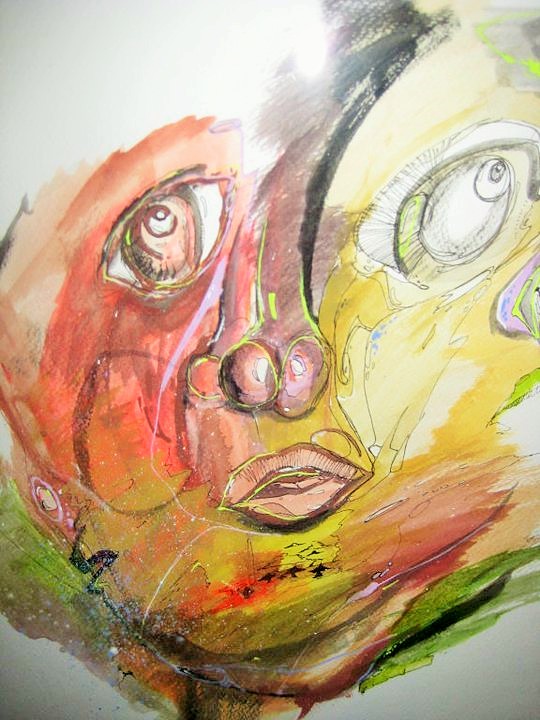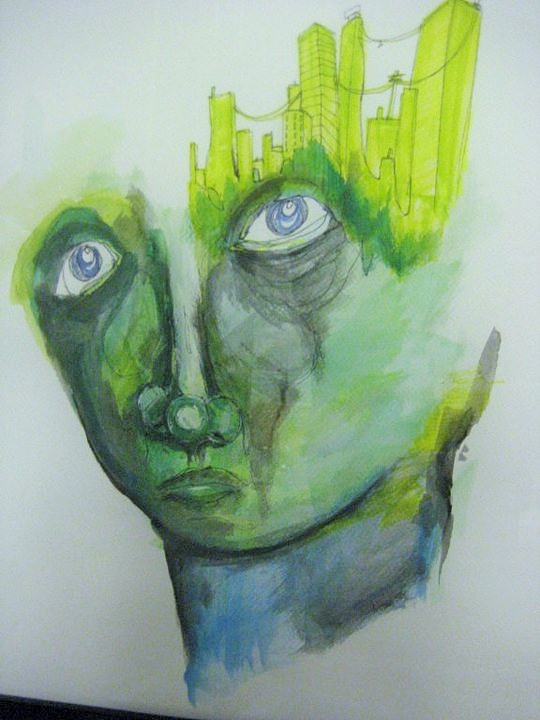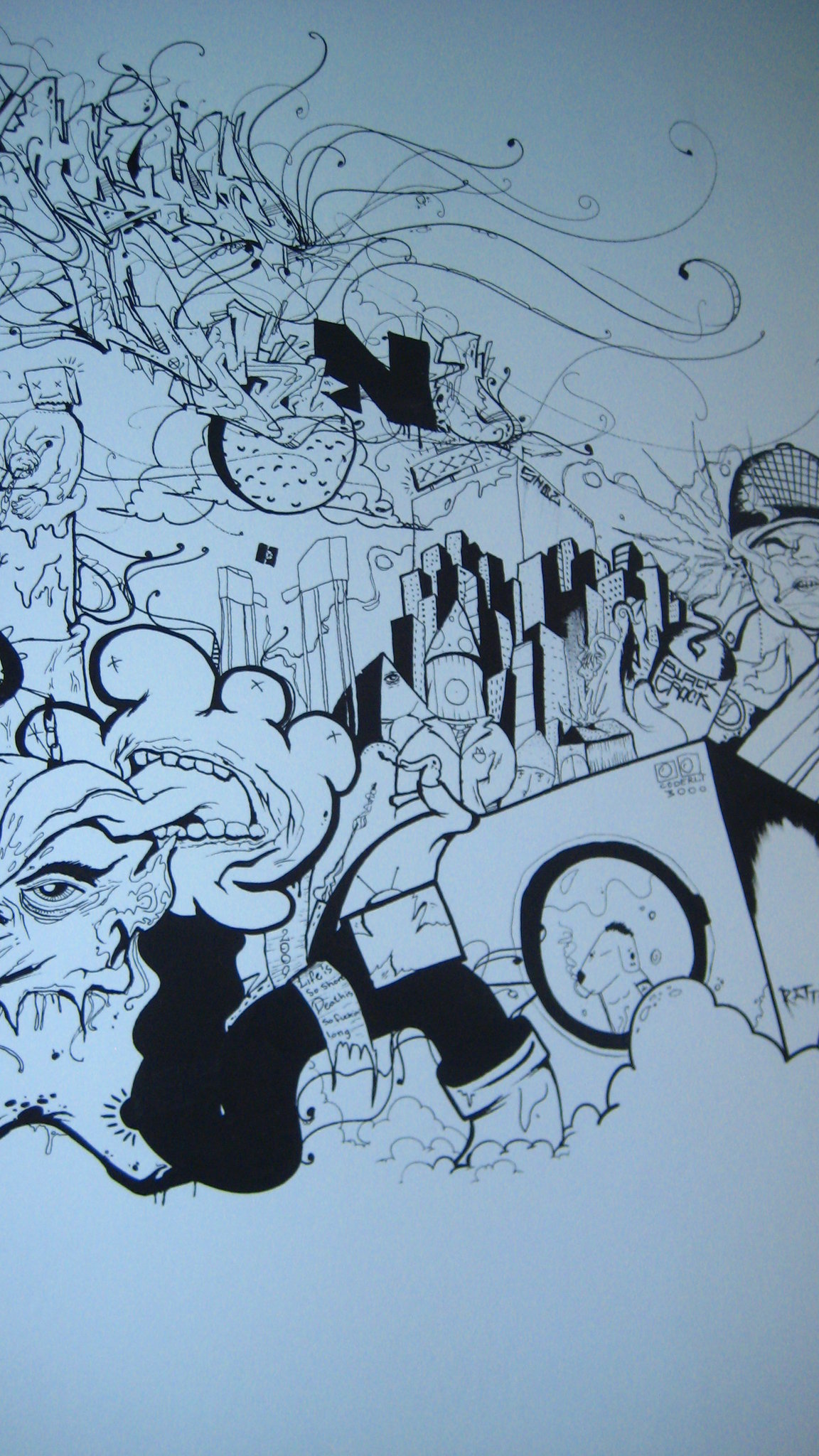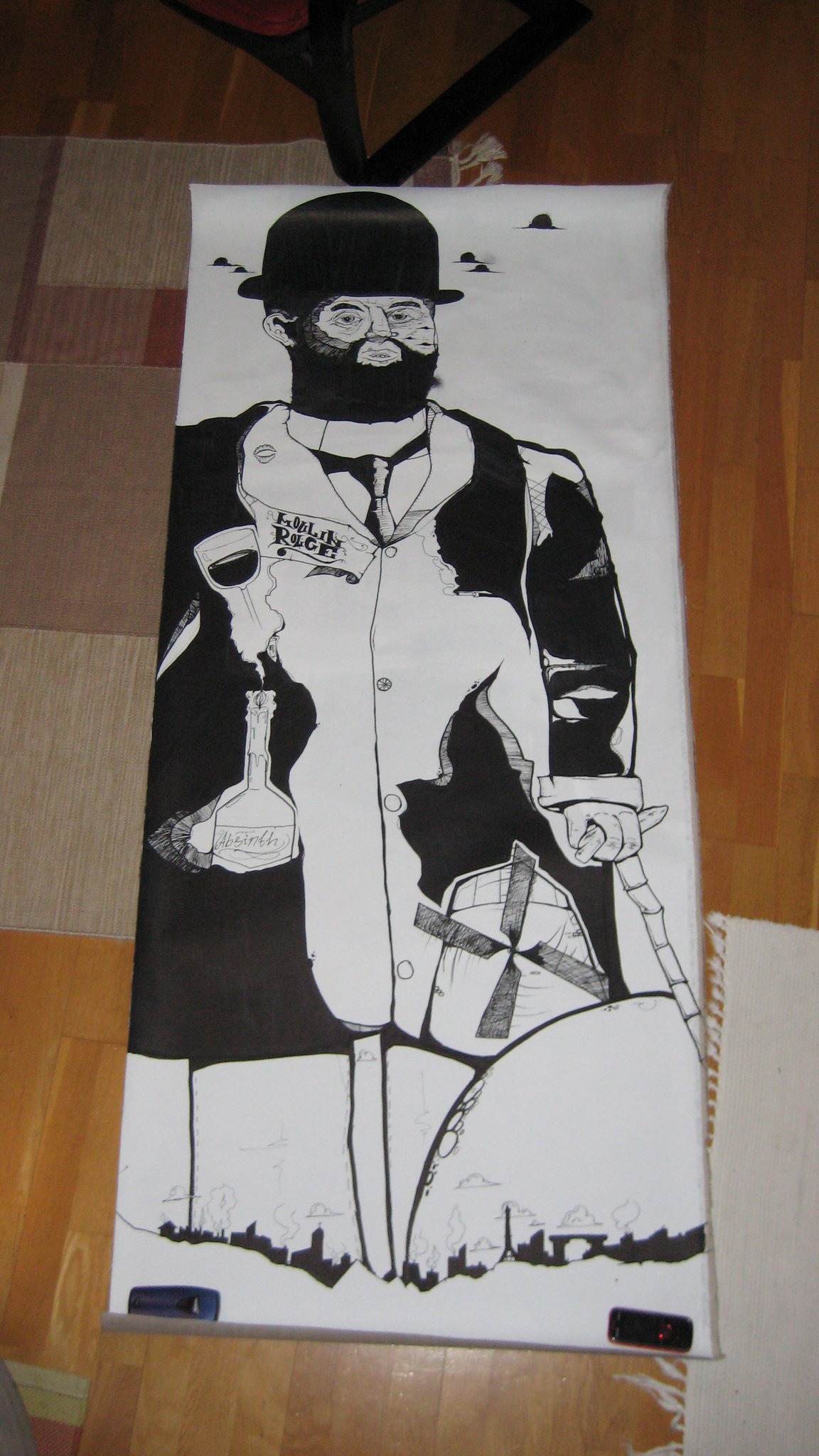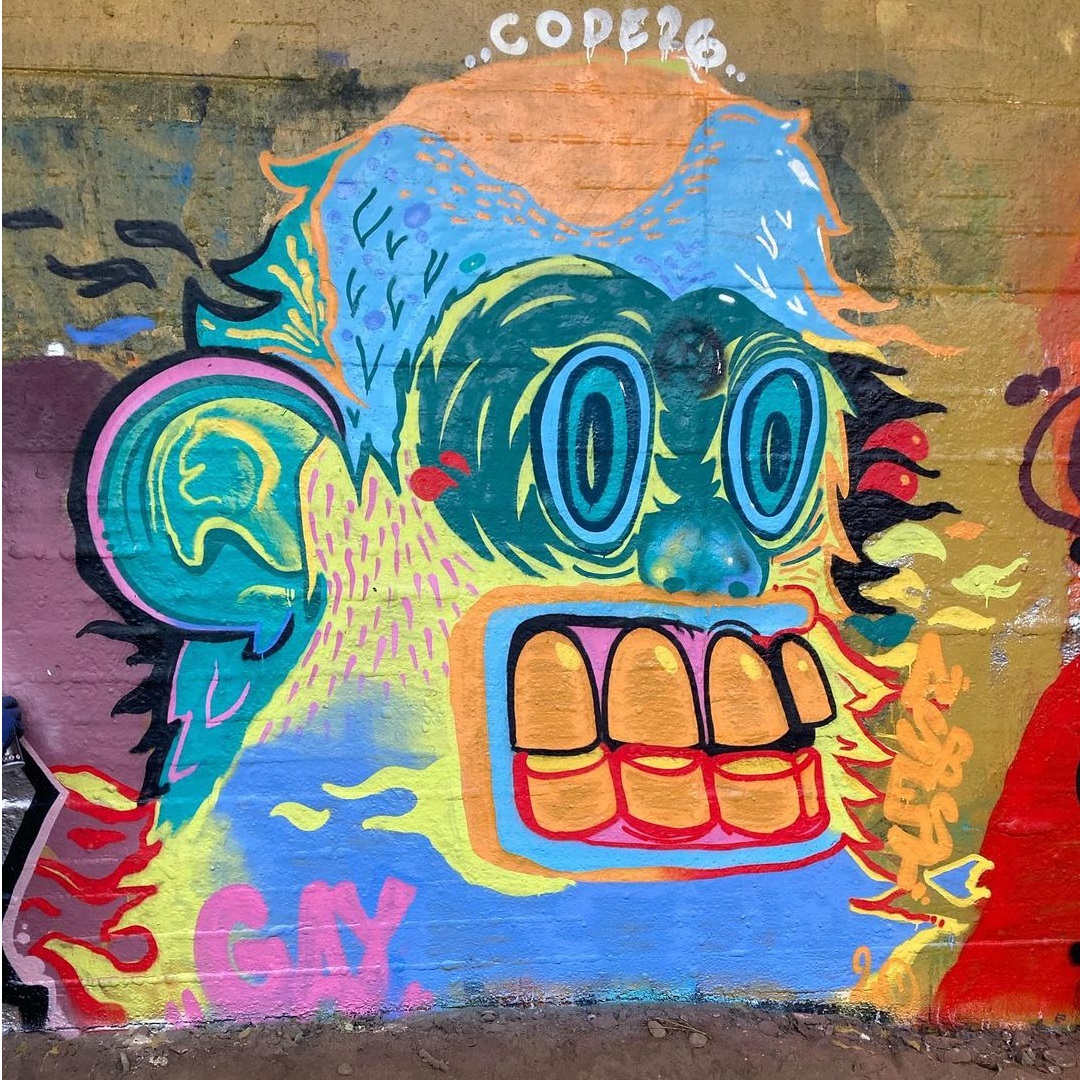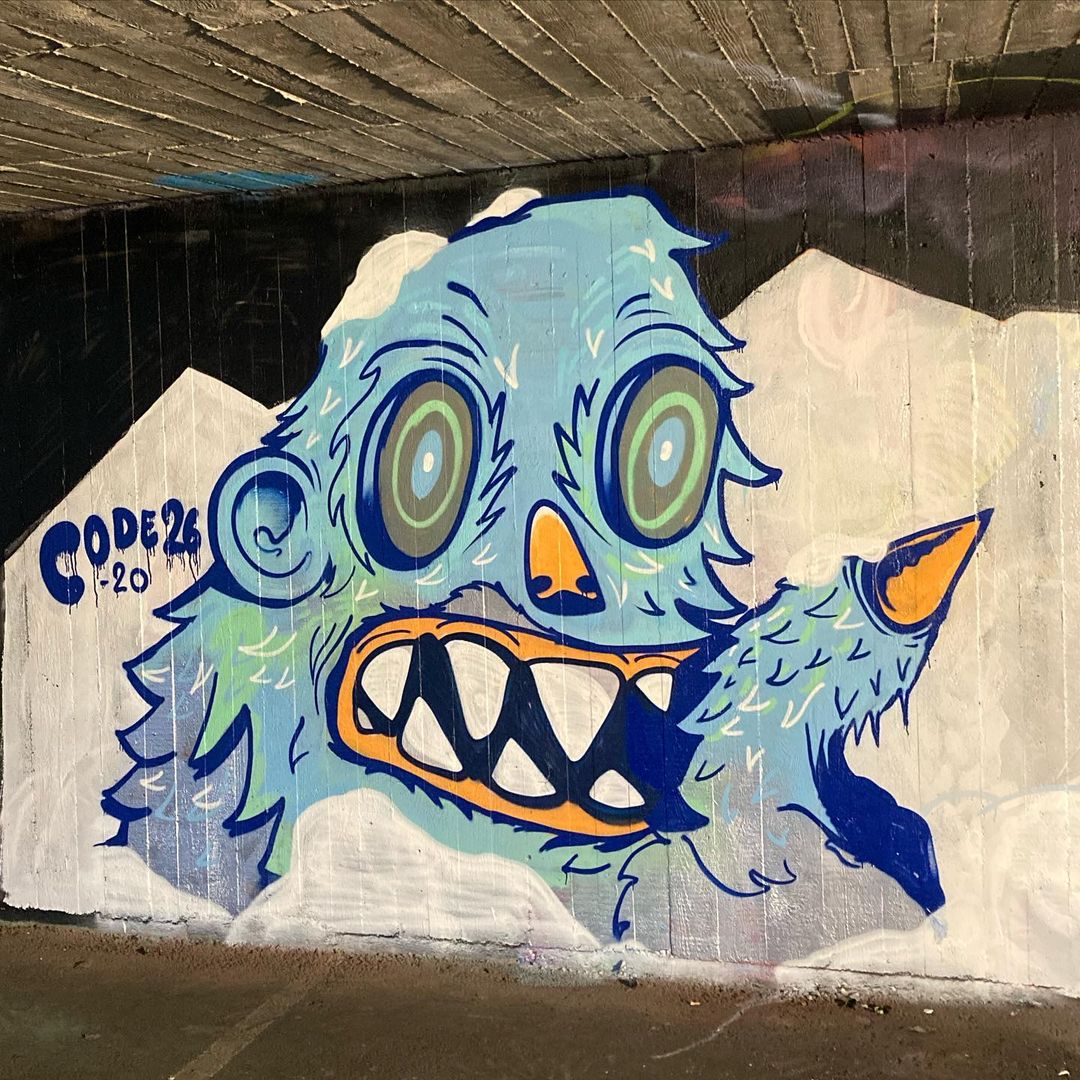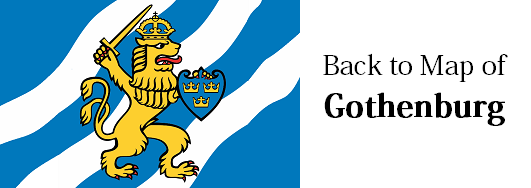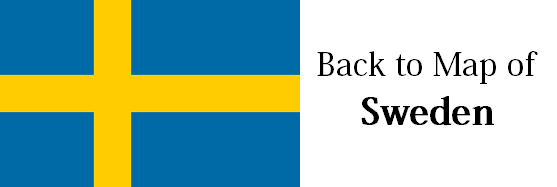Discomformities with the rules, experiments with novelty and, above all, simply giving a fuck about the name. “It’s about how good you paint and how often you paint that counts”. The creative artist CODE26 from Gothenburg started with graffiti art at the end of the 90s, but his artistic range has since developed extensively and he paints everything from letters and figures to abstract creations. And sometimes he also paints JÖRG. Or whatever occurs to him at the moment and whatever he feels like doing.
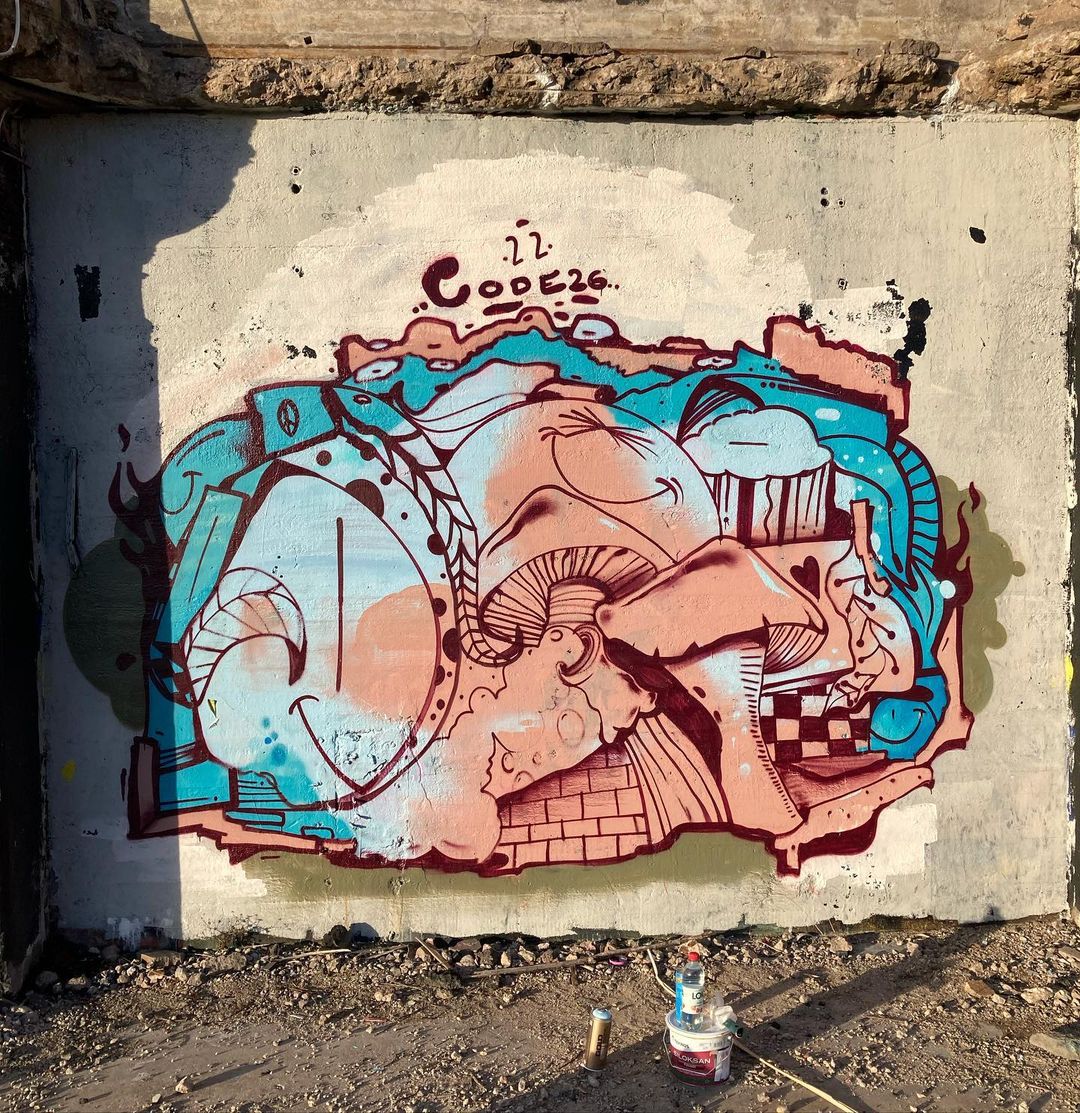
In addition to art on the wall, CODE26 has also discovered that his pictures and sketches can be painted, printed or applied to any other material. From big to tiny. Since then, many more art objects have been created, including mugs, ceramics, skateboards, stylish T-shirts and countless other items. Everything is also available from his store and he is also open to accept commissions.
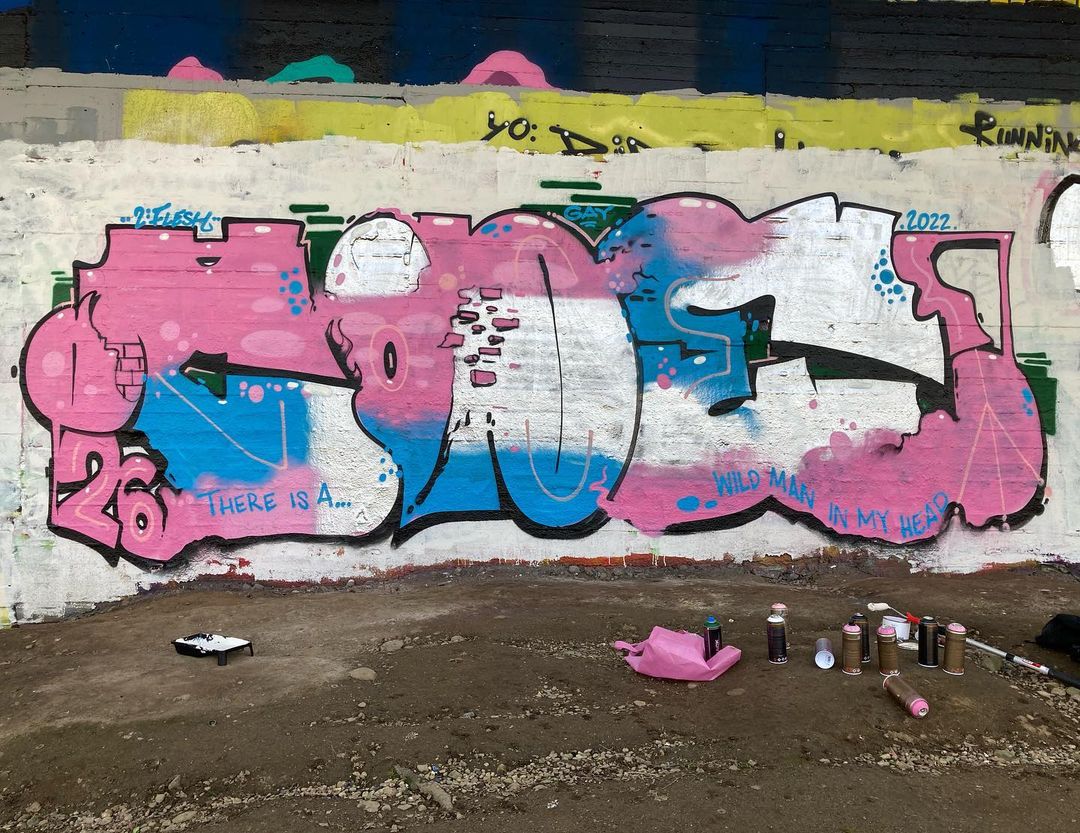
We talked to the lovingly quirky and unconventionally steadfast artist CODE26 in an interesting interview. He tells us about his art, his development and his ideas, but we also looked at the difficult time of “Zero Tolerance” in Sweden and how he perceived it. If you understand English and want to listen, you can check the audio. If you prefer to read, the interview is also written down below and you can have the text translated into any other language. In between are awesome photos of the works of CODE26 and for those fantastic creations you don’t need a language, they speak universally for themselves.
Hello, listeners and readers. We’re sitting here now in Gothenburg having a cup of coffee, and I’m going to talk to the artist CODE 26. I’ve encountered some of his artworks some days ago at a lost place area. It’s an abandoned factory in the north of Sweden. I contacted him and now we’re going to have an interview and a conversation about his art and his story. Hello CODE 26. When I saw your graffiti it was next to a piece from OLLIO. So you went there together to paint?
Yes, we paint a lot together from time to time during periods. And the specific place you went to, we go to there sometimes. It is about an hour and a half from here. Then we spend a whole day there, we have some lunch, and we do seven or eight pieces each.
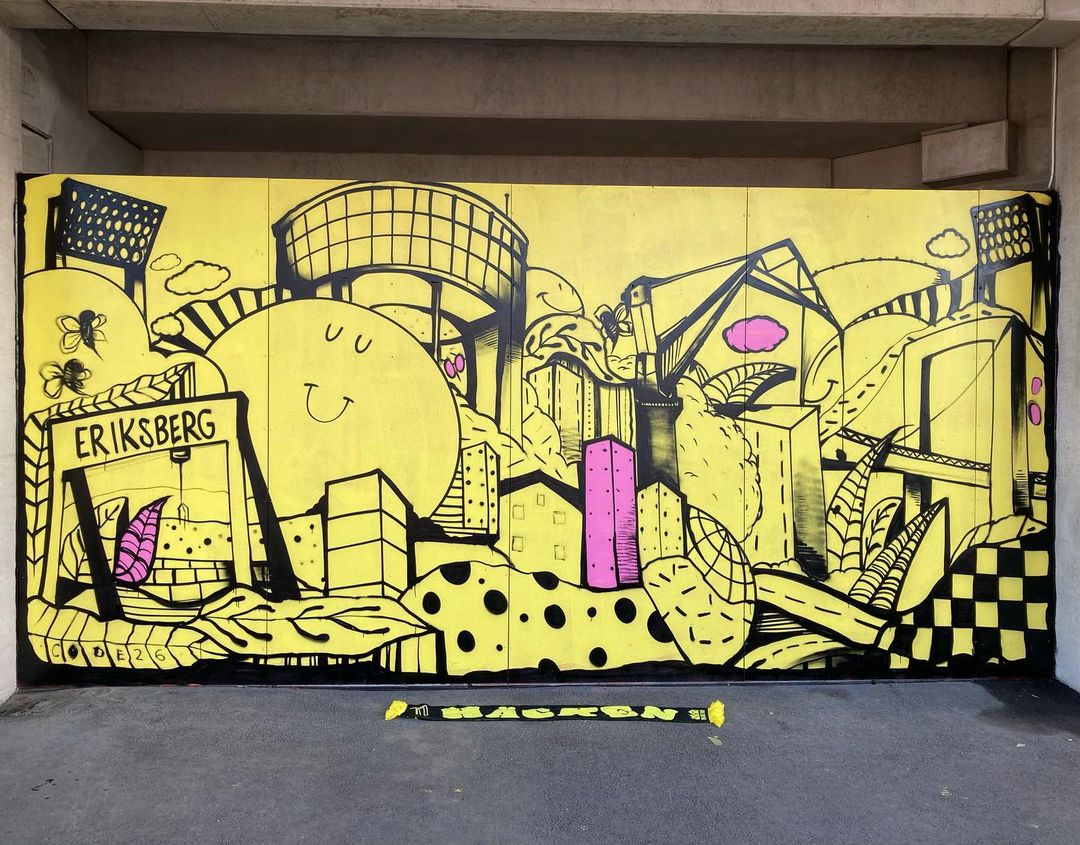
It’s a fantastic area at Wargöns Bruk and I spent there around three or four hours. I got really stuck into it. It’s a bit like a magic wonderland. And then when I saw your art, I mean, I went through your Instagram already before and through your channels, but when I went there and saw the several pieces of you two next to each others, I realized that it’s also a very similar style. There were graffitis and bombings, but you did more figurative graffiti characters. I had the feeling like it’s a big puzzle and there are a lot of little graphic pieces who get into each other. This was the first impression which I had in mind. How would you describe your art?
I think more of it like a map or a pattern. At the beginning I thought of it like a landscape. Like there should be some depth into it. And what you see on the top is the perspective. Like this is the first pieces, and then you walk further into it. But now I got more and more interested in patterns. For example like Frank William Morris and all the big names. And the more I look into it, I think to myself that I’m doing some kind of patterns, but it’s also some kind of story in it, or some theme. And the reason I started this more abstract style was actually me doing a paraphrase of OLLIO. We painted a lot together back then, about 4 or 5 years ago. And I also wanted to try his style, because it looked fun when he did it. And I’ve done similar stuff before when I just had a loads of characters or faces or whatever, like mixed in together in one piece. So I wanted to keep the shape of a classic graffiti piece, but I wanted it to be non letters. I tried it and it was really fun. So I kept doing it.
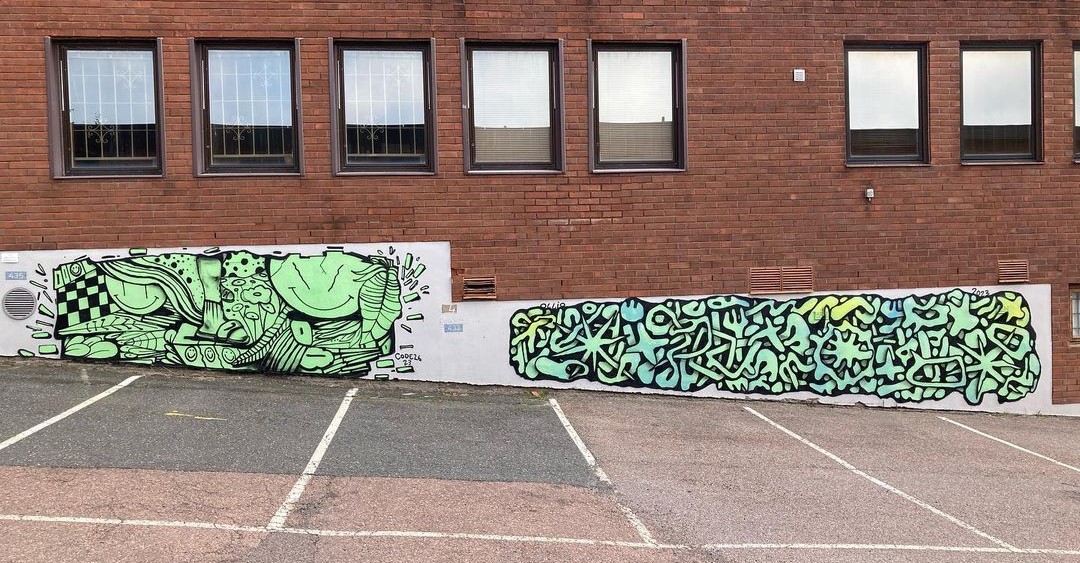
Before you also said, you also did lettering. So you did the proper graffiti and you also do characters. Tell us how you started and how it developed?
I started back when I was ten years old in 1997. There was a big wave around probably all of Europe with skateboarding and graffiti. Swedish hip hop was becoming a thing and it was a time what was called the golden era of rap. Obviously we didn’t get the latest stuff because we were ten years old. We got whatever our friends and older brothers showed us. So Cypress Hill and Wu-Tang and those artists. I realized I can’t really skate. It wasn’t my thing. But I did love the designs of the decks. I loved it. So I was introduced to graffiti and I already loved drawing, so it was perfect for me. A few years later, we got our hands on spray cans. The first time we could actually try to do it for real, and it became part of my identity as a youth. So it was easy to just keep going because back then, everyone I knew was doing something with graffiti. We would go do tags on the trams between lessons in school. If we had an hour free, we would just go bomb the whole trams like four times and go back to school. Yeah, and there we kept on going with painting. You know, the benches, the lockers, whatever. Like it was no problem. And of course we got in trouble for it, but to no legal trouble. So it was all right.
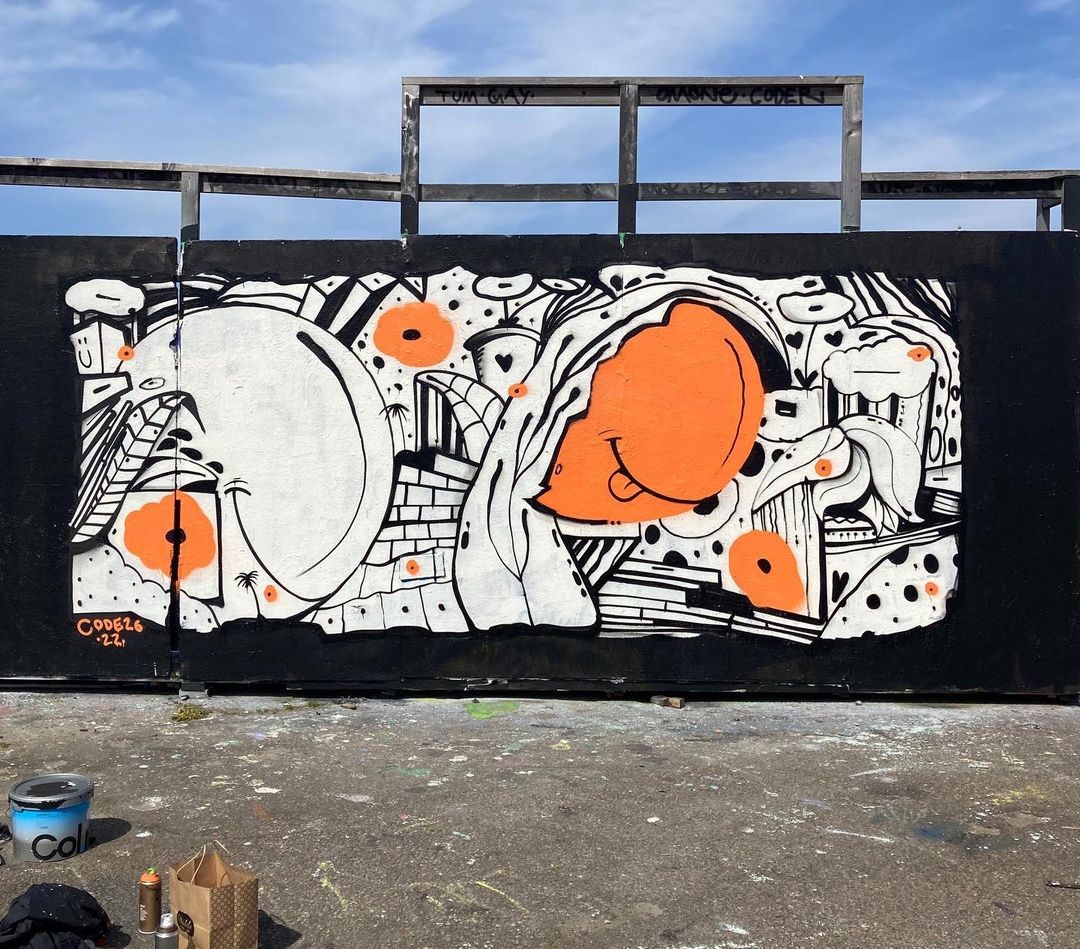
So first the tags and paintings with pens. Then as well with proper spray cans. But you started with letters?
Yes, I started with letters. And like I said, I was already drawing a lot. So what I was drawing as opposed would be characters, but I was doing it since I was a kid and I never stopped doing it. So it was just drawing like everyone was doing as a child. But then when I got introduced to graffiti, I realized there are other elements I could add to the characters and I could do them like two meters high. That would be amazing. Obviously it was much harder than I thought, but as time passed I made progress and so did the style.
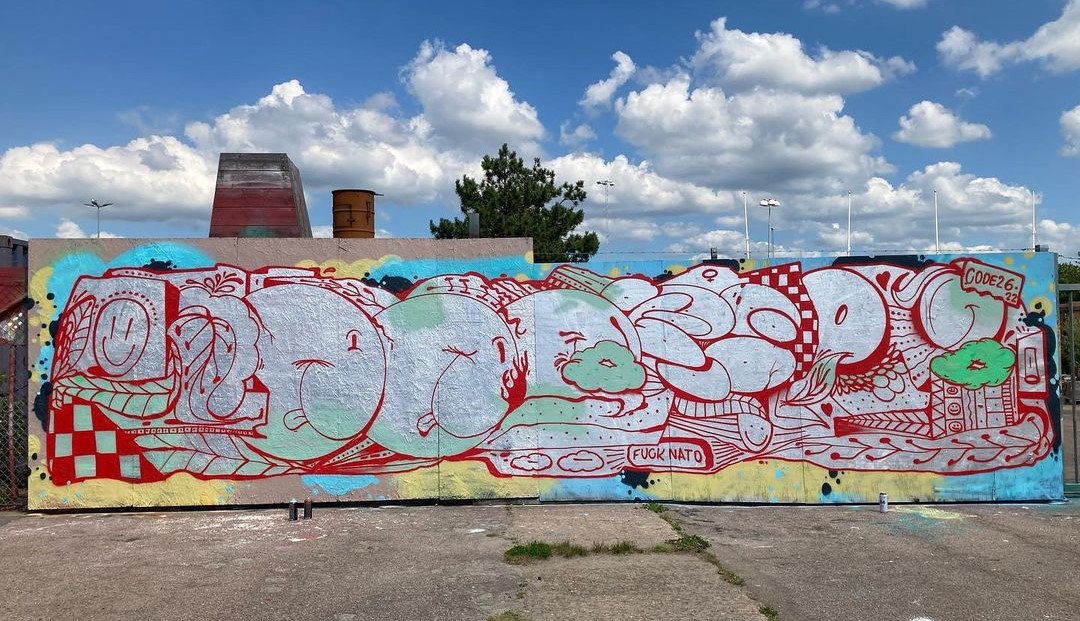
Do you remember the first time when you really went on a bigger wall? And did you like your first piece?
The first time I did like a real piece that was on Plywood at some youth center. After that, I think I did a legal piece on my school, like seventh grade maybe. And at that time I thought, okay, this did not turn out as I was hoping.
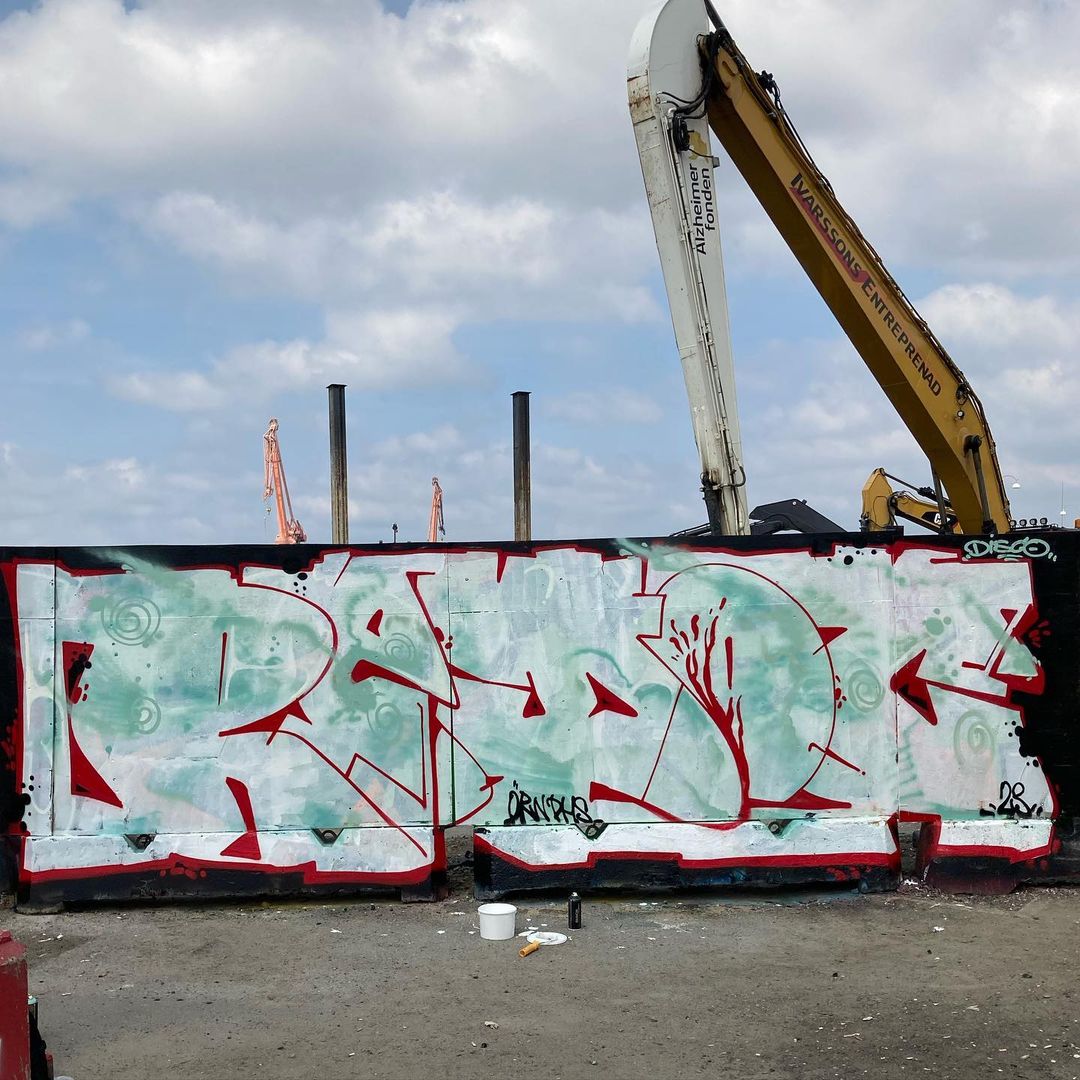
I think that’s normal with everybody.
Yes, it is. And also because I used to walk around with all these sketches folded up in my pockets. Like I had 15 papers of A4 just folded in squares in a big Carhartt jacket. I remember it did not turn out very good. But what it meant to me was, I realized that no one else did actually paint either. So I got a lot of respect from others that I actually did a piece there. A big piece. Not a good piece, but a piece. And no one else has really done that many pieces as well at that time. So it was okay and even older guys started recognizing me. So like, okay, you paint? Okay, you do actually paint! Not just the tags on the trams and the small stuff.
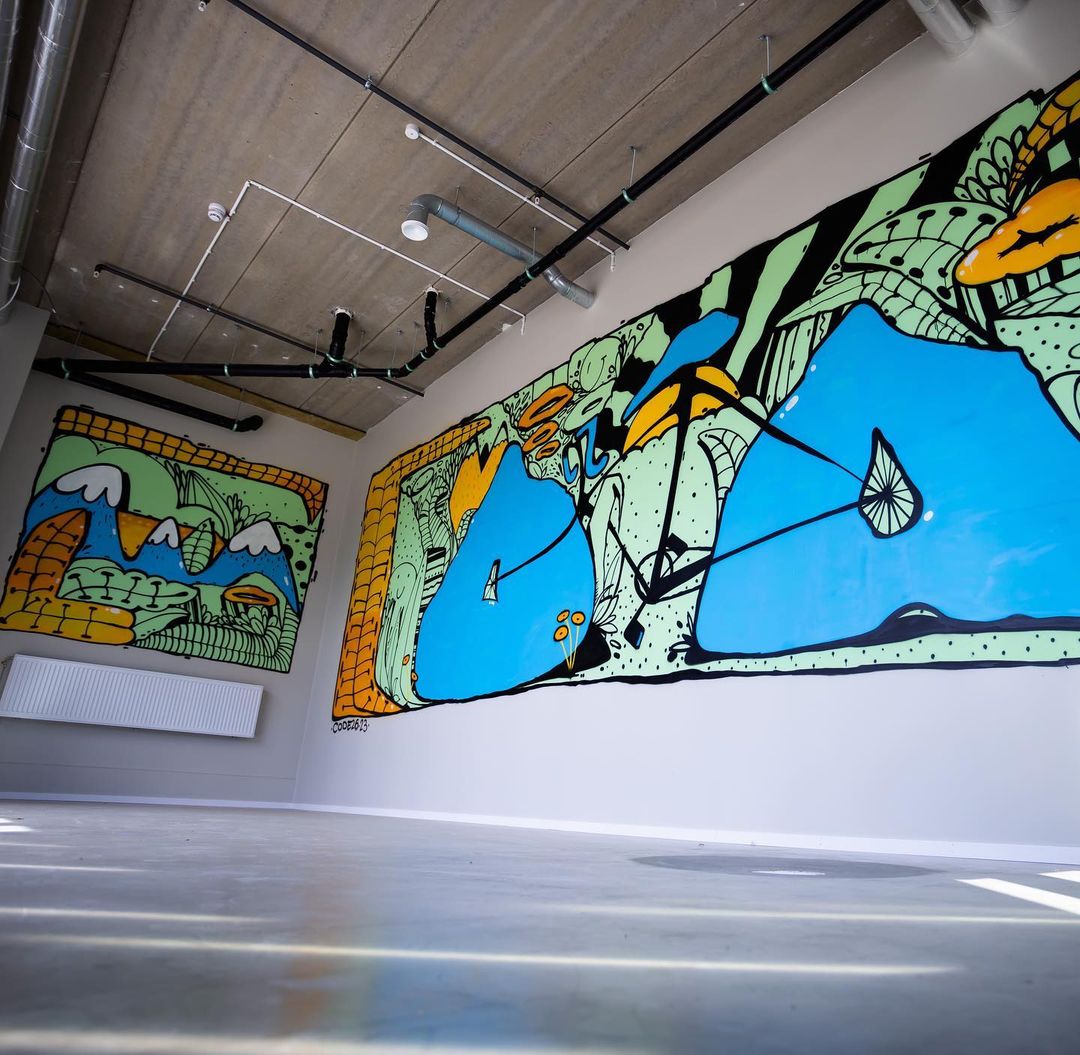
So you went on the next step, the next level.
Yeah. I mean, we were teenagers, so it was easy to talk, you know. And no one would call you out because you would walk around with pictures on you. Anyway, this was in the early 2000. You couldn’t really prove anything. You couldn’t really question anyone for. It was a different time. No smartphones like today. No Instagram and social media. Now the people say, so you paint? So let me see what you paint. And they expect you to have pictures on your phone at every moment. You’re expected to be able to show everyone your portfolio like this. Back then you could say your name and they will say, I know about you or I never heard about you. And if they say that they never heard about you, well, you needed to have a good answer. This was an era when you would walk around and you would almost feel like it could be a piece on the backside of this wall. Maybe it was. So continuously you would pretty much look at all the backsides of walls in the middle of everywhere. And you would maybe see that a piece was buffed, or you would see a new piece and be like, wow, this is a good piece. We didn’t know where to look. So we just looked everywhere. We just took the tram and we went to places and we just start walking around. And out of the sudden, wow, you see something. It was amazing. Like you really experience everything and you experience life.
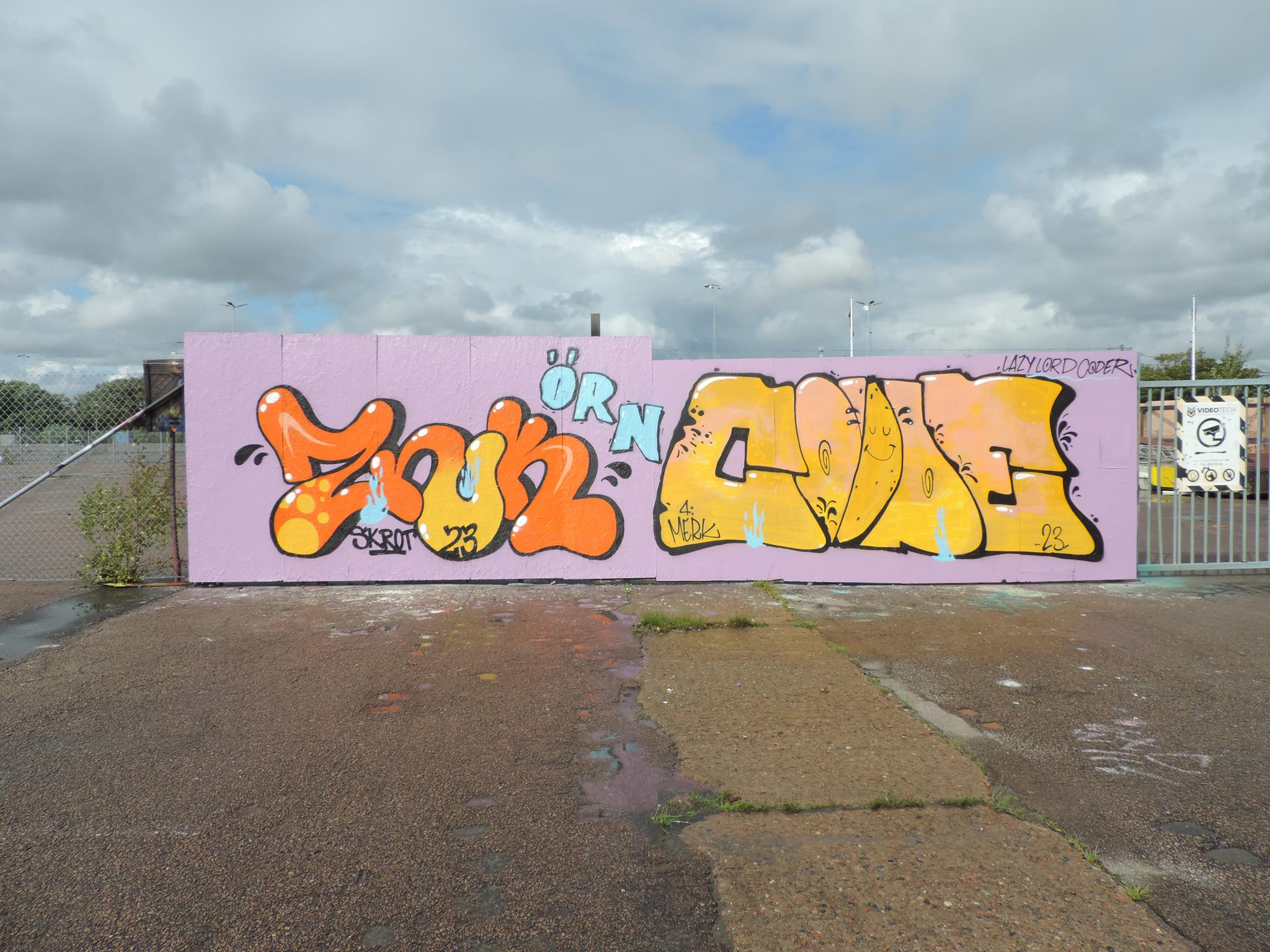
The graffiti above on the left is from ZNUK at Frihamnen
At the moment you are involved in the two crews PHS and ÖRN, but maybe there were other crews before. Did it already evolve that you had a collective or a team by that time?
Yeah, we had a crew. And one guy still paints today. I think from that time, from the earliest crew, nobody paints anymore. But from my teenage crew there was one guy selective who is still creative. He writes super good and has a super good style. He lives in Stockholm now and is an amazing artist. But we were just a bunch of kids. You know, we were drinking low alcohol beer on the weekends, and we were doing parties.
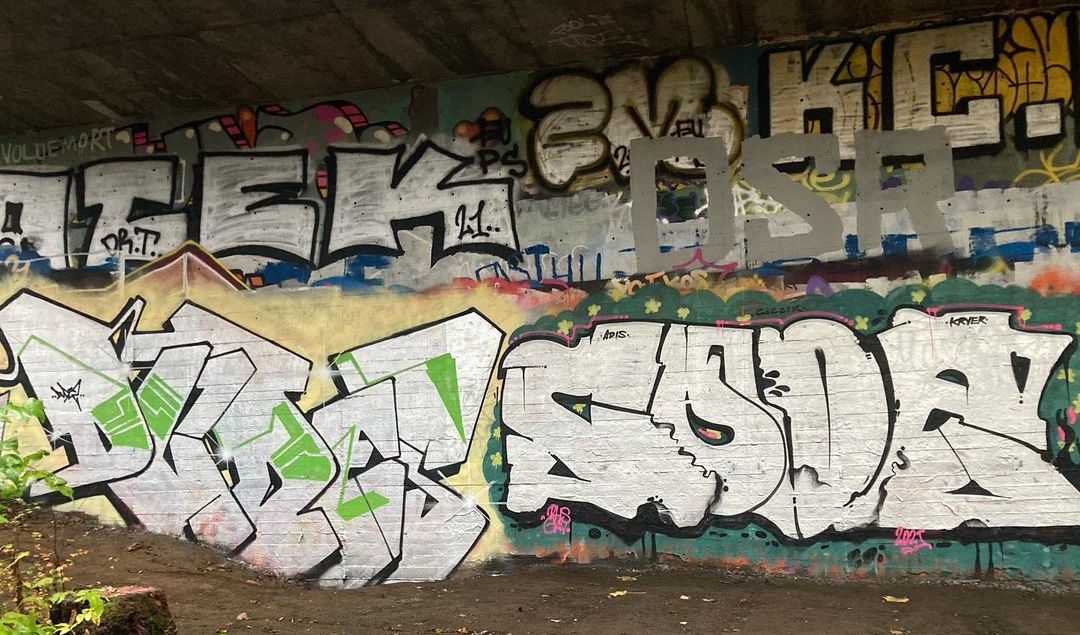
Meanwhile, you are doing your own thing, but as well you have a crew. Actually two crews. You said you have ÖRN and PHS. So with them you’re active and doing things or is it not that much anymore and you went more on your individual way?
PHS is actually my childhood crew. None of the guys who started this are still active. We got into it quite early in the beginning and this was 15 years ago. Then we just died out, and then it was pretty much a new start again with him and some other random guys I knew as well. And it’s nothing too serious about it. It’s just all fun. It’s me and a friend. He writes ZNUK and also not super serious. I’ve been in a bunch of other crews, but for me, it’s like being five years in a crew, and then you go on to something else. It’s nothing too serious. I don’t do it like something that I will be involved in for the rest of my life.
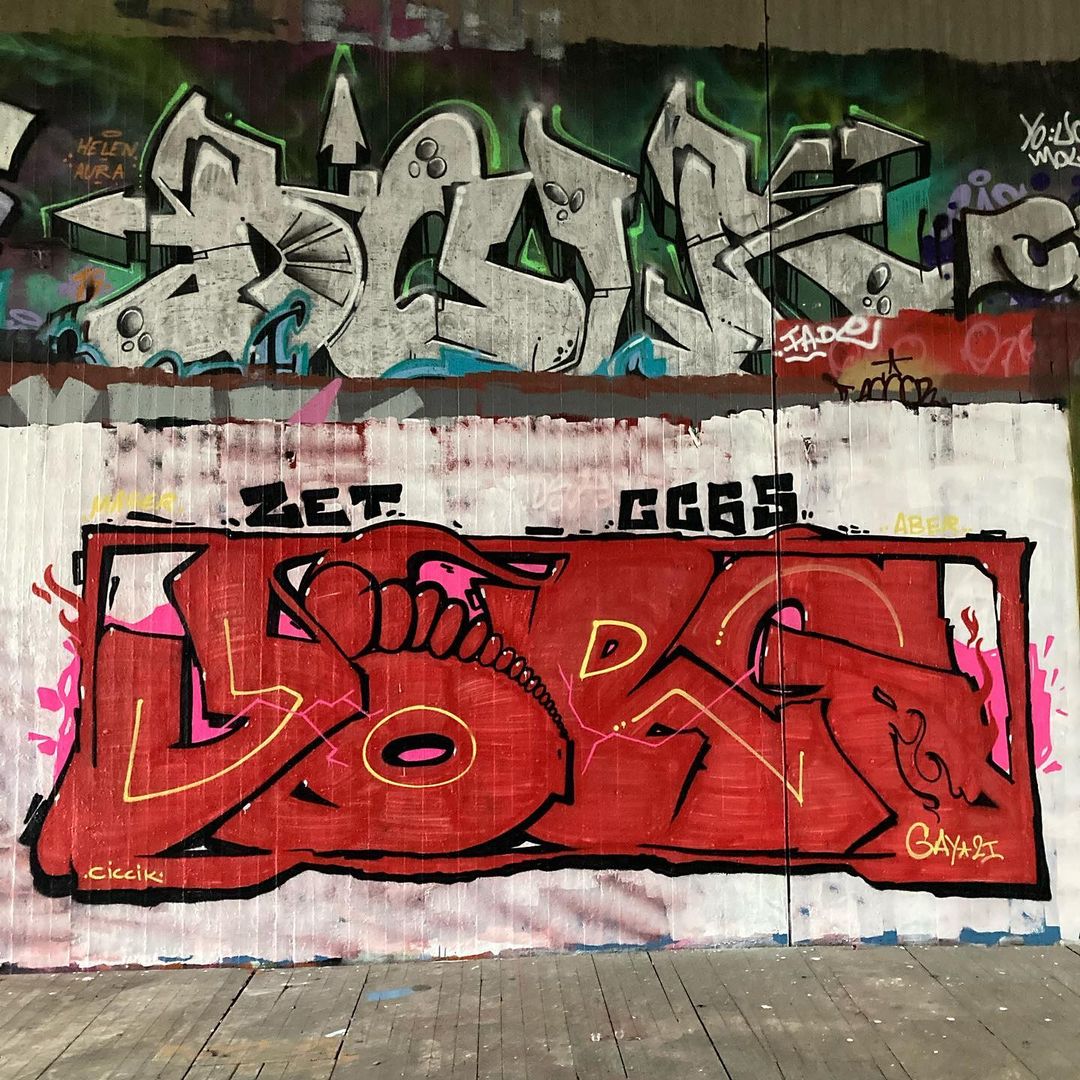
Like periods of times. And then something new appears and you need a bit of change in the art development time by time.
If we paint together a lot, we can do it in a crew. Why not? And then life changes, you get kids, or you move away, or you start a new job, or you get caught, or you end up not painting as much together for a different reasons, you know, it’s no problem. But it’s no reason why we should have a crew if we don’t hang out. In my opinion, it lost the whole point for me. But for some, I know it’s different for other people. And I think it’s whatever you like it to be. It’s not that serious for me with a crew, it’s not that serious for me with a name either. I could write anything. I don’t really care about the name.
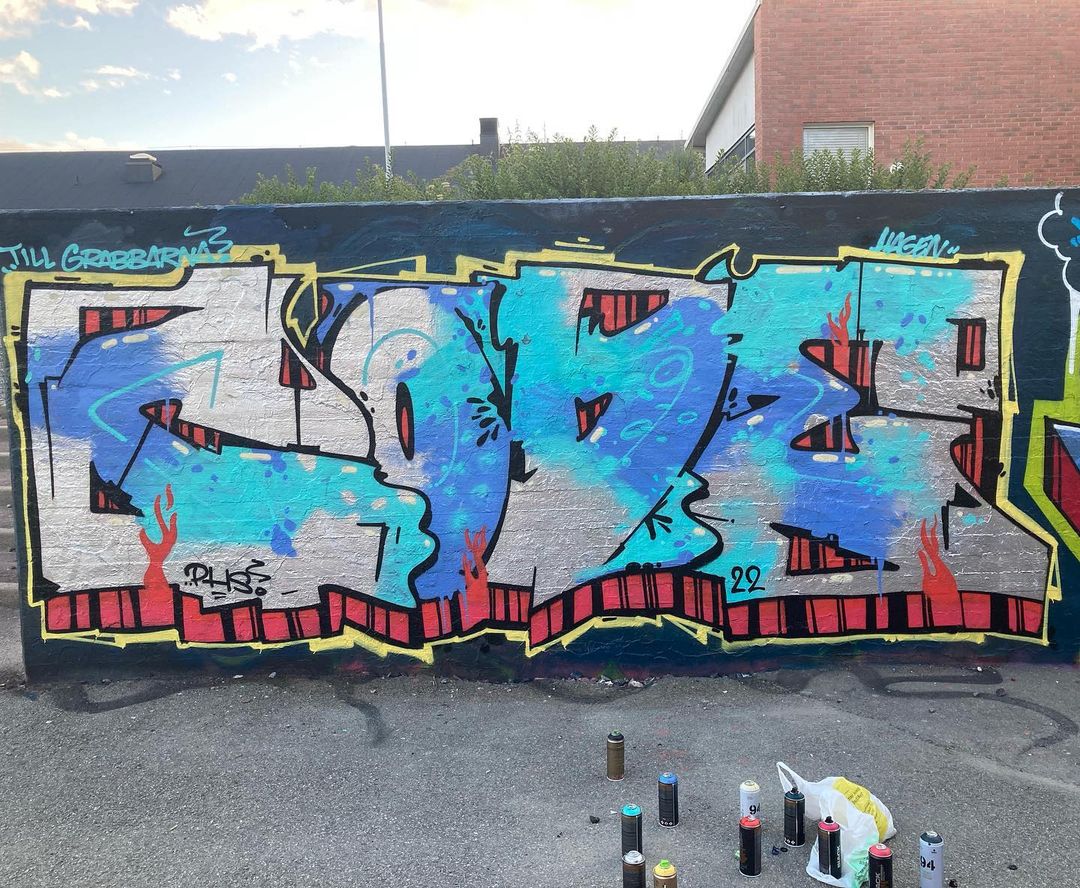
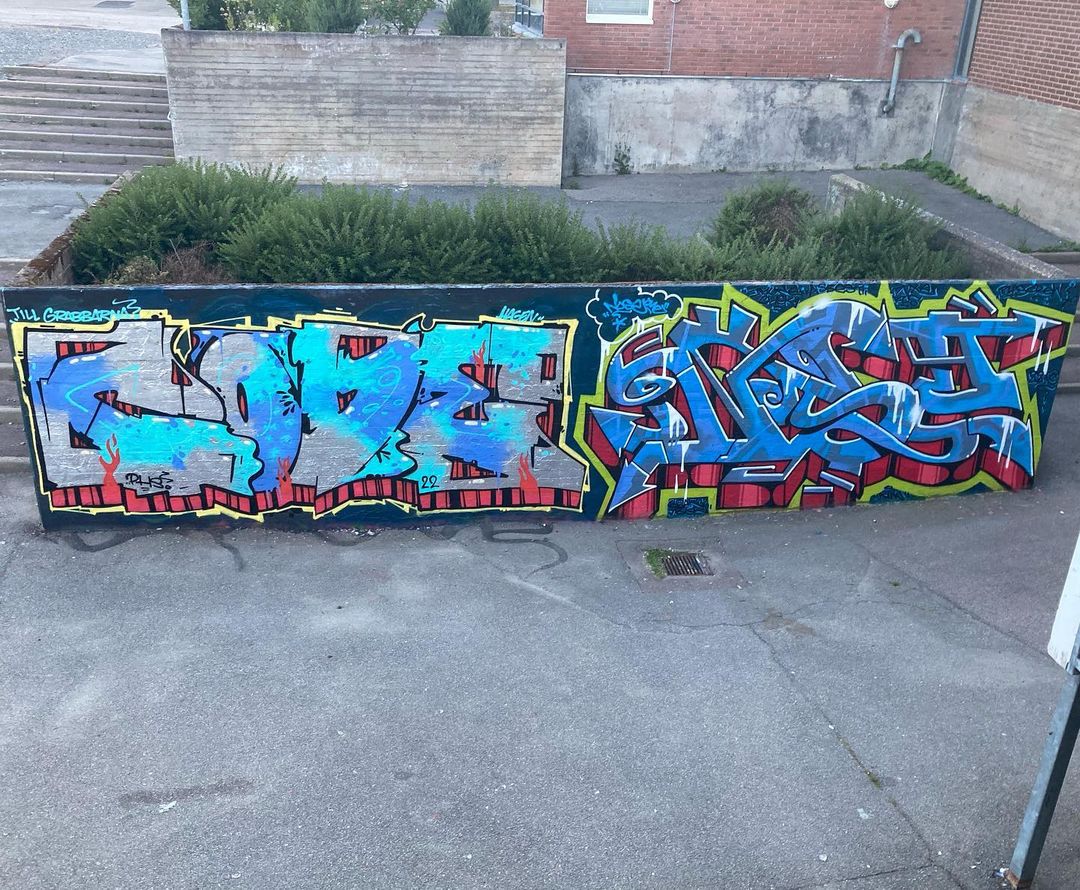
It’s more the motives itself.
Yes, I could write a random name that I just made up right there and I will not sign the piece. If you know my style, then you know it’s my style. If you don’t know that it is my style that’s also alright. I don’t really care about that.
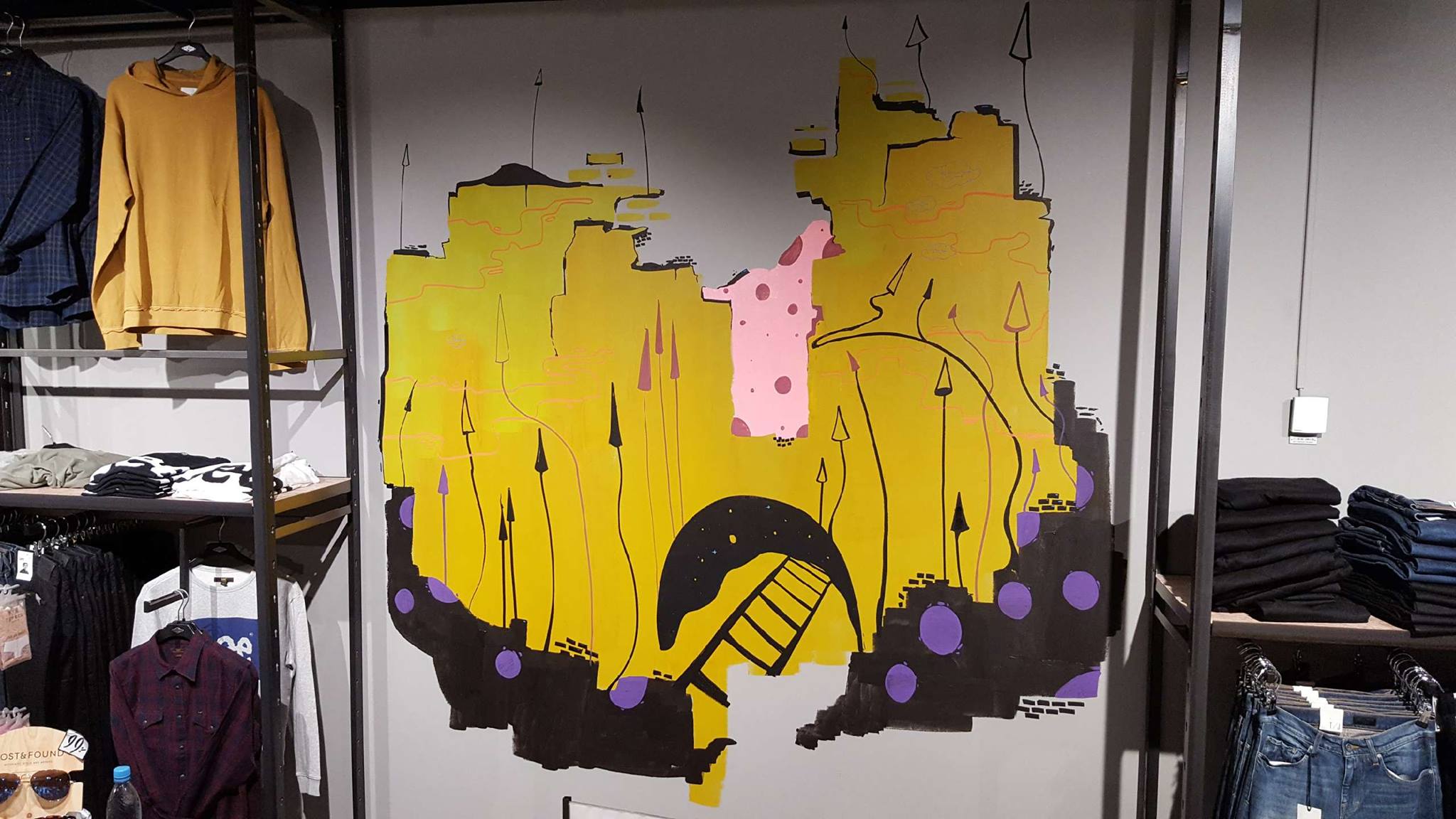
So you developed a way of painting which is quite unique, and people recognize it. They see it and say, ah, that’s from CODE 26.
Yeah, I think so. I mean, it comes to a point and it’s been over 20 years now. The fame is very unimportant after a while. The whole social media and stuff like this is just a way to keep in contact with people and get new contacts and use the portfolio to make some commissions and whatnot. But getting famous for it, I don’t really care about that at all.
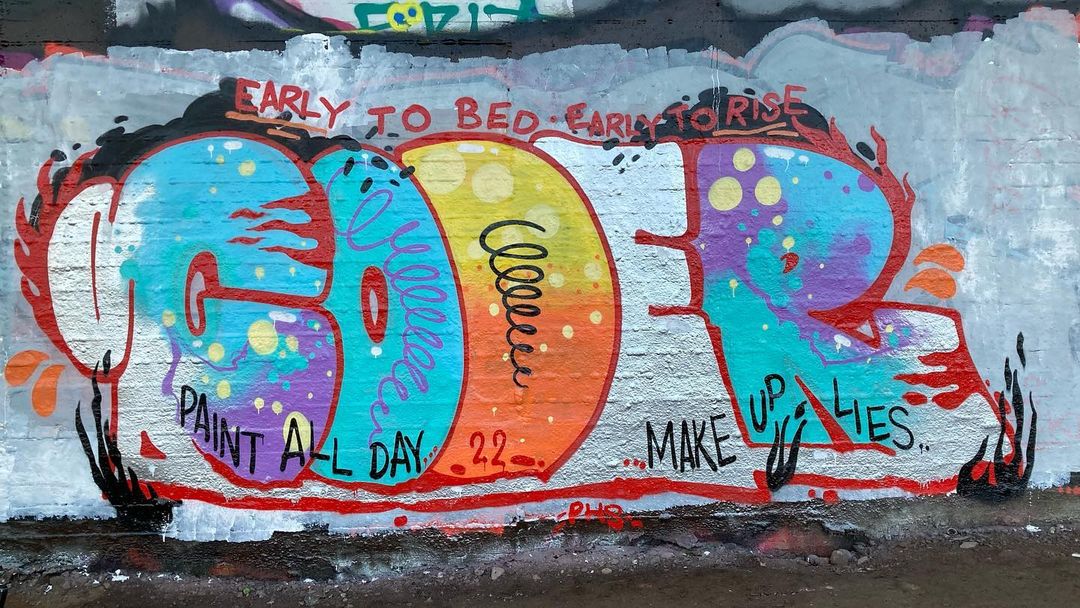
So what about the name. Why CODE 26? How did this come about?
I was looking for a tag. This was, I don’t know how many years ago, maybe 15 years ago or maybe more. And I was looking at “Code”, because “Code” was a good name. It was a classic name. It’s a cool name with cool letters. But I thought to myself, I can’t write “Code”. For sure there are a few more “Codes” out there already. Probably hundreds of “Codes”. And then it came to the point like that I thought to myself, whatever, I’m just going to write “Code”, I don’t care. I used to read in underground production some article about the numbers they added in New York for the streets they lived in. We don’t have number streets like this and I think it’s quite unique over there. But I did have my zip code. So every zip code has five numbers starting with a 4. So my zip code was 4 to 6 and now I live in another zip code. It also starts with a 4 and then you have two numbers to be more specific in the end for which part of that area. So I thought, okay, let’s remove the 4 and add it to 6. So I’m going to be “Code 26”. There is probably a “Code 1” out there and “Code 2” or whatever, but no “Code 26”. Years later I got in touch with a “Code” from Poland, a “Code” from England and “Code” from Spain.
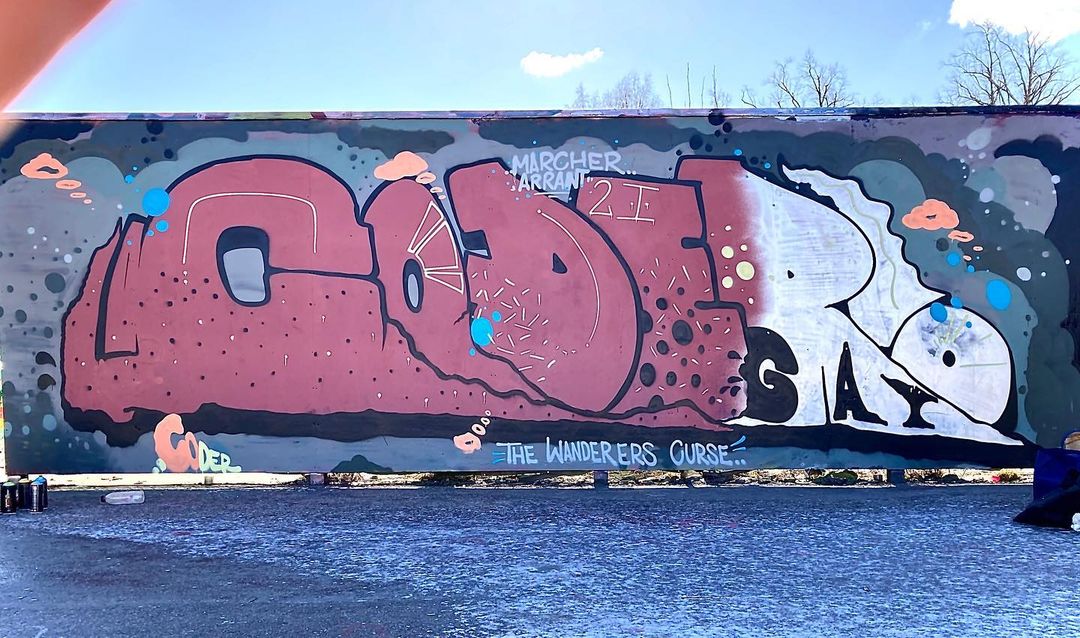
Great, and then you could make a big wall together with all the “Codes”.
Not yet, but good idea. My friend is going to meet in Poland now with Polish “Code”. So they know each other and I have been in touch with him a few times as well the last years. But the “Code” from England wasn’t that cool to be honest. He was not excited about more “Codes” out there. I think I’m the third “Code” in Sweden during generations. And you know, when I’m done, someone else got to be the “Code”. It’s always going to be a “Code” out there. It’s just one of those names. Like “Kid” or “Mad” or “Code” or whatever. You can’t just claim that name. It’s going to be someone everywhere who writes that name as well. It’s a classic graffiti name.
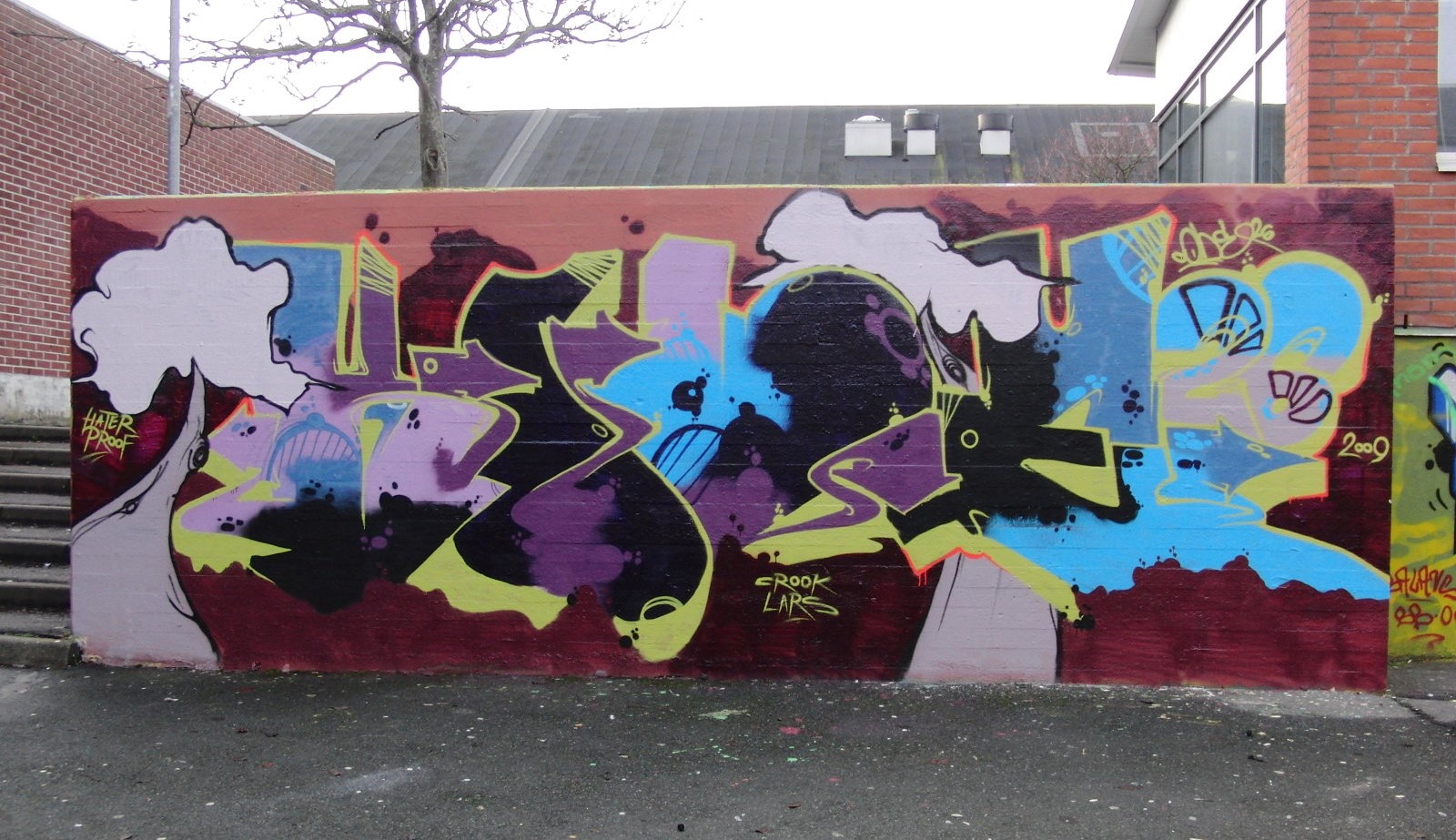
And like you said before, actually you just had to pick a name. Then you thought about it and it was cool and then you added the district number. But actually it doesn’t matter that much. It’s more about the motif itself. As well you don’t even really paint the letters anymore. On the figurative and abstract pieces there is “Code 26” now only written in the signature.
Yes, but I still do letter pieces a lot as well and then I do write “Code” most of the time. Also sometimes I write “Jörg”, which is a friend’s name and I try to trade names with him. So you can have my name and I have your name. It is just doing something else and it doesn’t matter that much. Those are just names. Forming words is just what letters do.
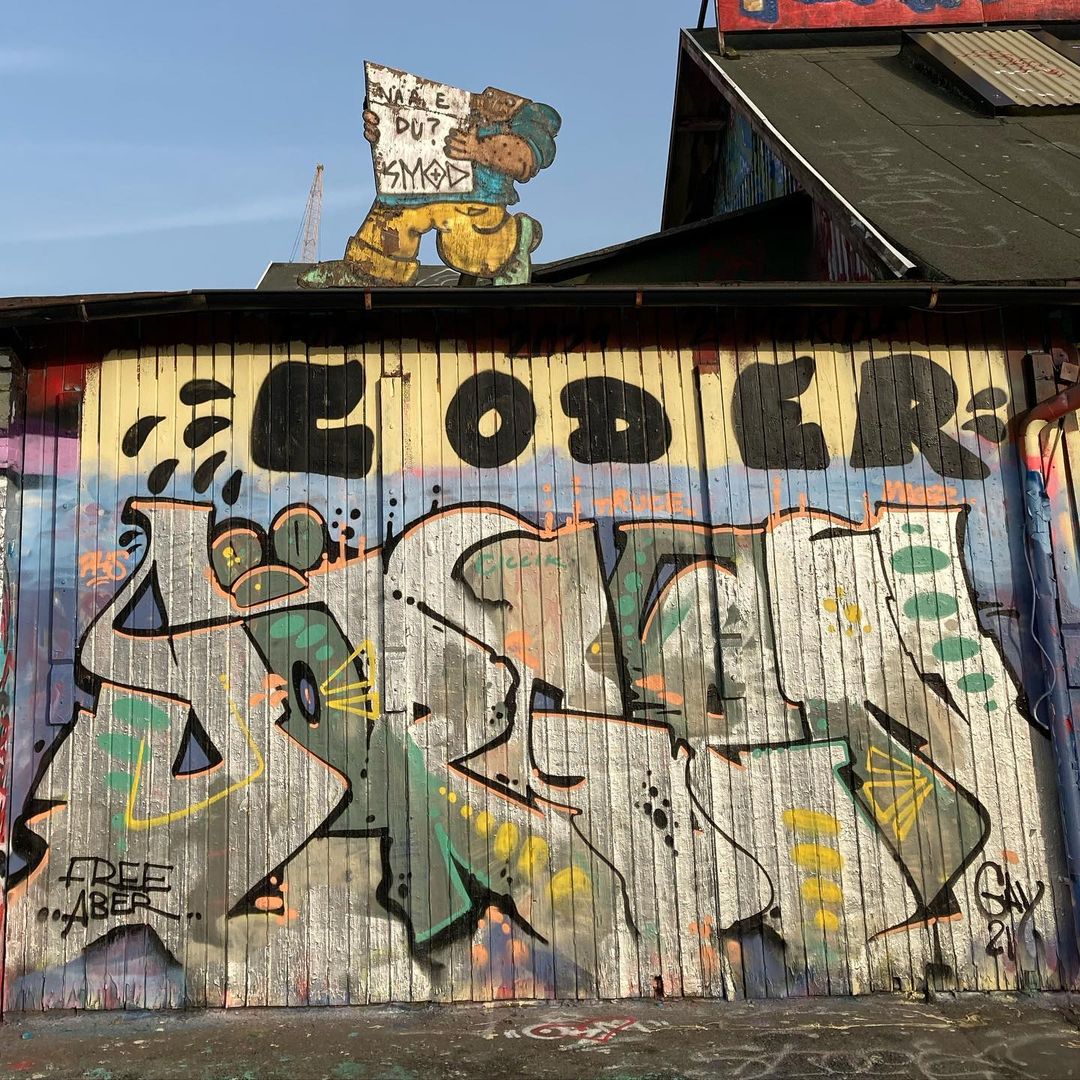
In your workspace and your atelier, which you showed me before, there you also have paintings on canvas. So you paint on the wall, but you also use other surfaces.
Yes, for example I also made this coffee cup. I made this mask that on the wall and the pottery behind you. Also I made these tea cups. Actually I paint on anything. So I did not make the cups or mugs itself, I just painted on them. I don’t make sculptures and stuff like this, but I will paint on anything I can find on second hand and with the cold paint on it, if I can make it look better.
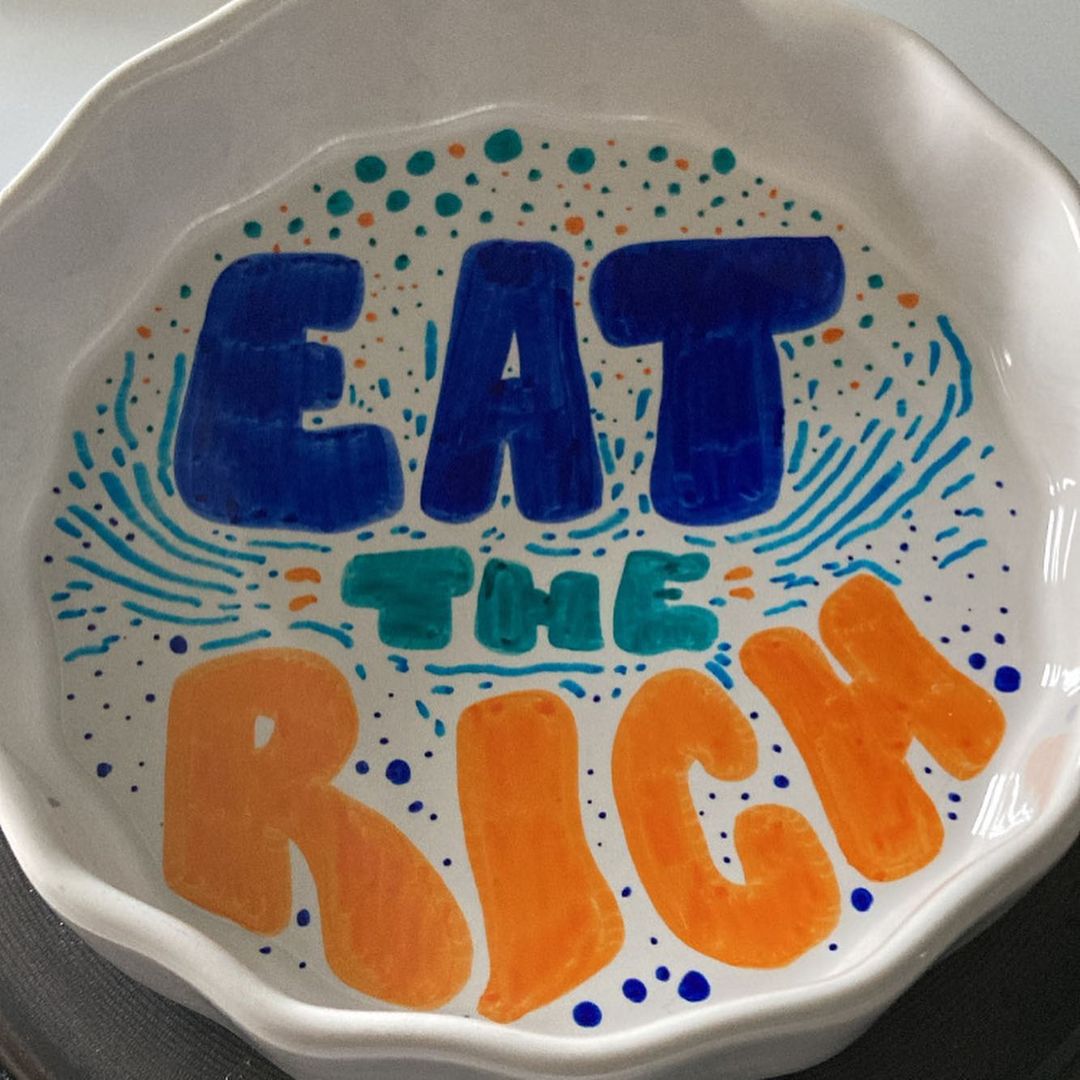
You also sell those objects and people can buy merchandise stuff from you.
Yeah, I made scarves and I made t-shirts and stuff like this. I also made pins these days. It’s so easy to make stuff and to sell it online. You have like Alibaba and those websites on the internet. It’s just one Google away to find the best factory for you. For making small batches or for making big batches. Or if you want to do it internationally or if you want to do it locally. It’s never been easier.
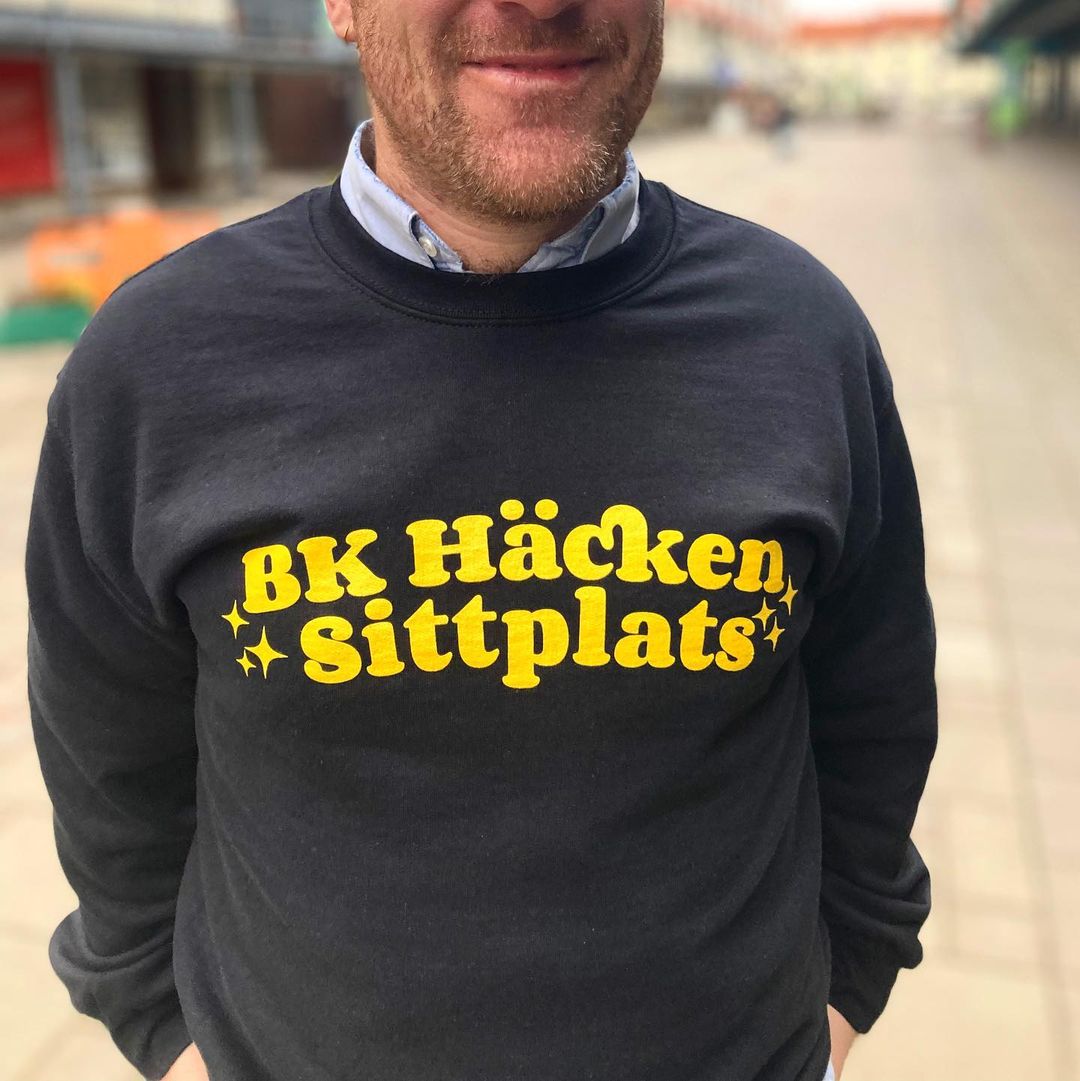
So you choose a company, then you send your design and they print it on an object like a coffee mug or a shirt. And then you can say you want 10, 50 or 100 pieces. Right?
Yes, exactly. What it became now is that you can make really small batches of a lot of things. Because that’s what people want. I can’t sell 200 shirts, but I might sell 50 shirts, or maybe less, maybe just 25 shirts. So there is are a lot of places where you could do that without having a big amount. It’s going to be a cost of 50 per t-shirt and that would actually be decent money.
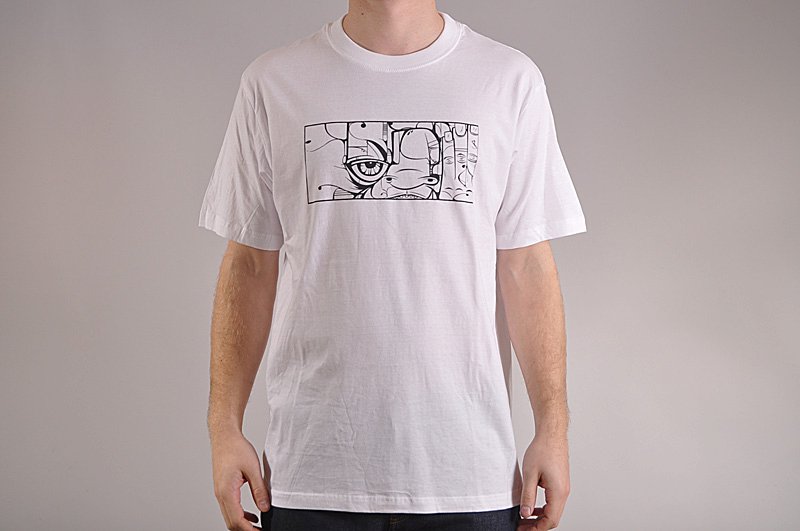
Years ago it was not really possible or let’s say it was very expensive. If you had a small amount the costs were very high and you had to order like 1000 to get a reasonable price. But meanwhile you can just print like 5 or 10 pieces of something and it’s still all right.
It’s a good business. If you are the first guy, you’re going to do small batches of something that people usually get in big batches, you’re going to have a whole new group of clients. Like the small guys like me who want to do smaller things.
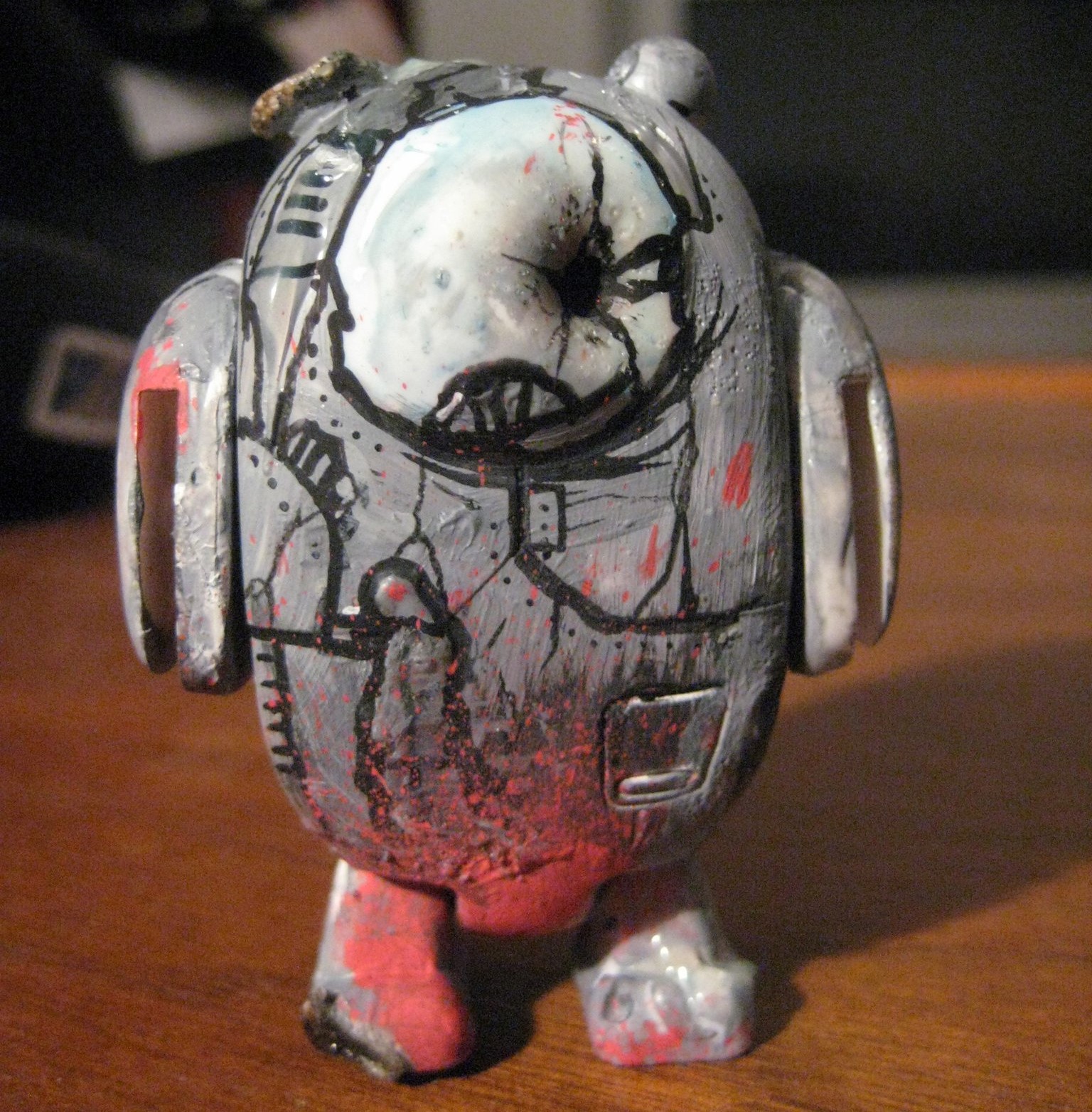
I know your Instagram, but do you have other platforms where people can find your art? And if they want something, how can they contact you?
I just use Instagram. I never got into TikTok and Snapchat and Vine and all those things. I started to use Fotolog, then it was Facebook, then it was Instagram. And when Instagram came, then I said, okay, this is the last platform thing for me. I’ve been around since Myspace, you know, I’m not going to go on the next social media platform and start all over again. This is it. I make this the last one now.
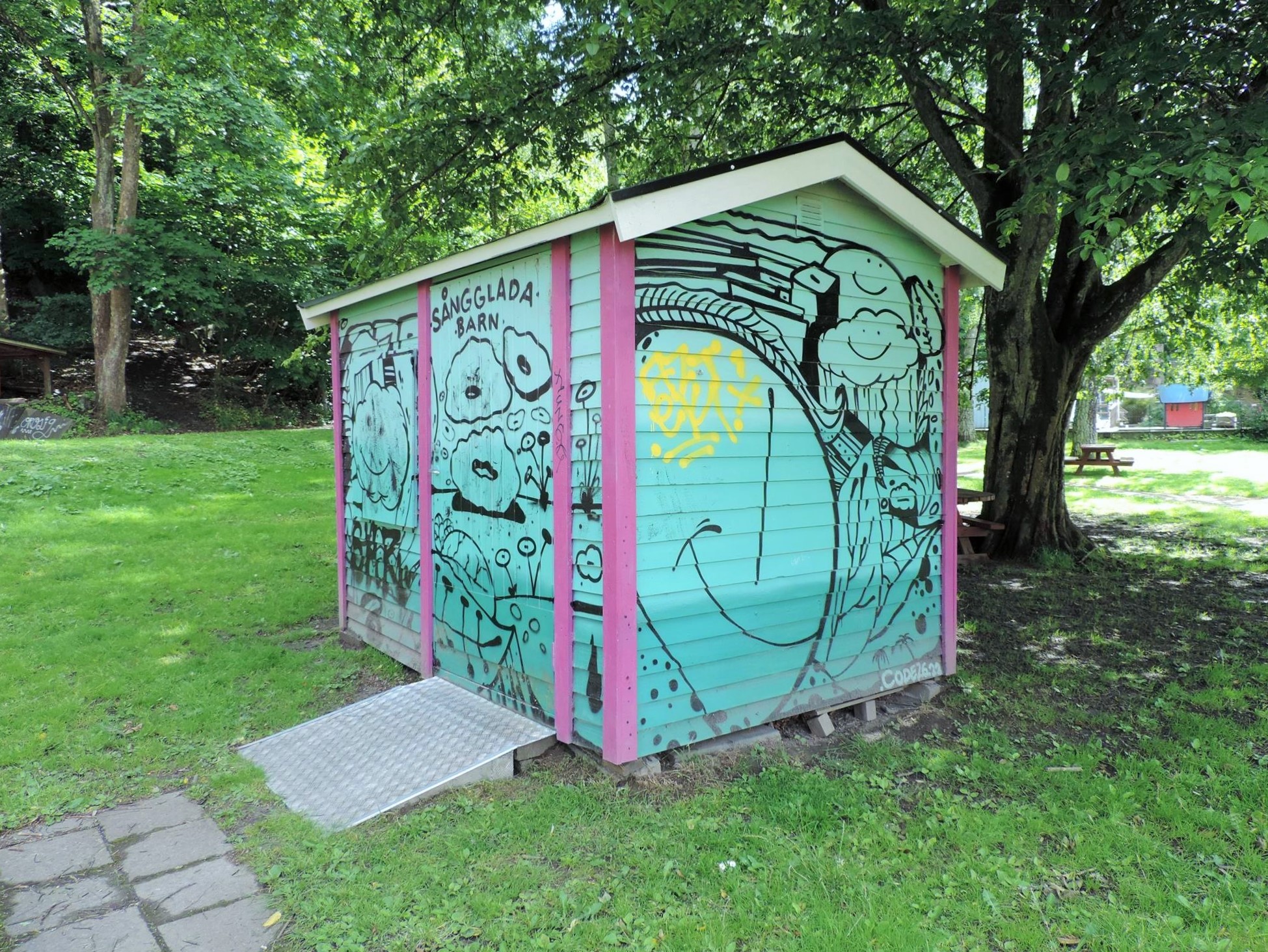
But if people are interested, can they can send just send you a message. And are you open for commission work?
Sure, I do commission works. Also I do festivals, I do paintings, I do art shows, everything. As well I do t-shirts and I even do record covers.
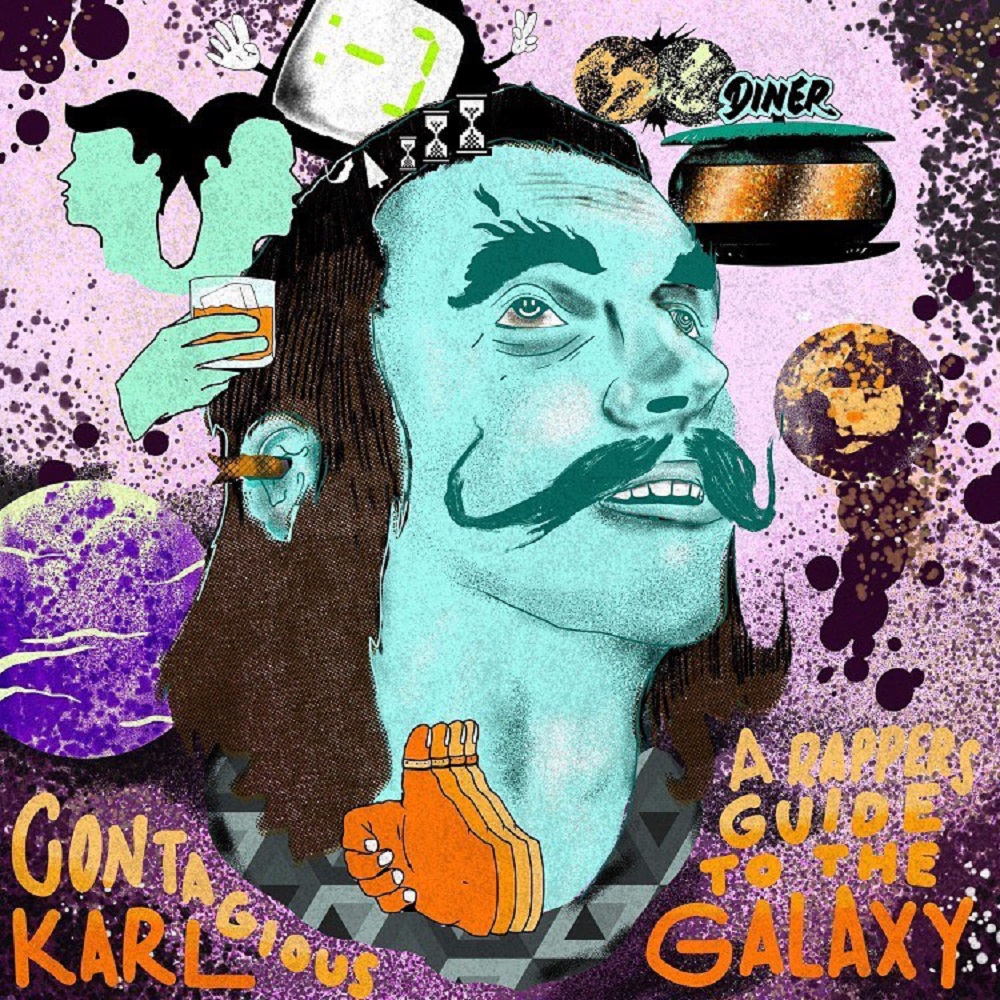
It sounds like that you are open as well for new ideas. So if people have new ideas for stuff you haven’t done before, why not? You would try.
I want to do everything. I want to do exactly everything. I would like to do a rope, also I want to do a sofa. Or an airplane. Why not? Sure, I would like to do an interior design for an airplane. I want to do a basketball court. Everything is fun. Even the small stuff.
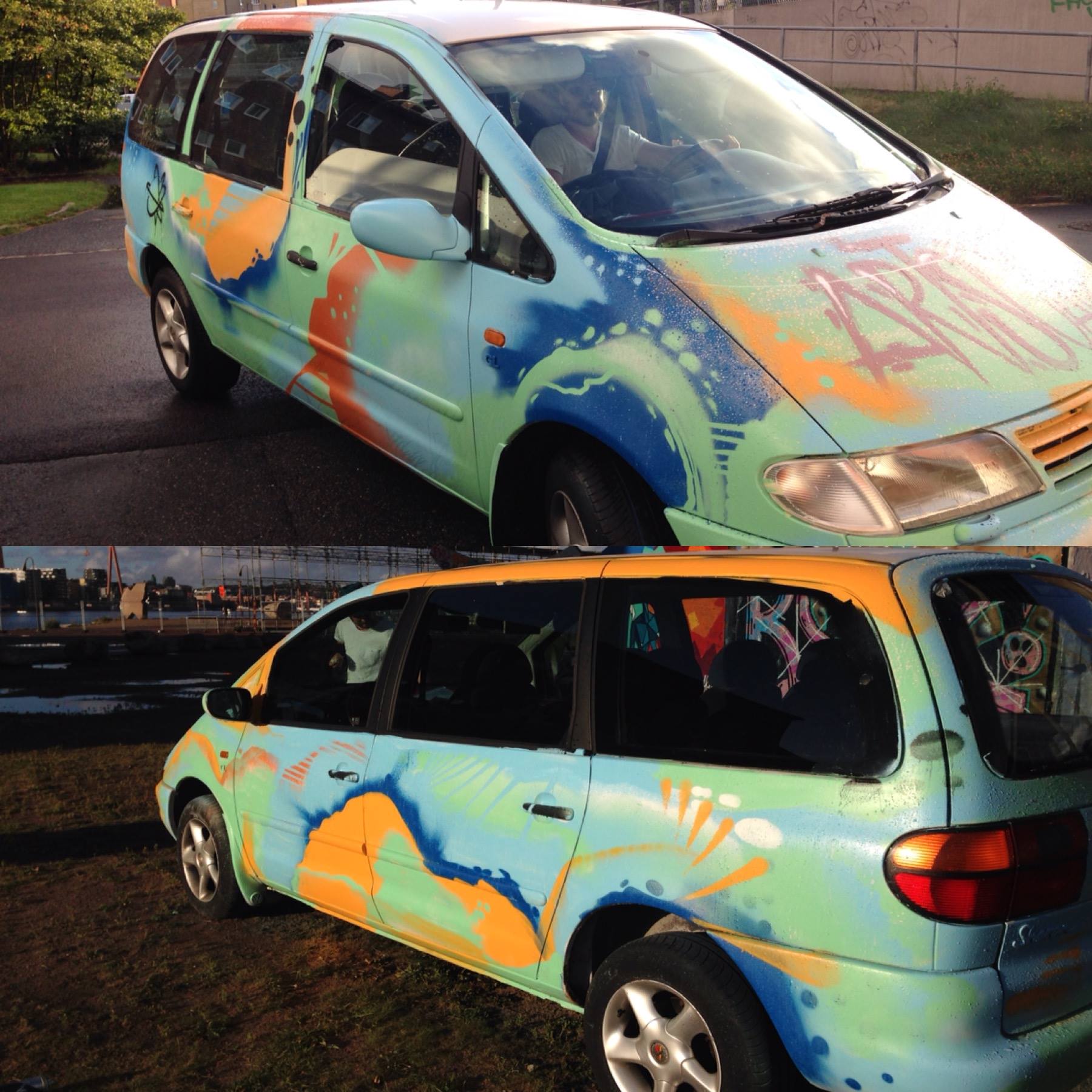
So you just said festivals, events and art shows. What do you do there? Do you have a place where you show your art, or do you do some performance things or live painting?
I used to do live paintings and I still might do it again during the right occasions. Also I worked a lot with a festival called Artscape. It’s an amazing street art festival. As well I worked a lot with the big names in street art, such as D*FACE, OBEY or SMOG and those guys from other countries. But also very important the Artscape organizers is to work with the local scene. They always support the local scene or always try to keep it 50 / 50. Also with men and women. It was a very good experience to work with them.
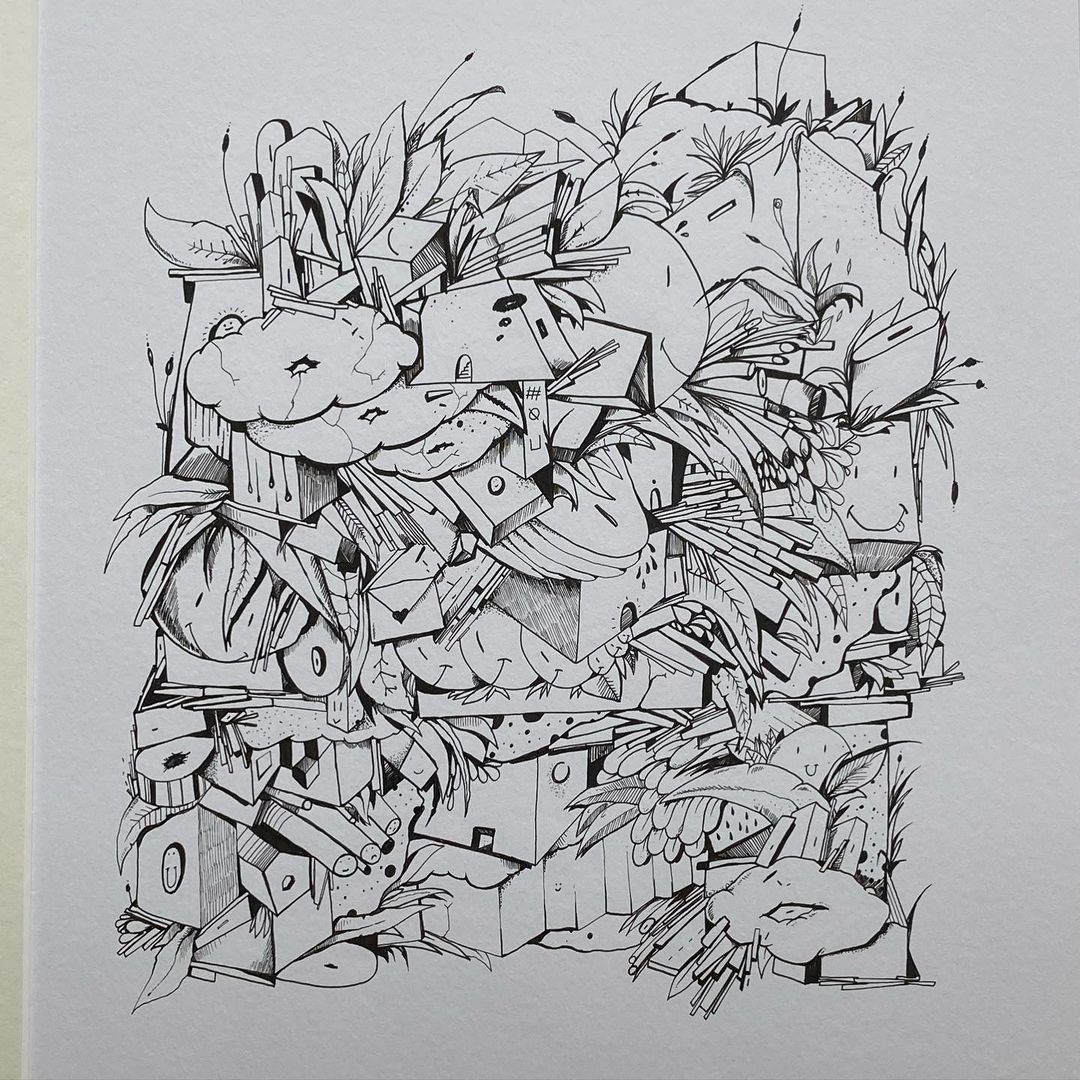
They did a huge piece with HOXXOH close by the river. I think it is the biggest mural I know and I’ve ever seen. It is definitely biggest urban artwork in Sweden.
The artist made it in five days. He’s amazing, a great guy. So I work with them, but I don’t work with galleries anymore. I don’t like the way galleries work. For me it makes it unreachable for a big part of the society. For the working class it makes it uncomfortable for them to own art. In my opinion, they have to be a bit pretentious to be able to charge the kind of money they want to charge with the 50% commission. I want to do art for everyone and for the people. I want to do prints which are cheap and I want to do commissions that are affordable. And also I want to get paid. Big company, big commission, big money. But I want everyone to be able to own some art that is not an Ikea print and that they like, that they enjoy, and it shouldn’t be so fucking exclusive. It’s just paint on a goddamn canvas. Actually it’s nothing magical about it.
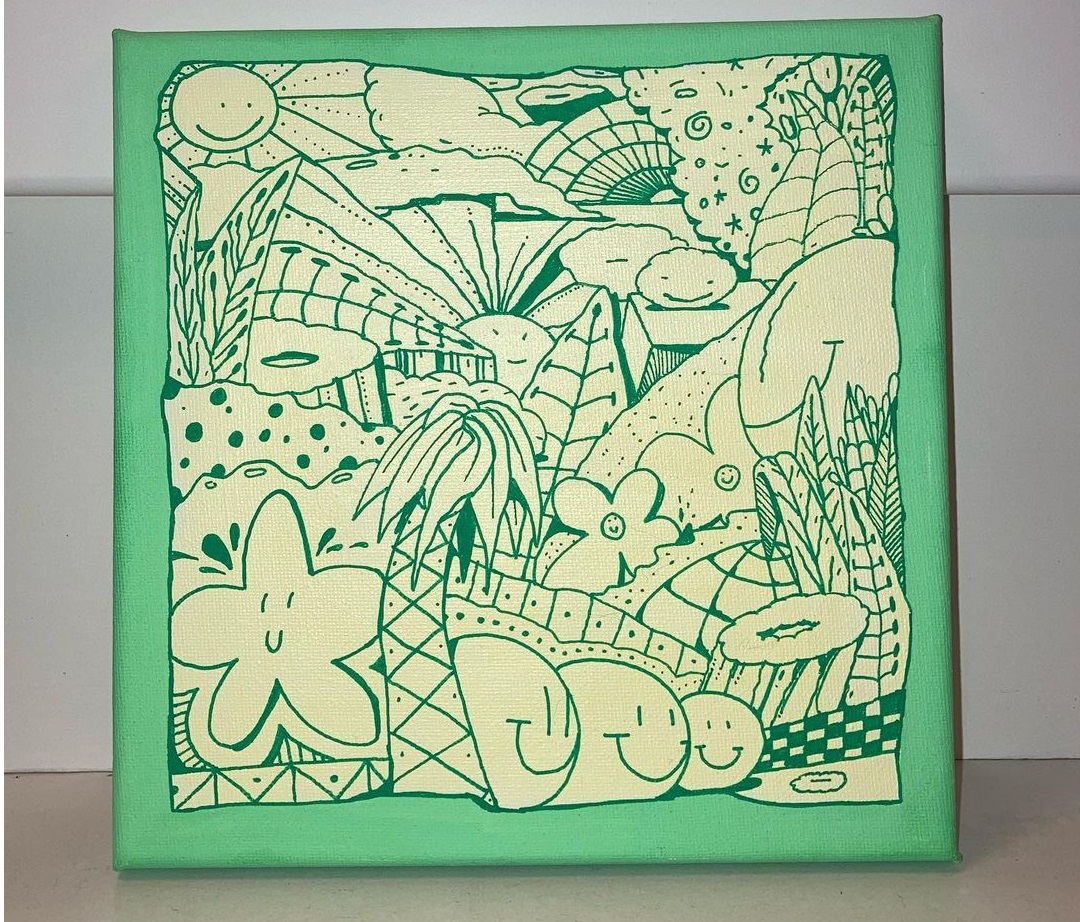
It’s similar like with the ownership of water. There is this discussion and I think water is there for everybody. And you cannot like a company say, now we own the water and we sell it to you. And they think with art it’s even more complicated because it’s not something you can really grab. It’s a principle. And you cannot own this like you cannot own somebody’s thinking and thoughts. But galleries often behave like this and they think they have the privilege to tell what is art and what is not art, and how to own the art, which means the way they sell it to you. Therefore they make the price higher. And this means in their point of view, only a short part of the society is actually allowed to have art, and the others are not able to afford it. I think that’s nonsense.
I think it’s a matter of a lot of things aside, of course it’s a matter of the class you’re in. If you are part of the cultural class, if you take part on things like going to the opera, then you’re top dog. If you go to the cinema, the smaller cinema with art movies, then you’re a bit lower. If you go to watch the Barbie movie, then you’re even lower. If you download it, then you’re at the bottom. Something like that. It is like they make grades for how good of a citizen you are, depending on what kind of culture you take in. Of course, my culture, the graffiti, streetart culture used to be the shit culture for a long time. Then every five years or so it becomes cool, then it’s not cool, then it’s cool again. Depending on who shouts it, but the culture elite, I suppose.
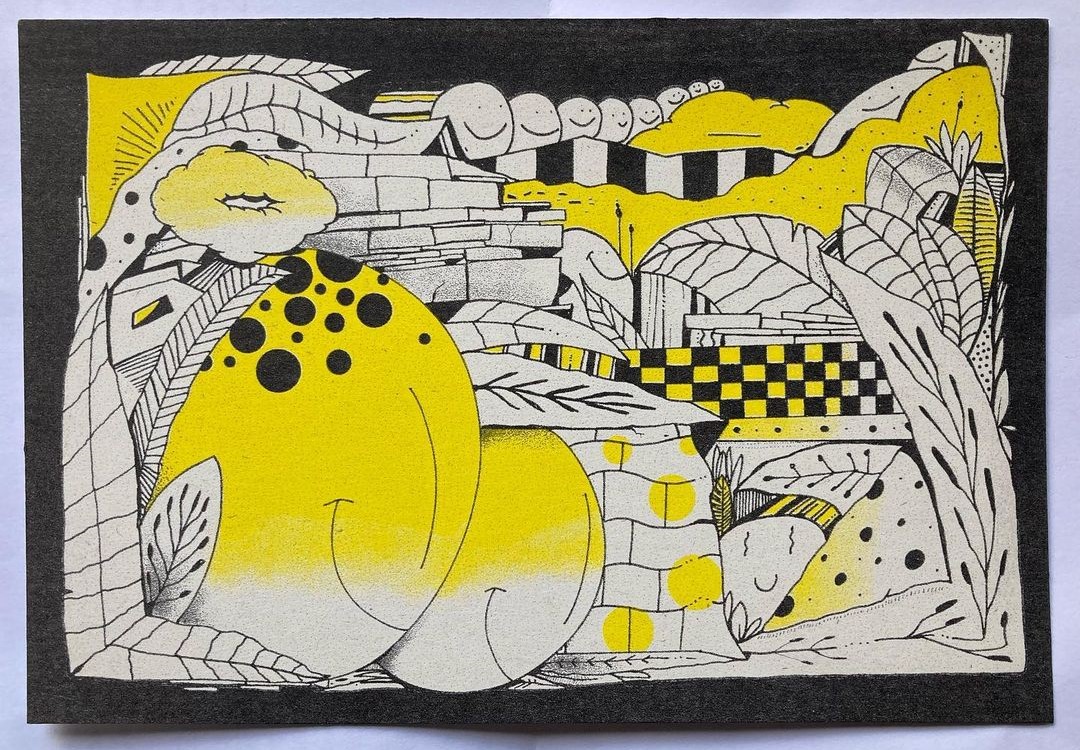
And who chooses who is the cultural elite?
Yeah, that’s the question. I suppose it’s the people with money, the influencers in the cultural society. For some reason, Banksy became cool because the right people started collecting Banksy. They start to care about Banksy. For us, we knew about Banksy forever. I remember a friend of mine in London sold a Banksy painting and I helped the guy doing it. I think it was for around 700 Euros. He sold the piece back in the days. Now it’s the same. It’s just a stencil, but they are trading with it on the market. And I think it’s worth now 100.000 Euro or even more. It was around that last time I checked. It’s just a goddamn stencil. But the right people think it’s good. The right people think it’s cool streetart and therefore it is cool. Now it’s worth a lot of money.
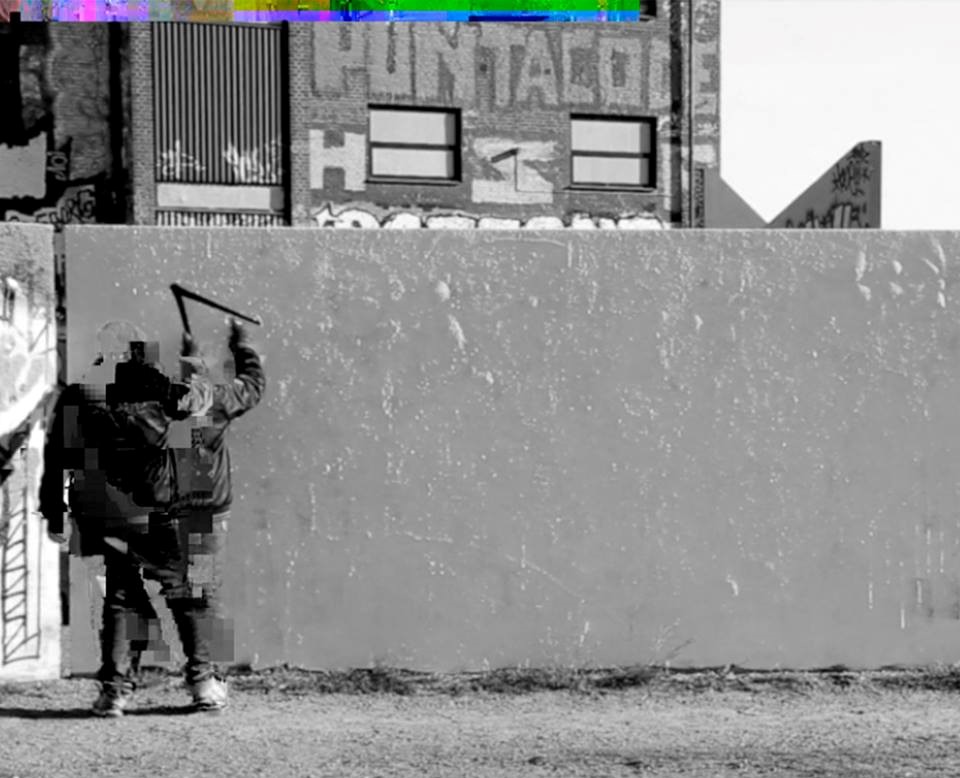
When you look on this art fairs, you can go there and admire the artworks, but all the processes behind, I really hate it. Because it’s not anymore about the art. It’s like a stock exchange and a lot of people only see the value of the money, the worth of the objects, and not the art itself. So it got like corrupted and incorporated. And this happened with Banksy. Because this is not the aim or what Banksy wanted to show. For example with the one painting which got destroyed during the exhibition opening. So it was an surprise sabotage action and the painting started to destroy itself. But what happened afterwards? Even the destroyed and cut pieces of the artwork, they sold that as well. And now the price of all this sold crap was even more than the previous painting. So there was a trying for criticism, but it became even worse.
Yeah. Banksy. I mean, he’s a cool artist. But he’s fighting his own fame from time to time. He got a platform and he uses it very wisely. I got a lot respect for the dude and I think he’s doing amazing work. Also I think he probably puts a lot of the money he makes back into making even bigger stuff. And I think it’s good. He does the whole dismantling of what was called cheap as fuck so everyone can go there and admire it. It’s amazing. Like an artist for the people. But the backside of all that is, of course, that you got a trade with the rich and famous and like I said, they are the tastemakers. So they go and do things and then you know.
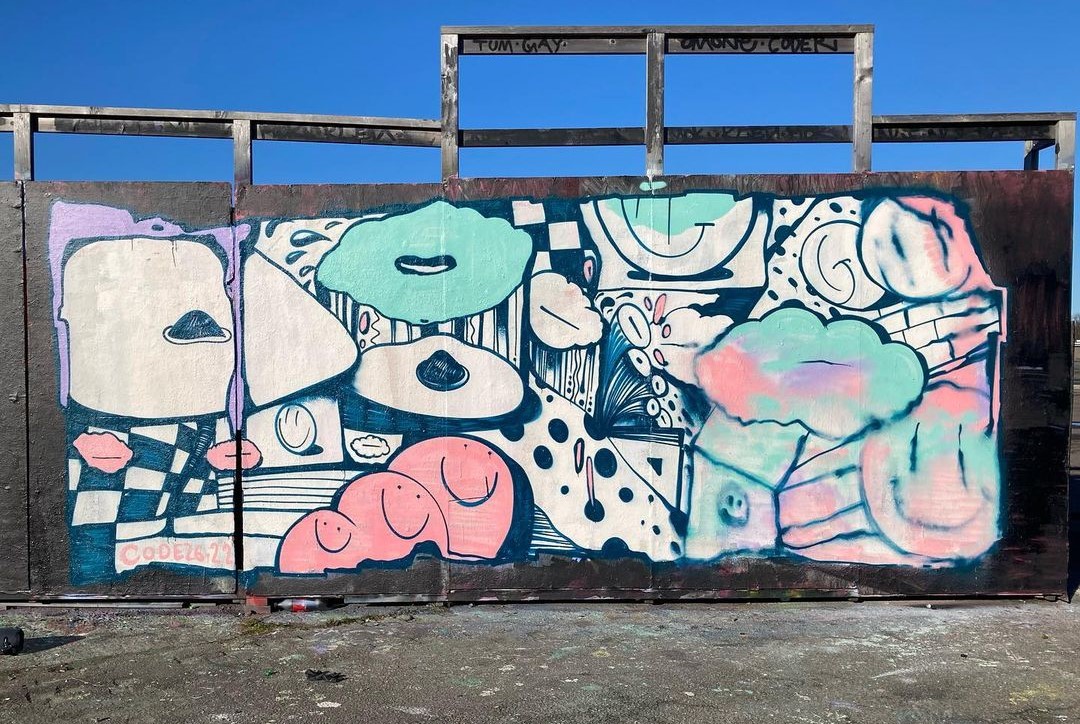
But not to generalize, it’s not everything the same. It’s not all bad and it’s not all good, of course. You have good doctors and bad doctors and also there are people with money who do good things and others who are egoistic. And it also always changing as well.
Yeah, there’s no reason why you should be a bad person because you got a good income, but then you have the proper bullshit art. In my opinion like Alec. Monopoly. There’s no skill there. There’s no talent. It’s just good promotion. You got to respect the hustle, but it’s good promotion. When you make a good show, it’s half of the of the deal. I mean, the art world to me is just weird. And that’s what I always liked about graffiti, there it is different. You are rich? You are poor? Black, white, gay, straight, man, woman. No one gives a fuck. The only thing that matters is what you just painted on that wall. How much you paint and how good you paint. Quantity and quality combined. You can have a lot of money and it will be good. You can have a lot of both. It’s perfect. But who you are, no one gives a fuck. You’re supposed to be anonymous. Perfect for me. You are handsome, you are ugly, you are rich or poor. It doesn’t matter. Important is if you’re up doing graffiti or if you’re not up. And if you’re good in doing graffiti or if you’re not good.
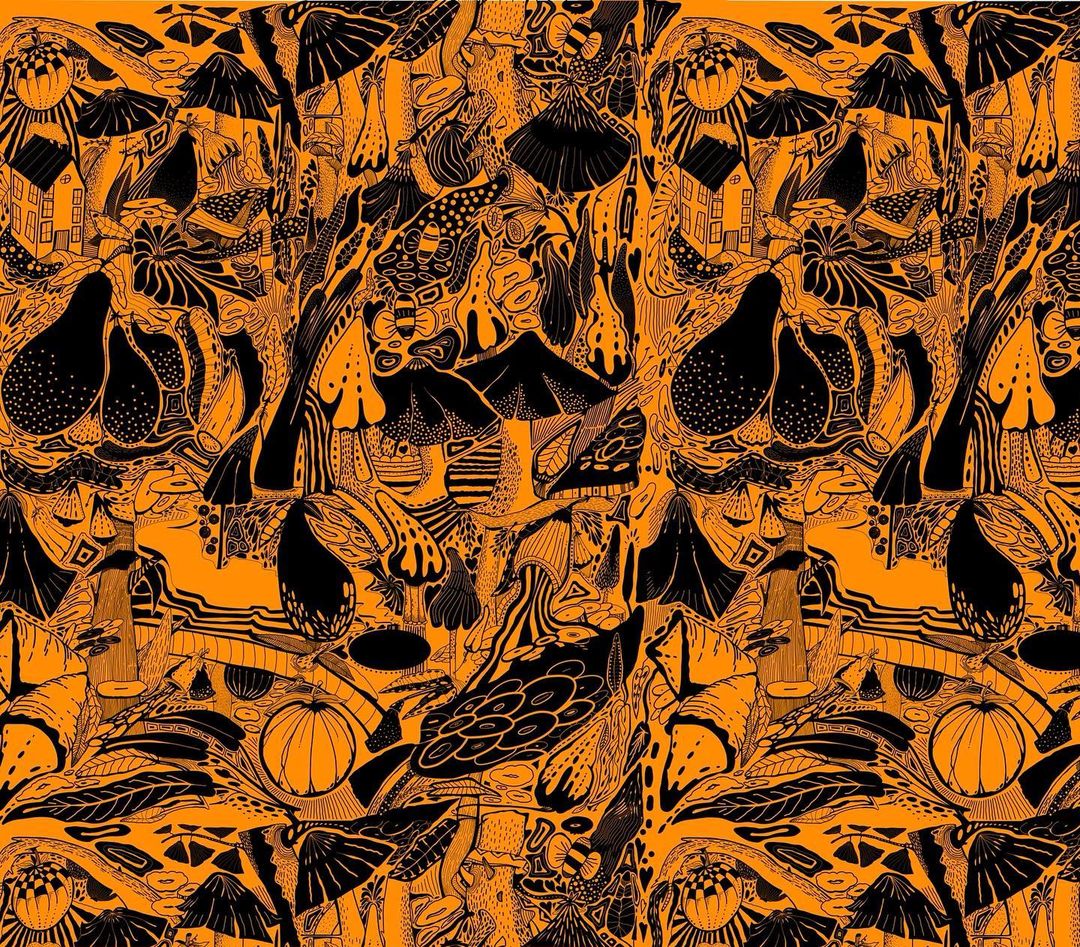
That’s what I like as well. All this judgment about the person itself because of this and that and actually when you talk about the art, who cares about what kind of shirt the person is wearing or what kind of shoes. Nobody cares. It’s like, come on, we’re talking about the artwork. So let’s talk about the artwork and not about the person.
Yeah, I think that’s it. Like I said, that’s what I always liked about graffiti. Because no one cared about who I was. They only care about the product. It’s a good thing to hide behind.
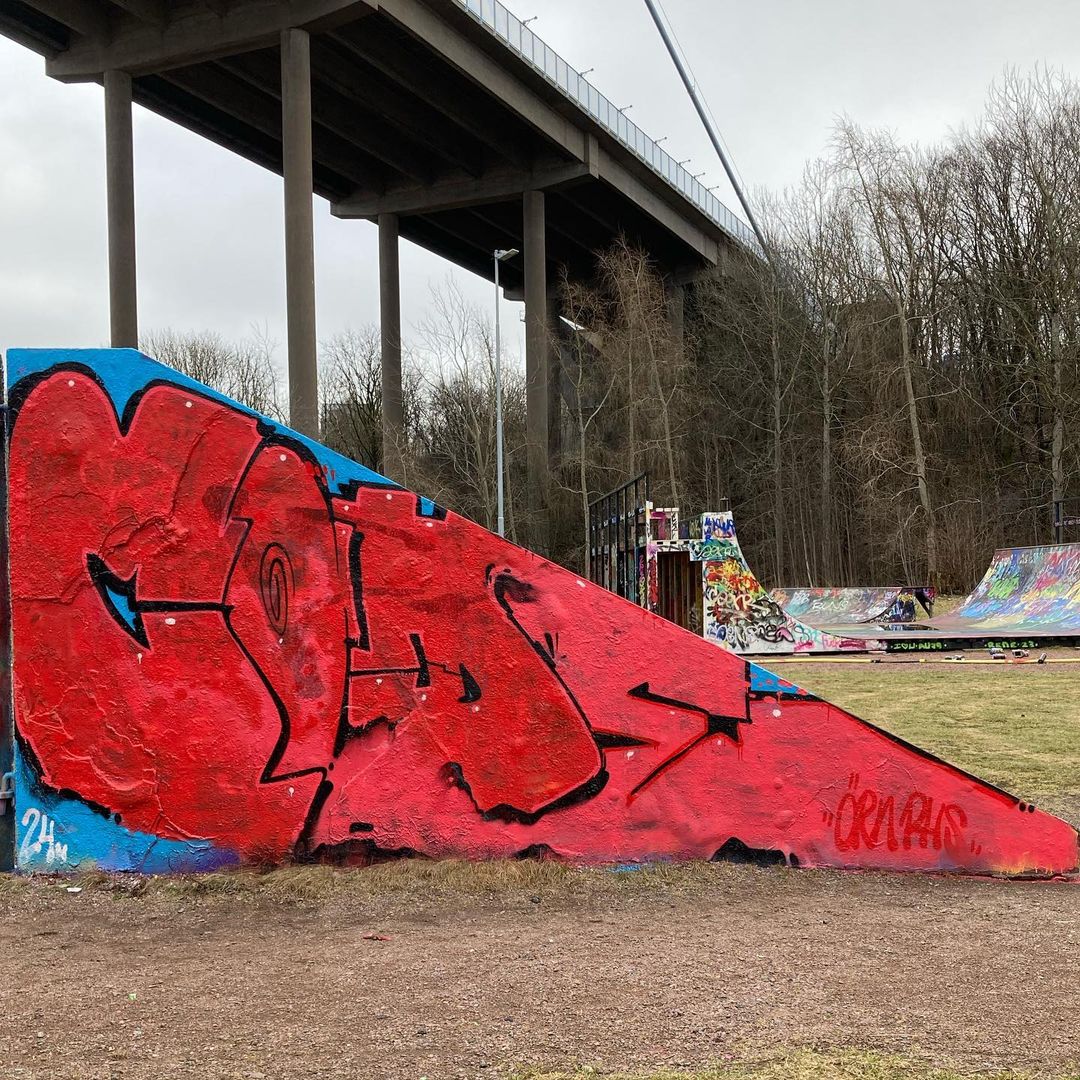
What’s important to talk about and what I’m quite interested in to hear is about your experience with the time some years ago. I talked as well with TONY B and with CABEL about that. Because I think it was a very unique period in Sweden compared to other countries. In the early days when graffiti started it was open, there was graffiti everywhere, and then it went really crazy. Then there came this “Zero Tolerance” time. So then there was nothing at all, no color in urban space. And if there was something they tried to remove and clean it within 24 hours. It was really rough. And the guards went rough on the graffiti riders, the graffiti riders went rough on the guard. Then the politicians realized, okay, that’s maybe not the way and this is not working at all. So they changed it again. You are doing graffiti for quite a long time. How did you perceive this period? There was graffiti when you were like ten years old and at that time it was open. Then it completely shut down in a dark era and now it is open again and flourishes.
It was very odd, because I had my first hearing at the police when I was 13 years old and in seventh grade. I hadn’t really been accused of anything, I just have been in the wrong place at the wrong time when someone painted. And some dude came up and took photos of us, like analog photos. Then they looked in the school catalogs and they found us. For the others it was only because we were also standing there. I didn’t do anything that time. But later on I just felt like painting and I went out. And again some dude showed up and got me. So obviously they wanted to get a snitch, but no snitching was done. I had some hearings again after that because they thought they found someone who will talk. But they did not. I was told I was part of something criminal making me a criminal from when I was 13 years old. At that time I was just a kid. We were early teens. It was really very odd during the zero tolerance time. I have friends, they got the door kicked in at the mom’s house, at the girlfriend’s house and at the apartments just for fucking writing on the wall. I used to work in a shop where the police would stand outside and take the paint of the people. It was a graffiti shop and they took the cans from the customers. They said this is preparation for vandalism, so they did actually force the store to close down by robbing the customers of paint without them doing a crime.
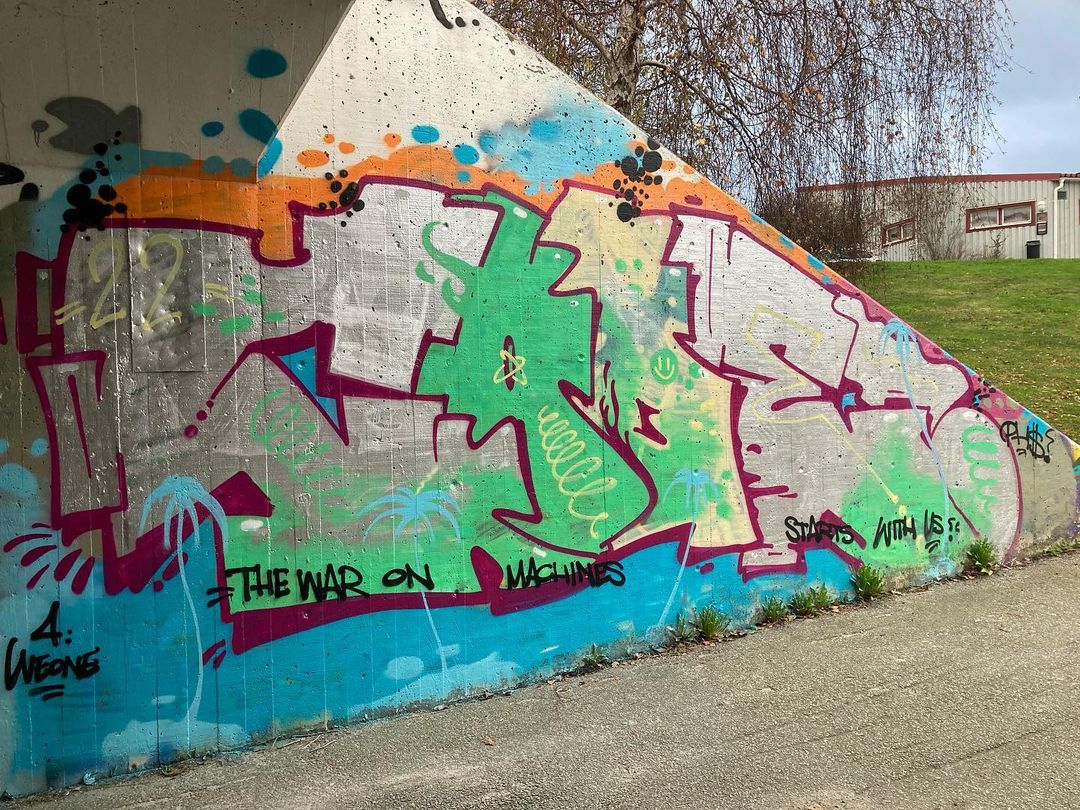
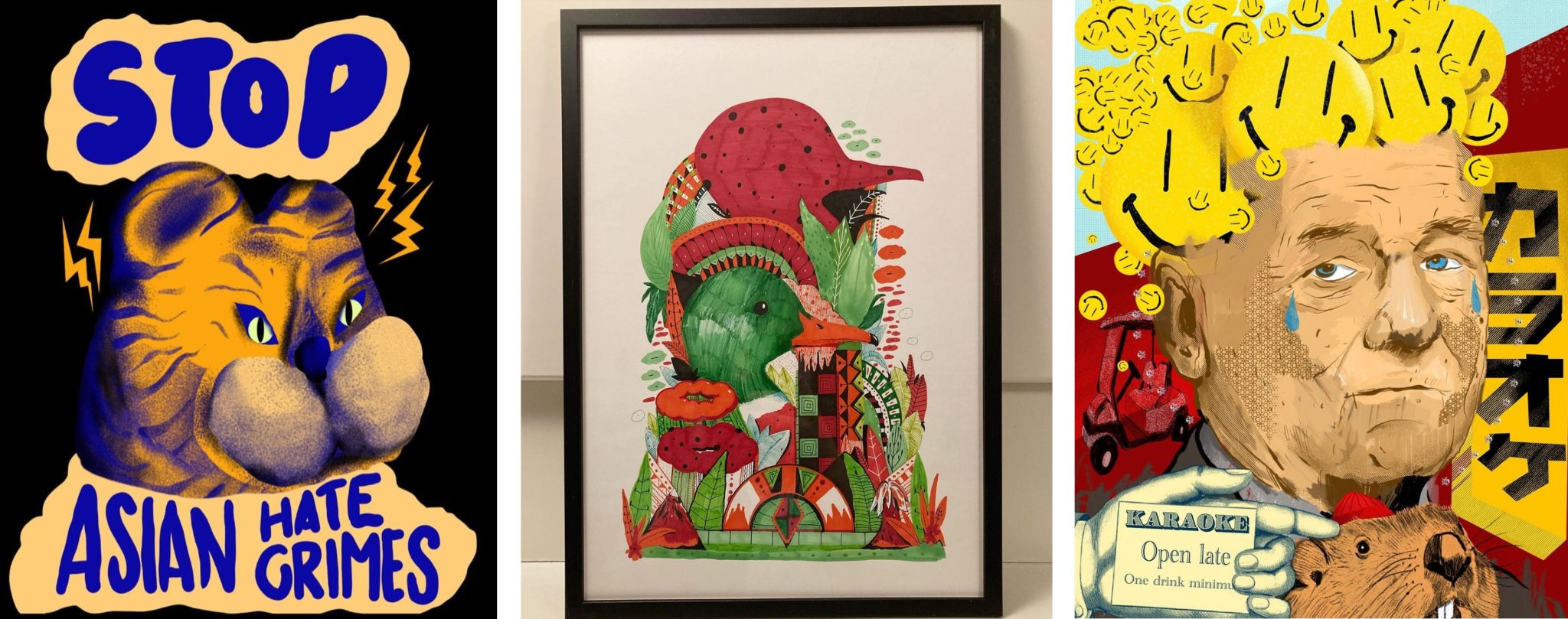
Even if you only wanted like to paint some scratch on the car or something on your house or whatever?
Yeah of course man, it was illegal to have spray paint, which of course it wasn’t, but they made it. I mean, who are we to argue against police? You could try, but they’re going to take the paint and say you can go now. So try to make a complaint. Are we going to fight them? We couldn’t do that. We couldn’t do anything. You have zero power. People were getting fines that ruined their life during their teens. Like they got fines with hundreds or thousands of Euros with 16 years old. They dropped out of school and that’s it. They still haven’t got their life together now 20 years later. And all that because they painted something on a tram or on a wall.

Because they have been creative in a way.
Yes, and not in a way that wasn’t playing football or doing music or doing whatever the fuck was allowed according to the system. It was going really into direction of dictatorship. It was a forbidden art. What it created in the graffiti scene was a bit more rough. So now we’re doing something that’s a bit more criminal than it used to be. You can get prison for doing graffiti. People got in prison, my friends got in prison. A few of them. If you’re risking prison for doing something on the street, then it’s not too far from doing other street stuff. You get the fighting, you get the stealing, and you get the car thefts. You get the breaking in, robberies, drug dealing and all that stuff. For me, it’s too much. I never liked the violence. It’s not for me, I don’t enjoy it. But a lot of criminal elements got put into the scene. And that was not really necessary. I mean, there would always be parts of it criminal because we’re doing criminal stuff, but it was way more than necessary.
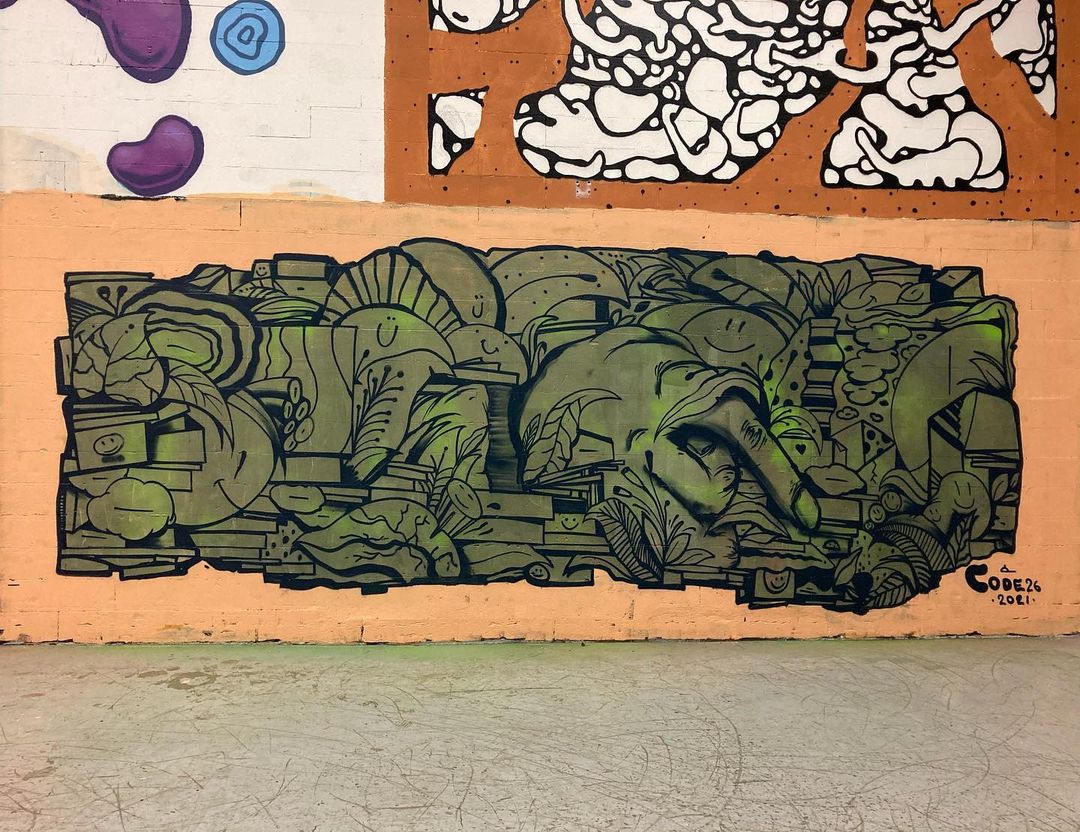
They wanted to stop this criminal part, but instead of stopping it, they even pushed it further and made it even more radical.
Yes, I think only very few people stopped because of it. What happened was that people just got more criminal whether you liked it or not. So they made it worse instead of better. Everyone got to take responsibility for what they do. If you want to finance your painting by stealing a Gore-Tex jacket, it’s up to you. If you want to find this by going to a job, that’s up to you. If you prefer screaming from your job, you’re taking receipts and doing the good old. That’s up to you as well. But it was a smaller step from painting to the more criminal stuff than it is now. Now it’s quite far from it. It’s a quite innocent crime again.
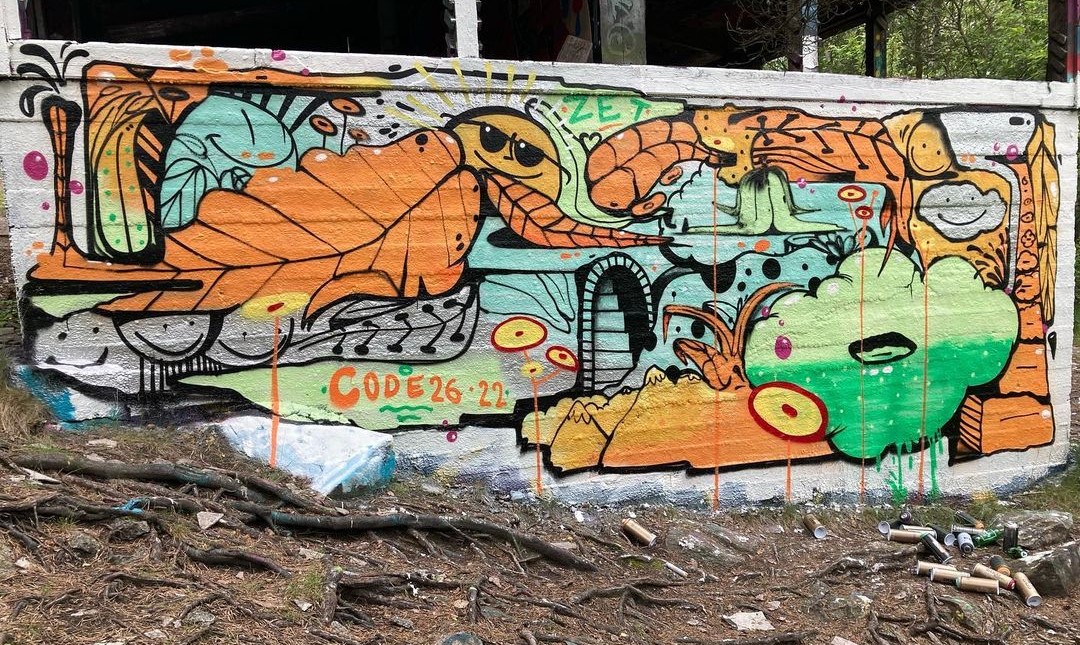
Then the laws changed and it became better. Was that step by step or was it more immediately? How did you experience this?
I mean, you used to have a quite big group of cops that was just harassing people. Like taking pictures of your paintings on the legal walls and such stuff. Of course there are also good cops, but there are also these kinds of cops who really like doing that things. They did what they had to do and this was their job. They were just looking for graffiti writers and the hooligans. For them it was the same group. I won’t say they’re good or bad. They just did their job. What you think about the police, that’s another opinion in general. But I wouldn’t say it were better or worse cops than any other cop. They just did what they did, you know the cops. But as time progressed, society got rougher. Then they got maybe only half of the dudes doing it. And then they started working with gun violence and such. So they work with real crimes now.
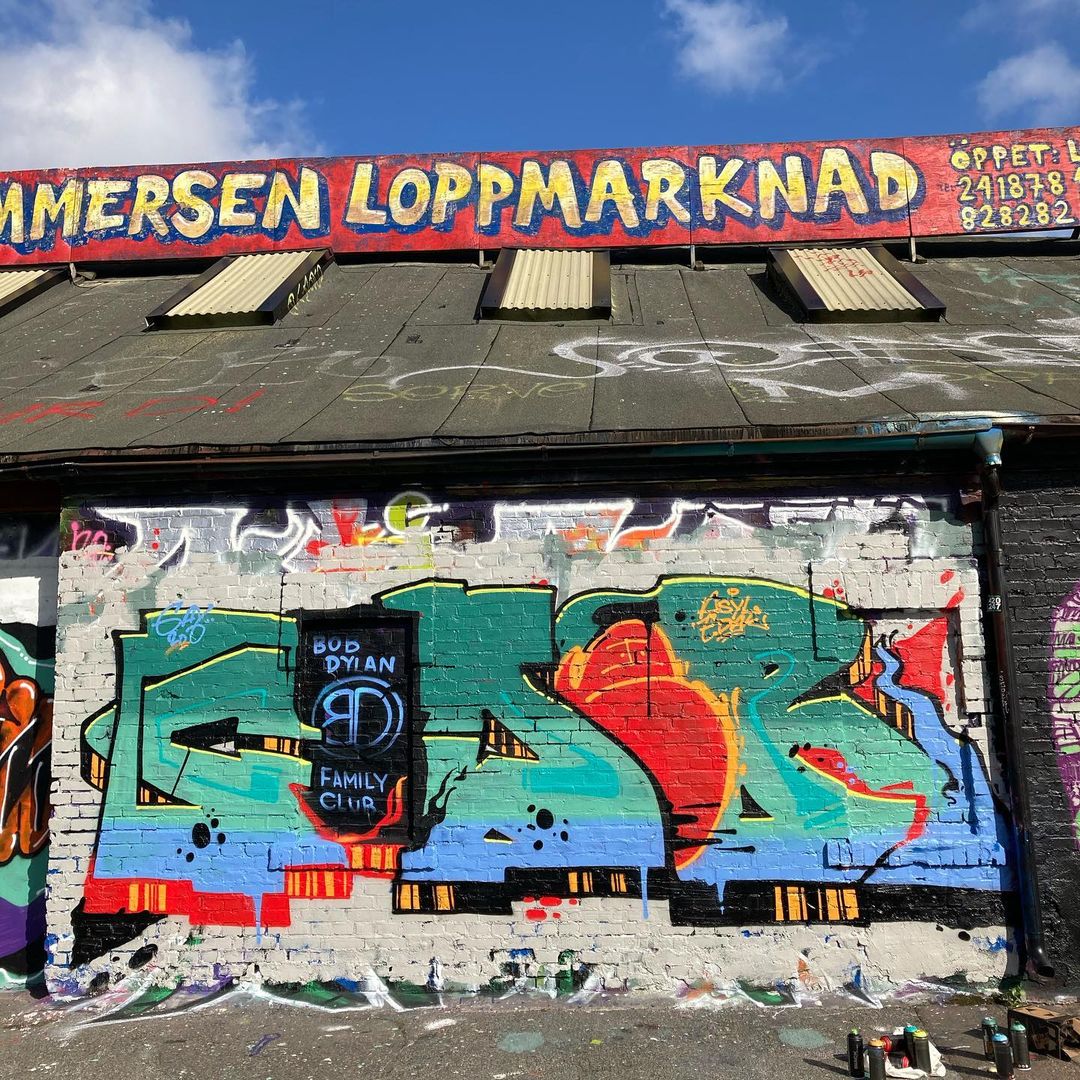

Finally. Instead of arresting 15 year old children because they may have painted a comic figure on a garage door.
Yeah. It was so odd. Like art shows were closed down and stuff like that. It was like a culture war.
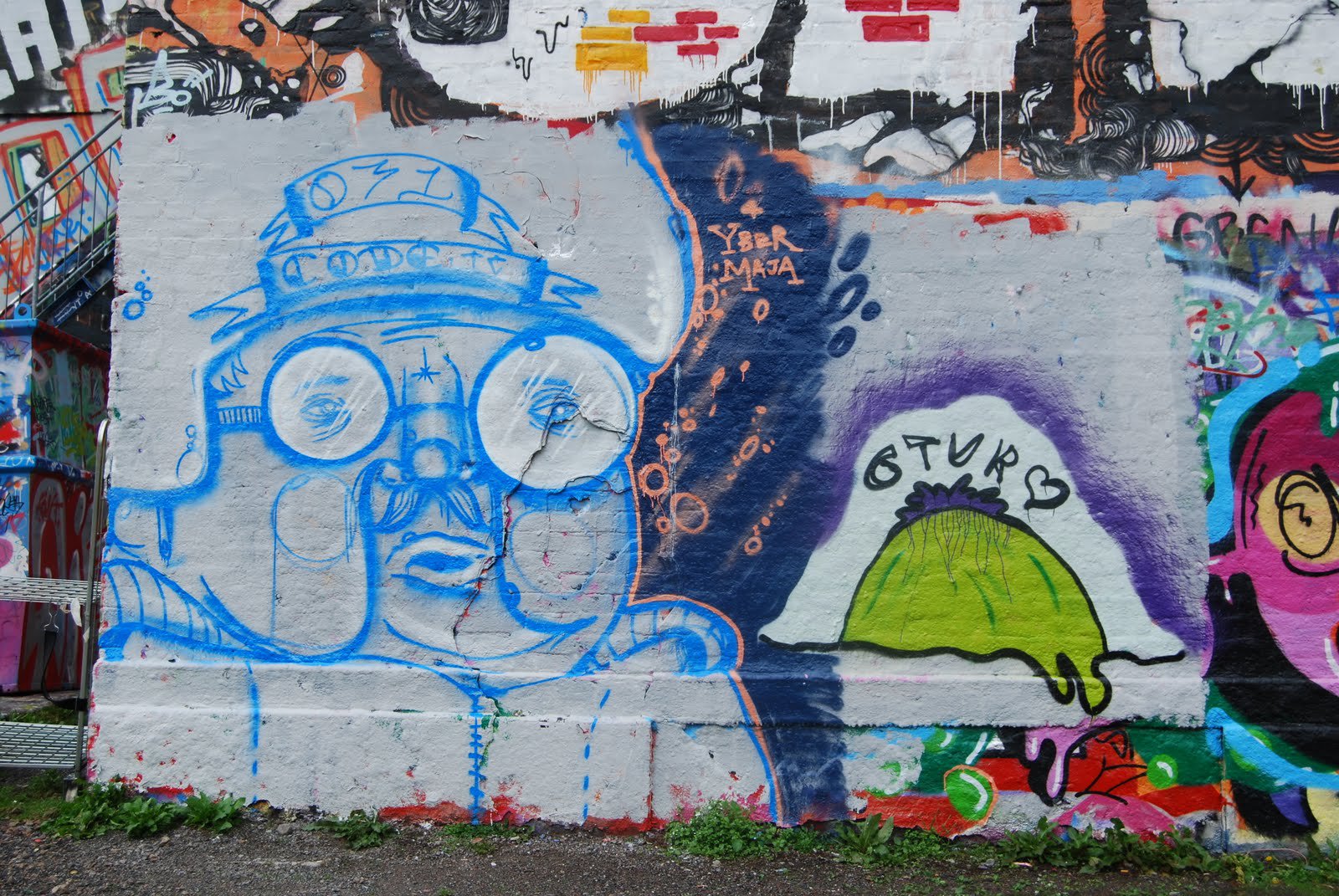
You said you worked with Artscape as well. So I think they did a very important job by bringing art into the cities again. And not only a few artworks, they made just phenomenal and huge projects with amazing works. They are like on a mission.
Yes, definitely. Also the workshops and all the stuff they do. Like the lectures and the off demand content. They are putting so much work to their projects, it’s amazing. So I’m old friends with the architects and we used to meet. His name is Daniel Wickham, who is one of the founders. We used to work together on some commissions with the agency called Monarchs. Also I was involved a bit in a project called “Sacred Walls”. We did some stuff in Barcelona and Copenhagen together. Great guy. And we kept in touch and they met up with me. They just asked me because they were thinking about making an event in Gothenburg called “Artscape”. They asked me, what I think about it. And I told them, no, you can’t get it in Gothenburg. Do it in another city, like Boras. Do it like half an hour outside. It’s going to be amazing. But Gothenburg, it’s just going to be a struggle. But I think it just took them and they had this strong plan to do it. I can’t remember which year, but I think the year after the “Sacred Walls”. First it was a bit uphill, but they did it and it changed the whole city forever. It turned out really good and it was super positive. They even had bus tours and guides and whatnot. And from that on they have done so many places in Sweden. I think it’s really amazing work. They bring so great, great, great artists to the walls from other countries and they work as well with the local communities. And of course it’s for the children as well with workshops and also stuff I’ve done. In one workshop I did sketches with kids. I collected them and I used these sketches to make my artwork. And when the kids saw that, they were just super happy. Of course they loved it. Or the Kindergartens had a week when they went out and collected stuff in the nature. They could show that to me afterwards and I made my transition of it onto the wall. Love it man.
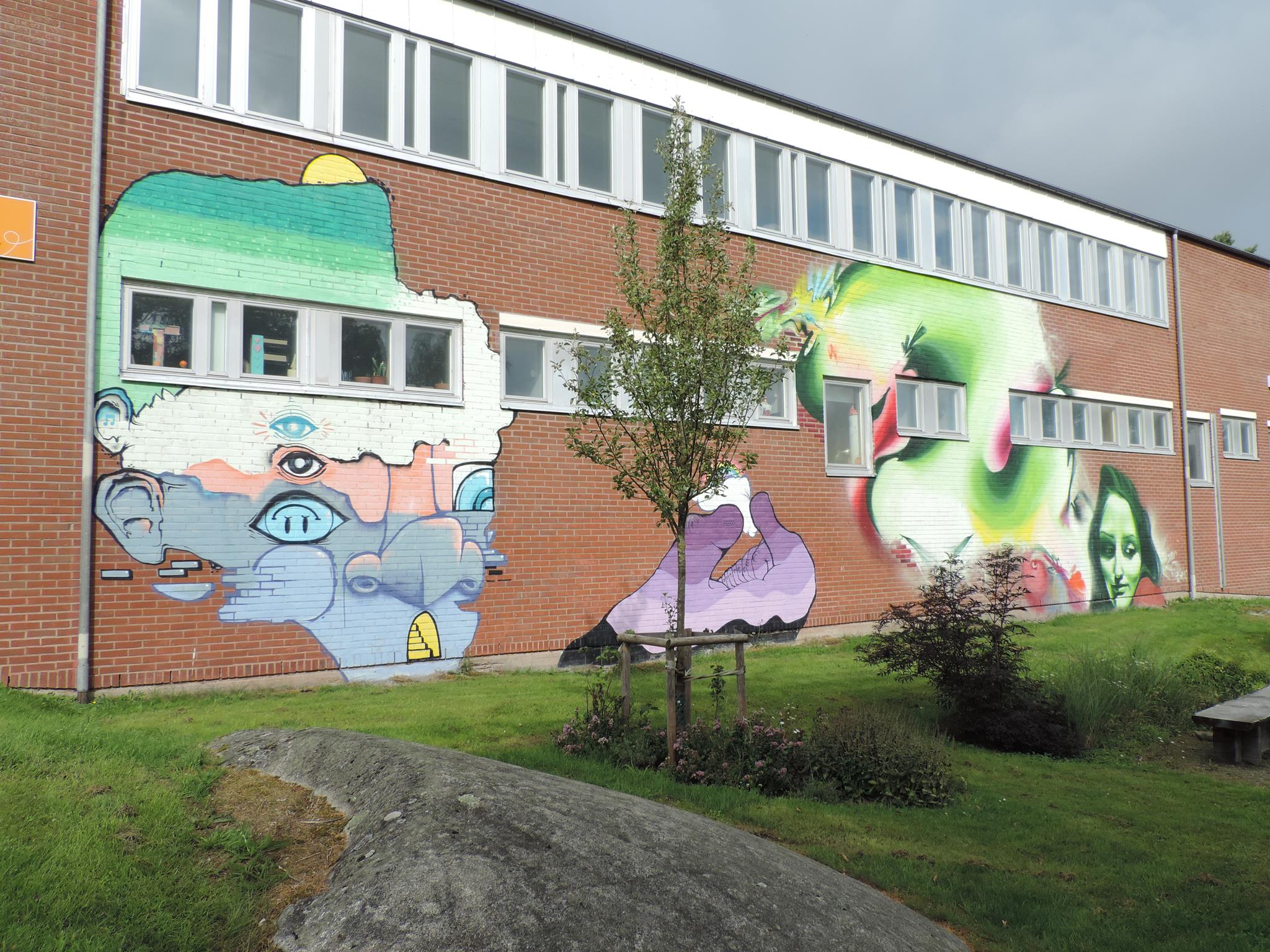
Wall at the Tynnered School made together with AJJA
I was walking around the city and took photographs of artworks and it really happened a lot of times that somebody came to me and said, “Oh, hey, you have also to go around the building. There’s another one. And in the next street there is a huge bird, you have to go there”. And those were no younger teenagers, the one guy was even 70 years old or something. I had the feeling that a lot of people really like it and they are really excited about it. They are also proud of it and say, these the artworks in my city and tourists come here to see our artworks. This is cool and this is now the art city. The whole perception and perspective really changed. So if you compare it to the time before, how you describe it, that it was like zero and nothing and very bad. And it’s like on the complete opposite side now. Also how the people see it.
Yes, that is amazing. It’s like night and day and can’t be compared. You can’t even describe how weird this “Zero Tolerance” time was. You know, it was so odd.
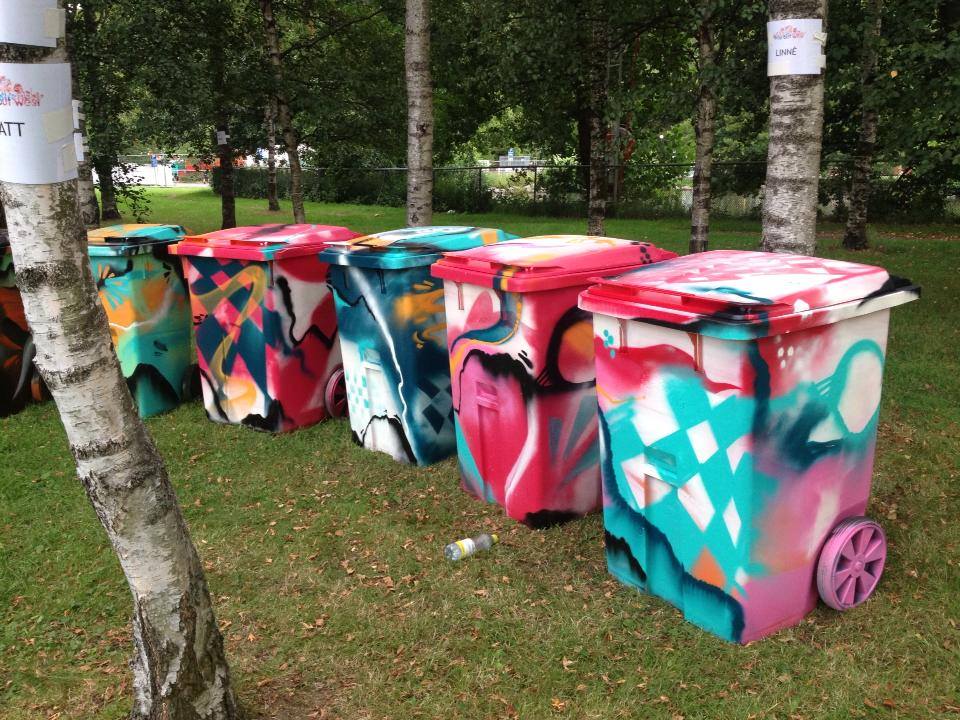
I think it’s important to talk about it so that people know it. The younger generation, they didn’t even experience this, which is good. But they have to know that there was a bad time before and also the politicians have to see the differences to that time before. Then it was bad and the effects were not good. And now you try it in a different way and you have a lot of positive effects. So you have a lot of evidences for that. This direction is better than the other one.
Yes, definitely, I would say so. Then again, we got to realize that Sweden has the luxury of seeing tags on the street as a problem. When I go and meet my friends in Serbia, Bosnia and Romania and around, people don’t give a shit if you do graffiti. They have other problems and they are happy if the house doesn’t crash down. They are happy if they have food. If they have the possibility to vote, then they do. But if the vote actually means something, they don’t give a shit. We even did a street piece in Romania and the cops came. They didn’t give a shit because they were traffic cops, not the regular cops. But they didn’t even stop us. We got caught in Poland, they don’t care. It was like, “Oh, we don’t know what to do about that. You’re tourists. Why don’t you just go on?” We could even keep the paint and everything. Nothing happened. There’s too much work to do in such case. And for what? For nothing. They’re not going to give us a fine because we won’t pay the fine. So why would they put down the work.
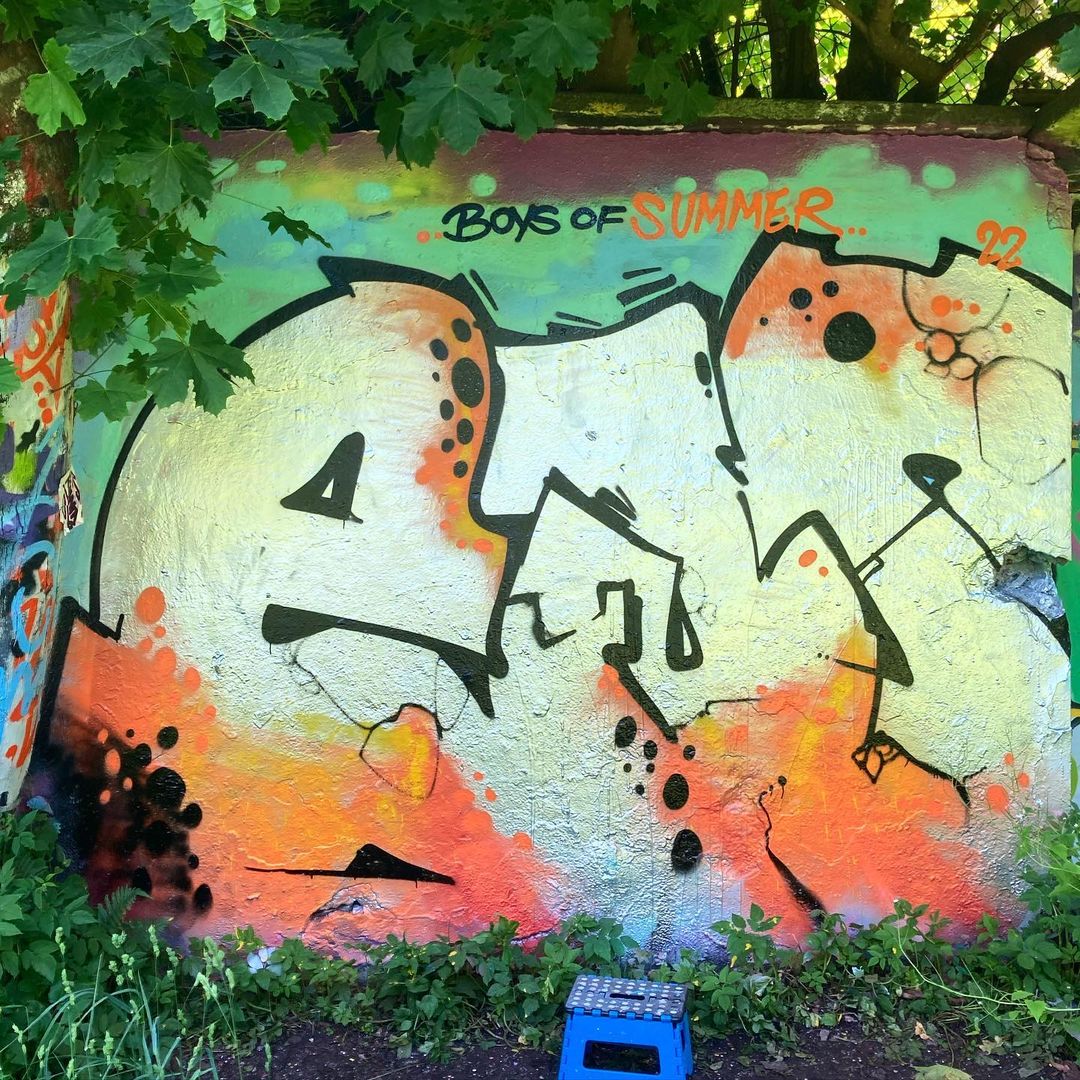
It’s also thinking about in which kind of society we are living. Also compared to how the rest of the world is living and about what is important and what is not important. Then you realize, okay, we are really on a high luxury level because we are thinking about some paint on the street, and others don’t even have a place to sleep.
Just the fact that we can afford to buy paint just to spray it on a wall, take a photo, leave it and never see it again. It’s amazing what a world to live in, right?
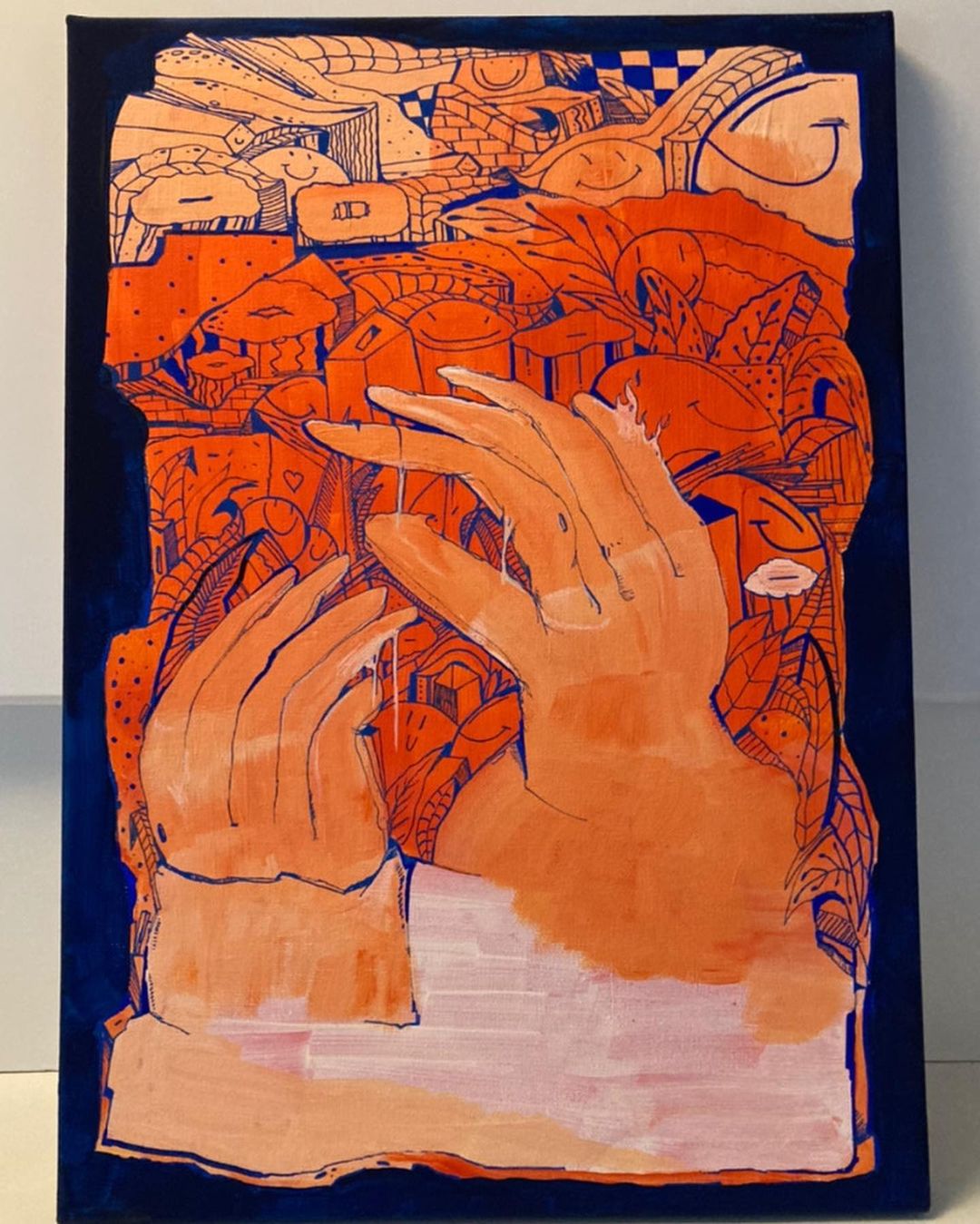
And we even have galleries and museums and art spaces. So about the galleries. You just said before, you don’t like to work anymore with galleries. But that means you had exhibitions?
Yes and I still do exhibitions, but now I rent the space myself. I do it not for a gallery. I rent a space and organize it myself. And that’s it. I don’t need the posh, cool elite to see it. But if they want to see it, they are welcome. It’s for everyone. It’s nothing fancy about it. It’s just a room, a gallery. It’s just a room with a contact list. That’s it. Nothing else. I can do work and make money without galleries. But galleries can’t do shit without artists. They are depending on us. We’re not depending on them. And this is super important. That’s a really good thing.
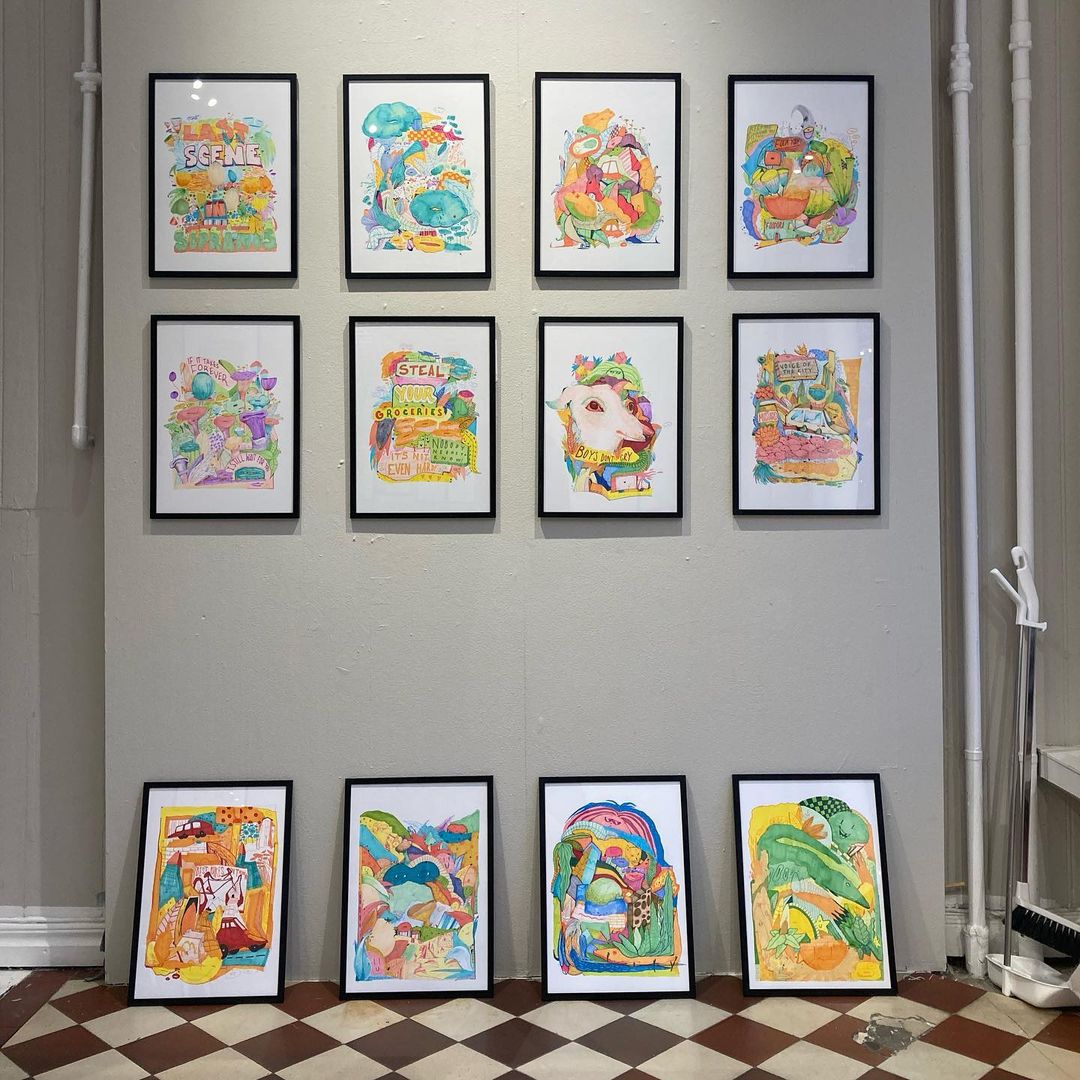
Because it’s the artist who is the star and it’s about the art and not the gallery. And they try always to turn it around. Of course, a good gallery with a big name can make a smaller artist famous. But it was not the gallery who made the art. They can make artists famous but in the beginning there were other artists who made the gallery famous at first.
I won’t apply for anything when it comes to galleries. I don’t like to pay a fee to apply. I don’t want to give you 20 Euro for you to look at my paintings and decide if it’s good enough for your gallery. I just rent the fucking space and put it up myself.
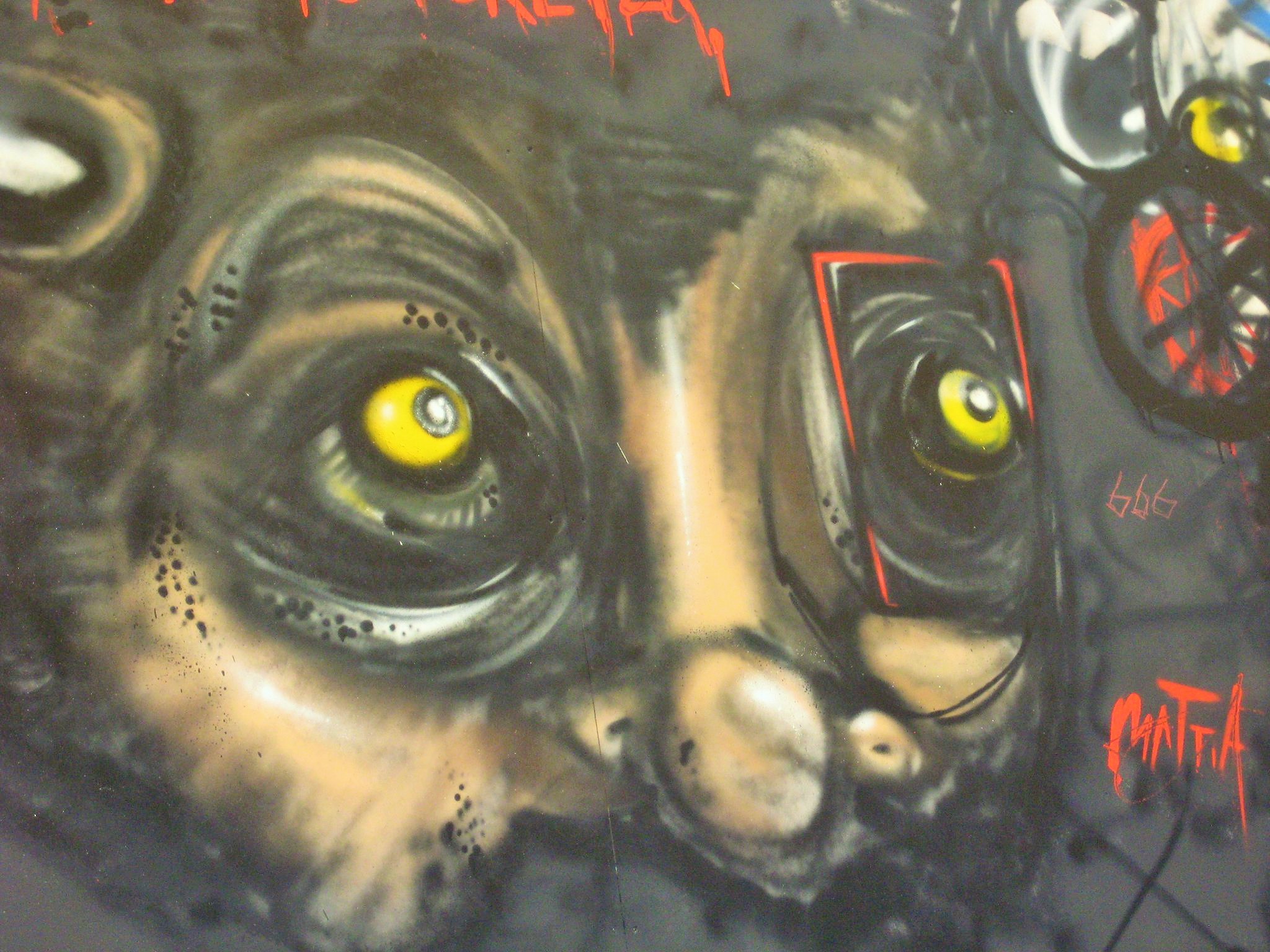
So are there upcoming events in the next month? What are your new plans?
I’m doing a show at a place called Template Goldberg, which is a pop up space. I’m going to borrow it for just for a week on the shoulder. Other than that, you know, just the regular stuff. Some prints and loads of walls. I just keep on doing art in the streets.
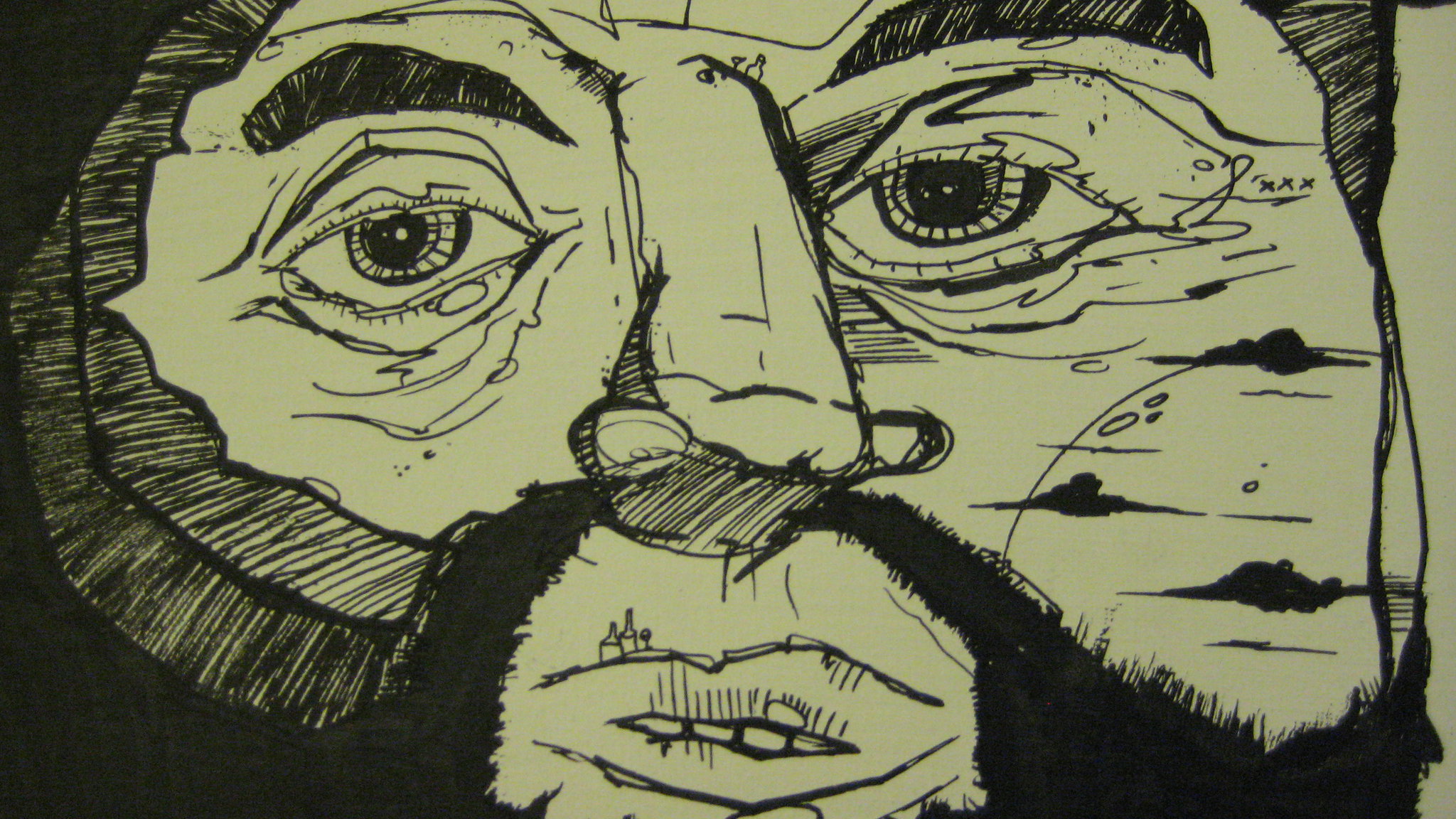
So listeners or readers, check out the Instagram channel of CODE 26. There you get frequently new information about new artworks, projects and events. So this venue will be in Gothenburg. But you mentioned a lot of other places like Serbia, Poland or Romania. So you’ve traveled around a lot as well to do art?
I’ve been a lot to the Balkans and I think I painted a bit more than half of all the countries in Europe. But I just keep going back to Serbia, Bosnia and Romania a lot. I have been also in other places like Croatia for painting. But I have a lot of good friends in Romania, Serbia and Bosnia. I keep returning to and there is always a place to sleep and always friends to meet. Also people come here to crash. And then I go to them and crash. They tell me two days before they’re going to be in Gothenburg. They can crash on the couch. Sometimes you know them, sometimes they are strangers, but they come with recommendation from someone you know. That’s it. If you know someone that I know and they say you’re a good guy, you’re welcome to sleep in my house, there’s no problem.
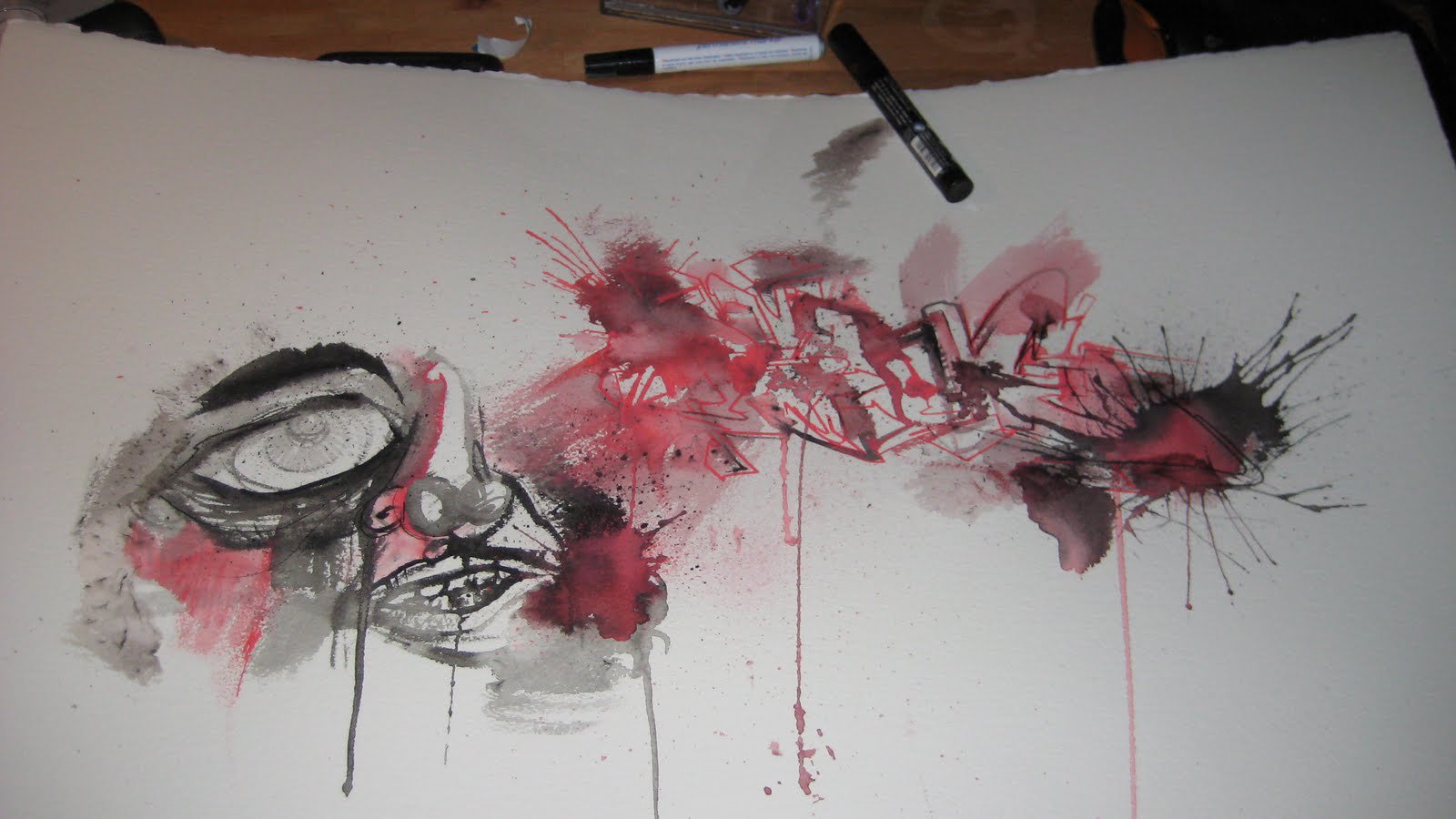
Yes, like the graffiti family. So Code 26, it was super interesting talking to you and to listen to how you experienced these different periods here in Sweden and about your art. We keep on following you, and we’re excited about your next project. Thank you for the interview.
Thank you very much. And remember that you don’t need the galleries. The galleries need you!
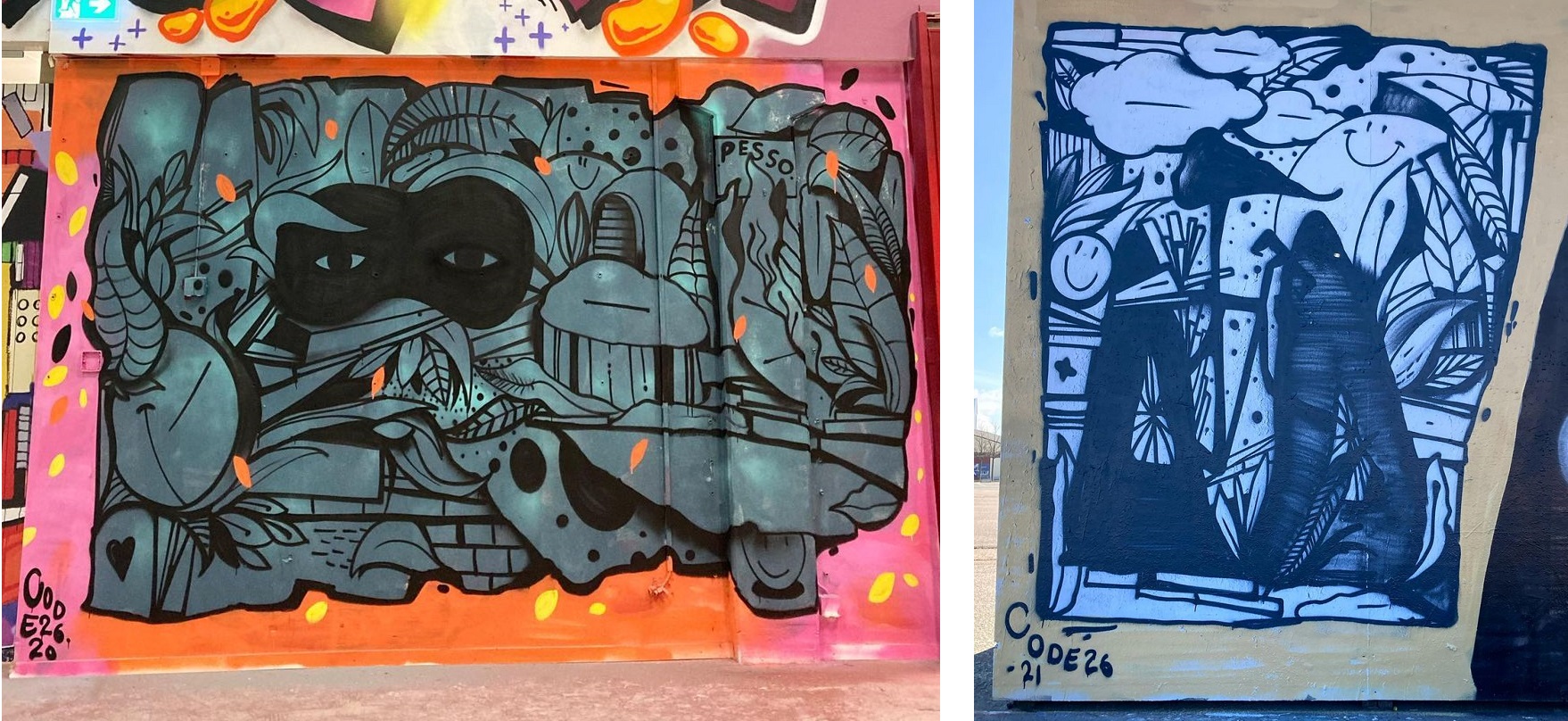
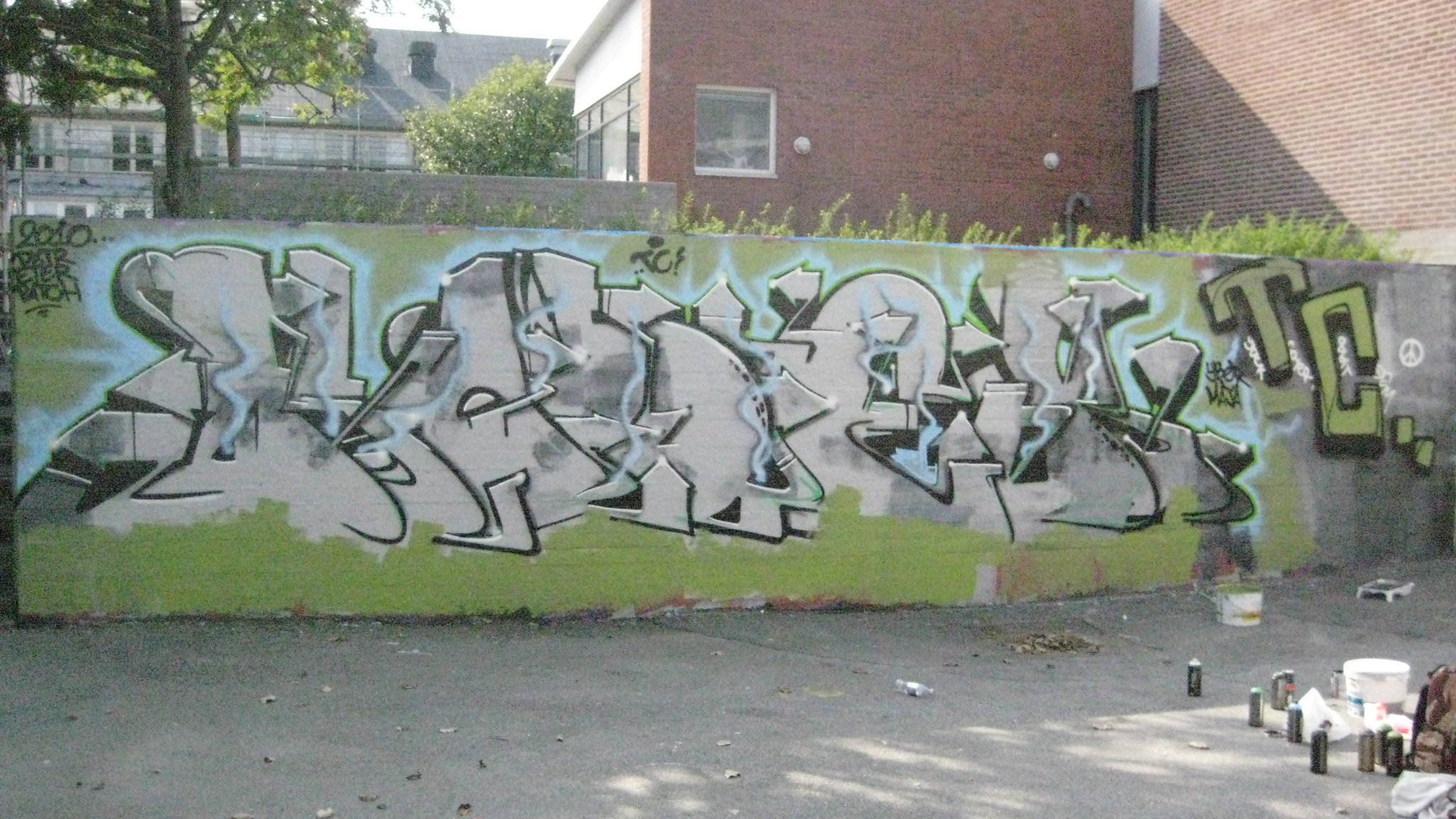
![]()
ARTWORKS BY CODE 26 ON THE GOTHENBURG MAP



![]()
ARTWORKS BY CODE 26 IN SWEDEN

![]()
INFOTHEK
![]() Artist: CODE 26
Artist: CODE 26
![]() Facebook: https://www.facebook.com/Code26
Facebook: https://www.facebook.com/Code26
![]() Instagram: https://www.instagram.com/code26
Instagram: https://www.instagram.com/code26
![]() Crews: PHS & ÖRN
Crews: PHS & ÖRN
![]()
![]()
RECOMMENDABLE GRAFFITI SPOTS IN GOTHENBURG
>>> Underground Hall of Fame <<<
>>> Bergsjön Graffiti Hall <<<
>>> Artscape Festivals <<<
>>> Röda Sten Spray Space <<<
>>> Vulkano Art Space <<<
>>> Emigrantvägen Graffiti Wall <<<
>>> Landvetter Graffiti Wall <<<
>>> Gothenburg History Mural <<<
![]()
![]()
MORE ARTICLES ABOUT SWEDEN
>>> Streetart Map Stockholm <<<
>>> Streetart Map Gothenburg <<<
>>> Streetart Map Borås <<<
>>> Kulturkvarter Snösätra <<<
>>> Streetart Södertälje <<<
>>> Artscape Festivals <<<
>>> #ArtMadeThis <<<
>>> OLLIO – Urban Artist <<<
>>> SCEB – Urban Artist <<<
>>> TONY B – Tattoo & Graffiti <<<
>>> CABEL – Graffiti Artist <<<
>>> CODE 26 – Graffiti Artist <<<
>>> DISK – Graffiti Artist <<<
>>> FILIP REM – Abstract Painter <<<
>>> Movement Biskopsgården <<<
>>> Lost Place Graffiti – Wargöns Bruk <<<
>>> Urban Art – Hammarkullen <<<
>>> Urban Art – Hjällbo <<<
>>> Urban Art – Kungälv <<<
>>> Urban Art – Nödinge <<<
>>> Urban Art – Trollhättan <<<
>>> Urban Art – Vänersborg <<<
>>> Urban Art – Landvetter <<<
>>> Urban Art – Tumba <<<
